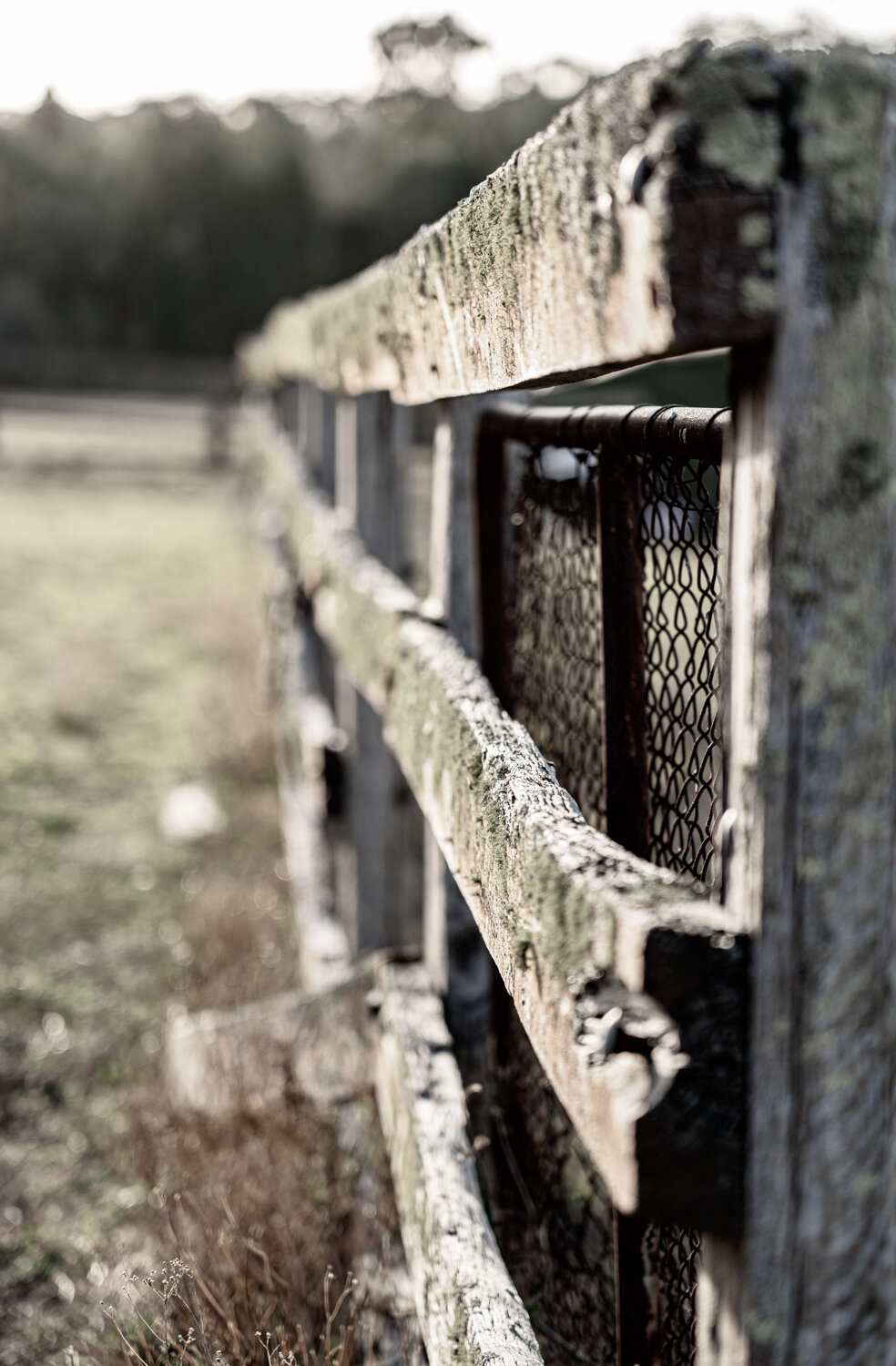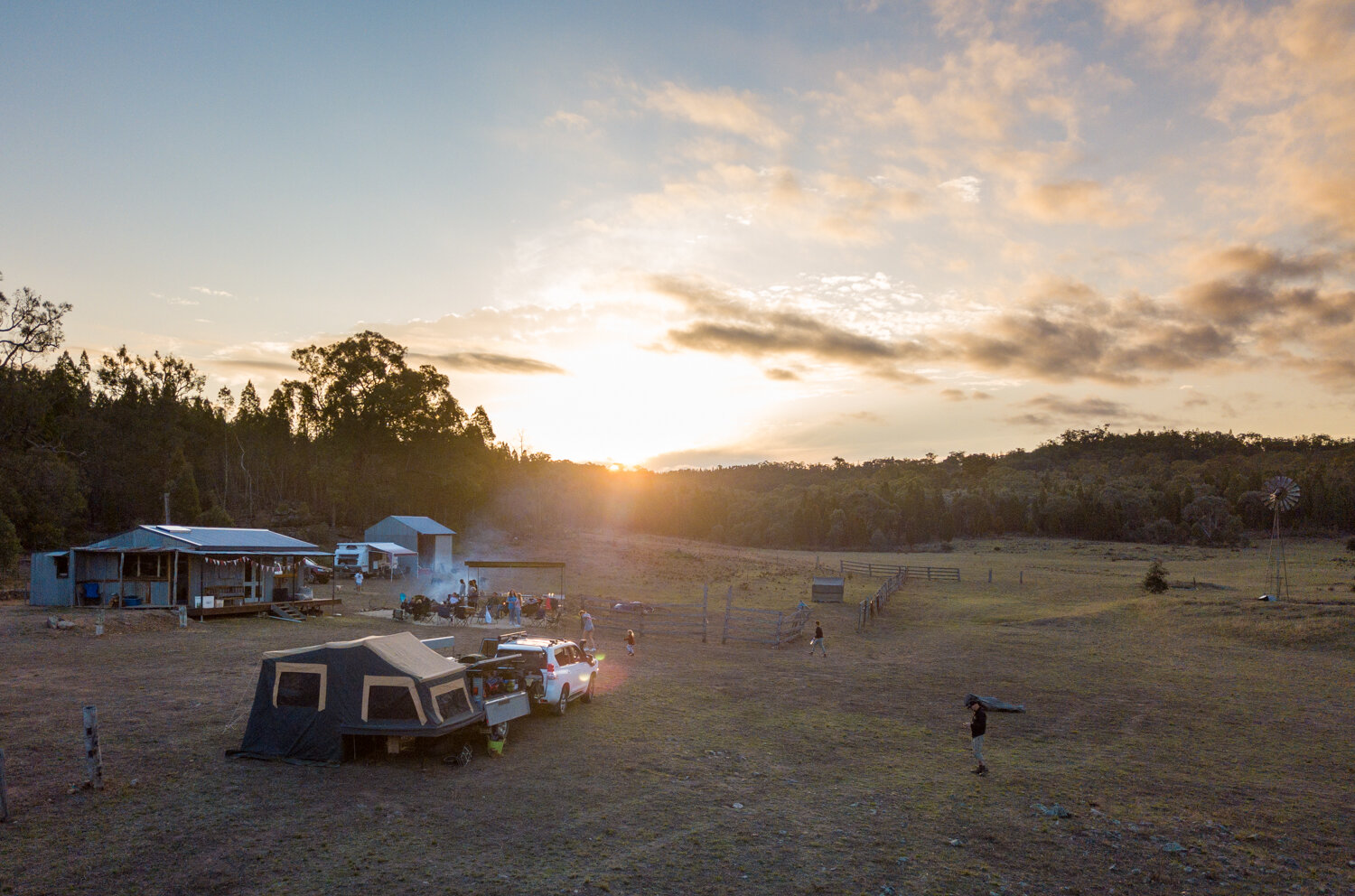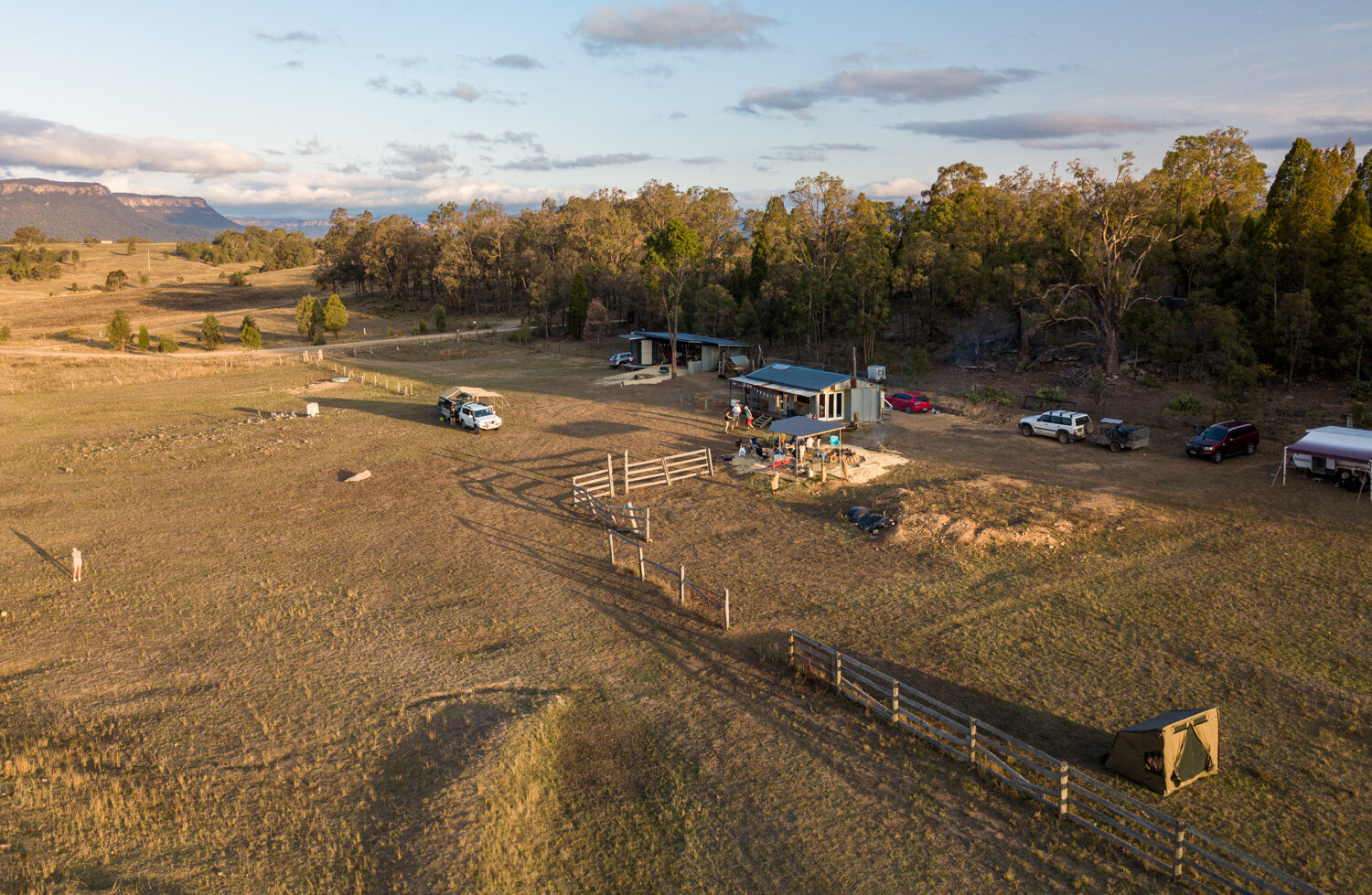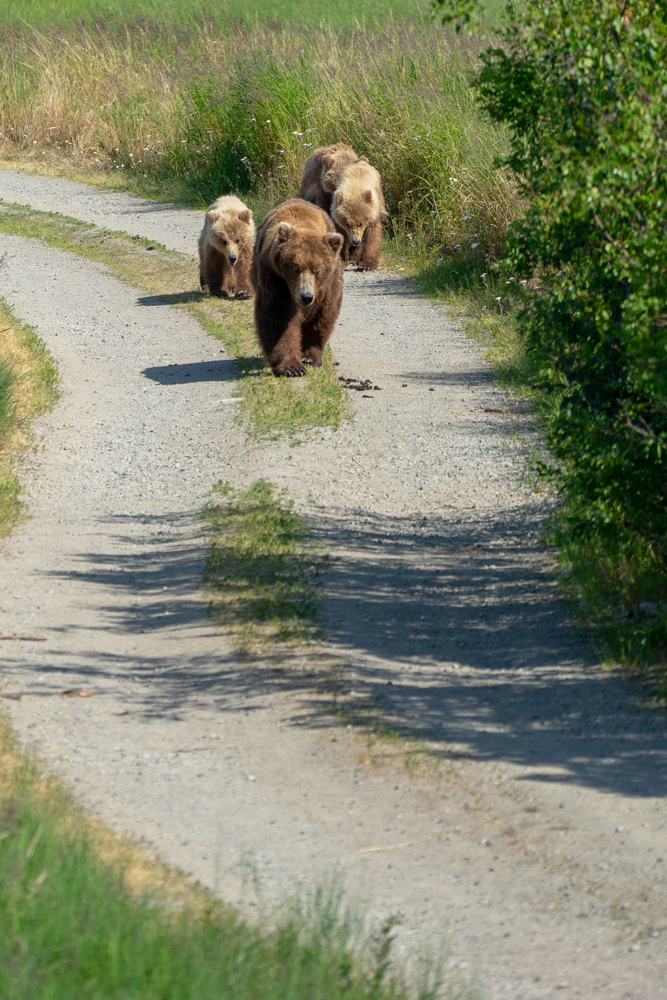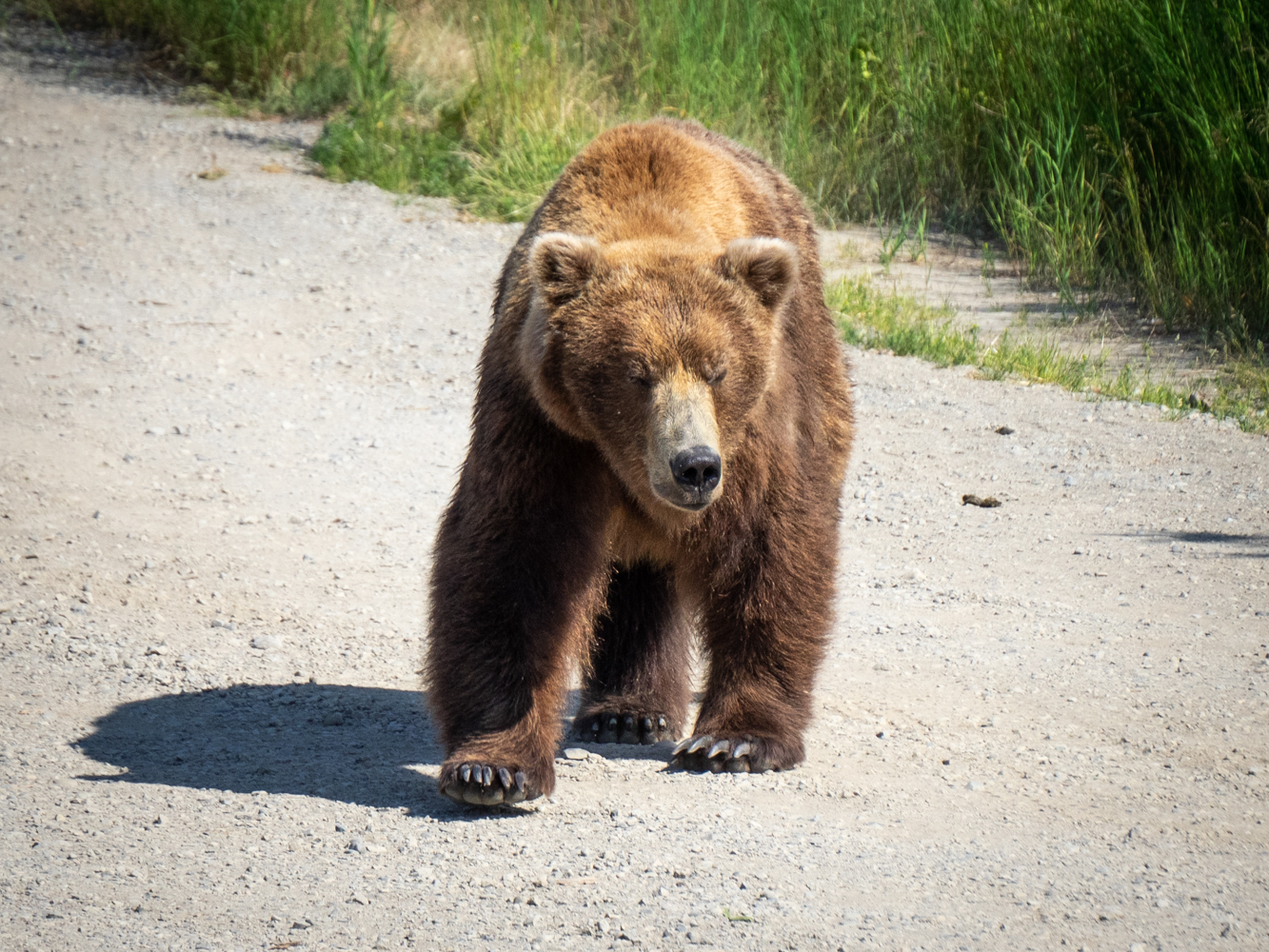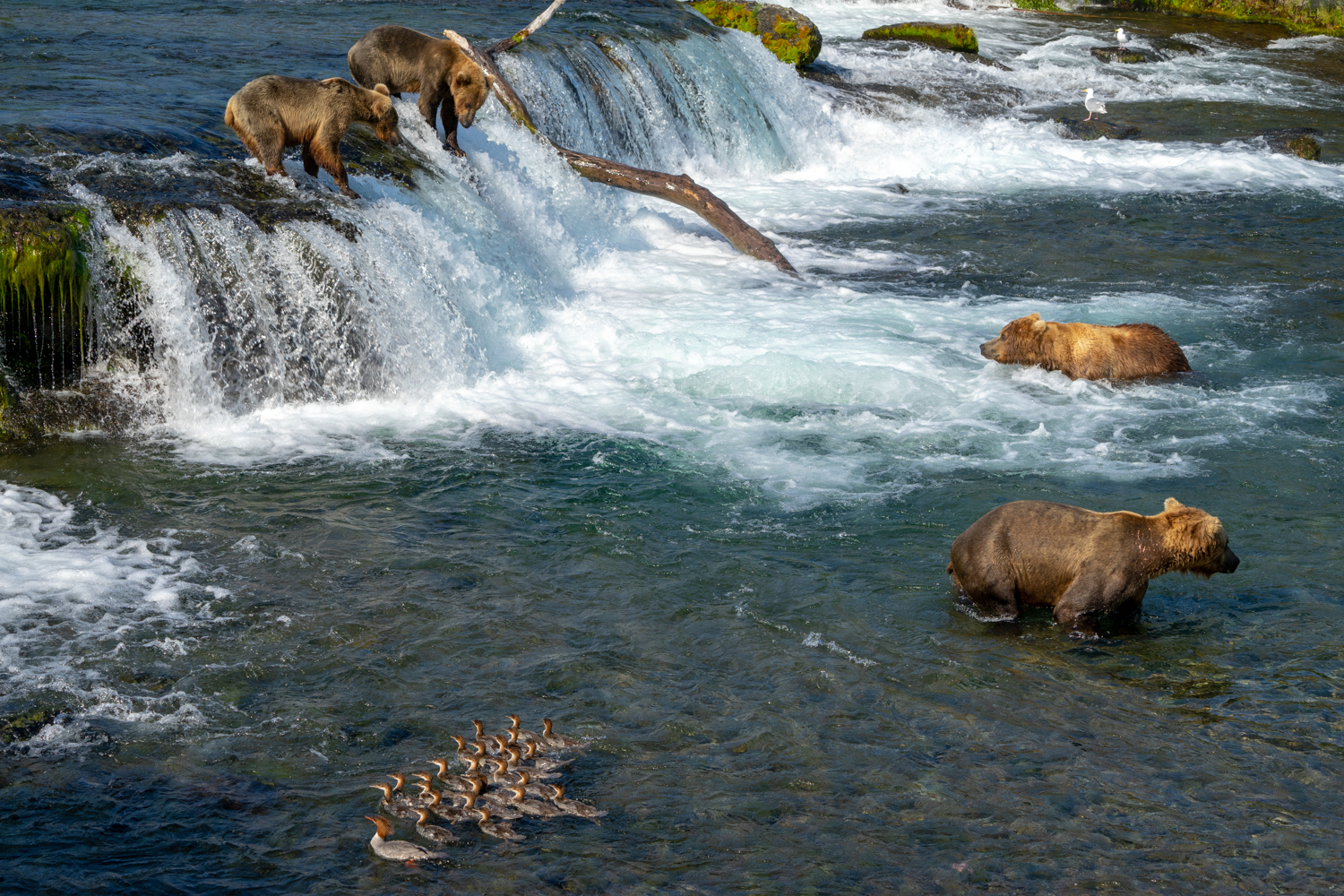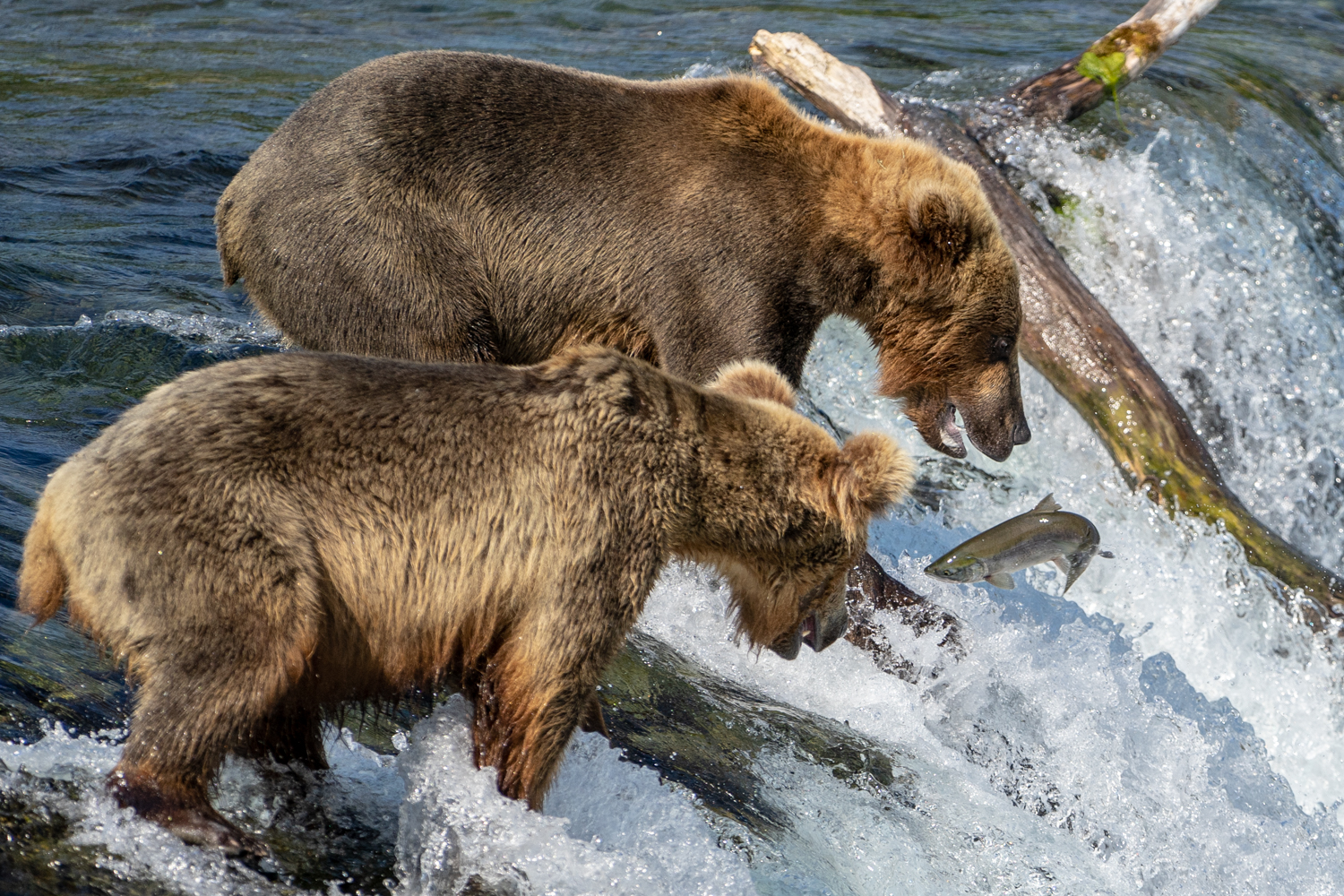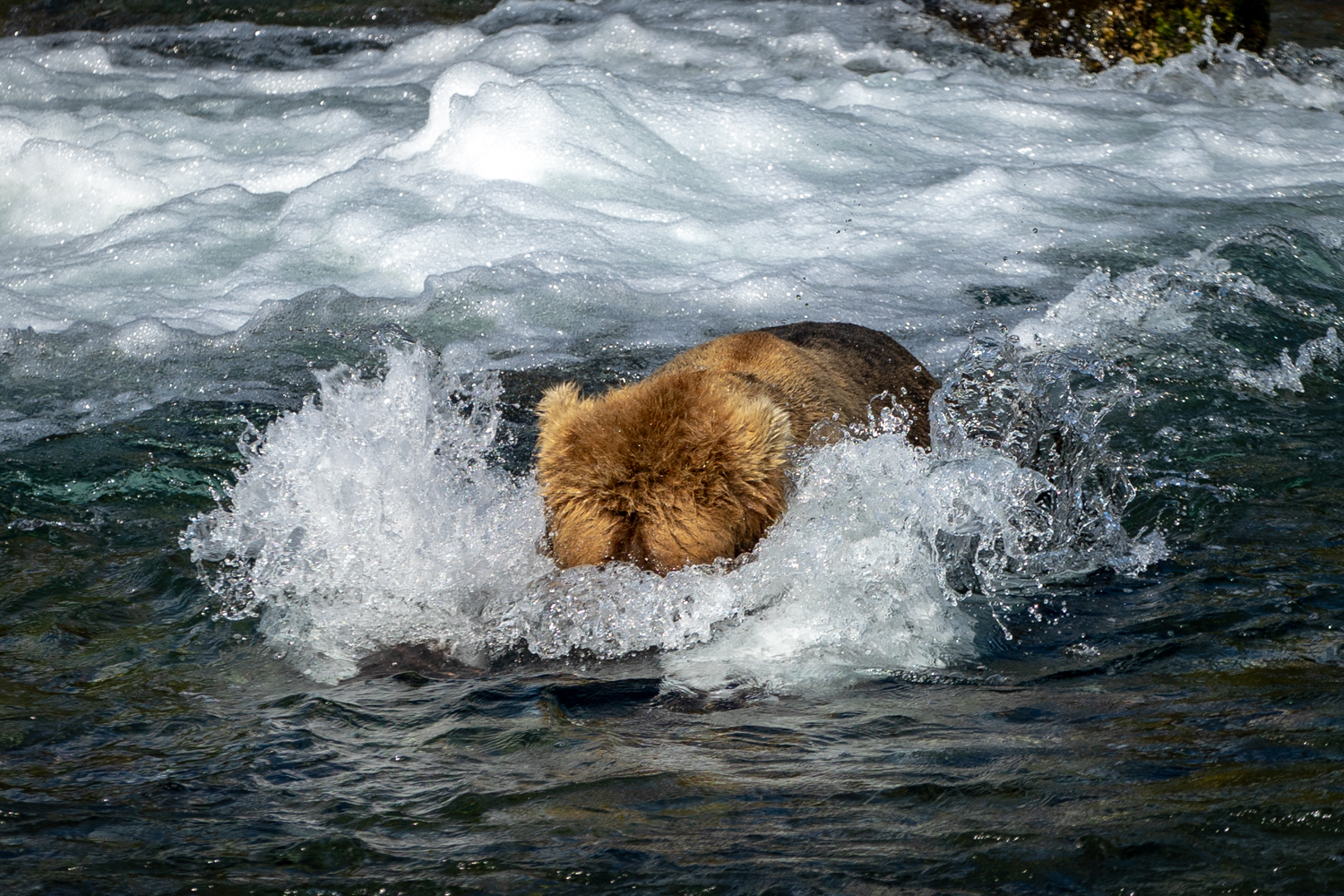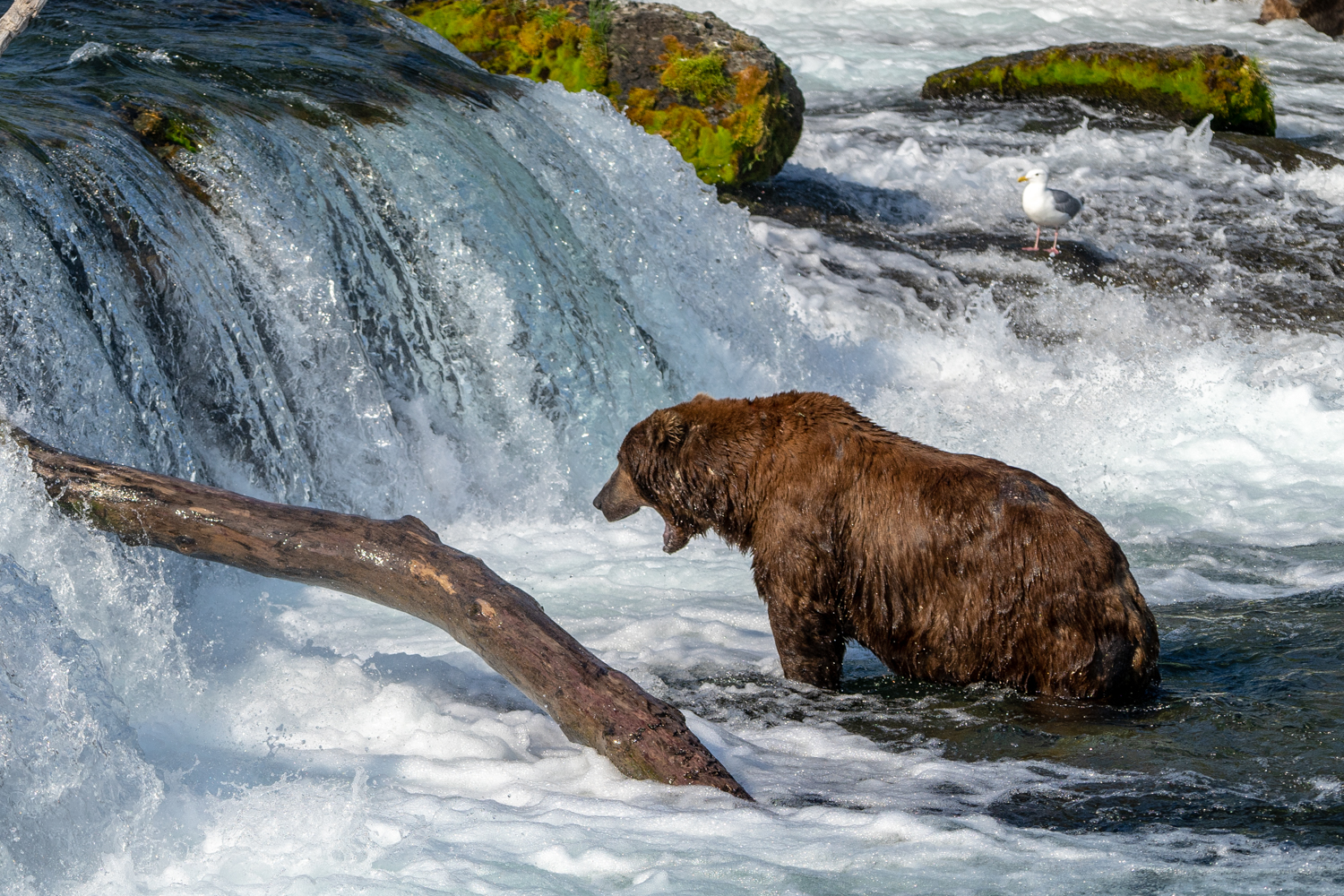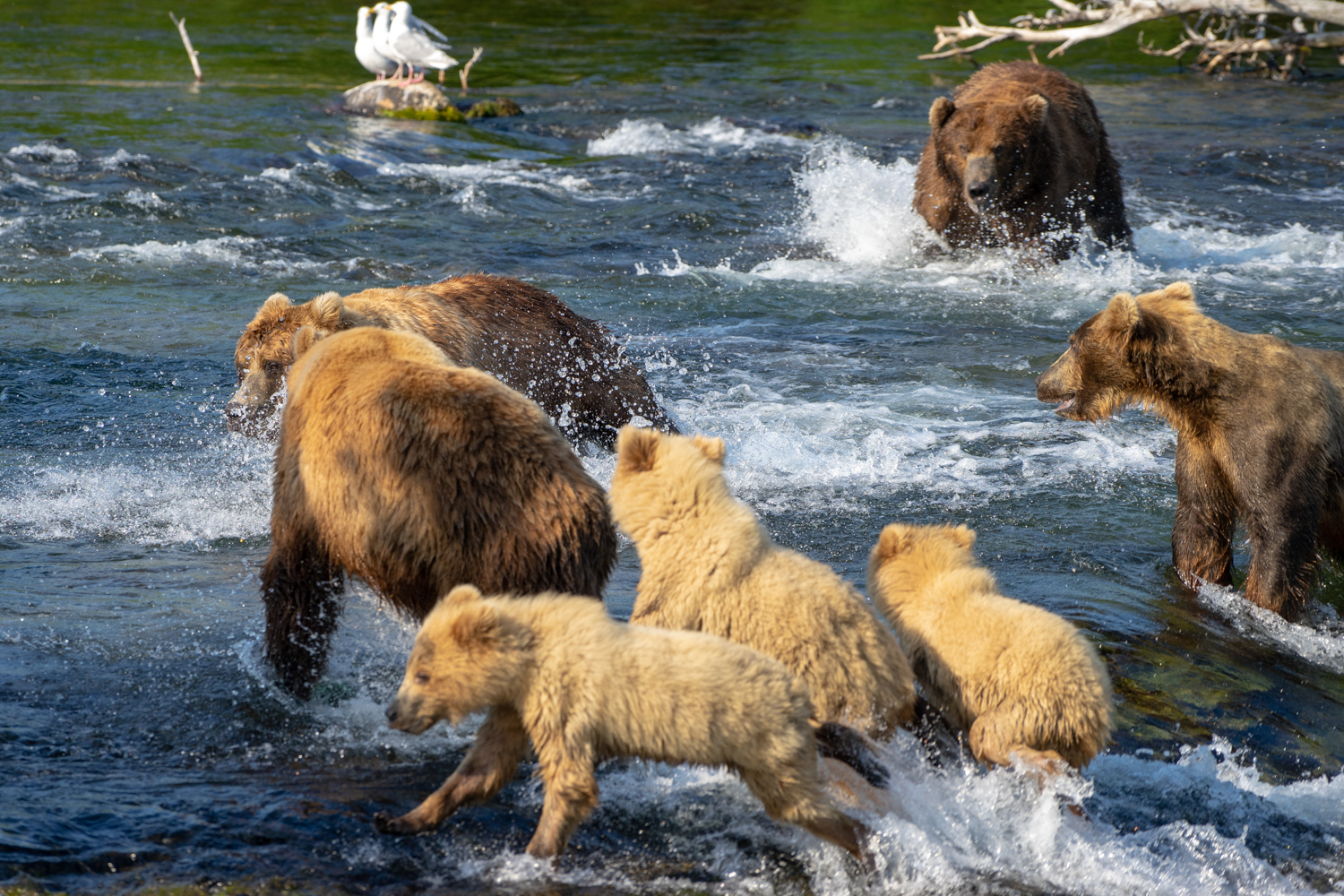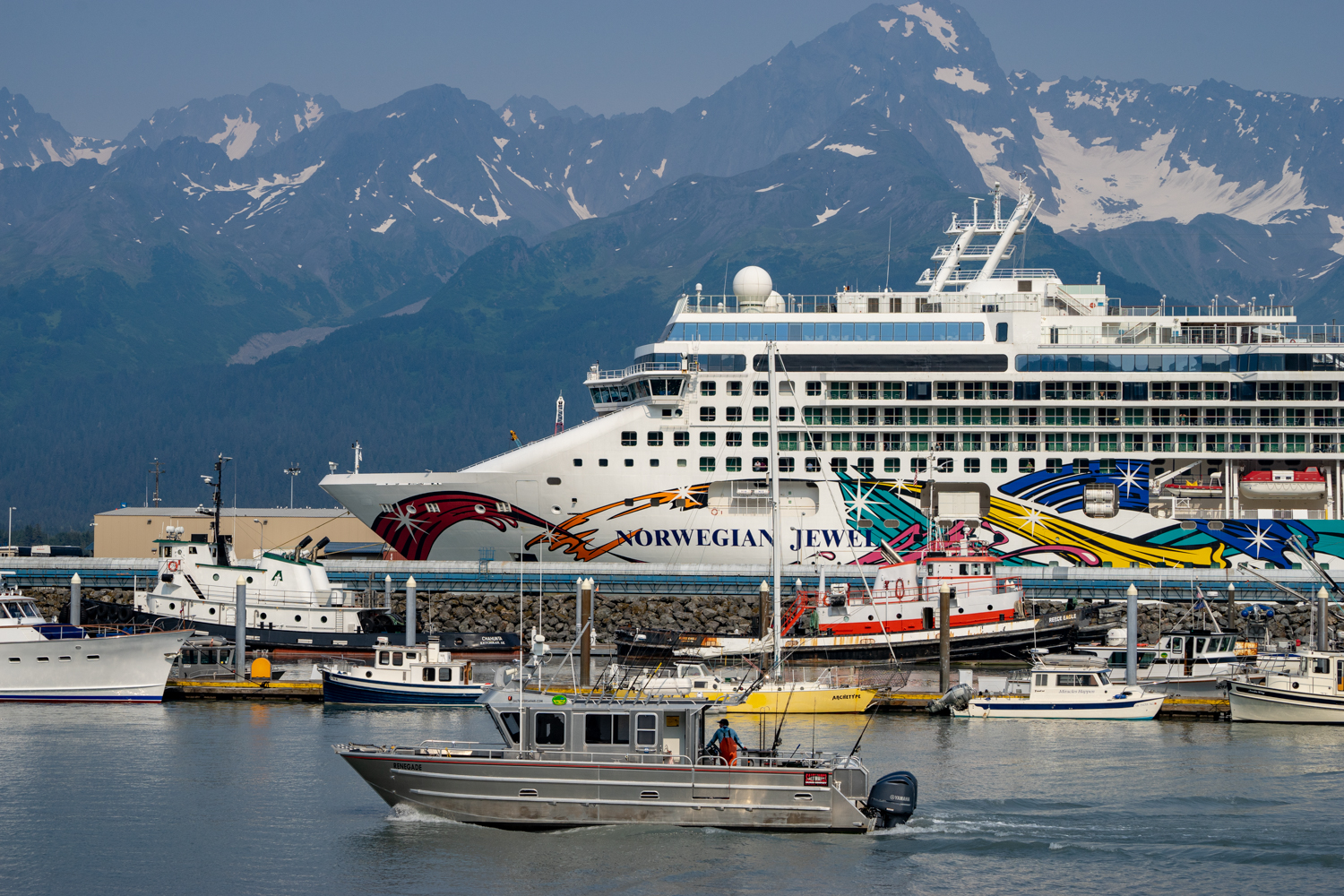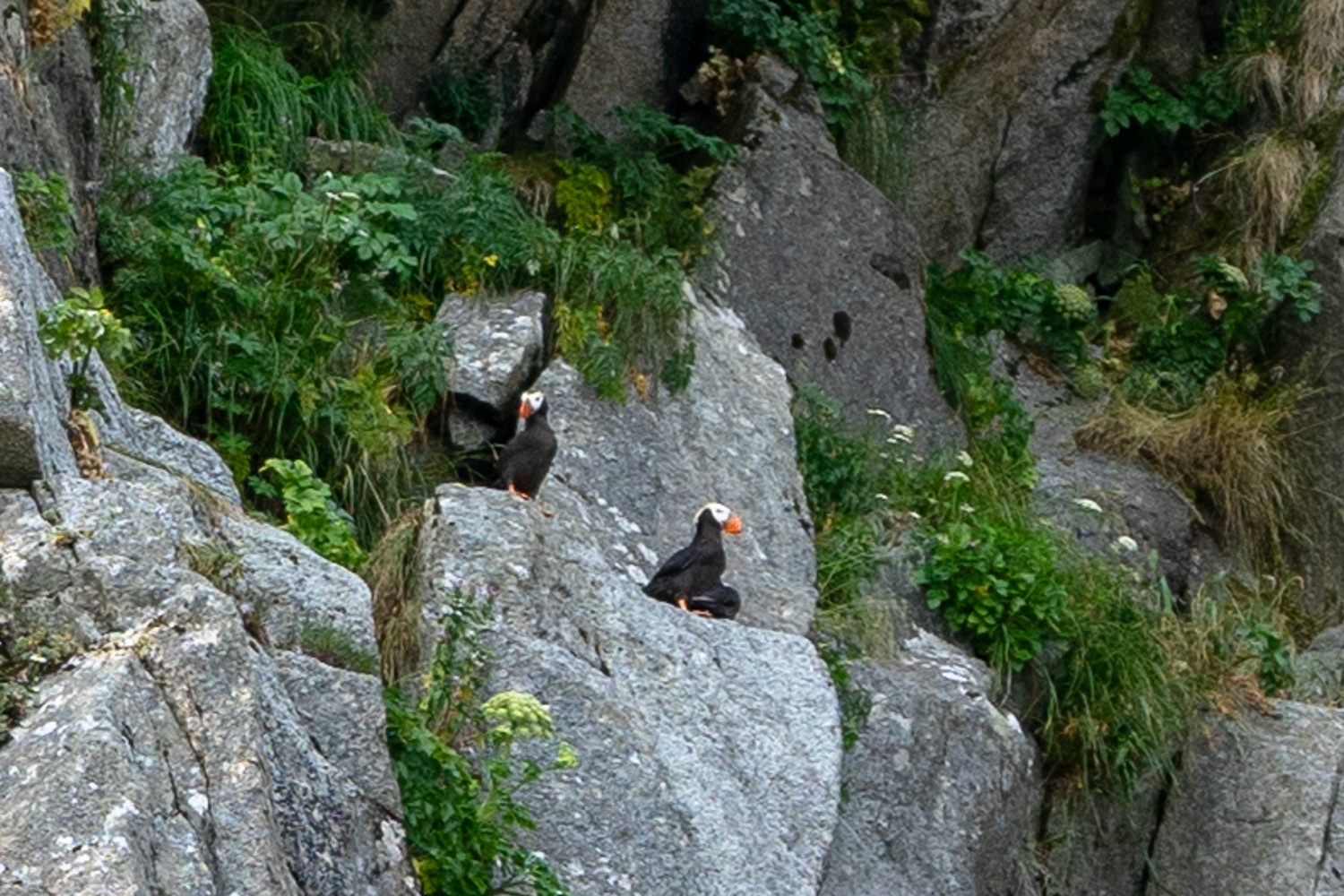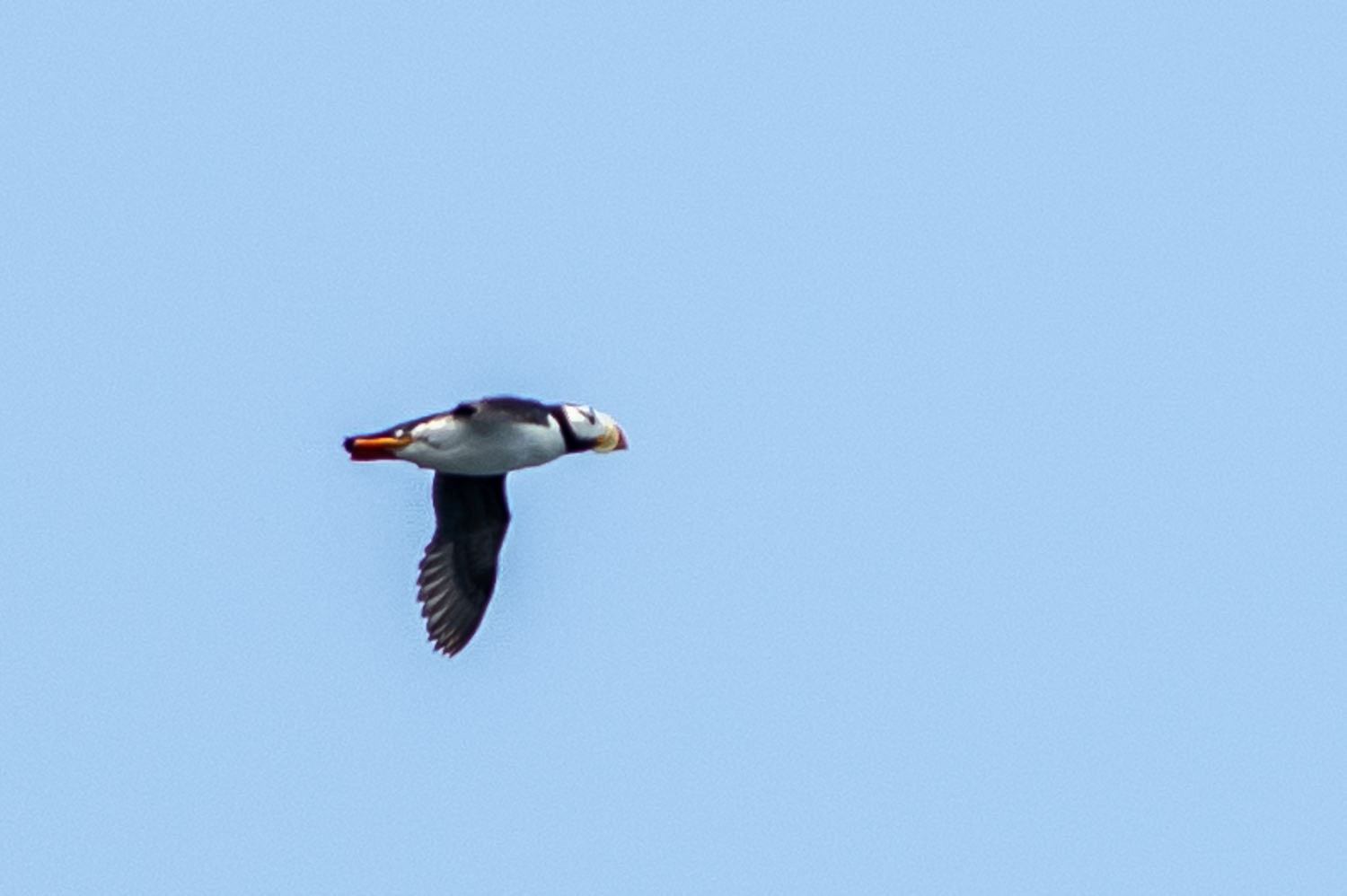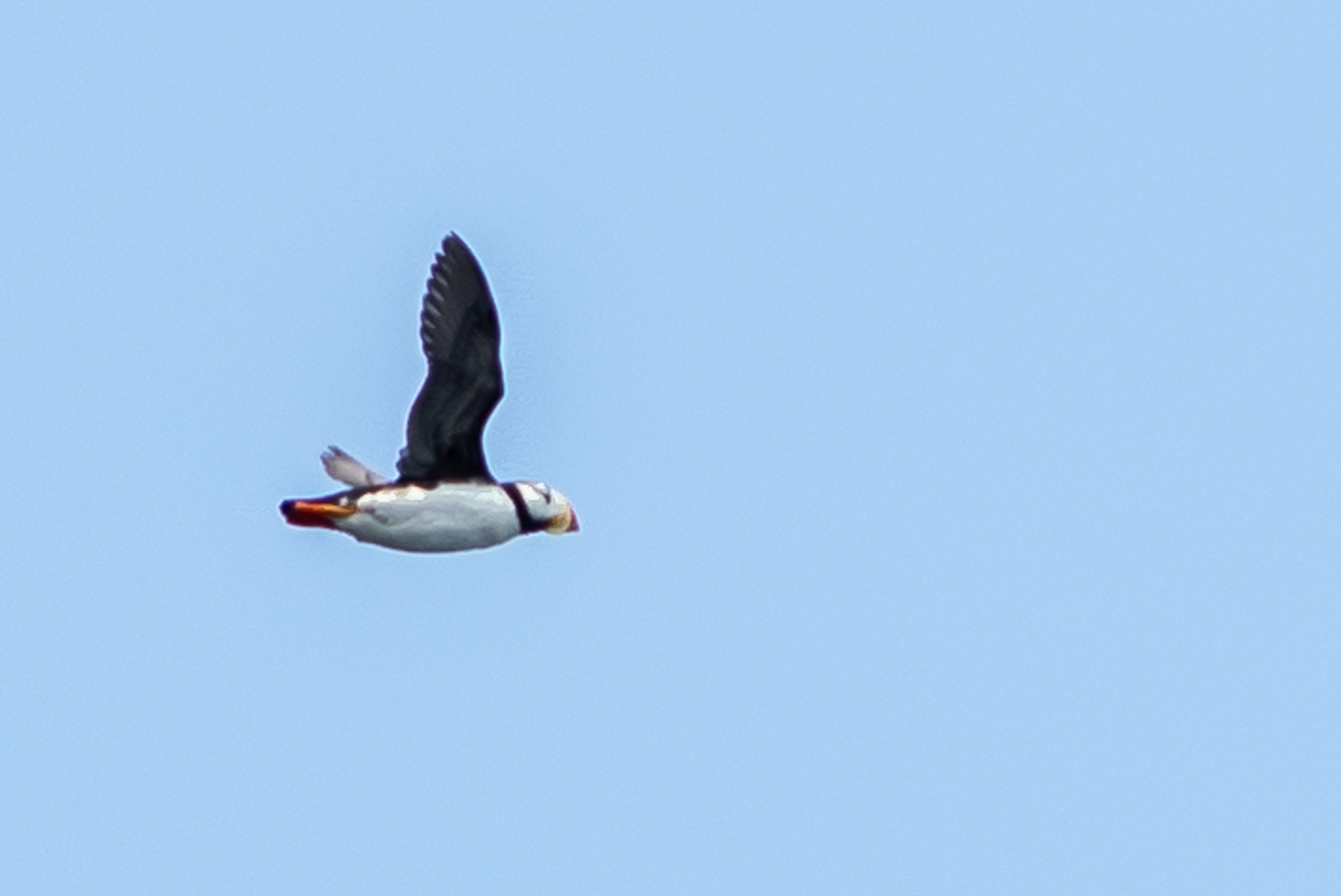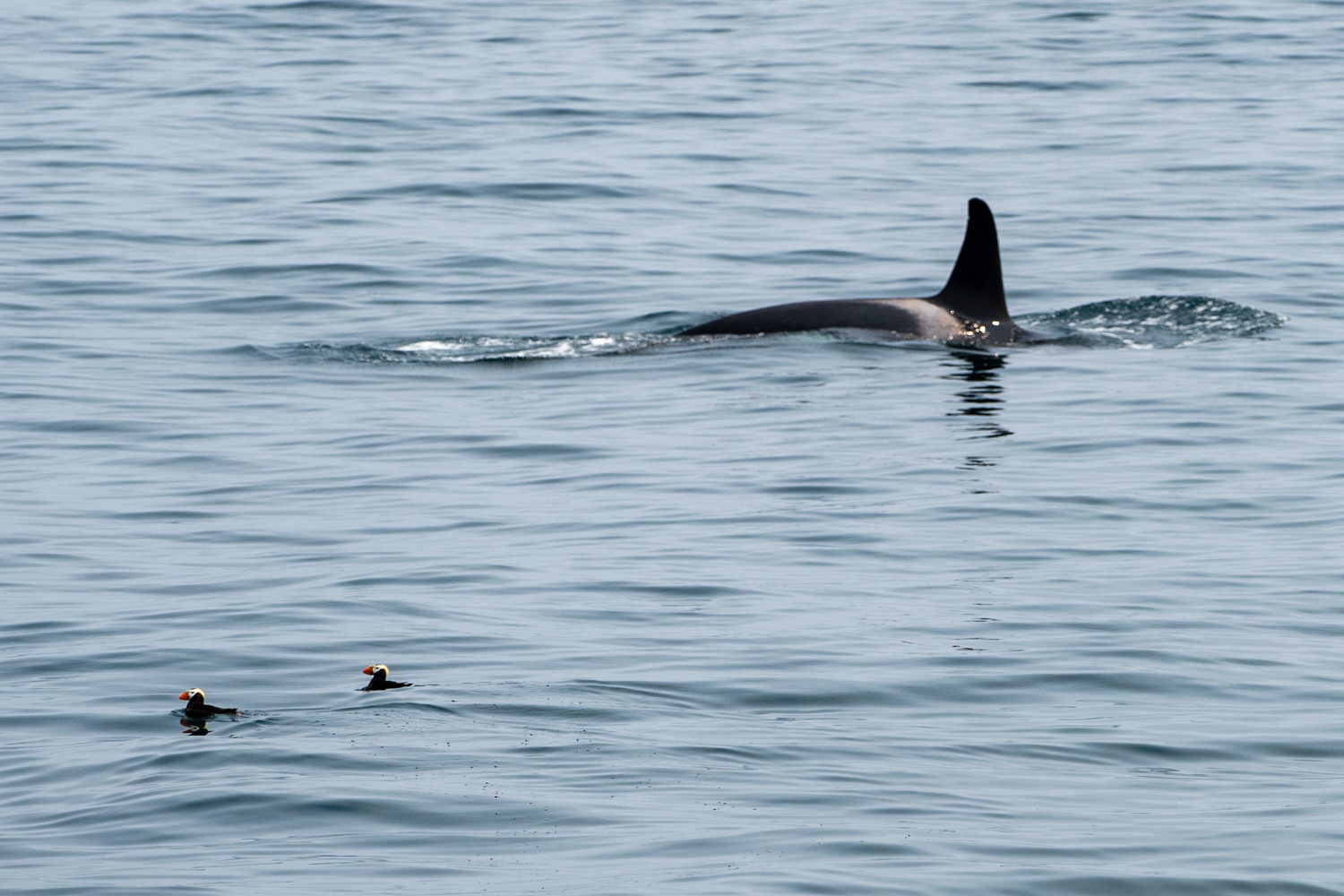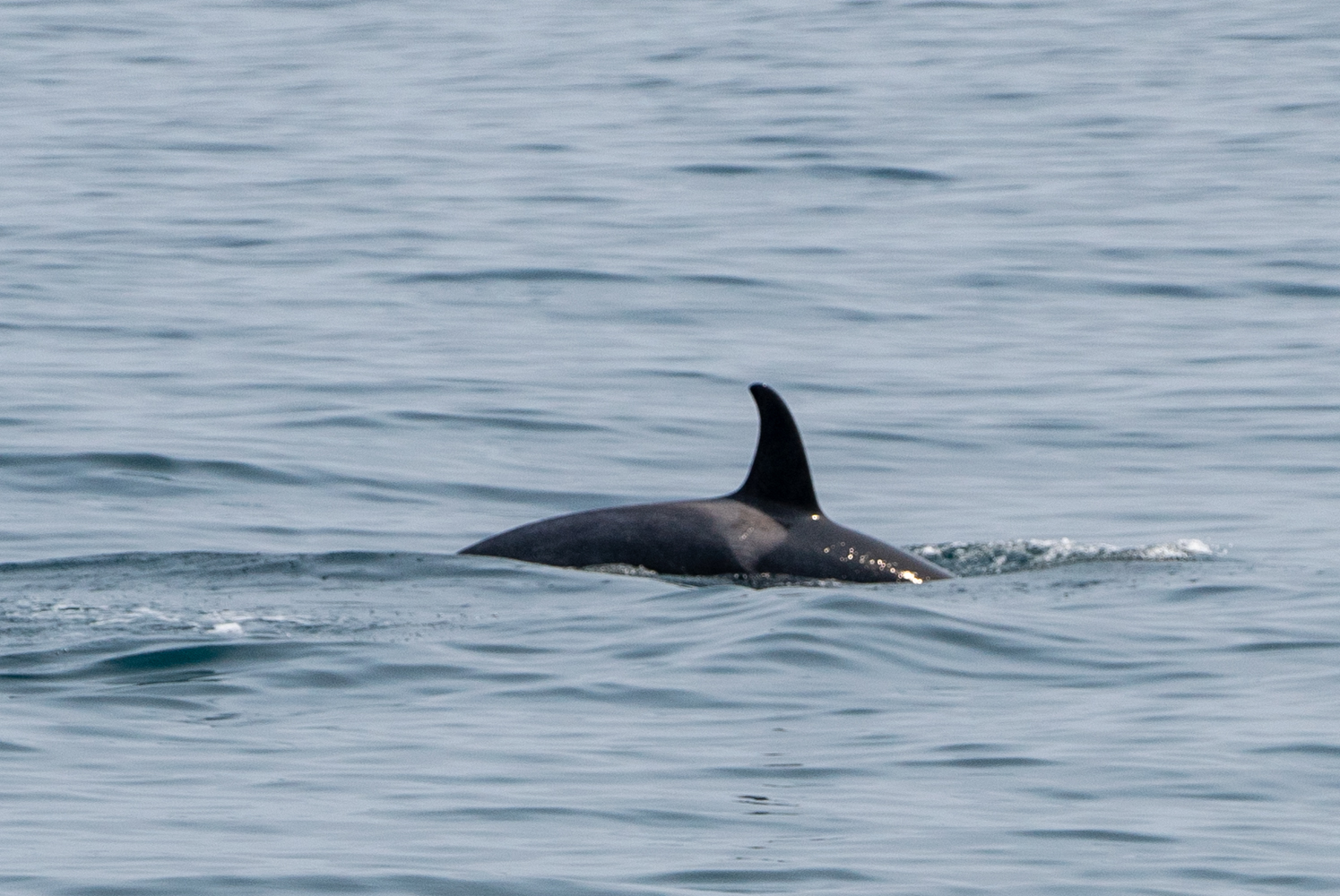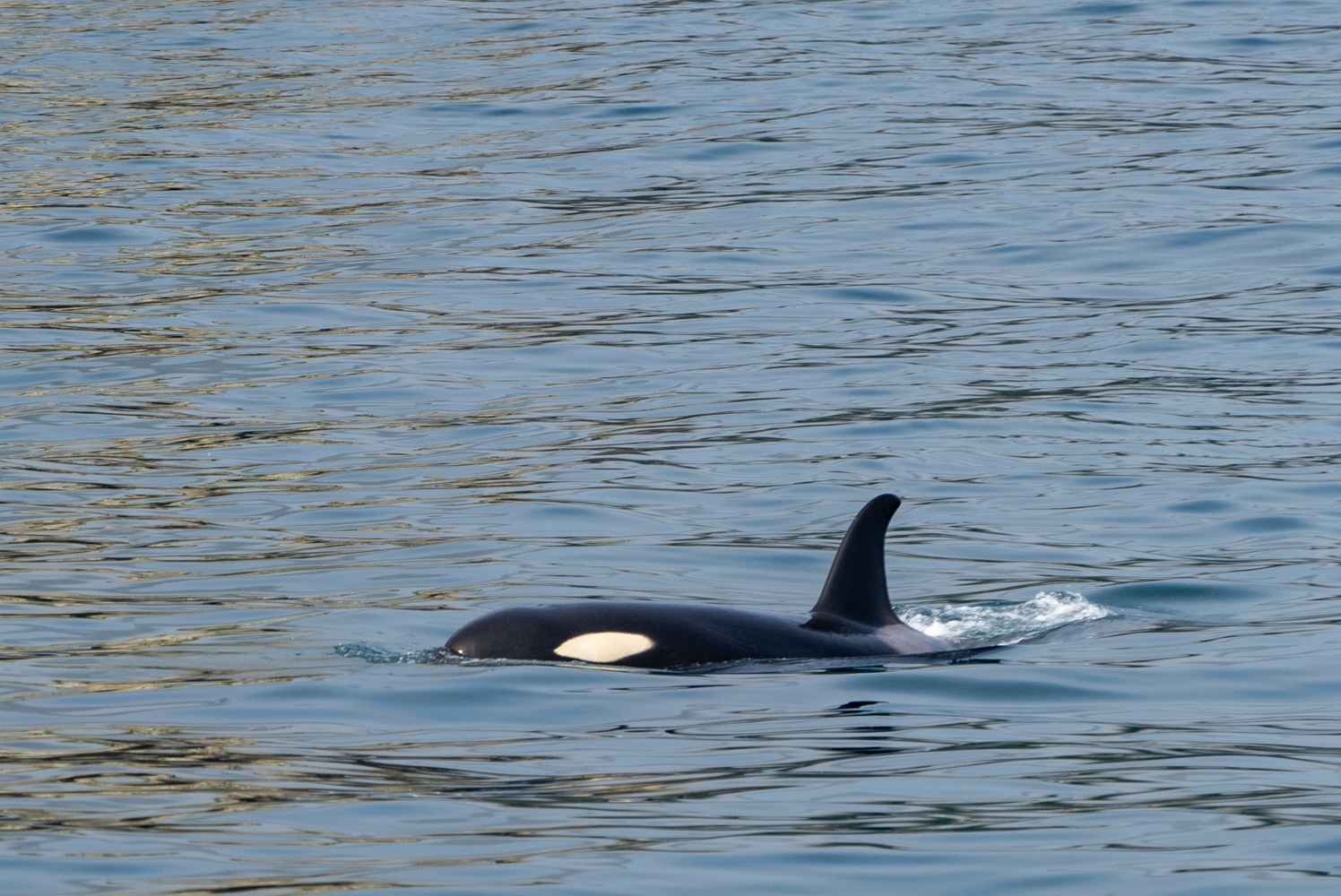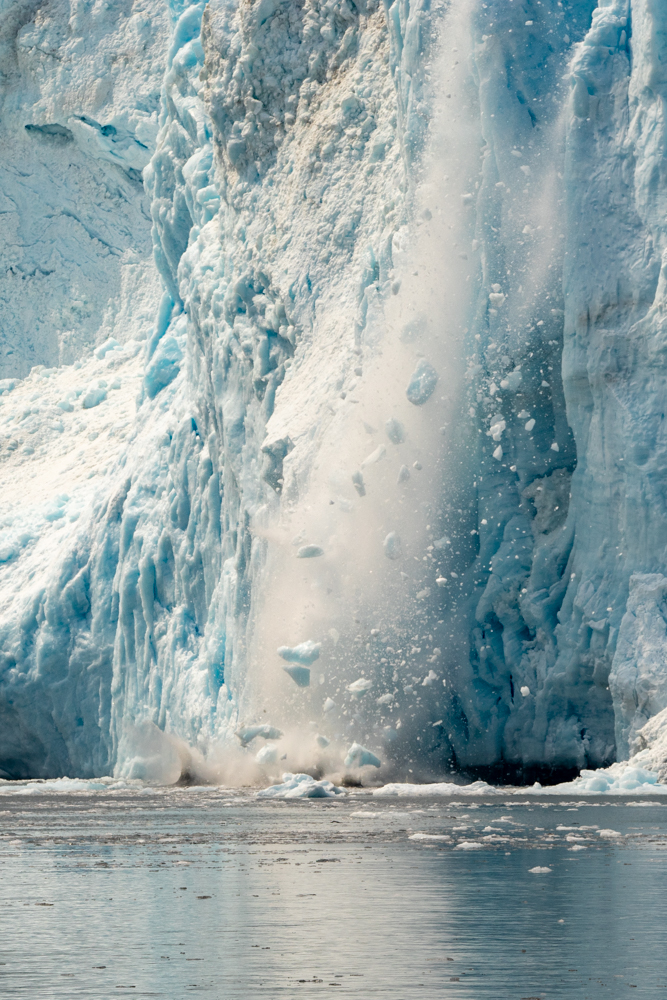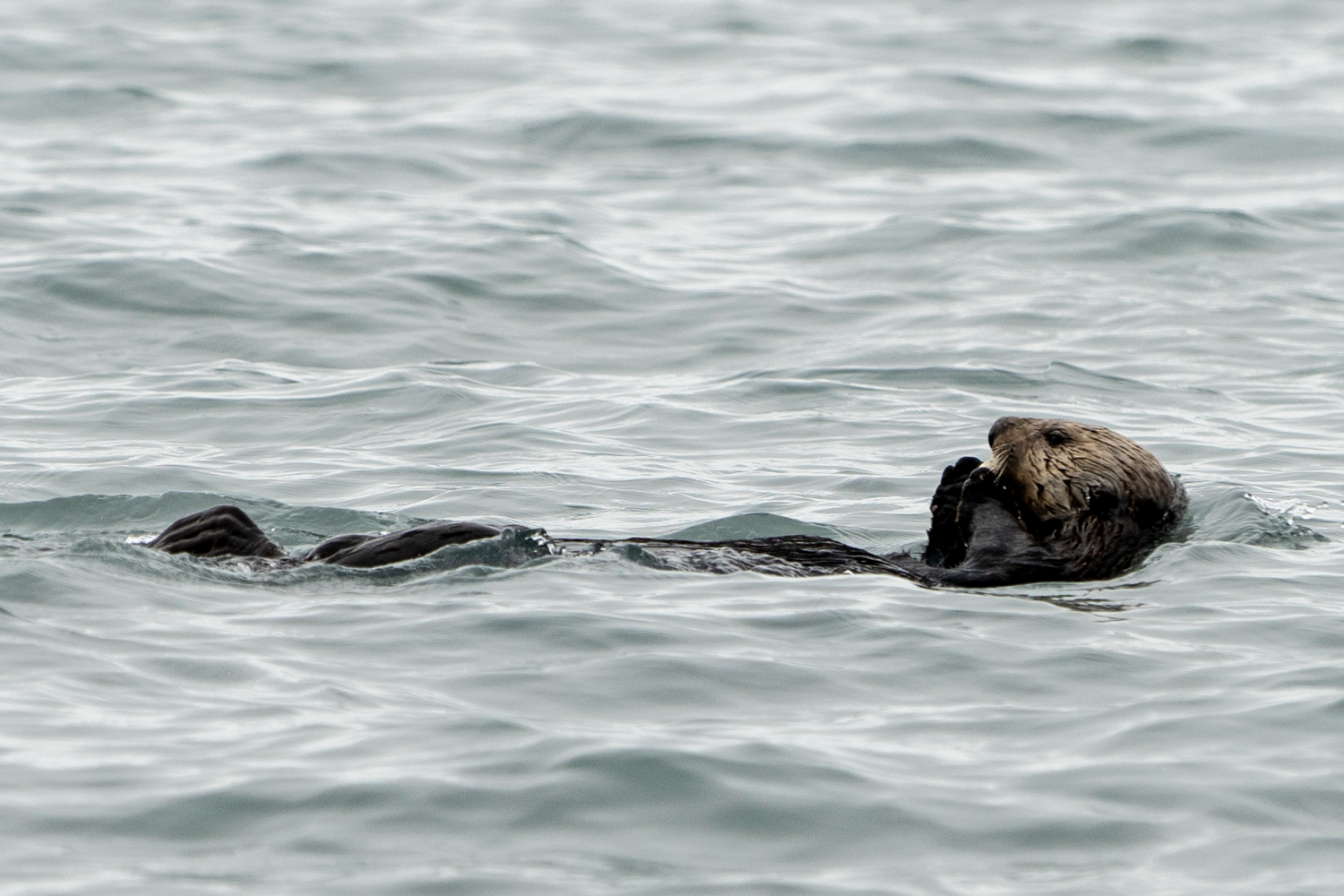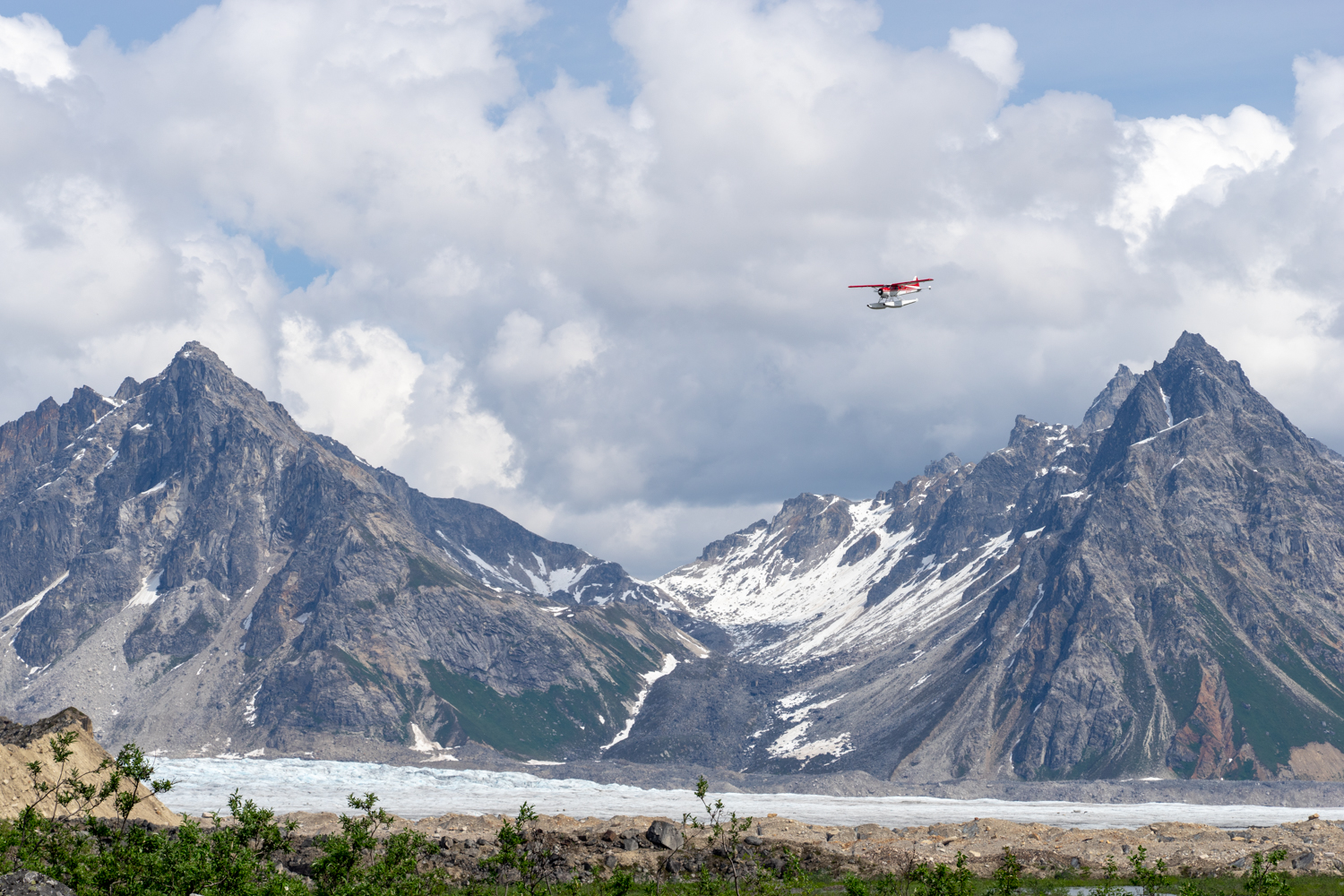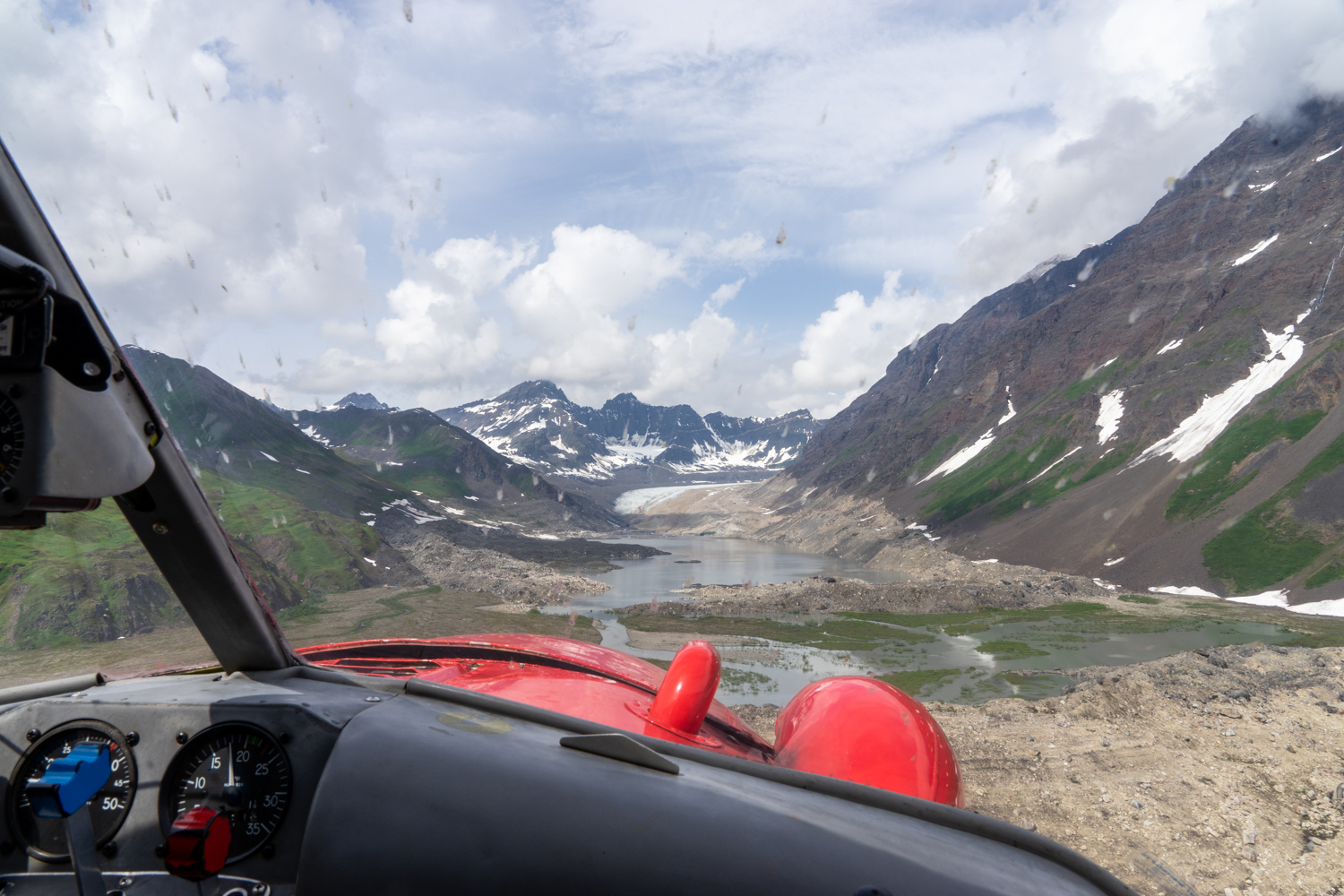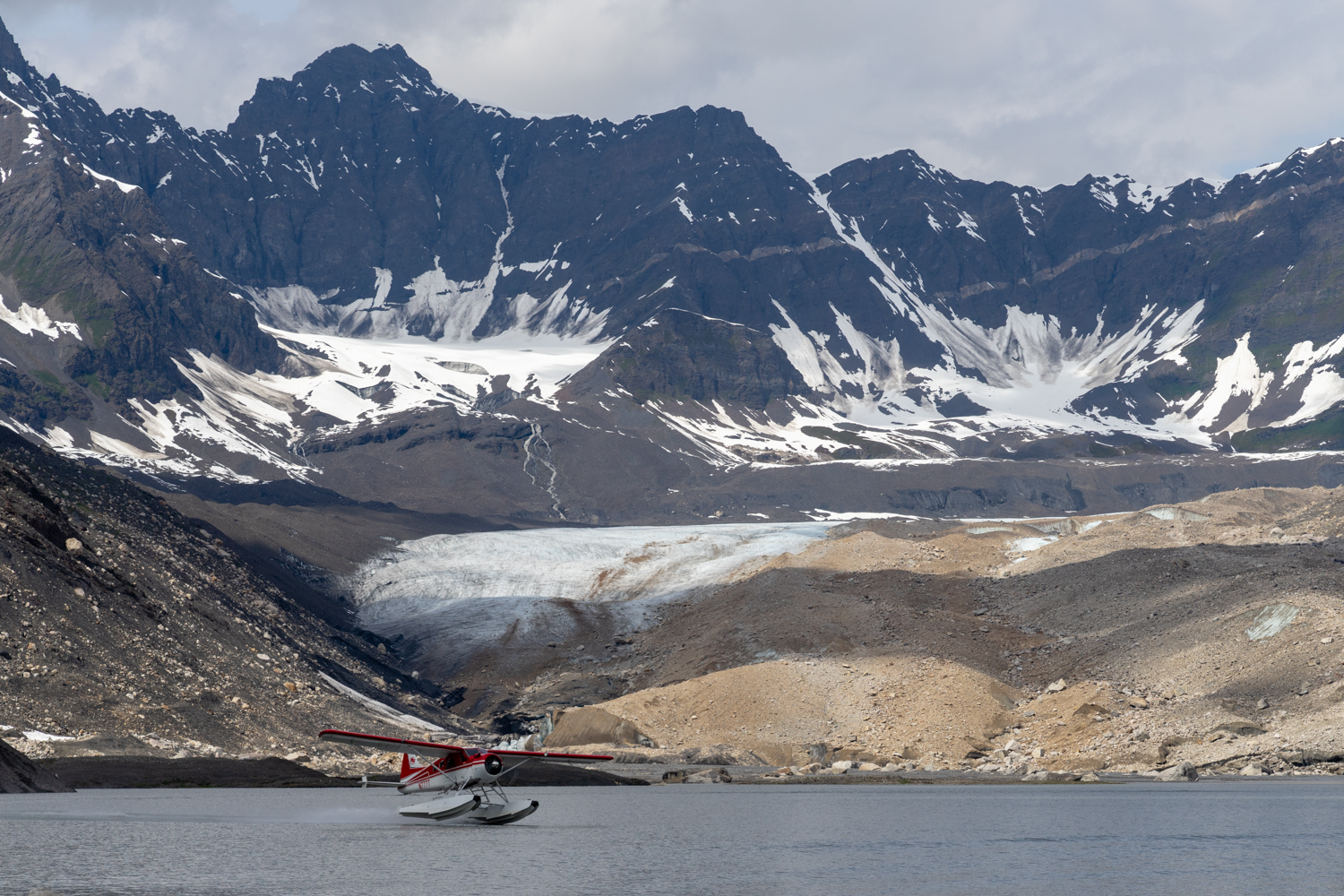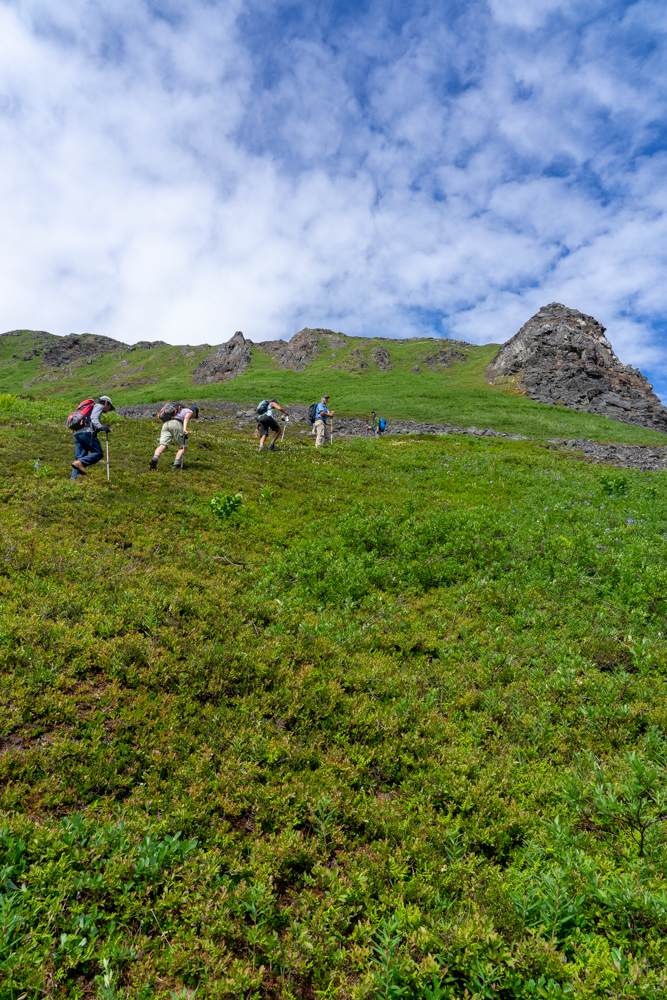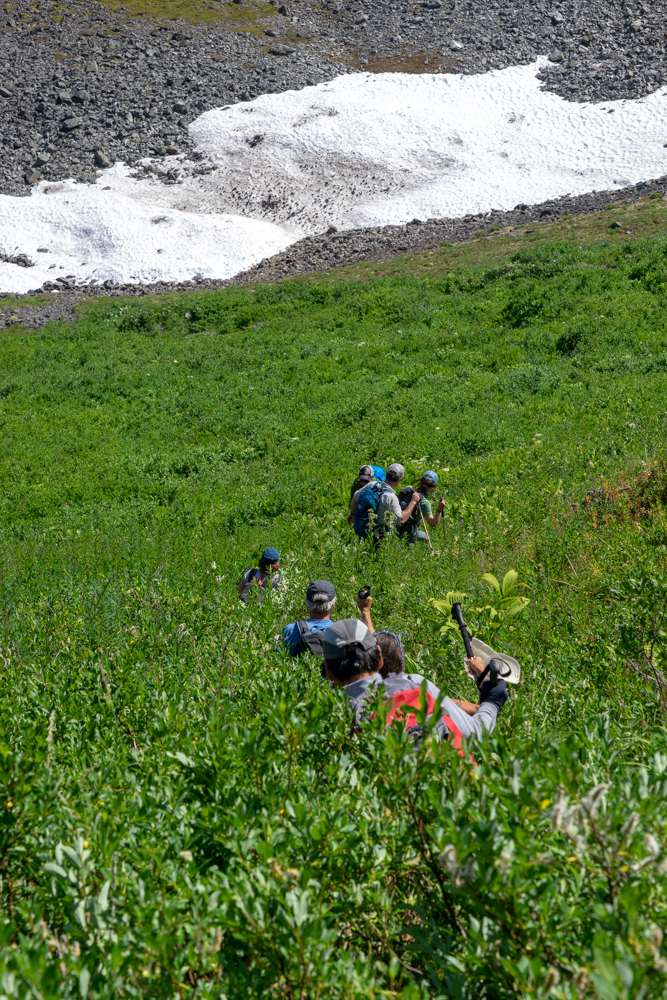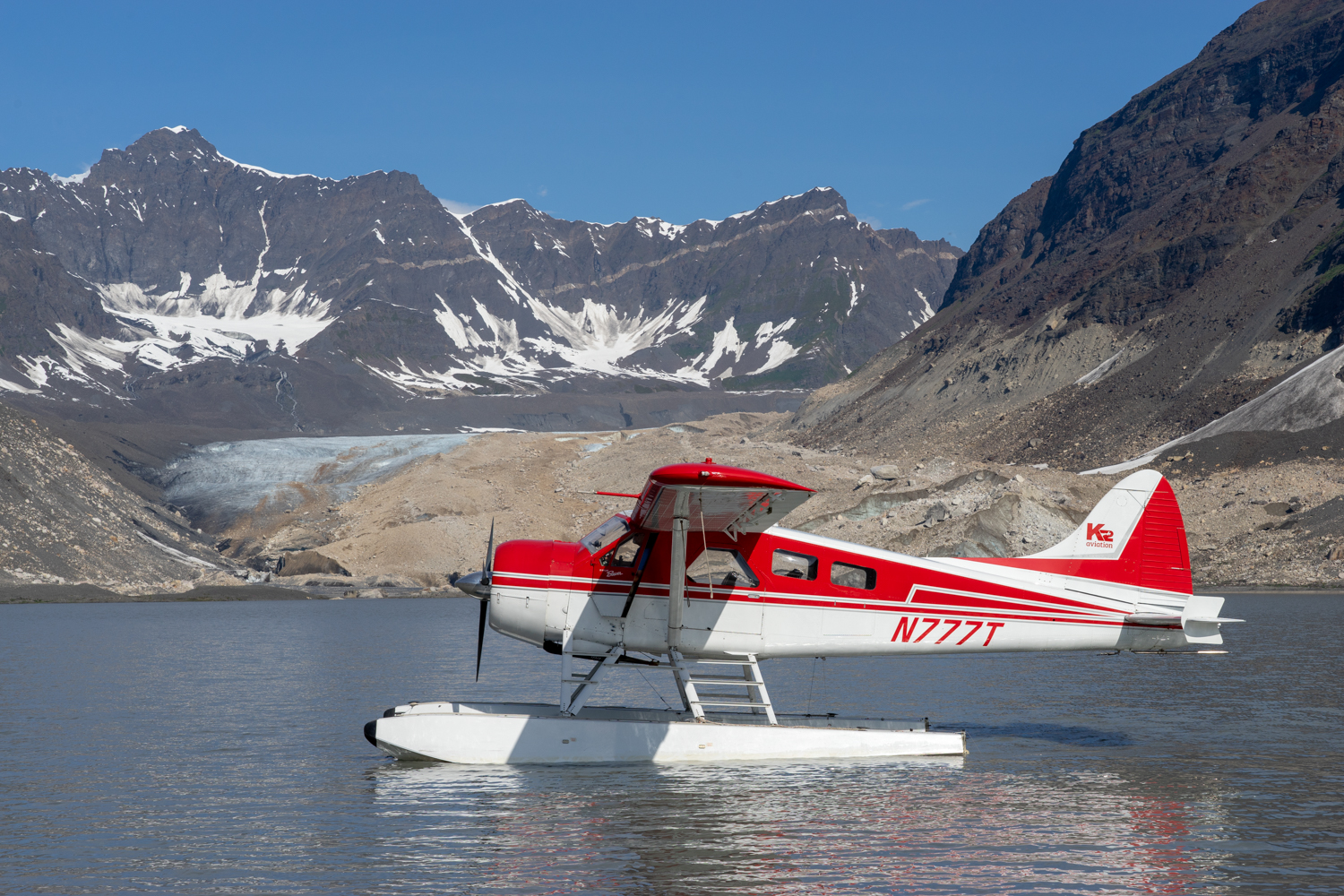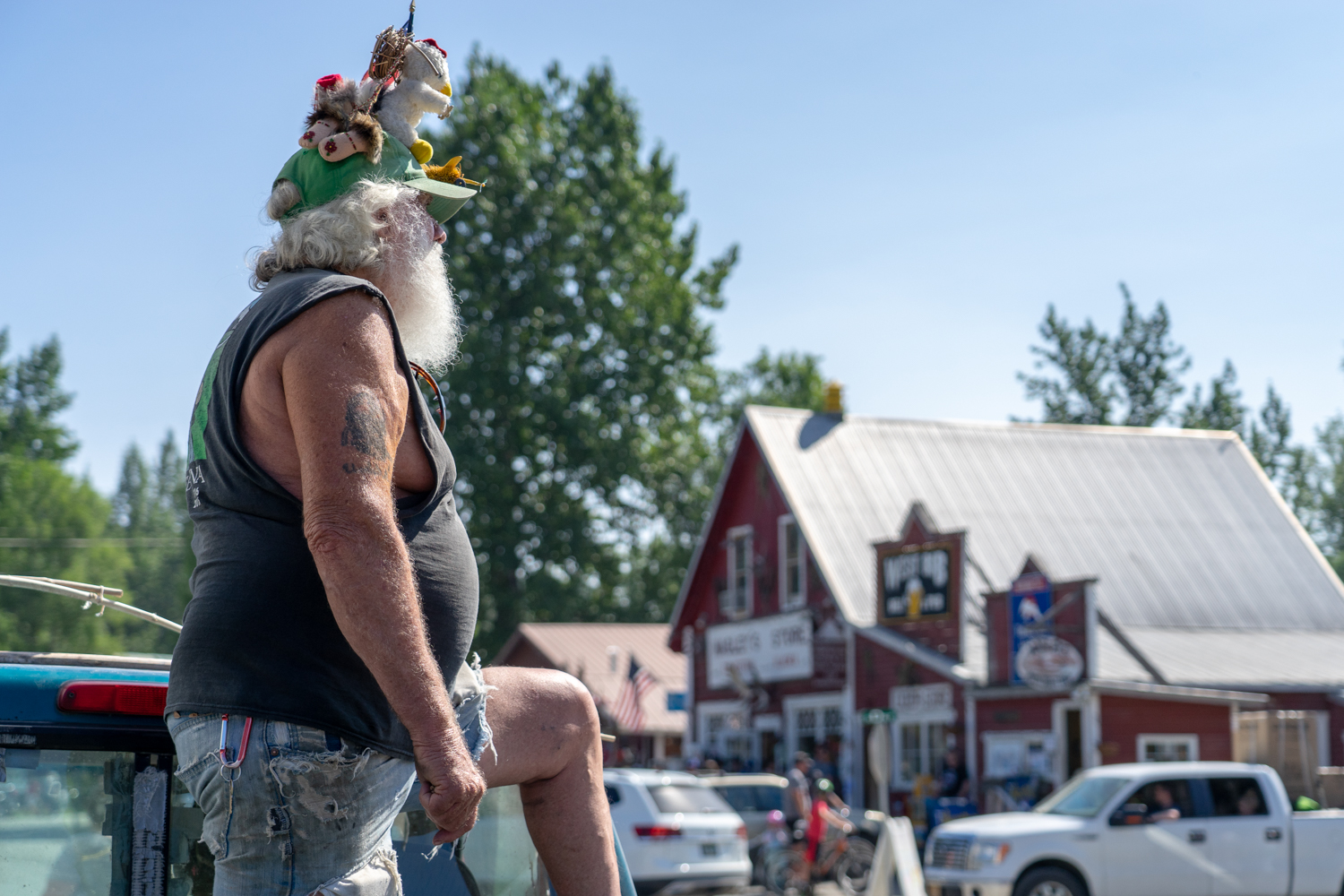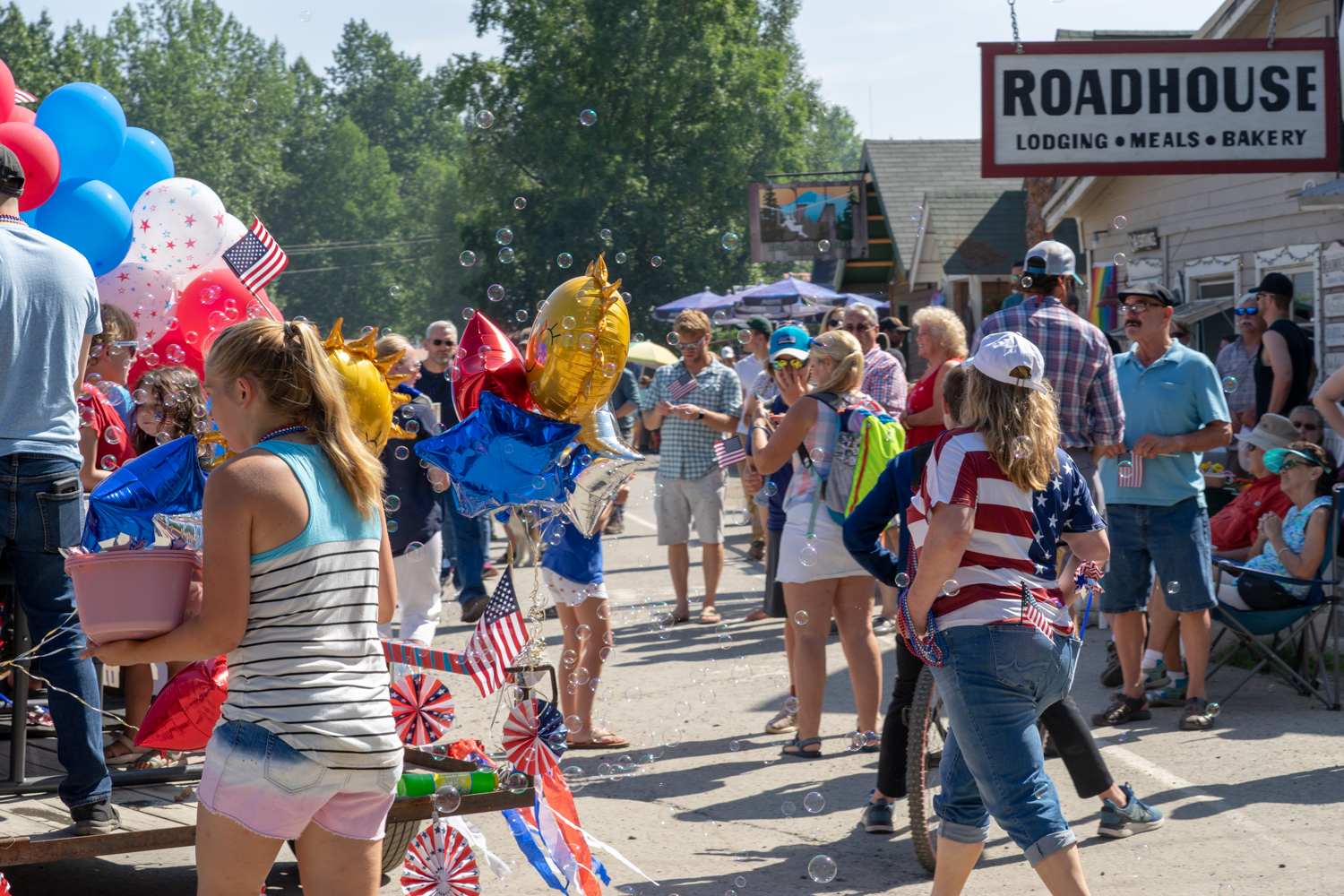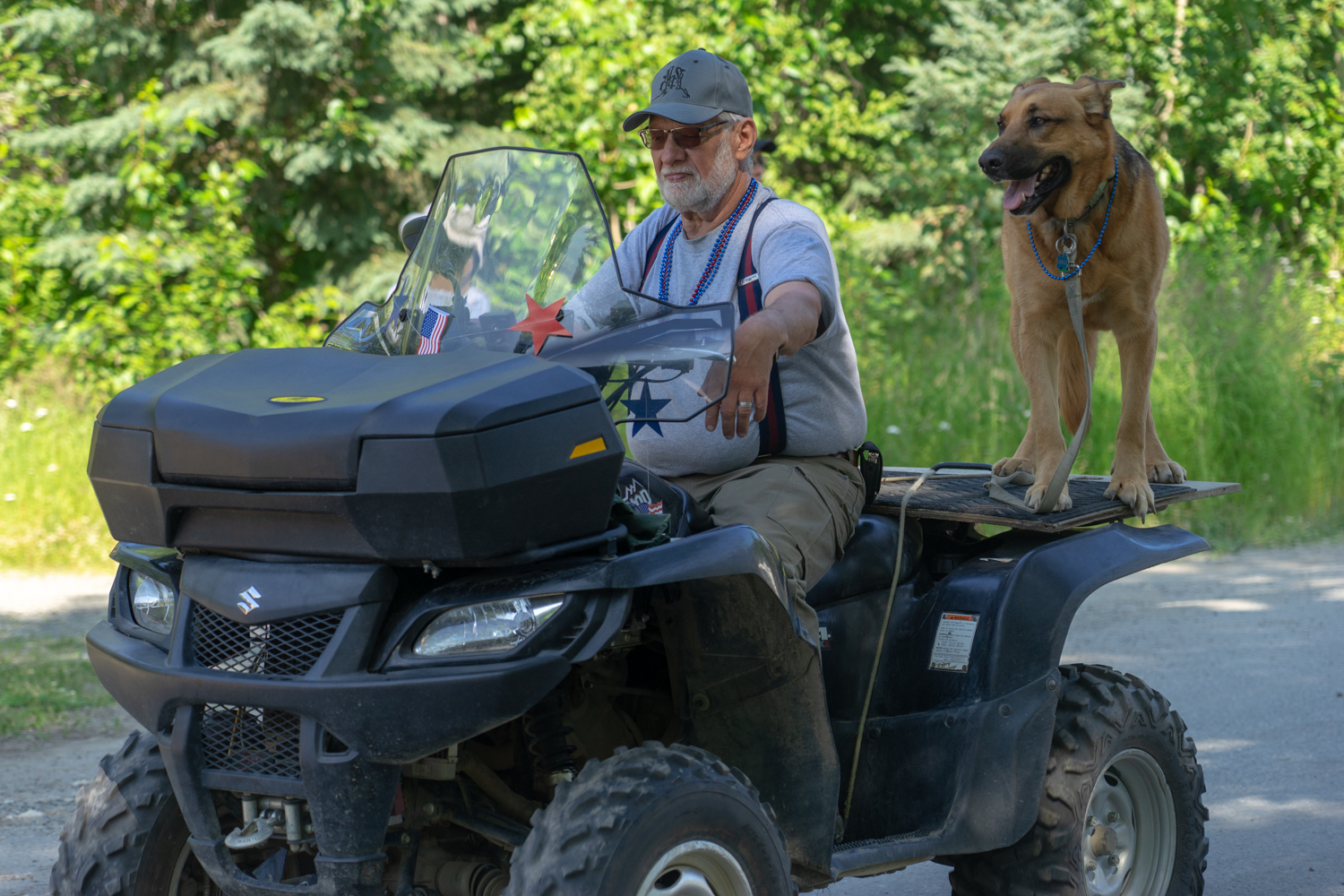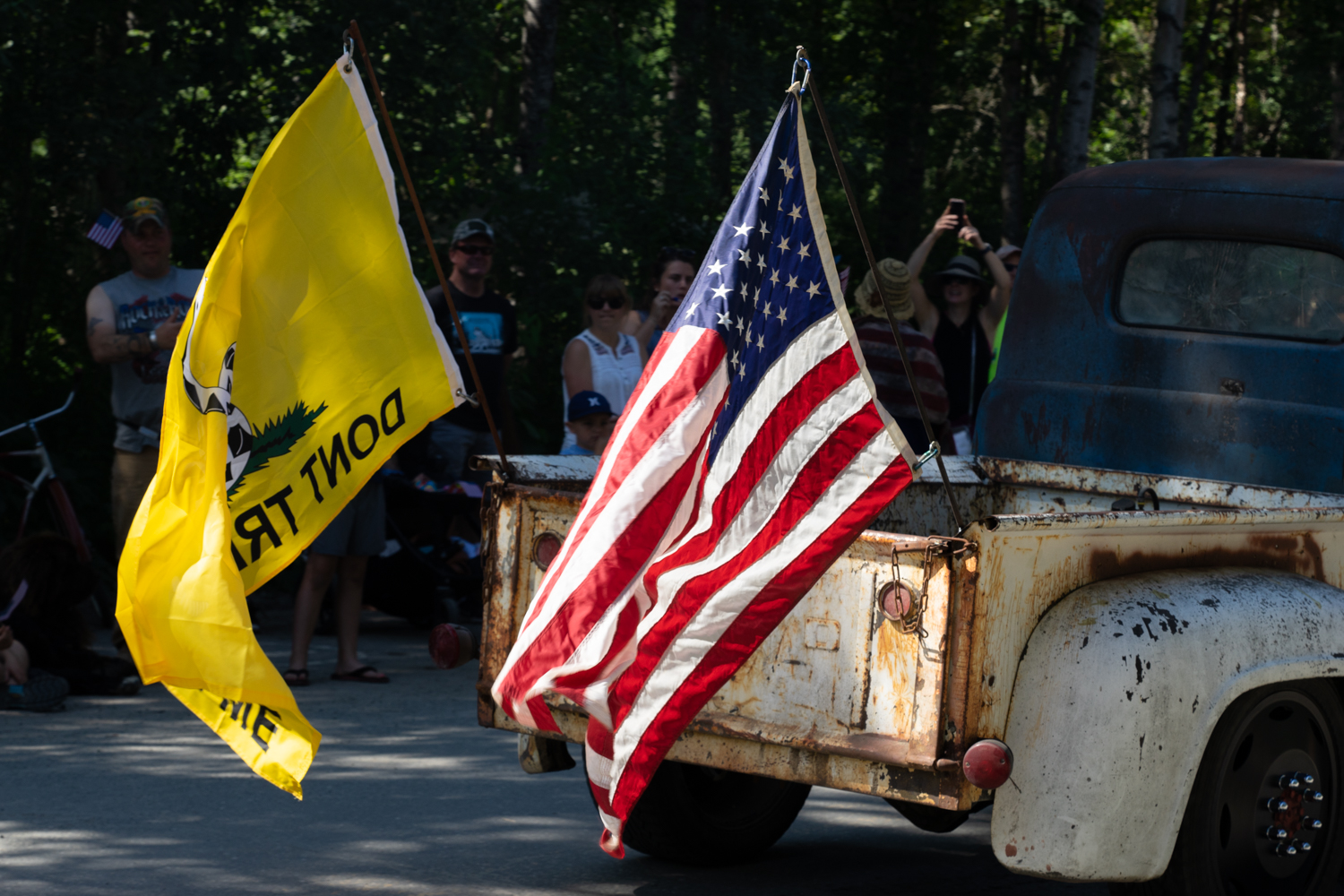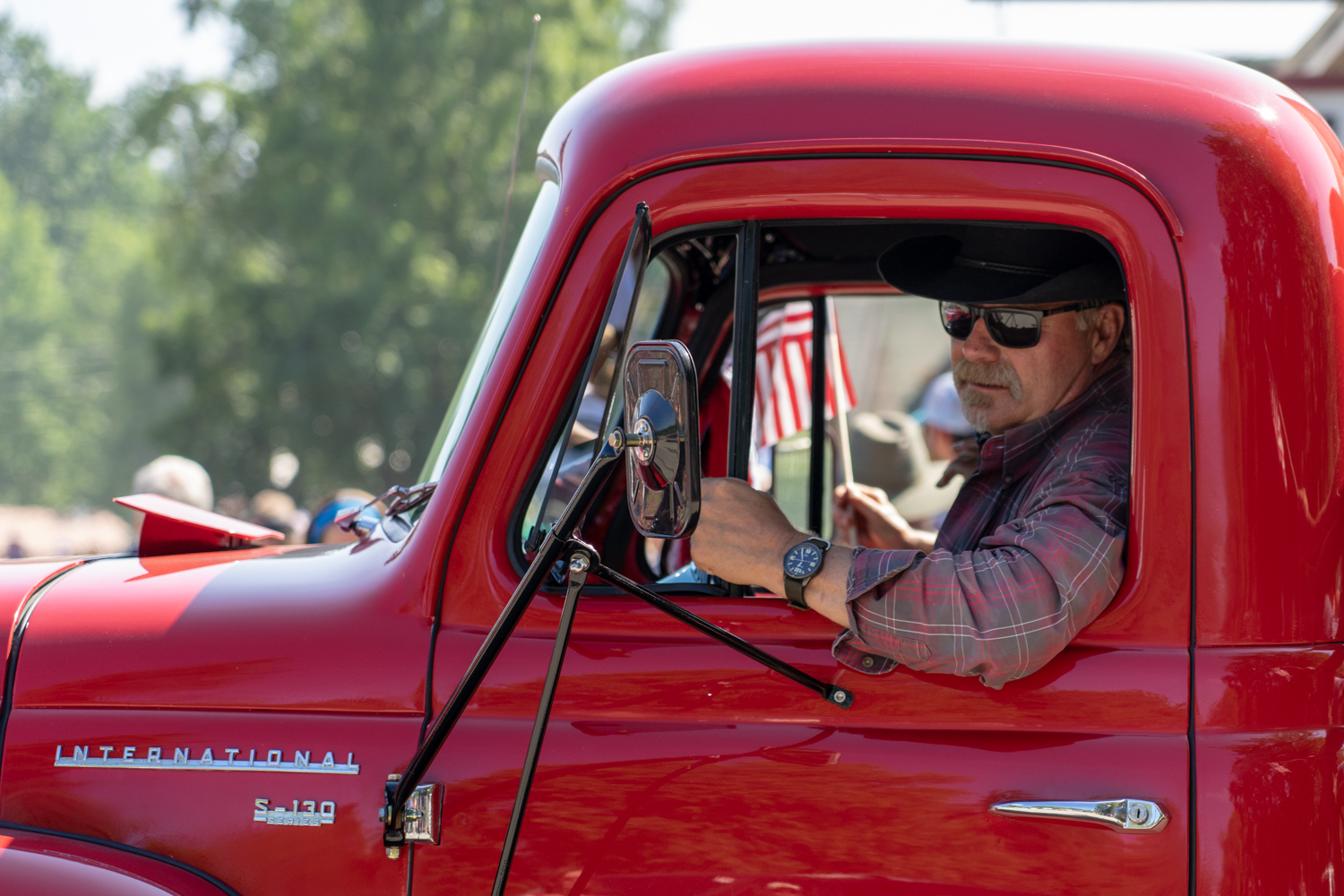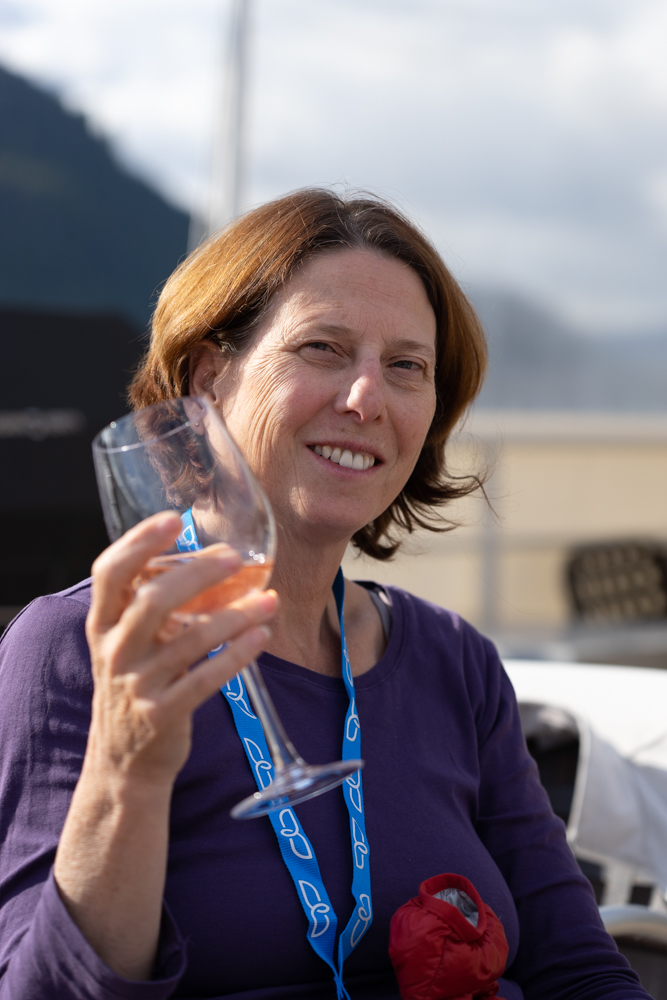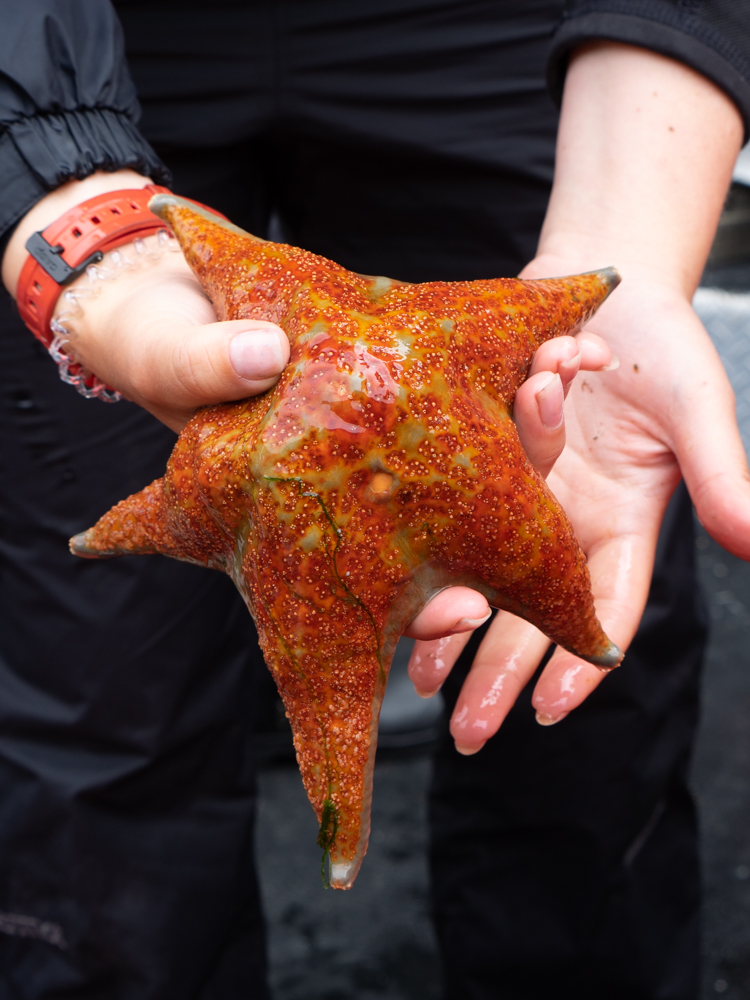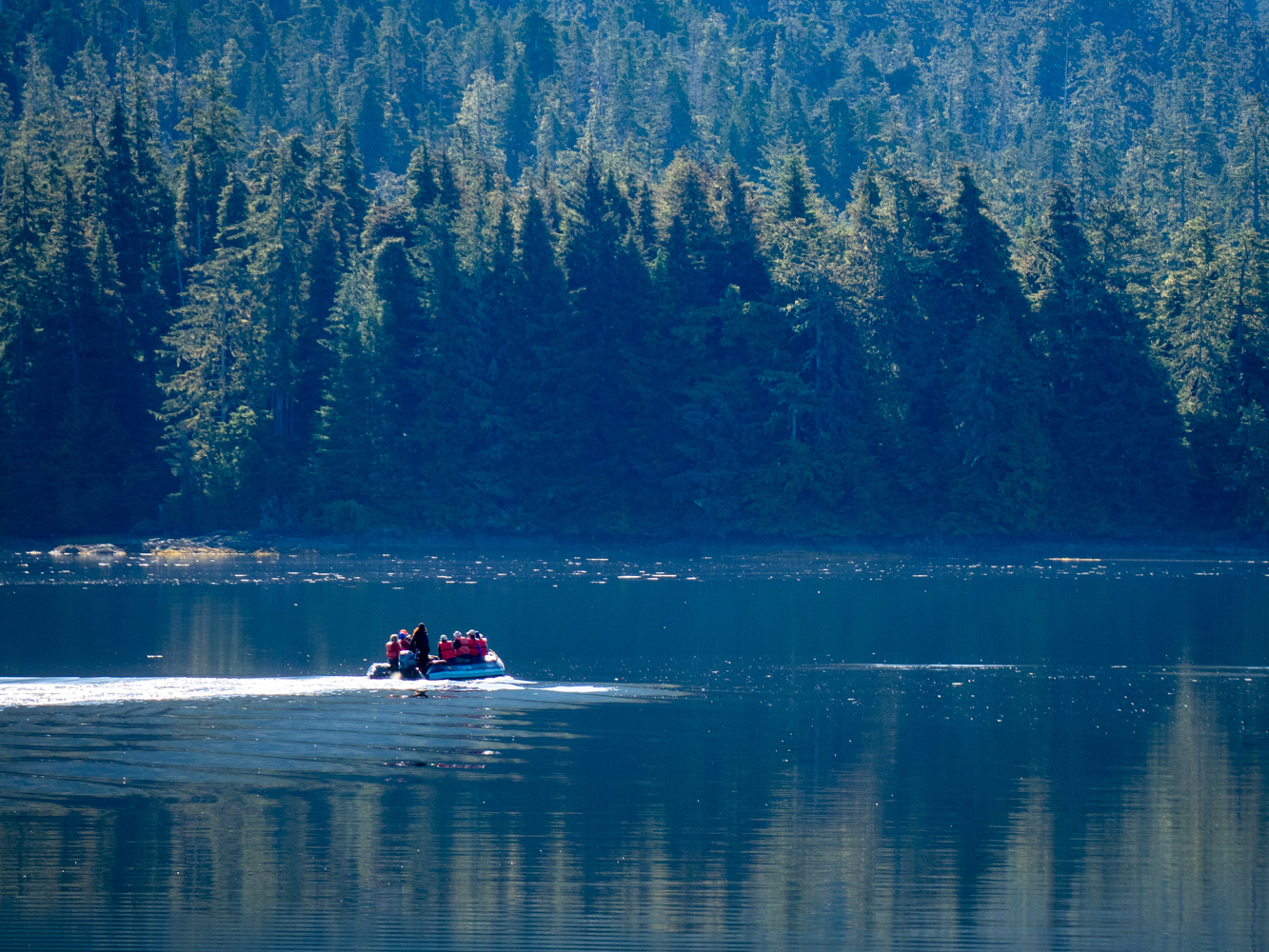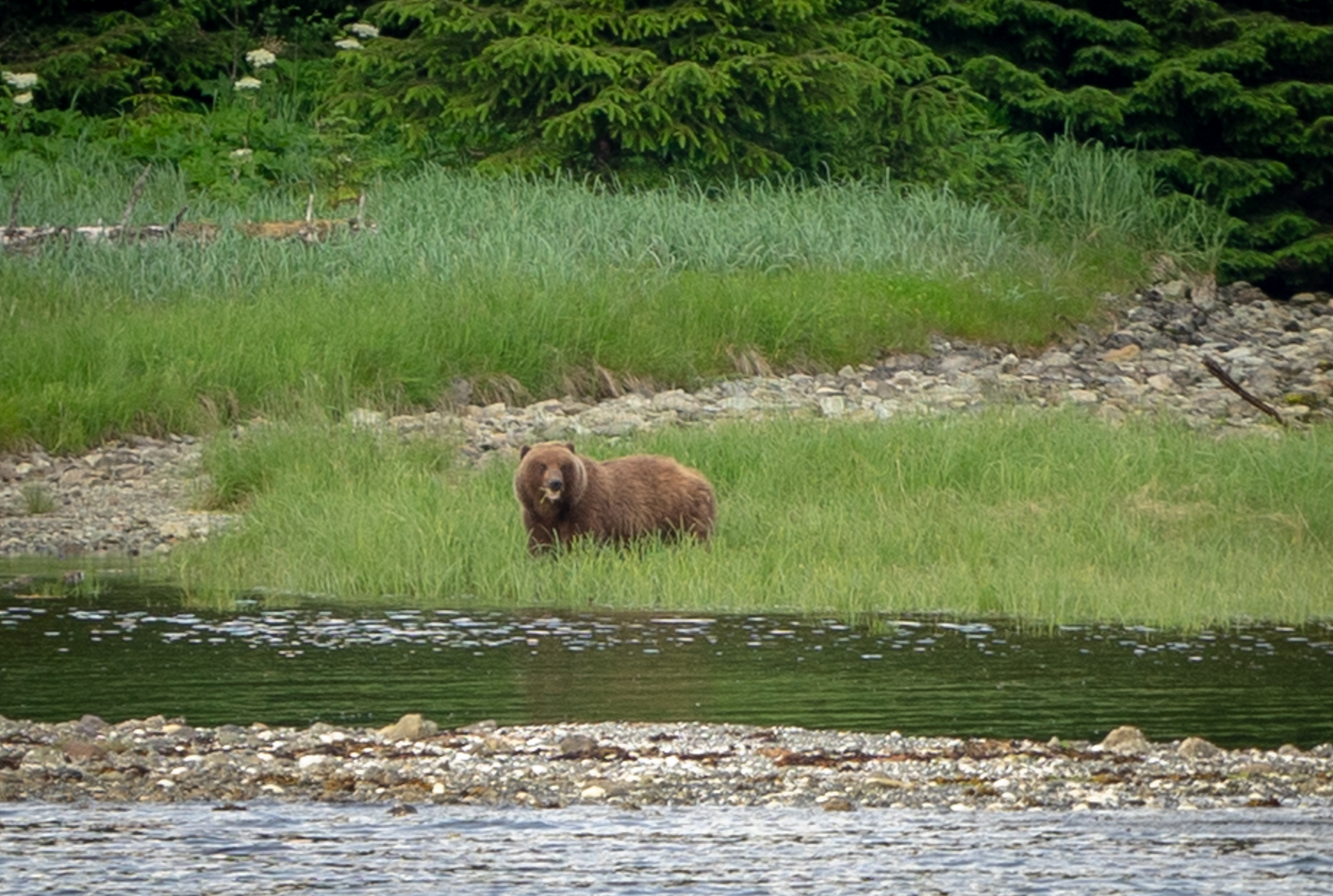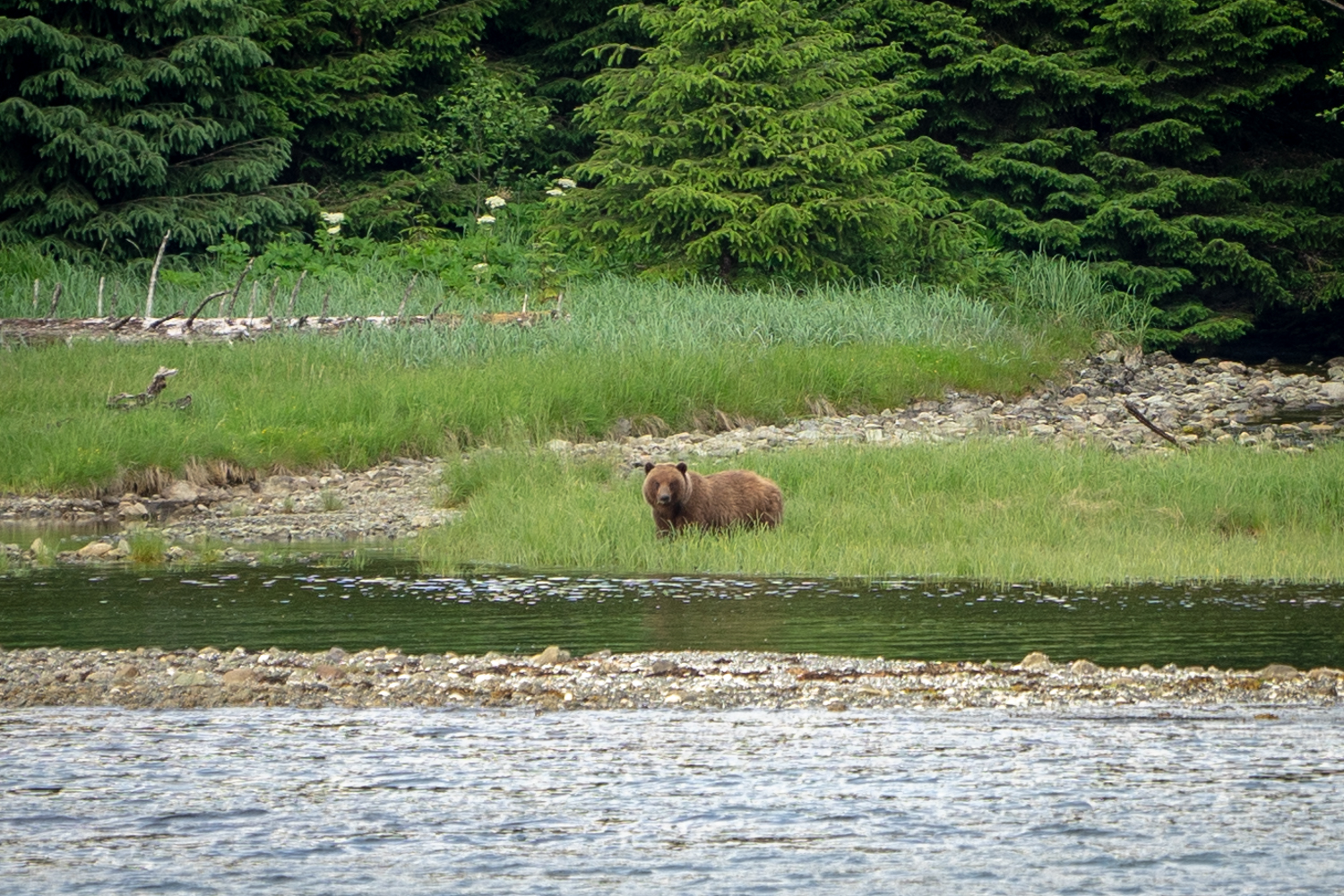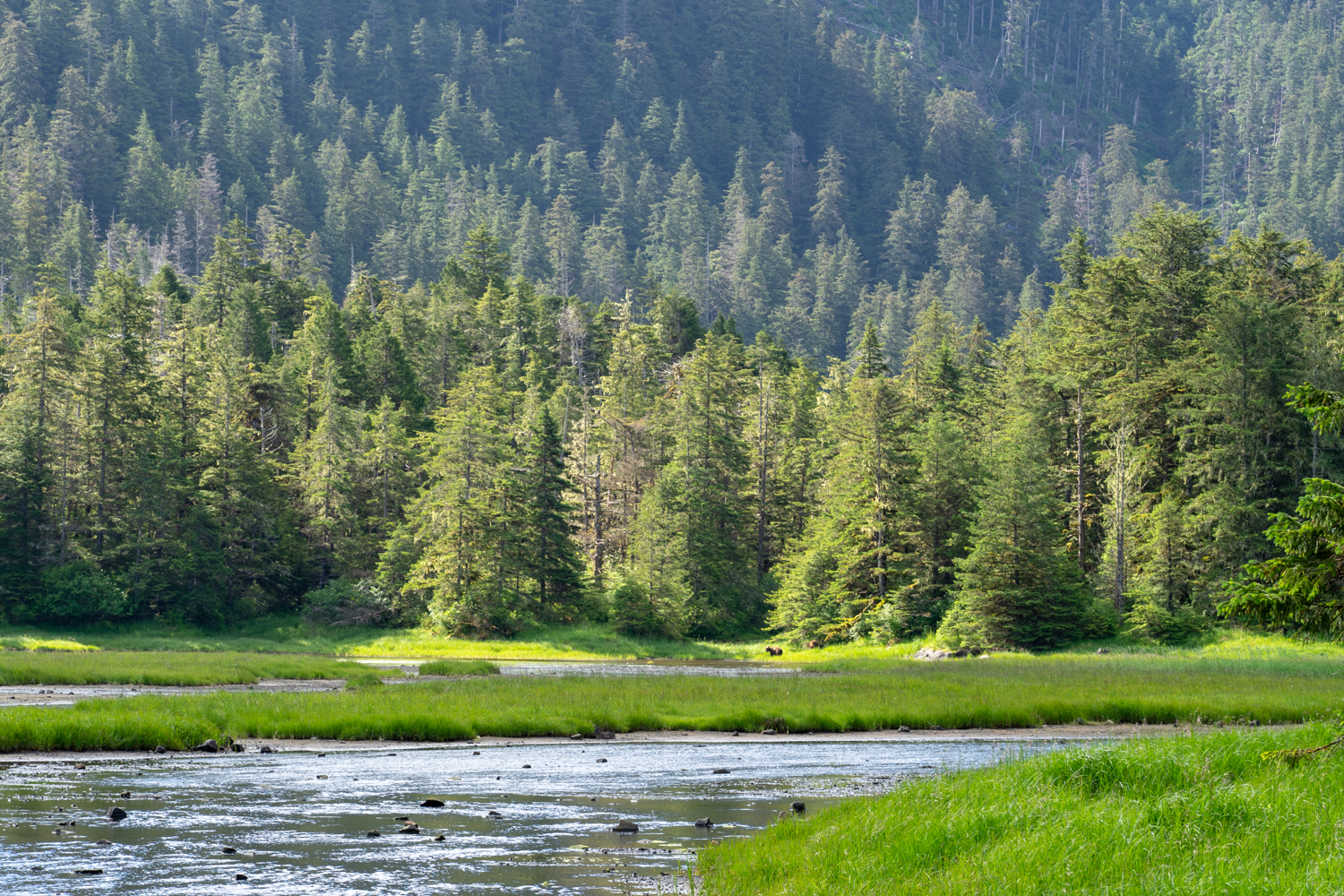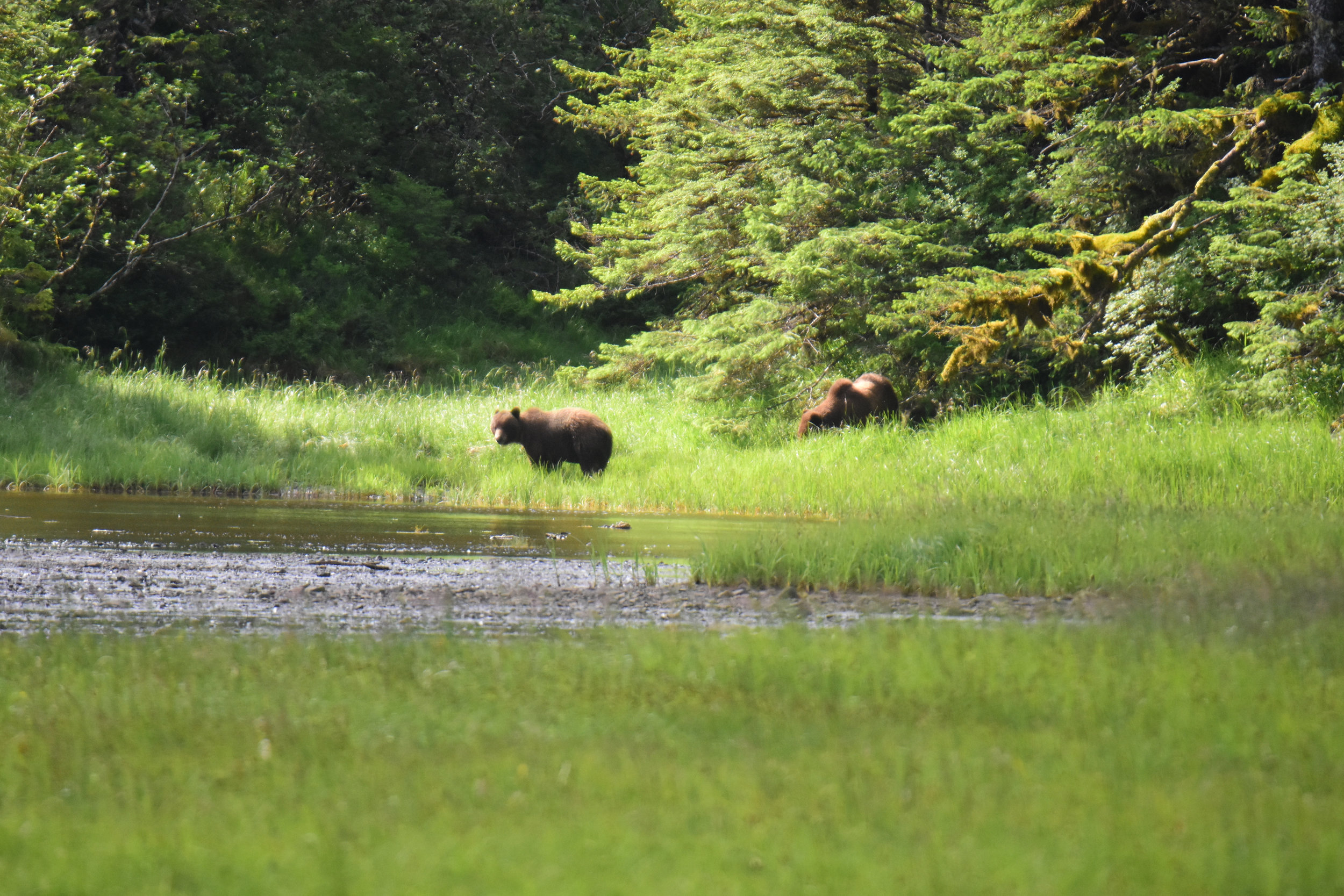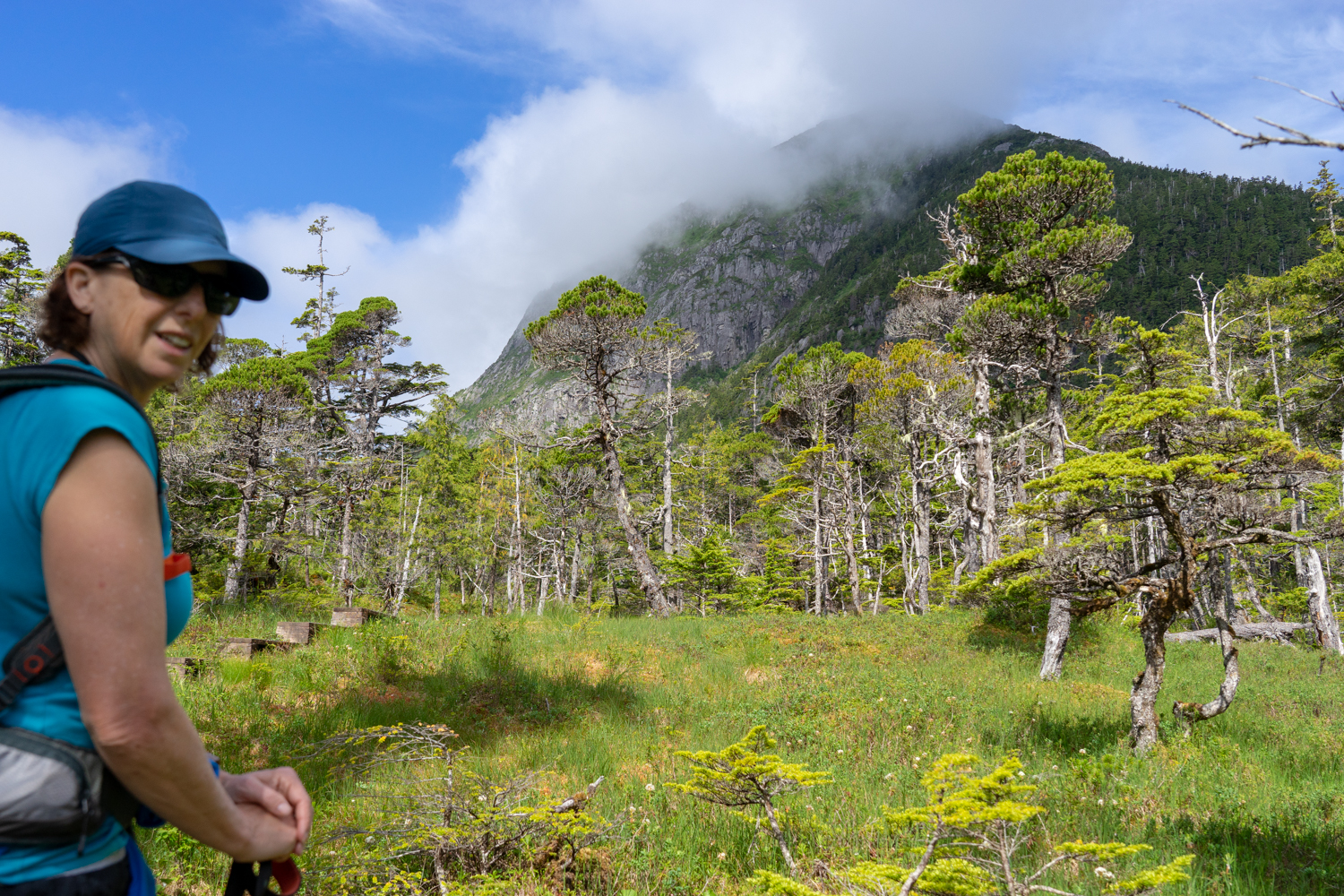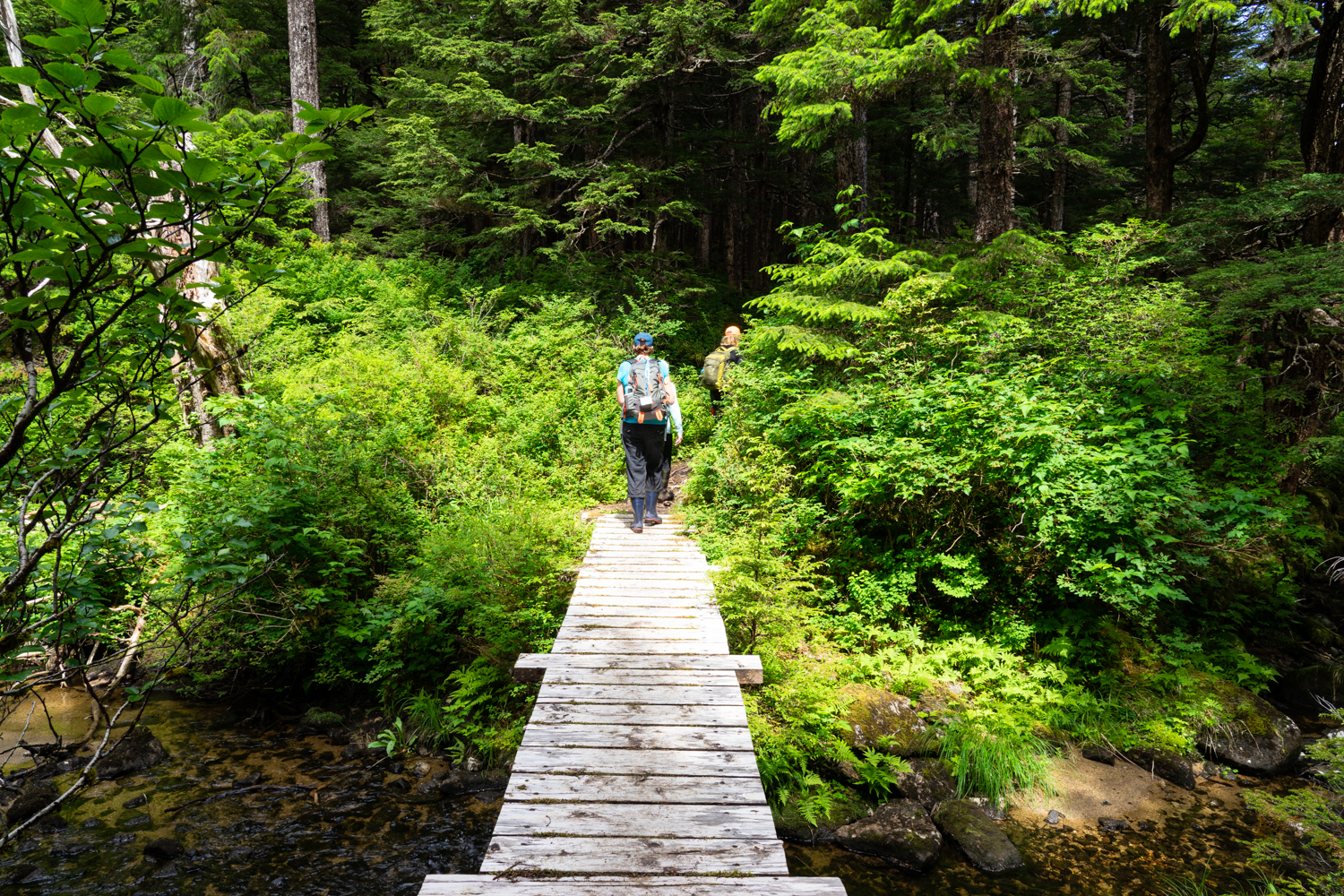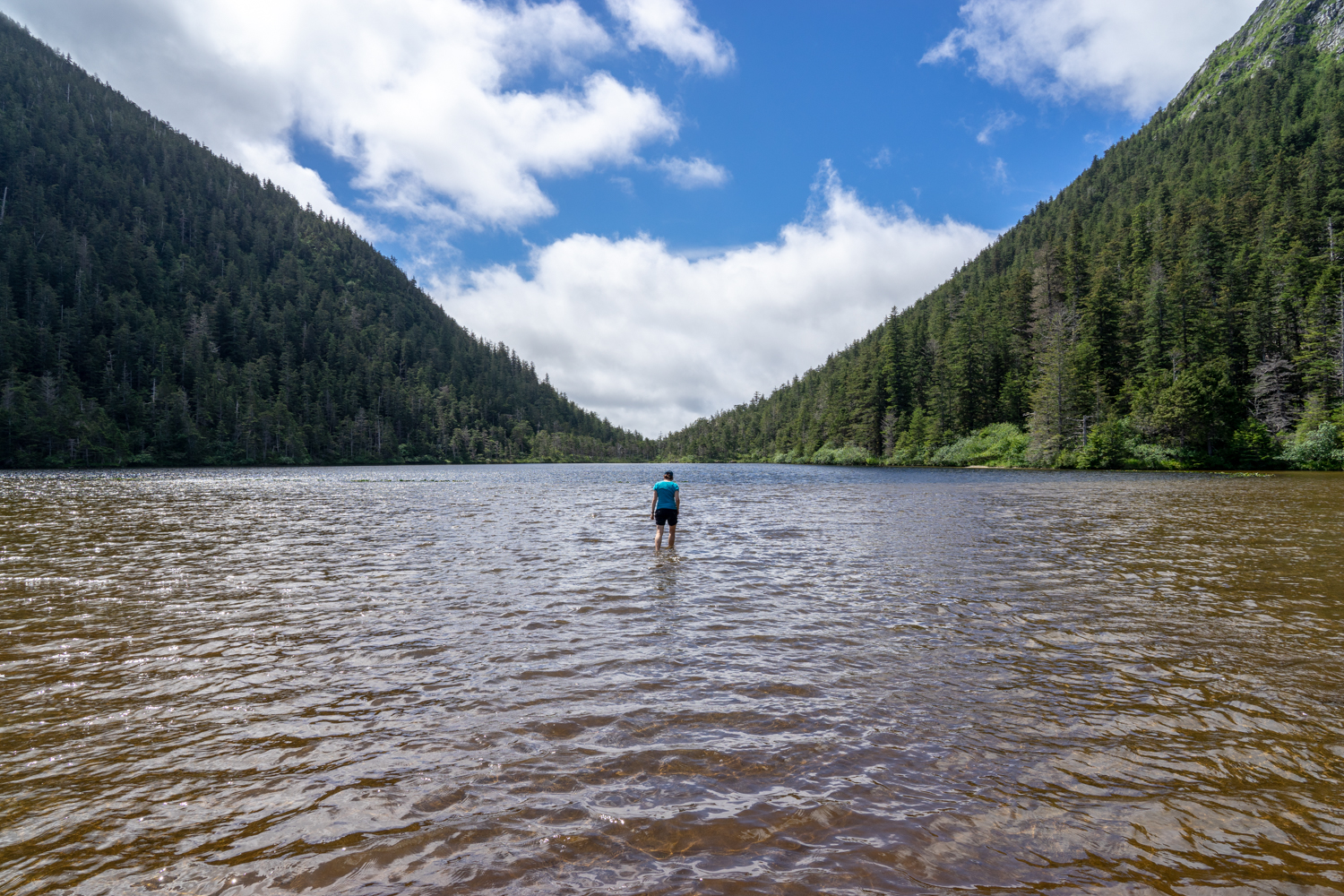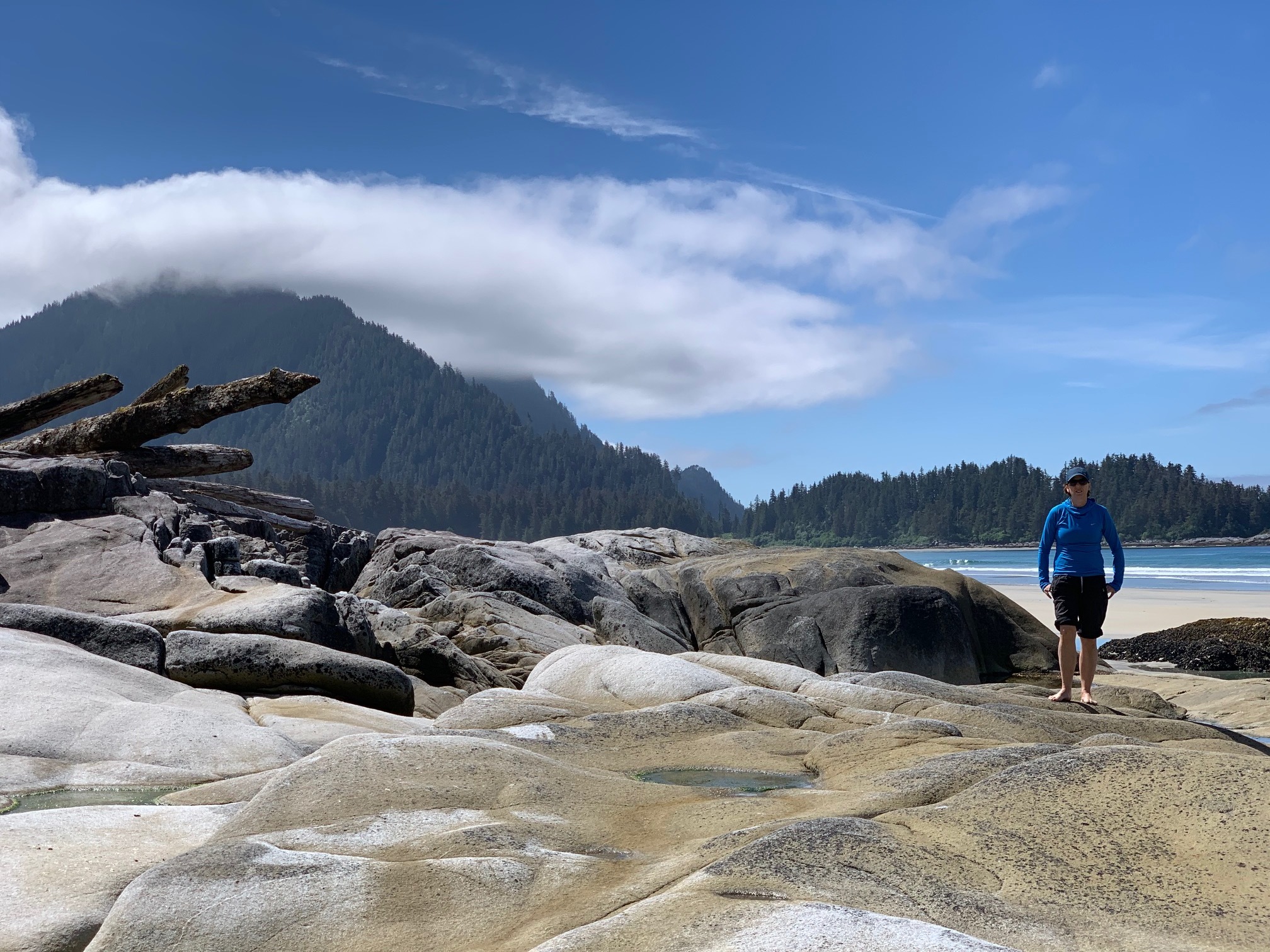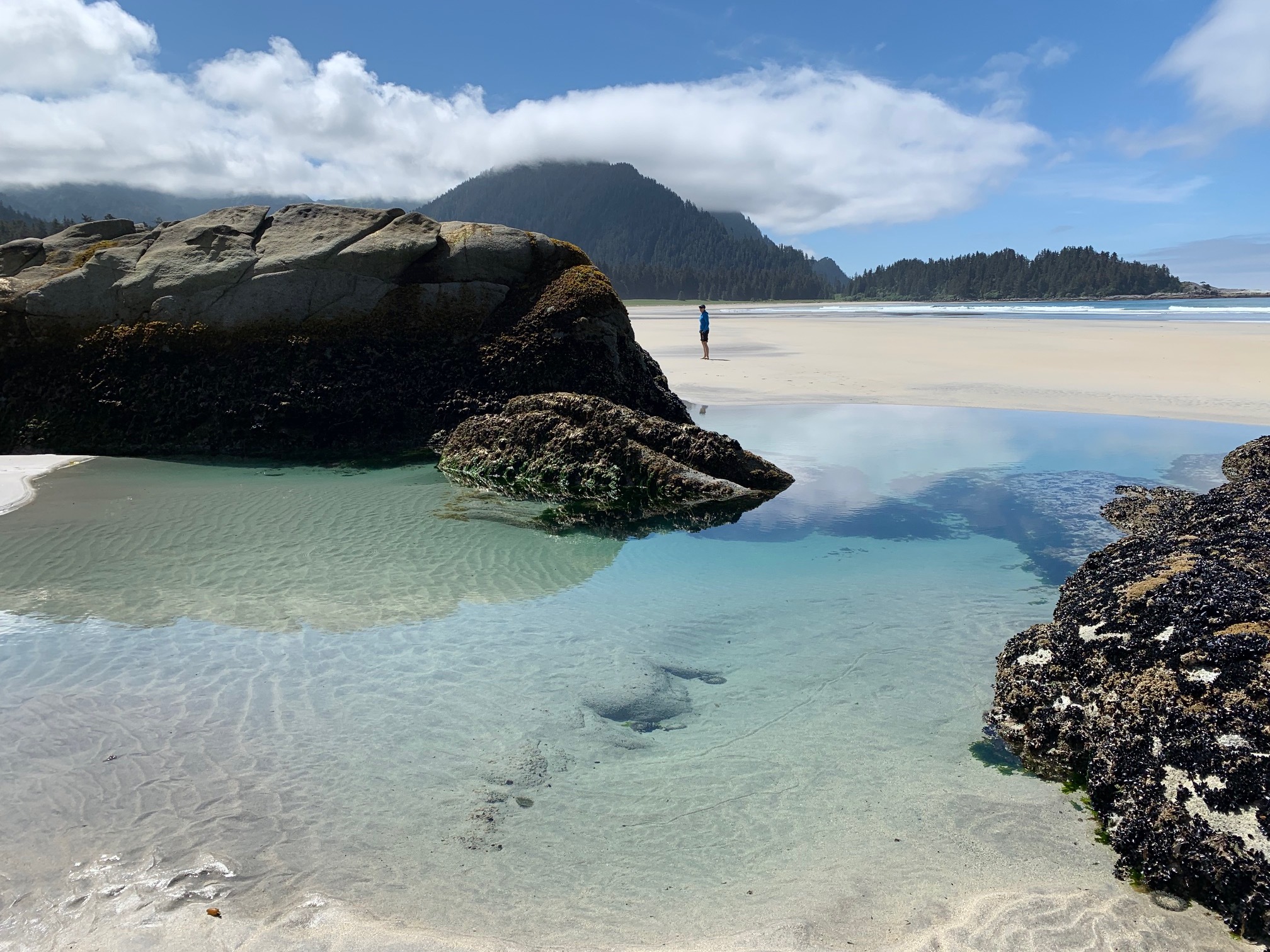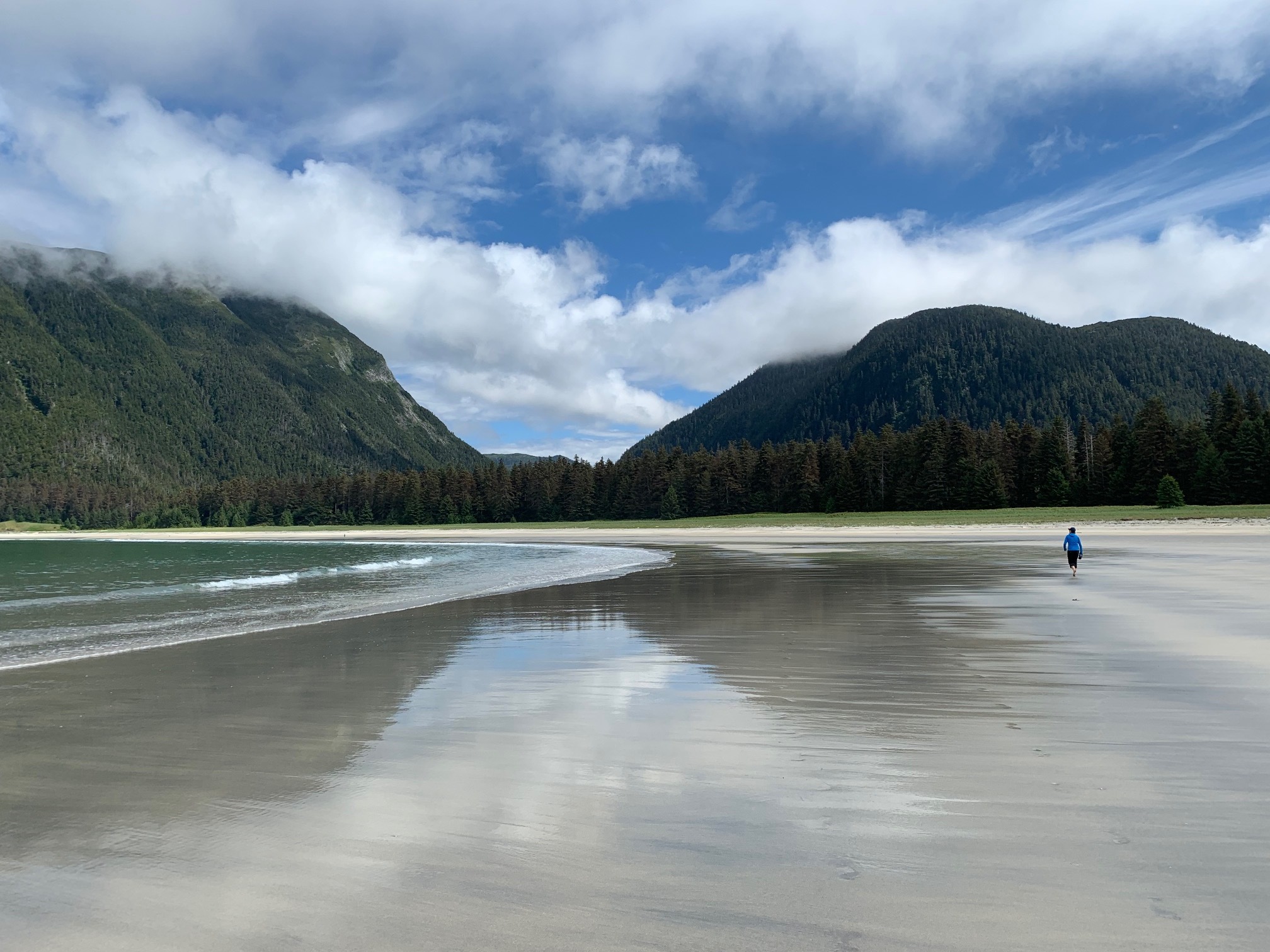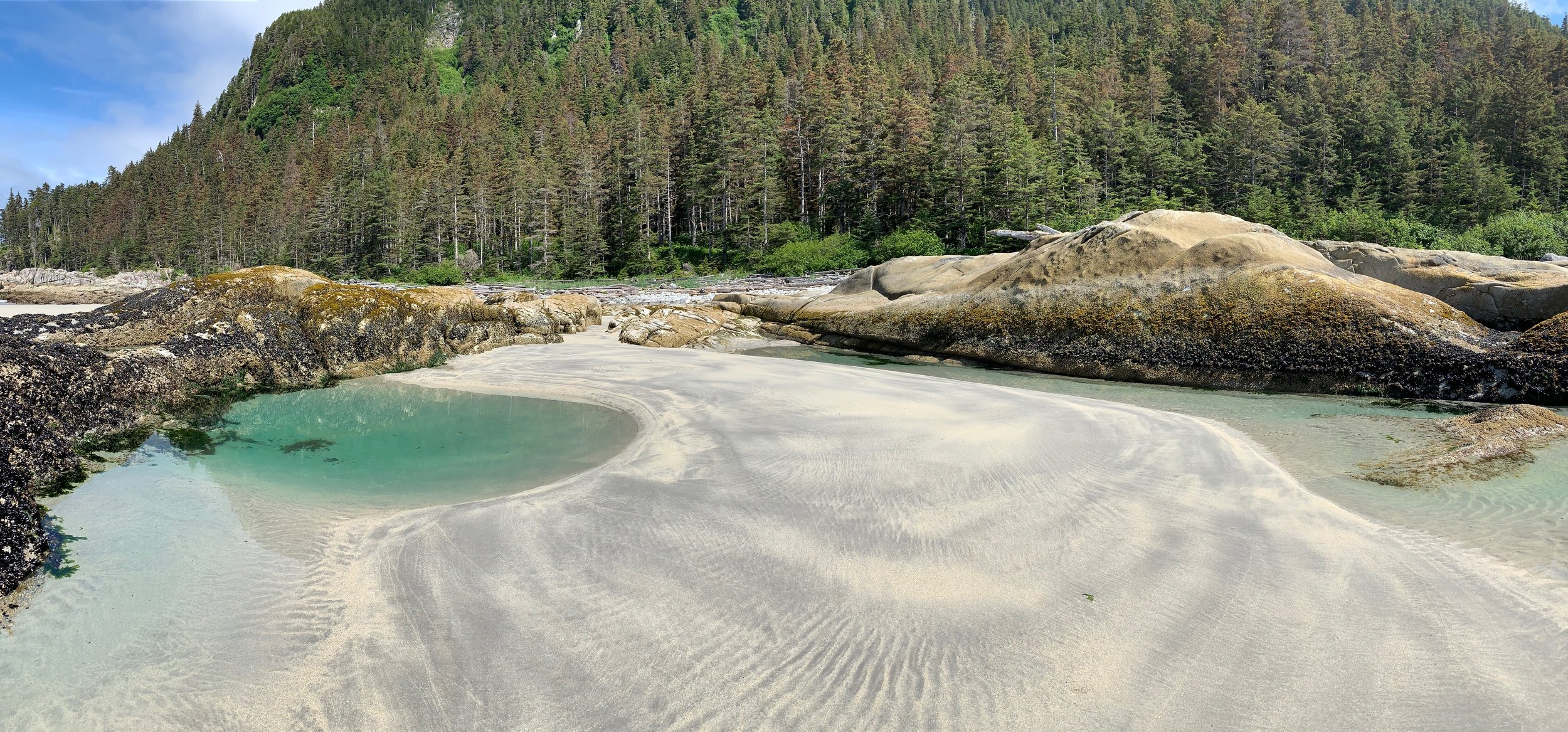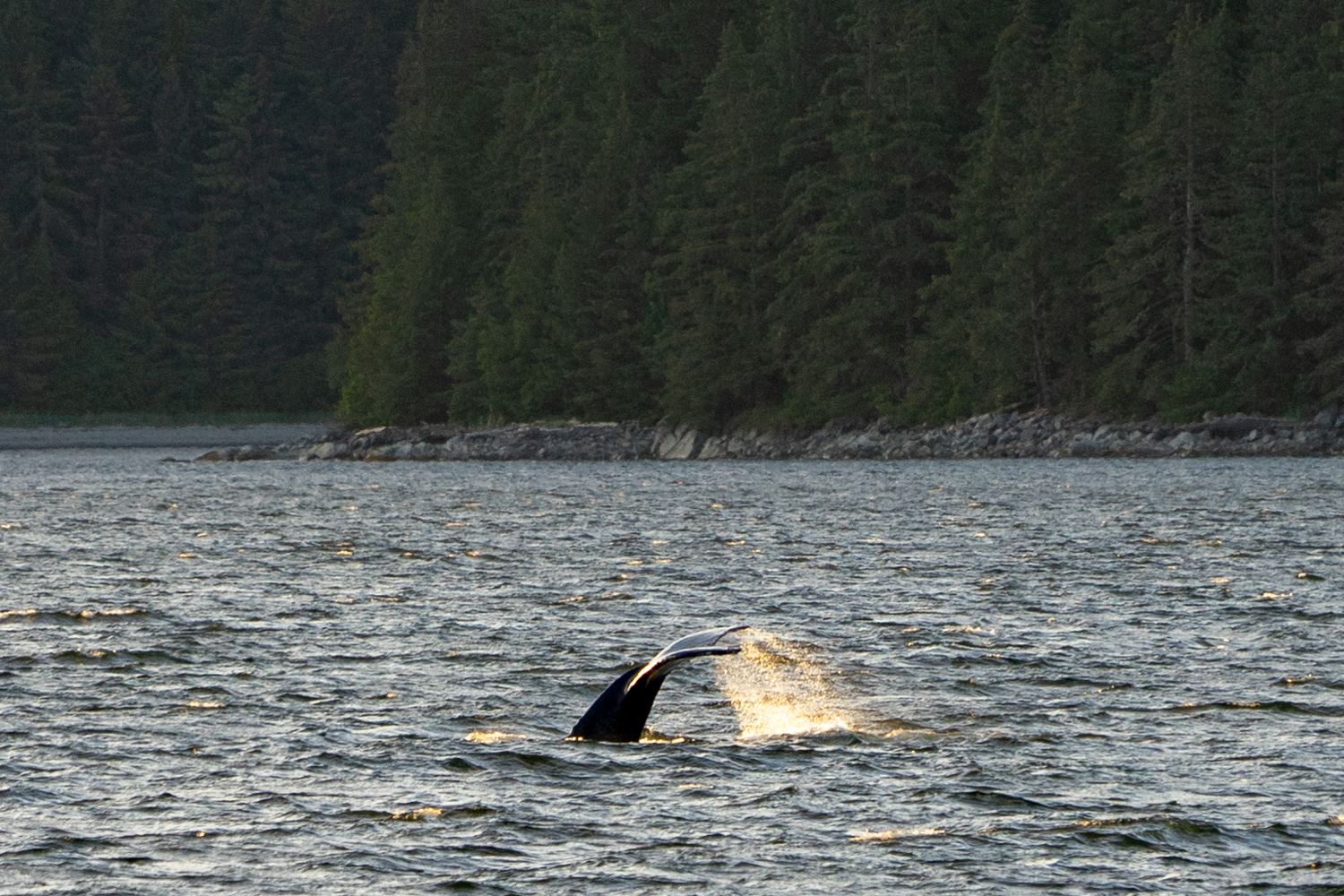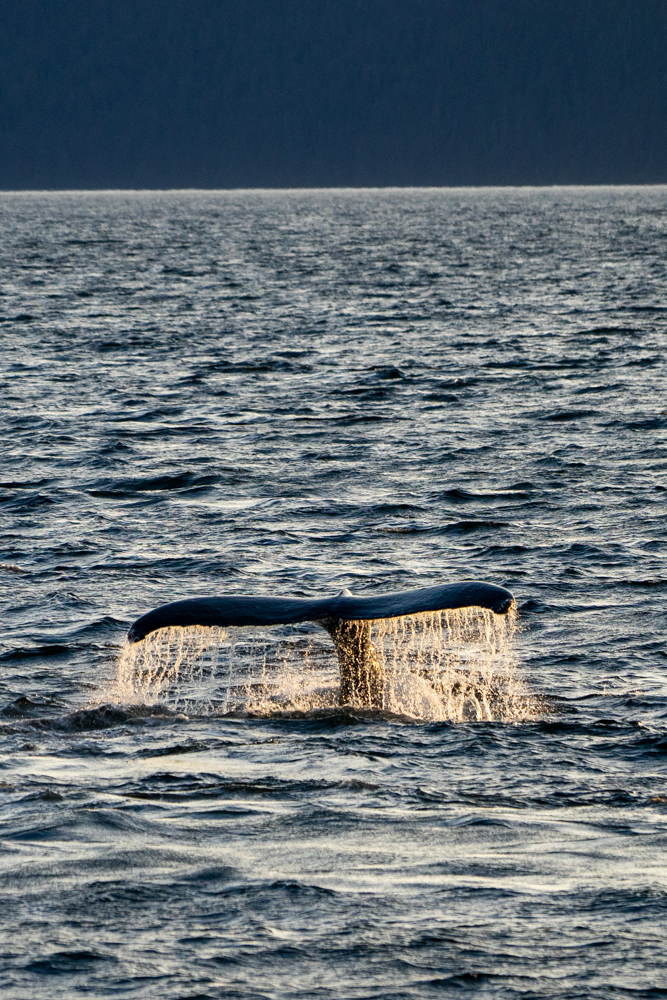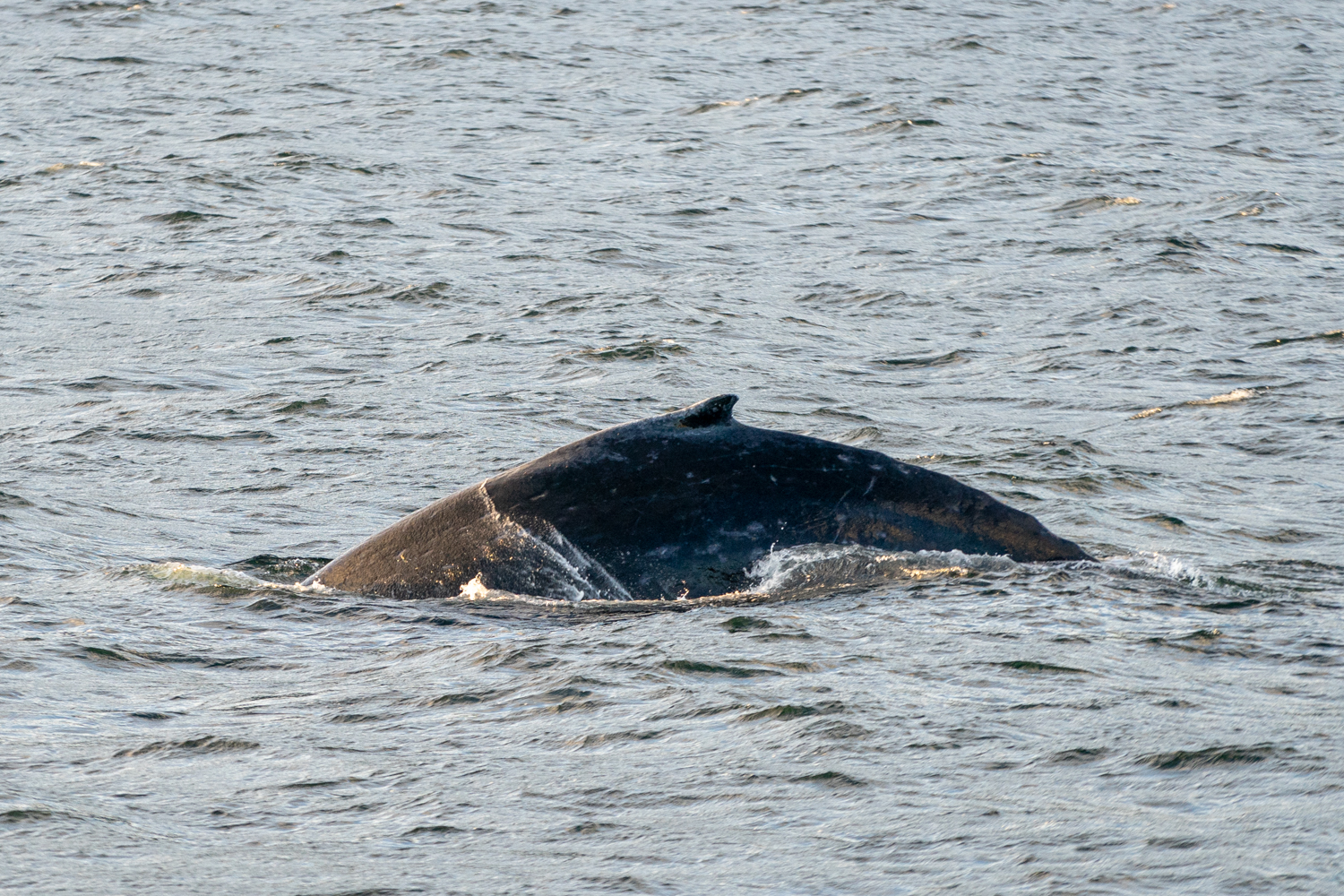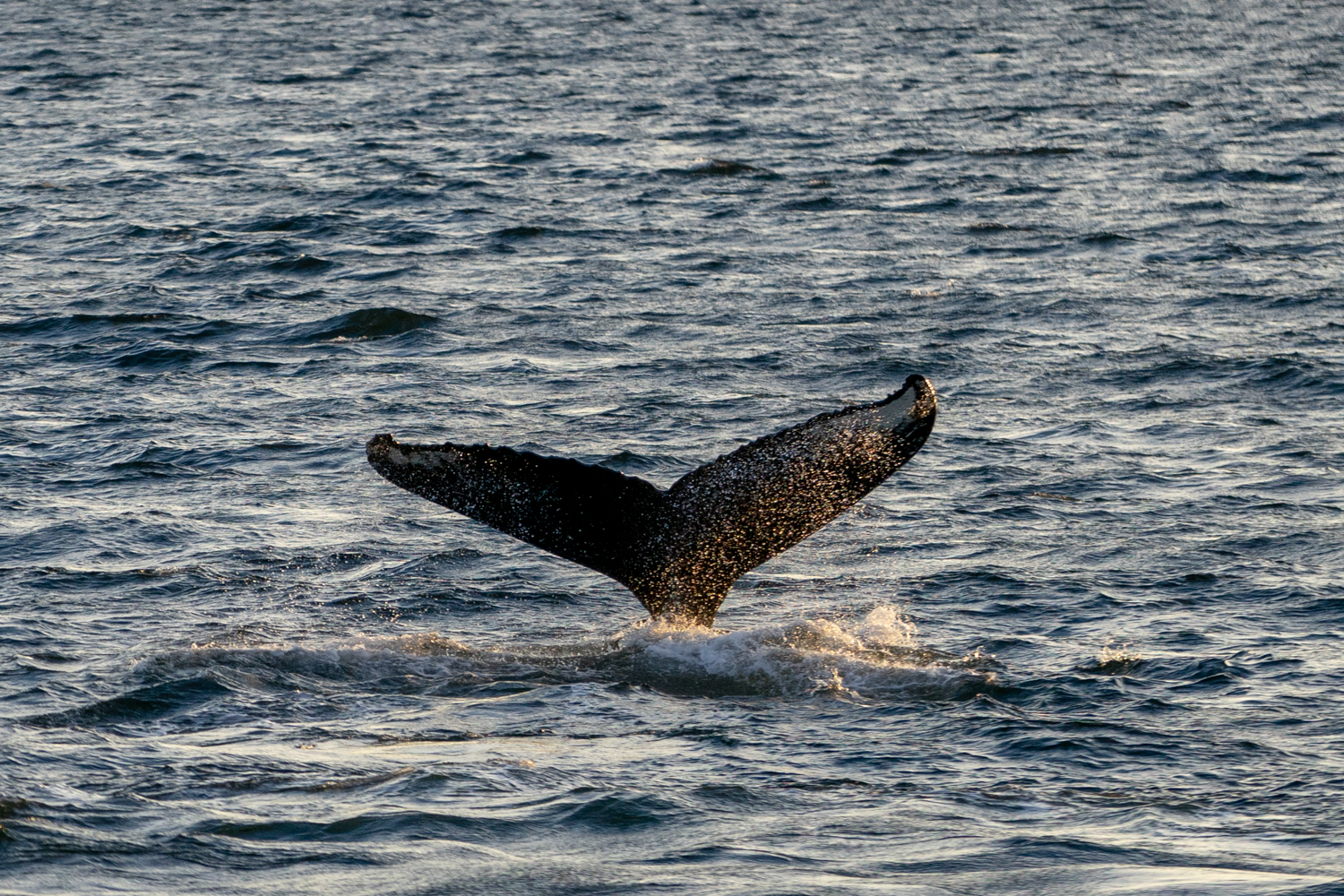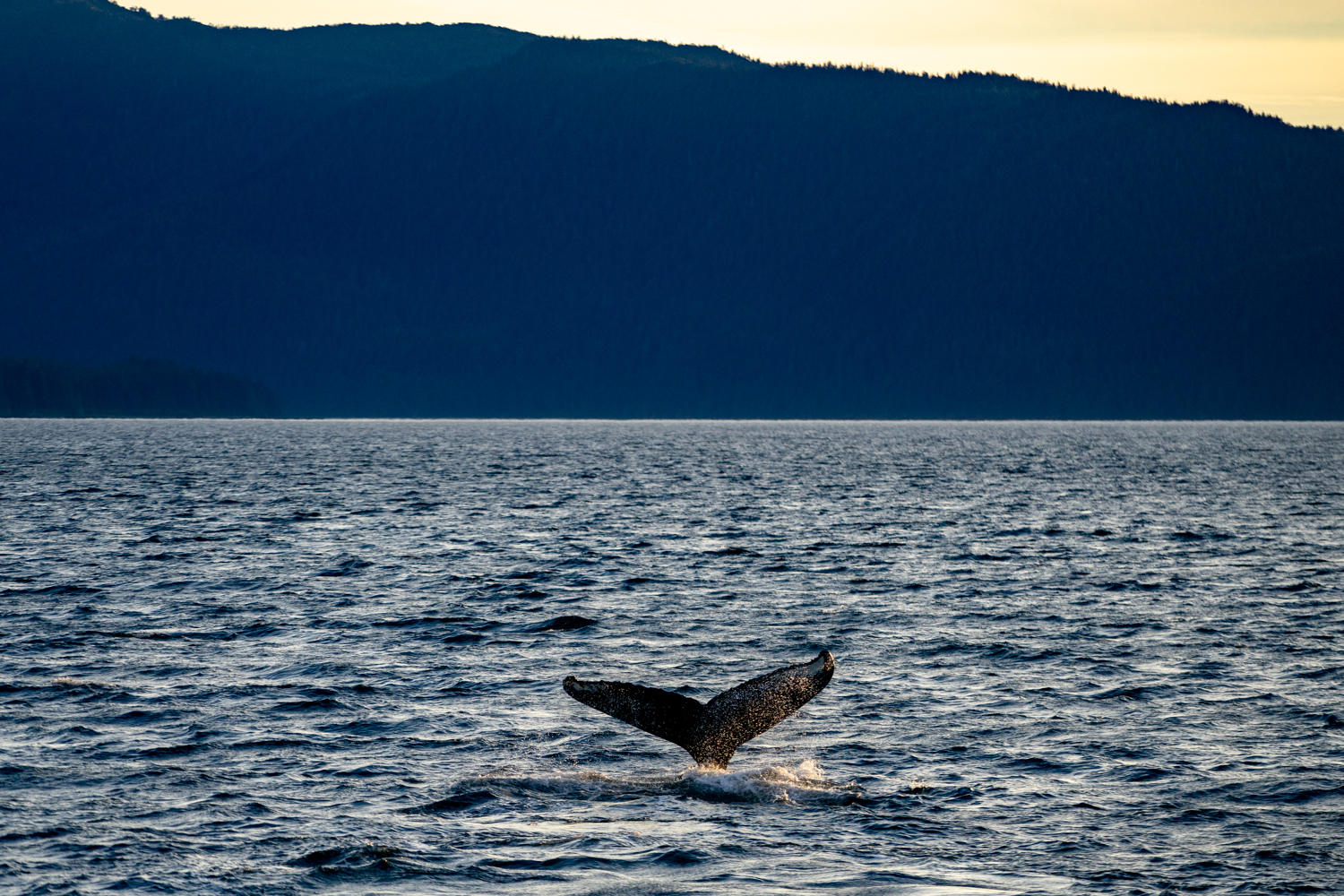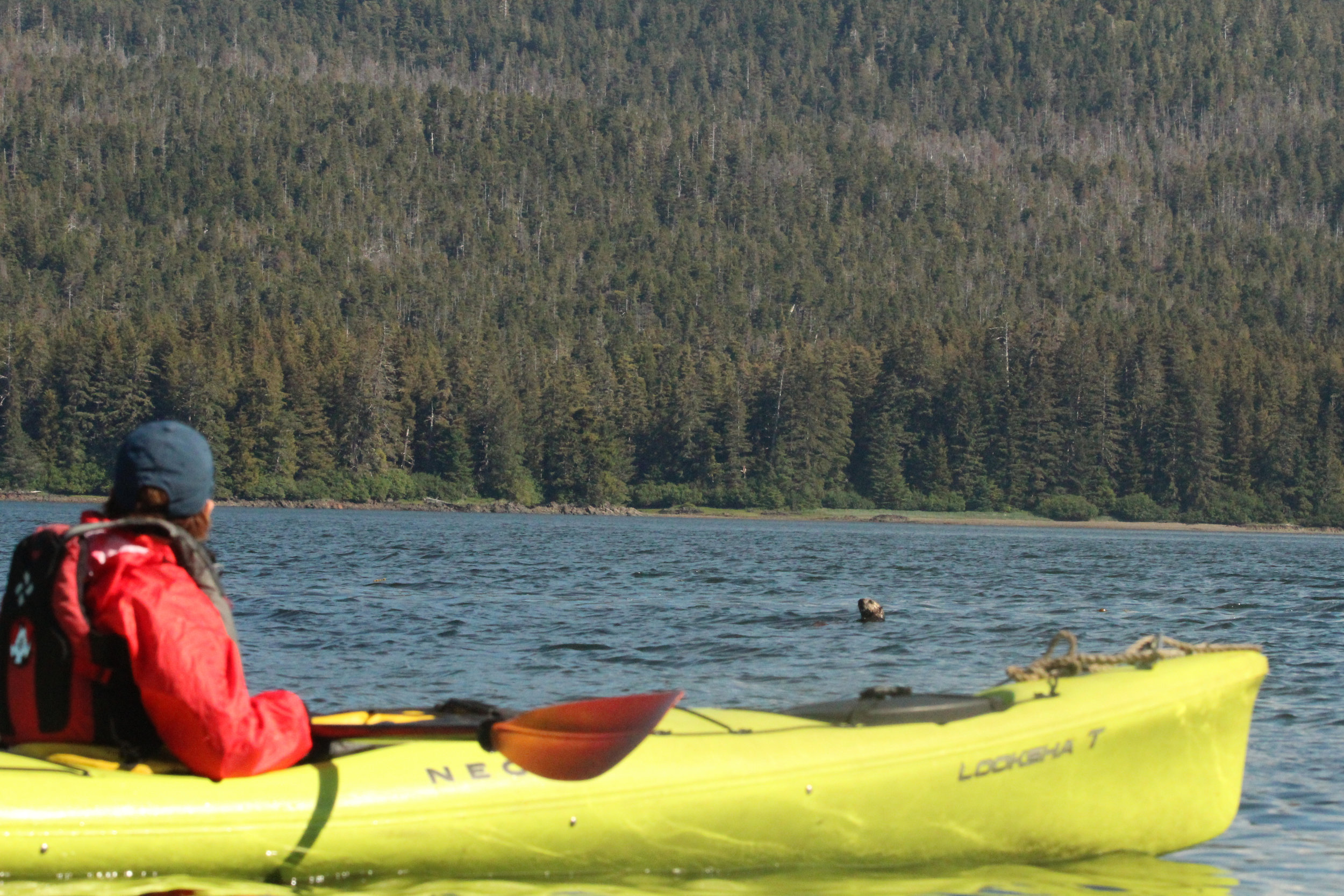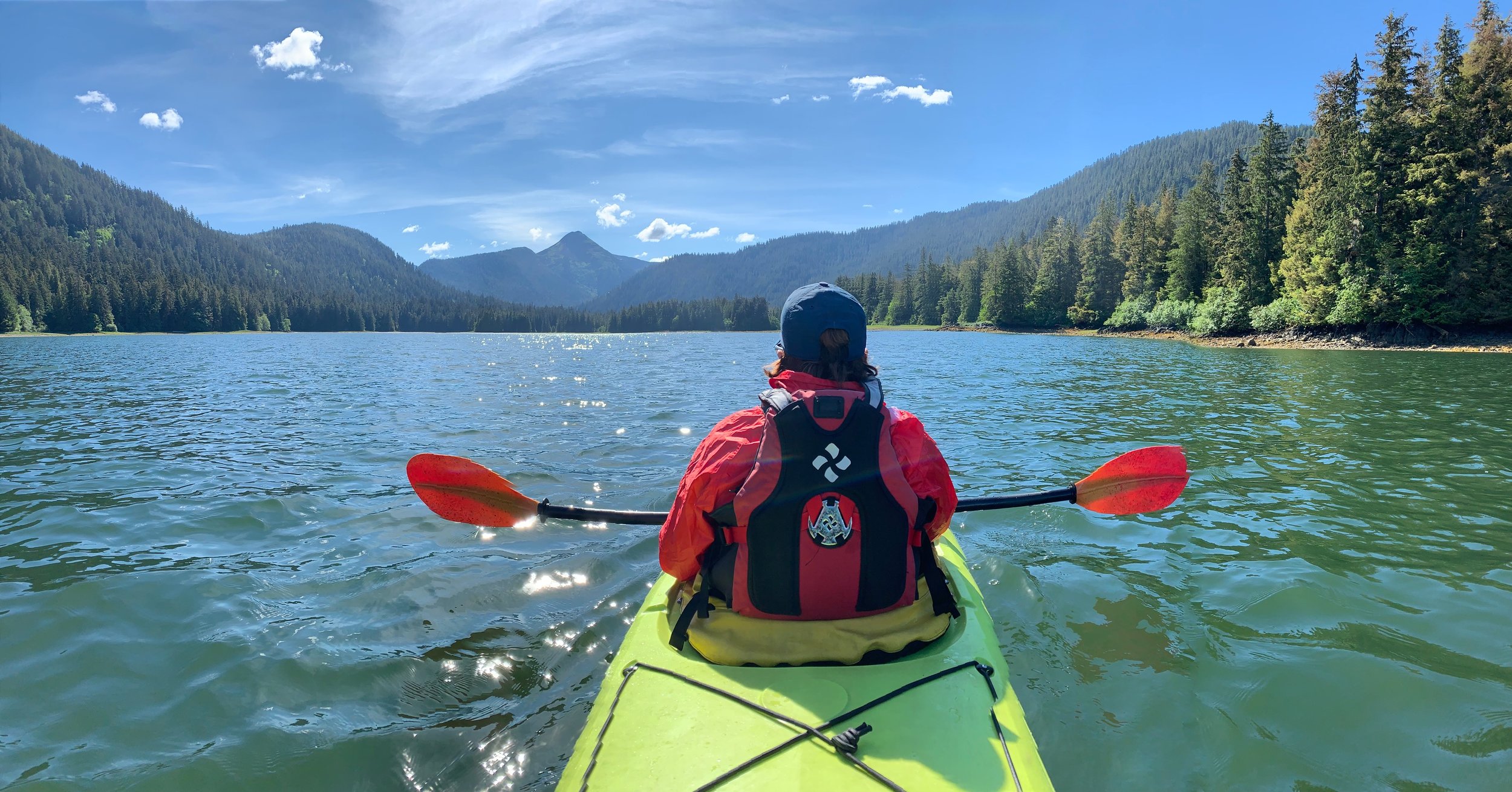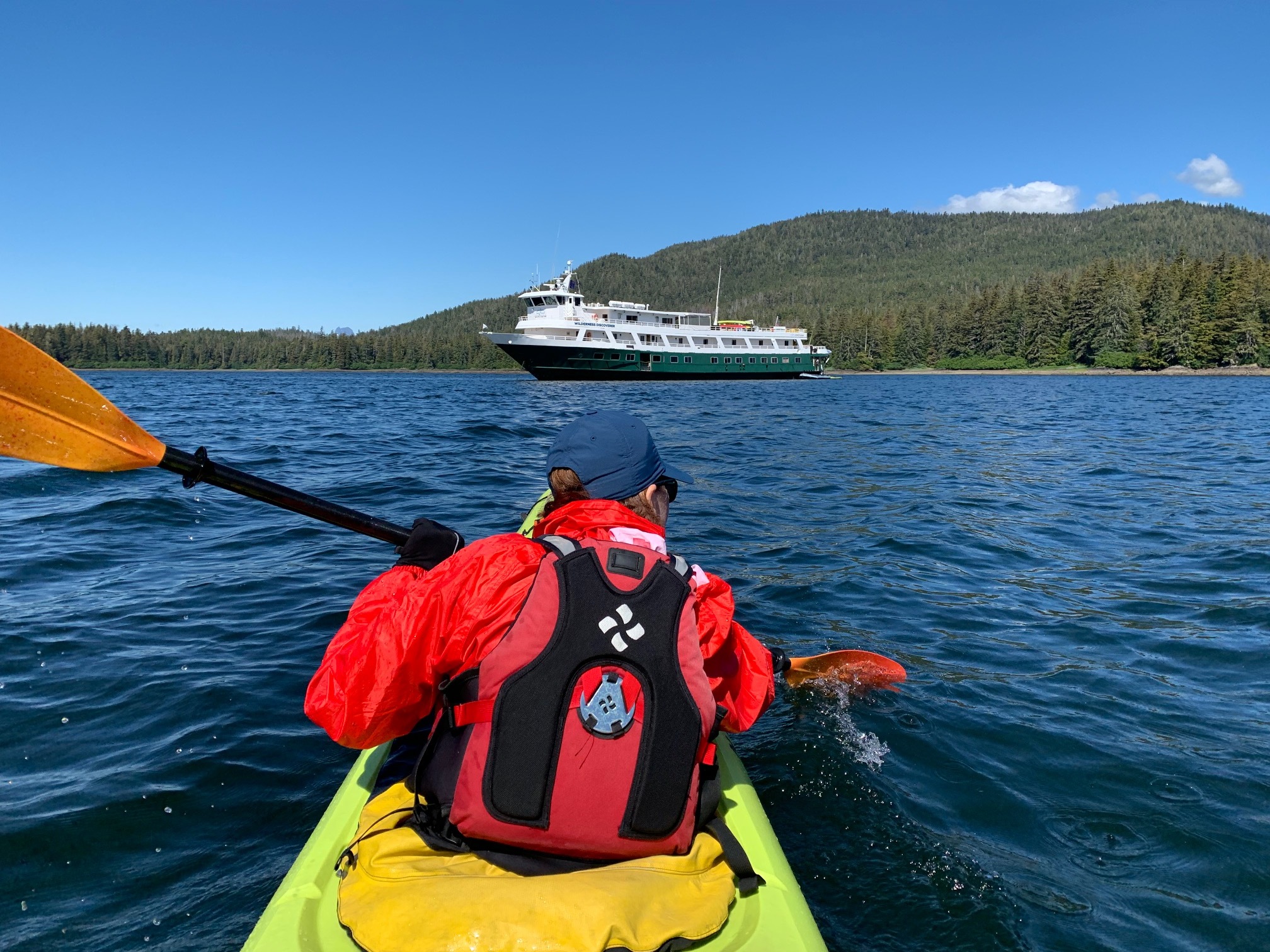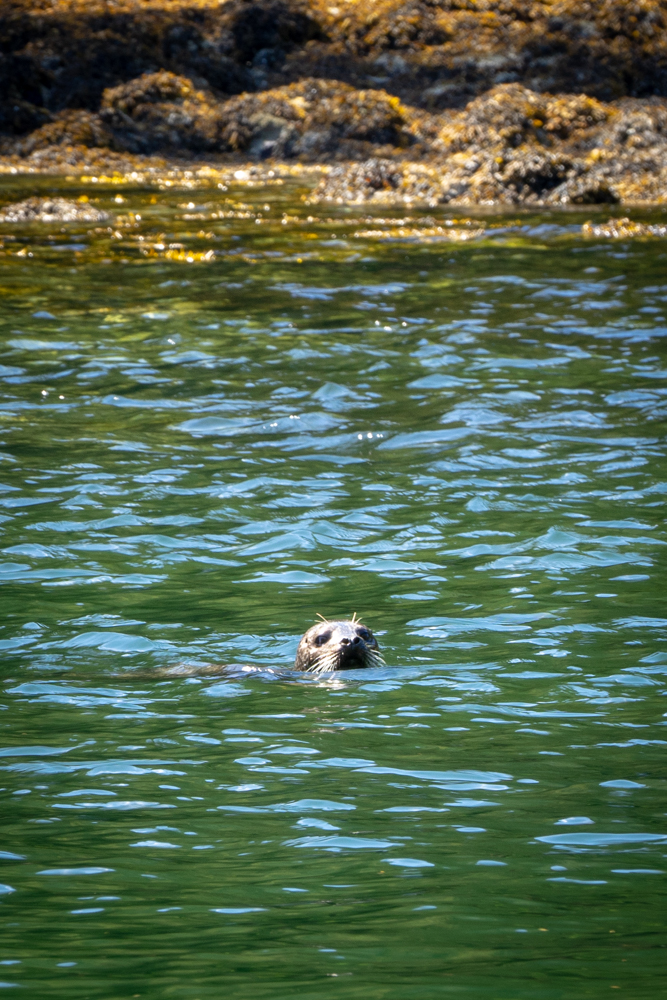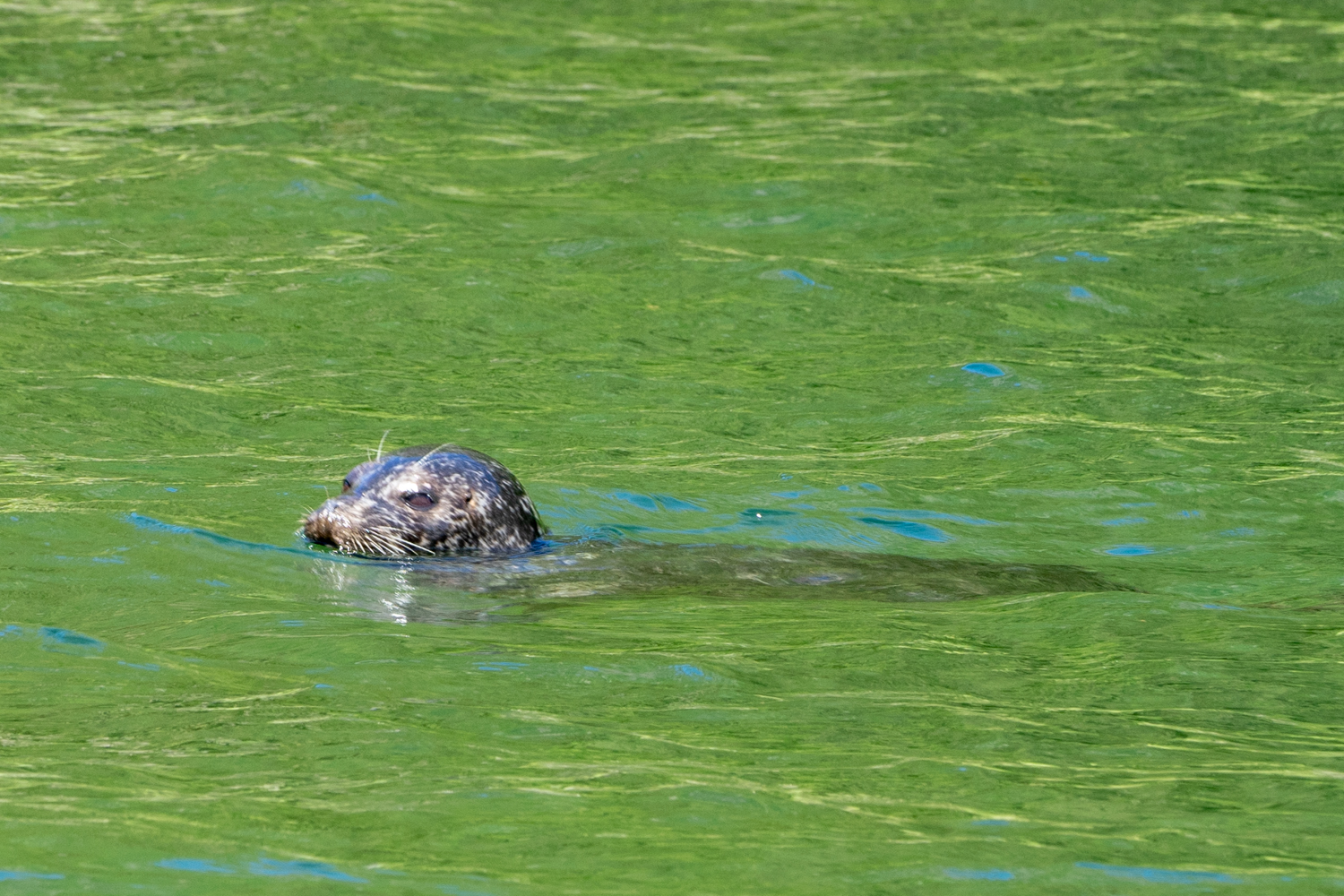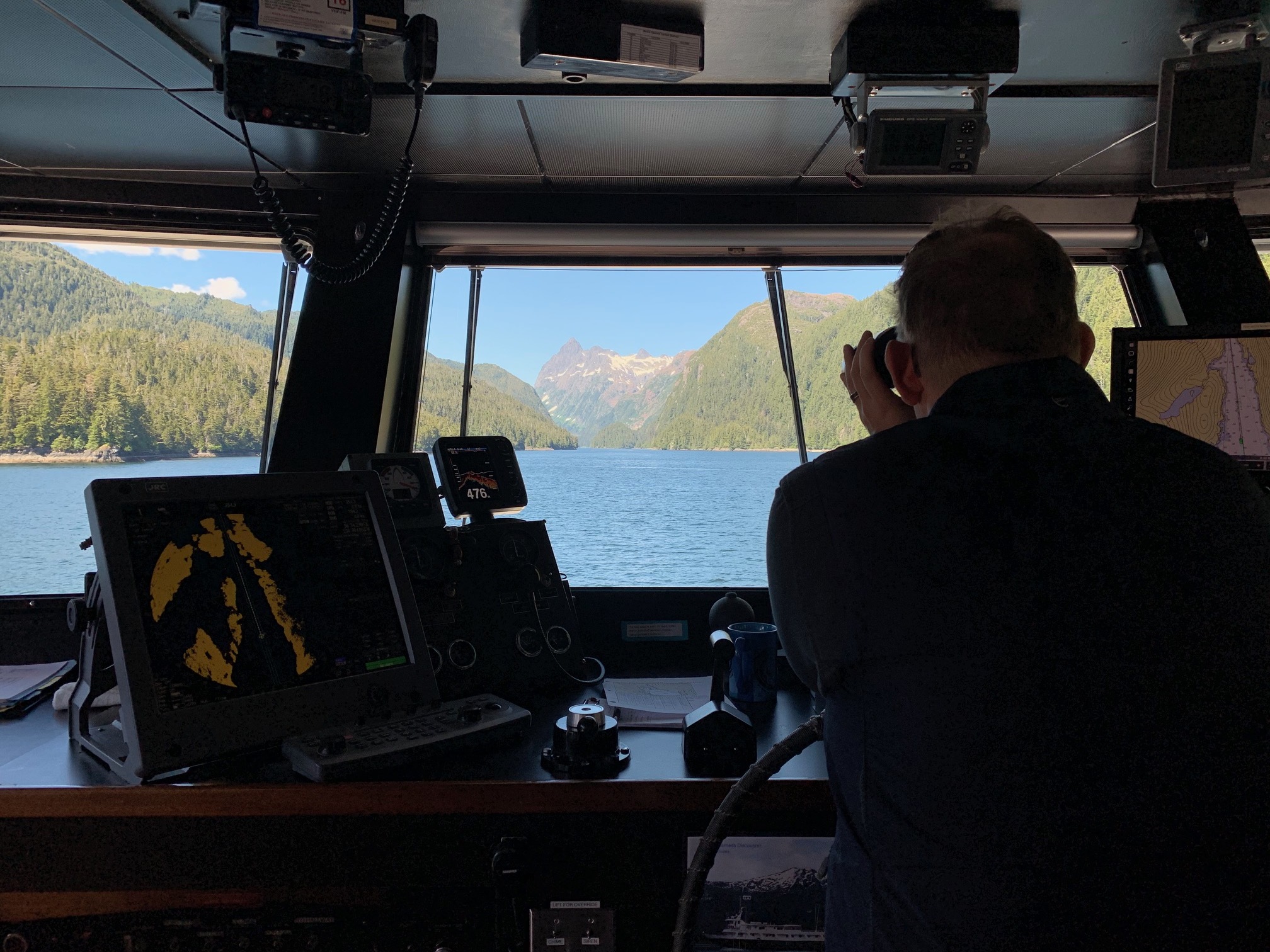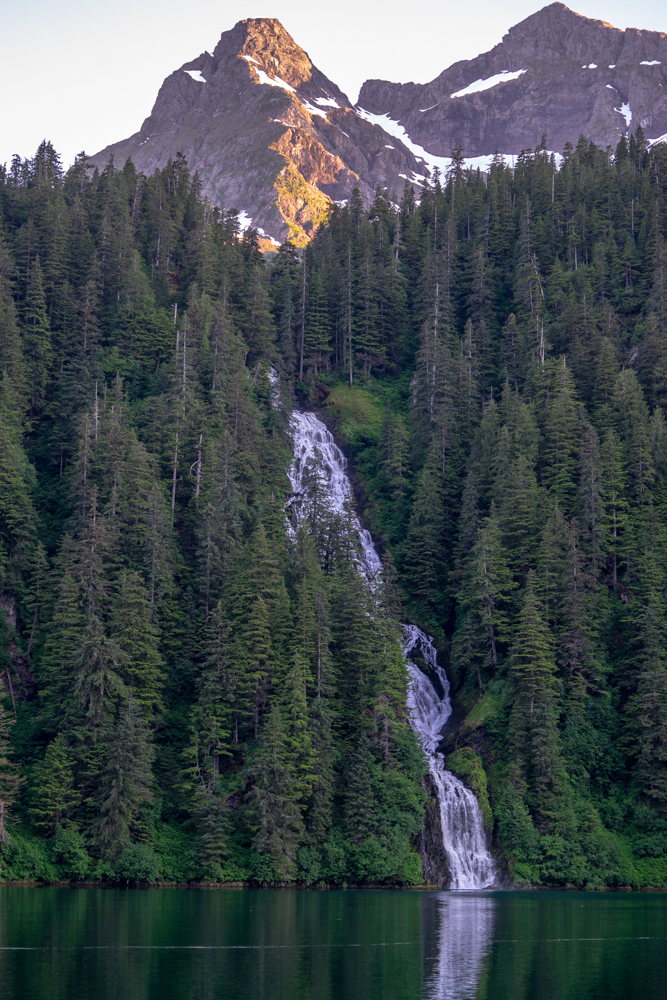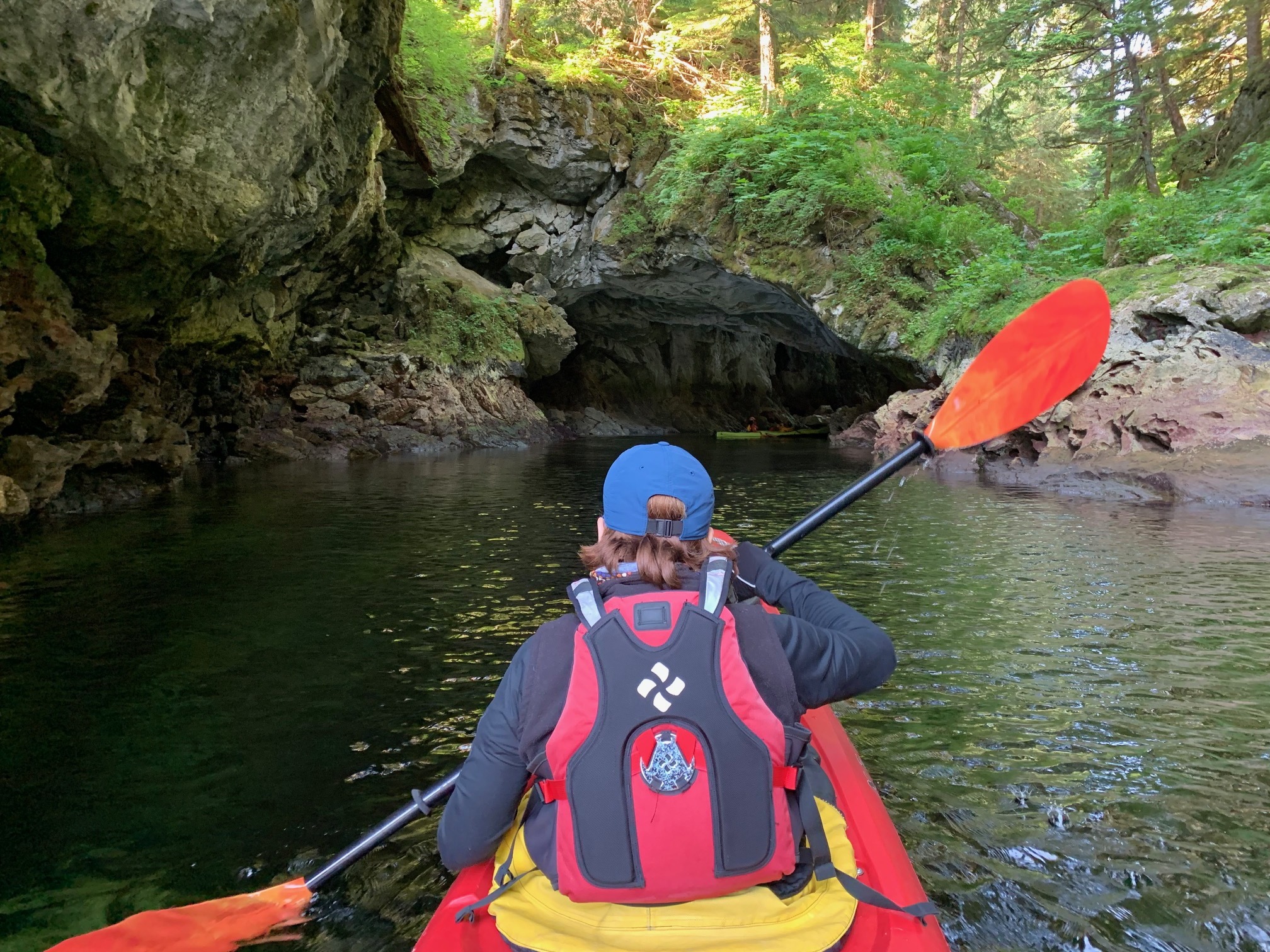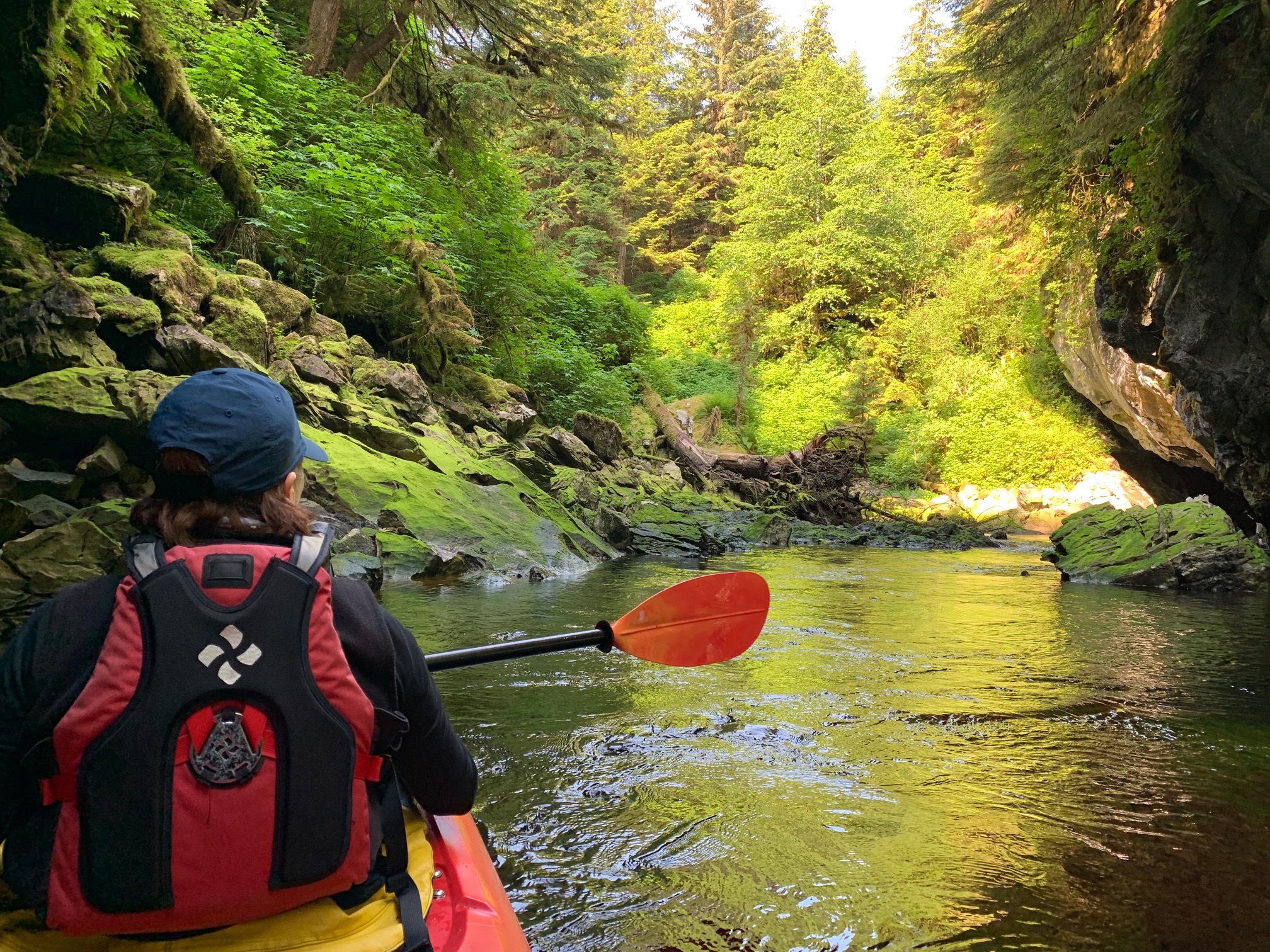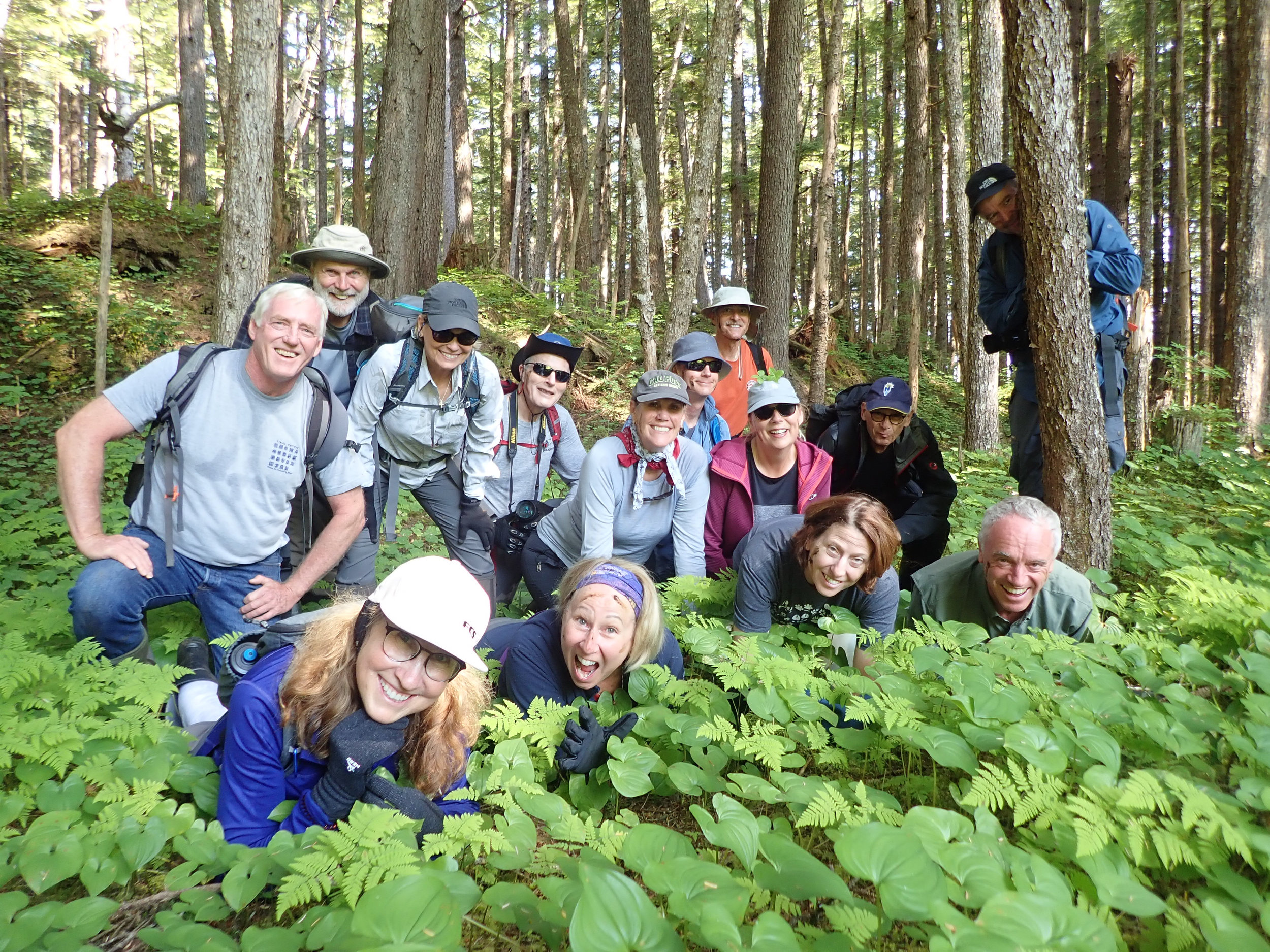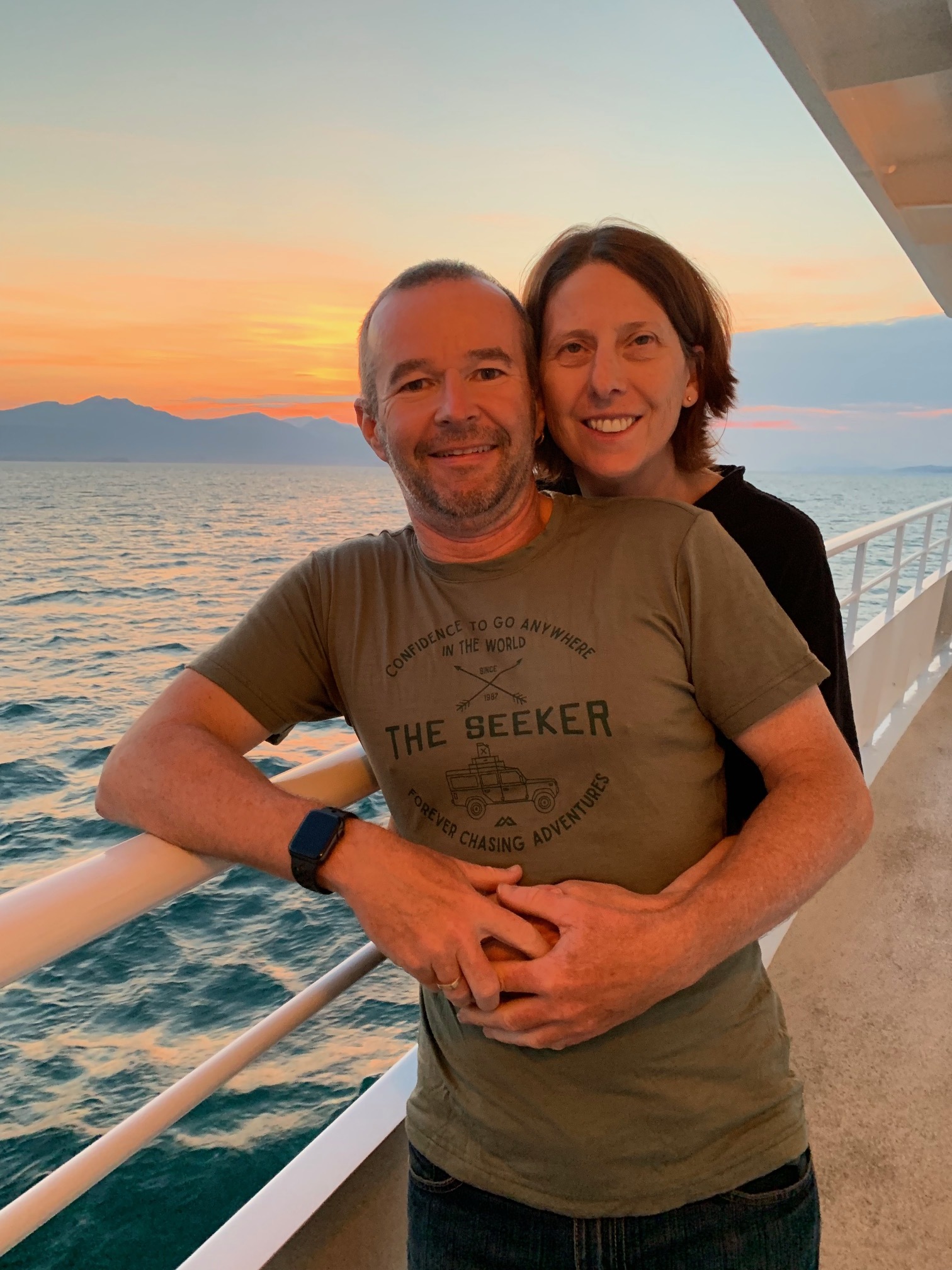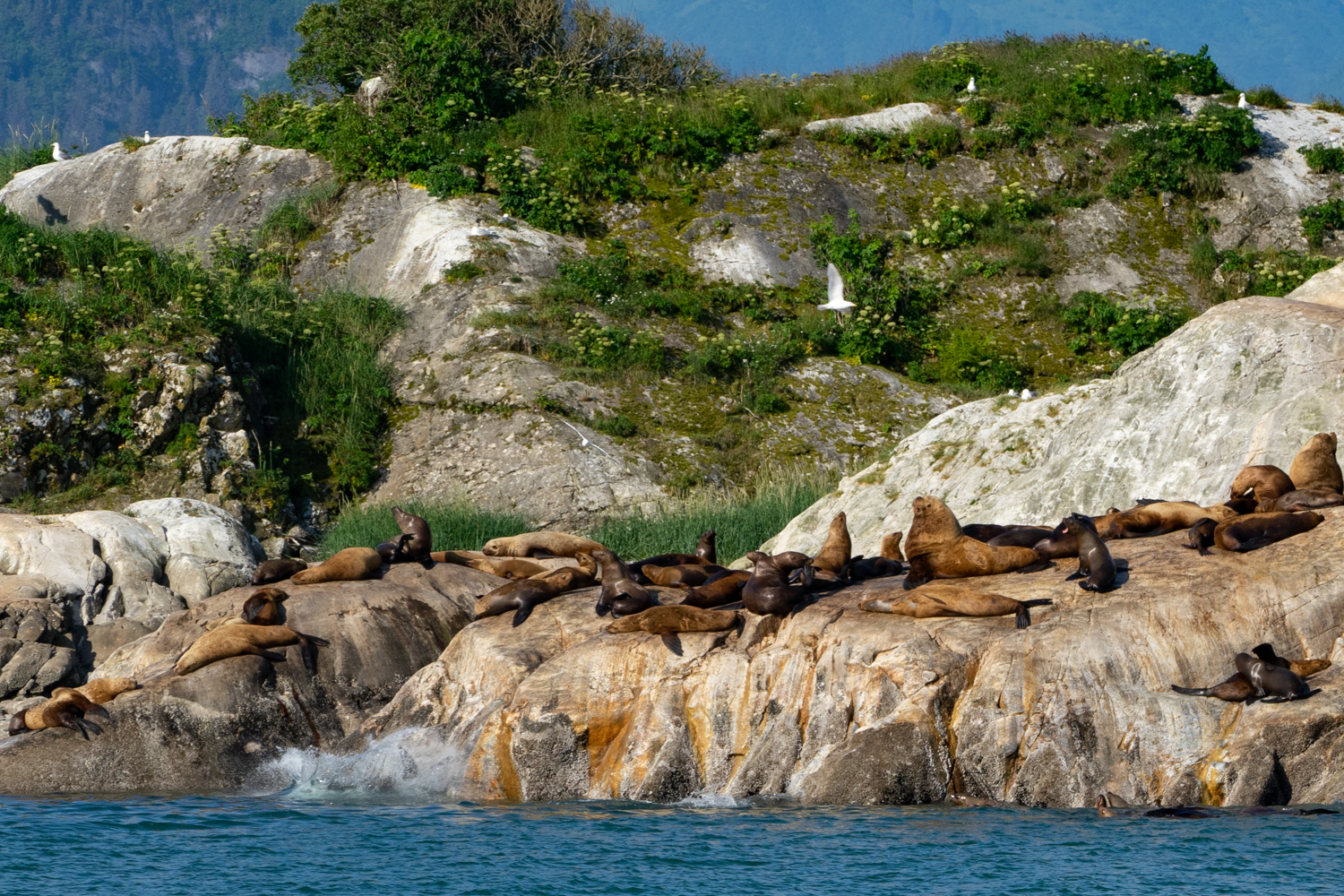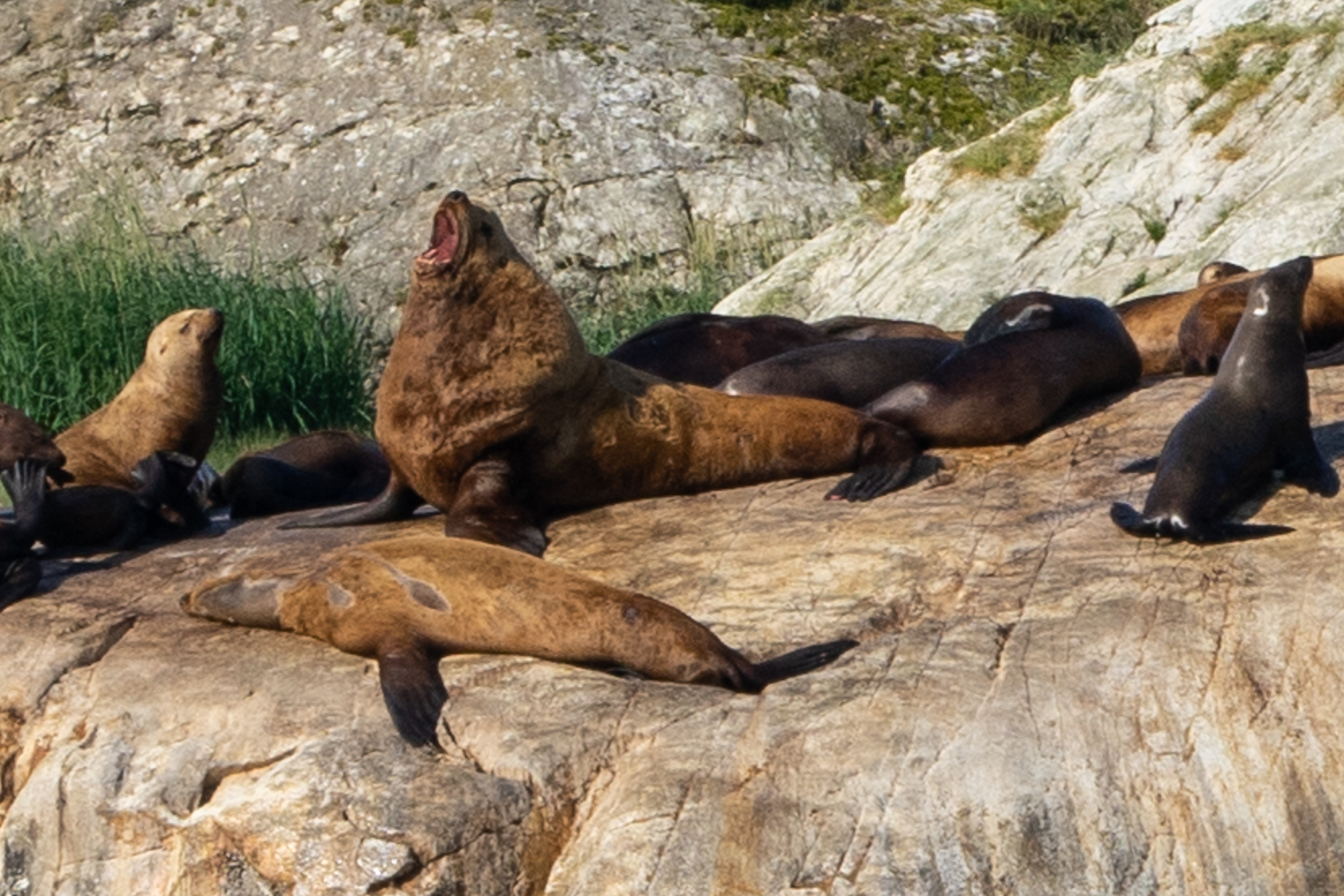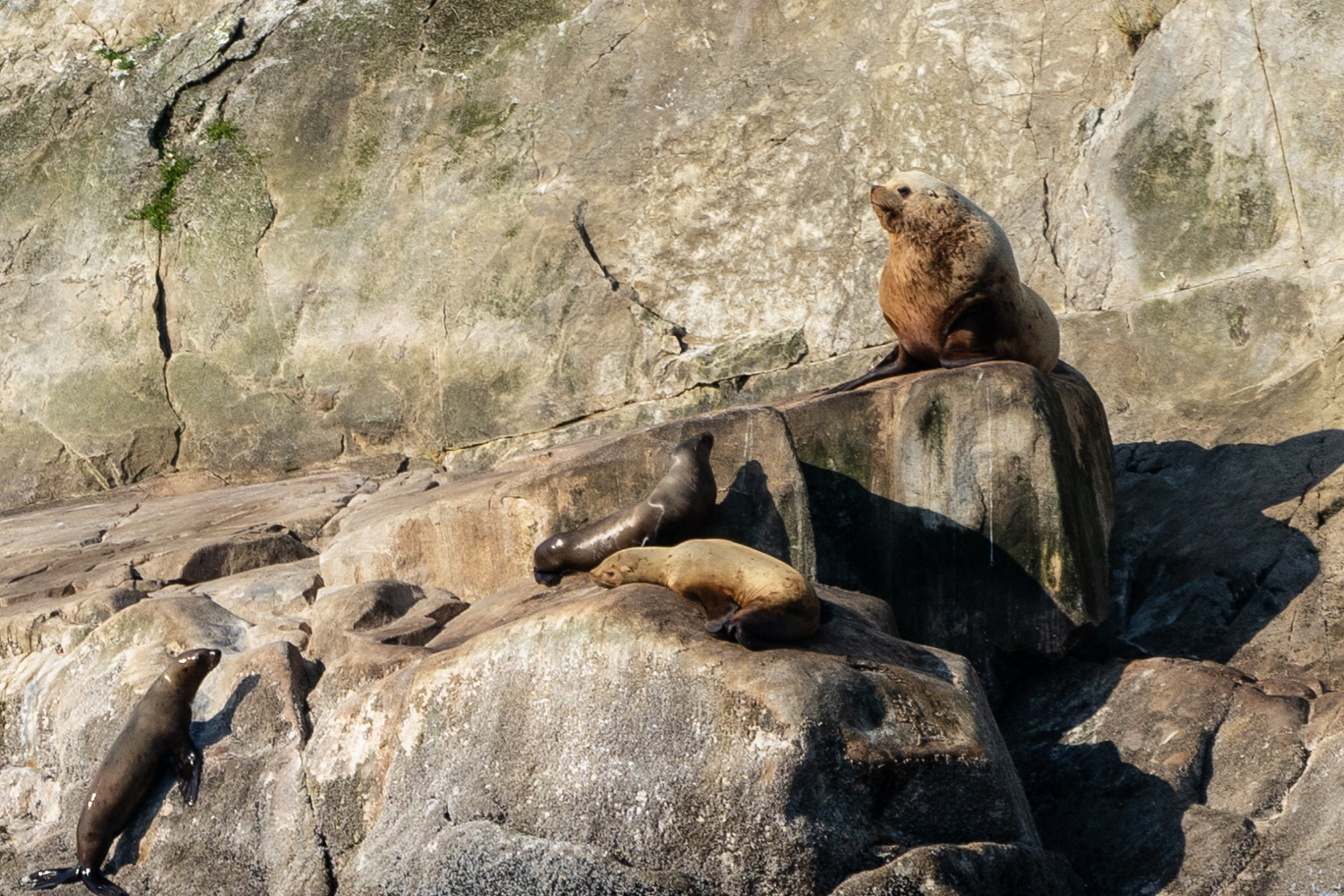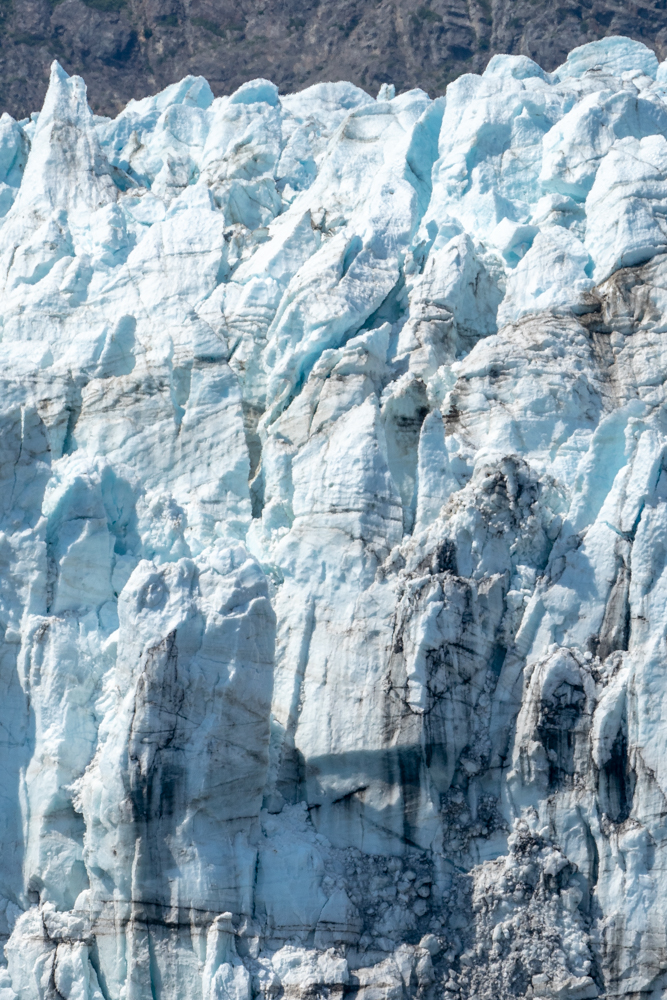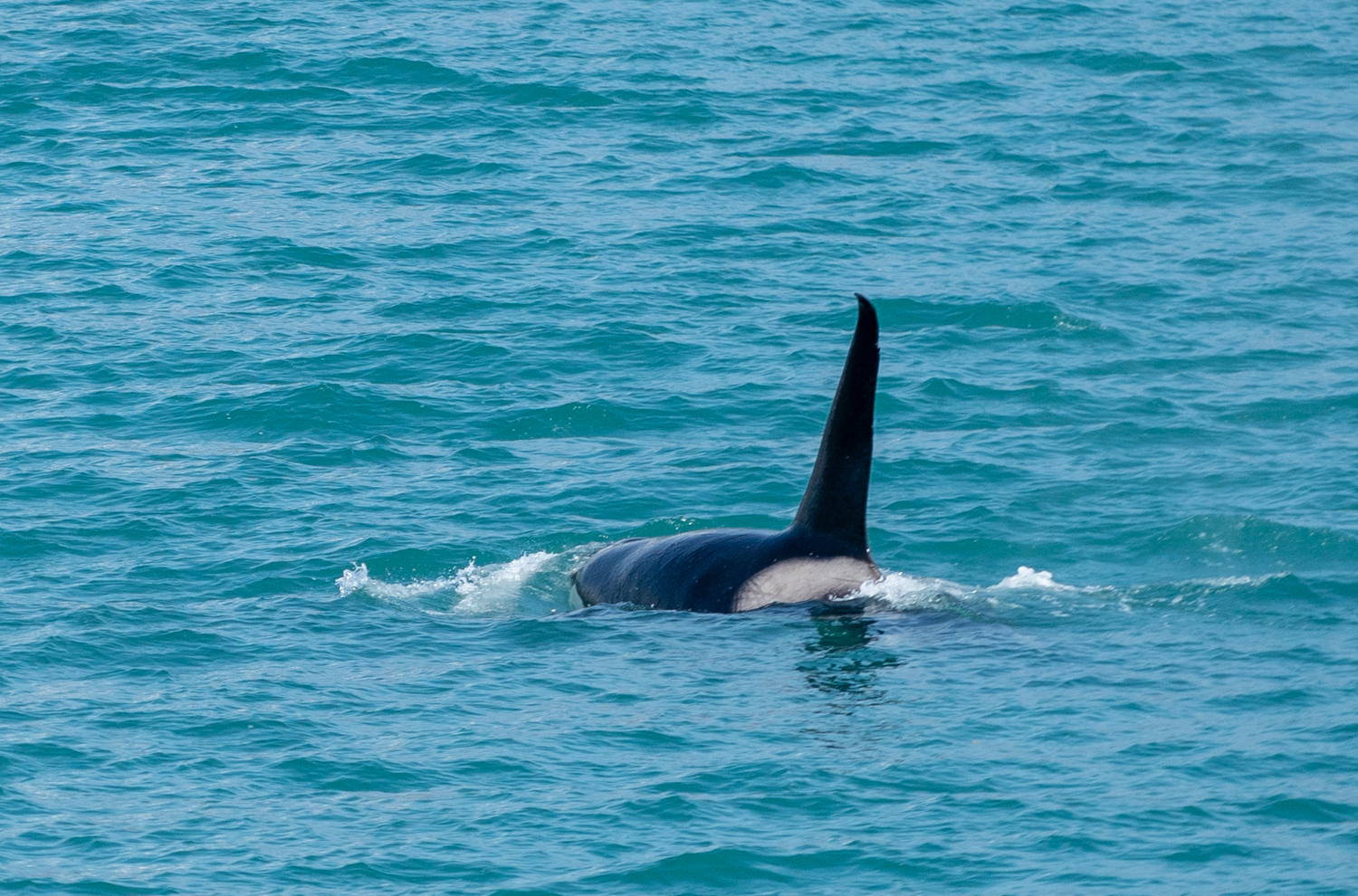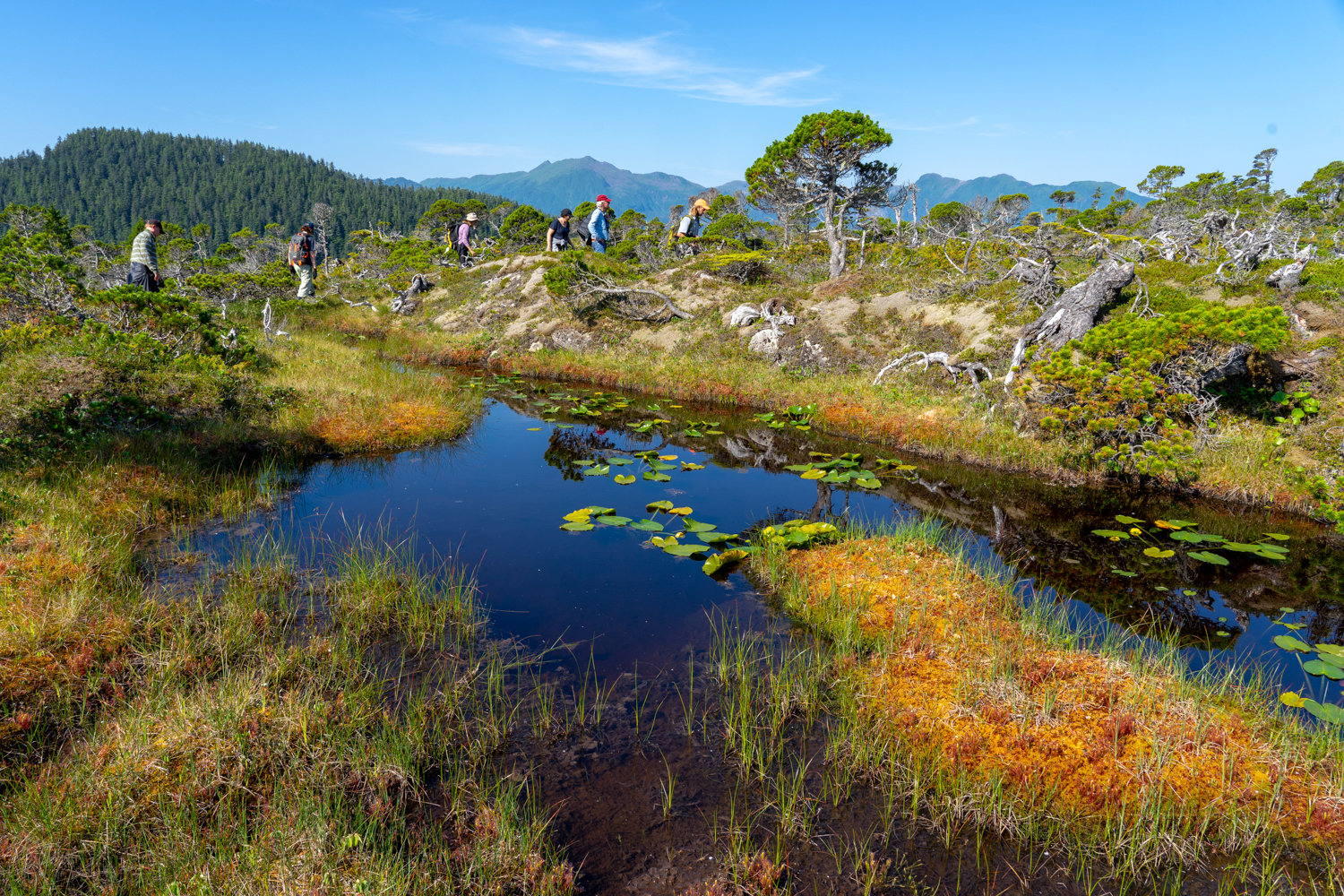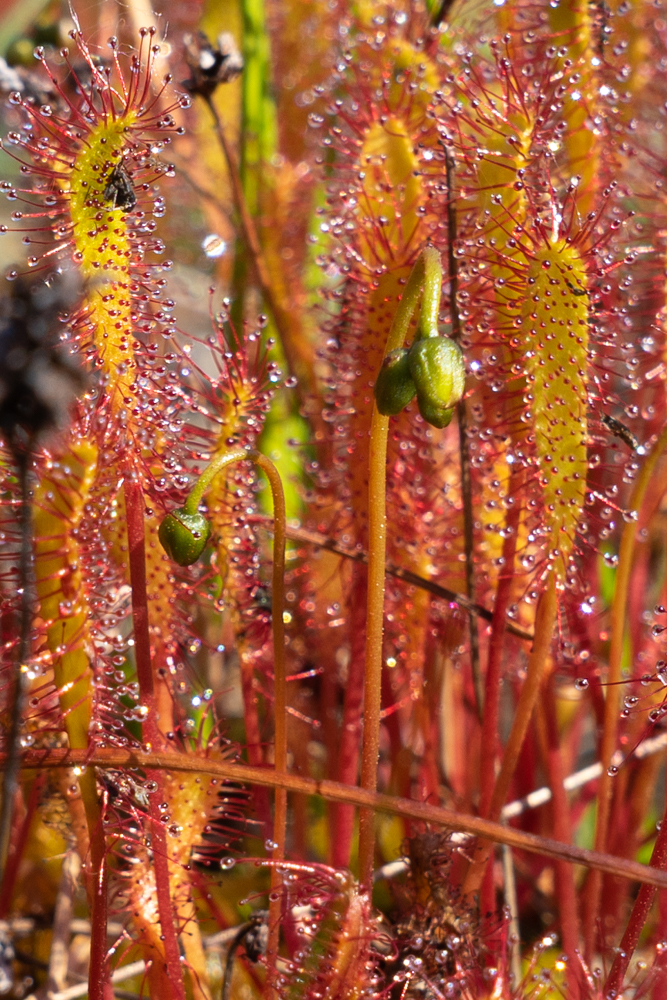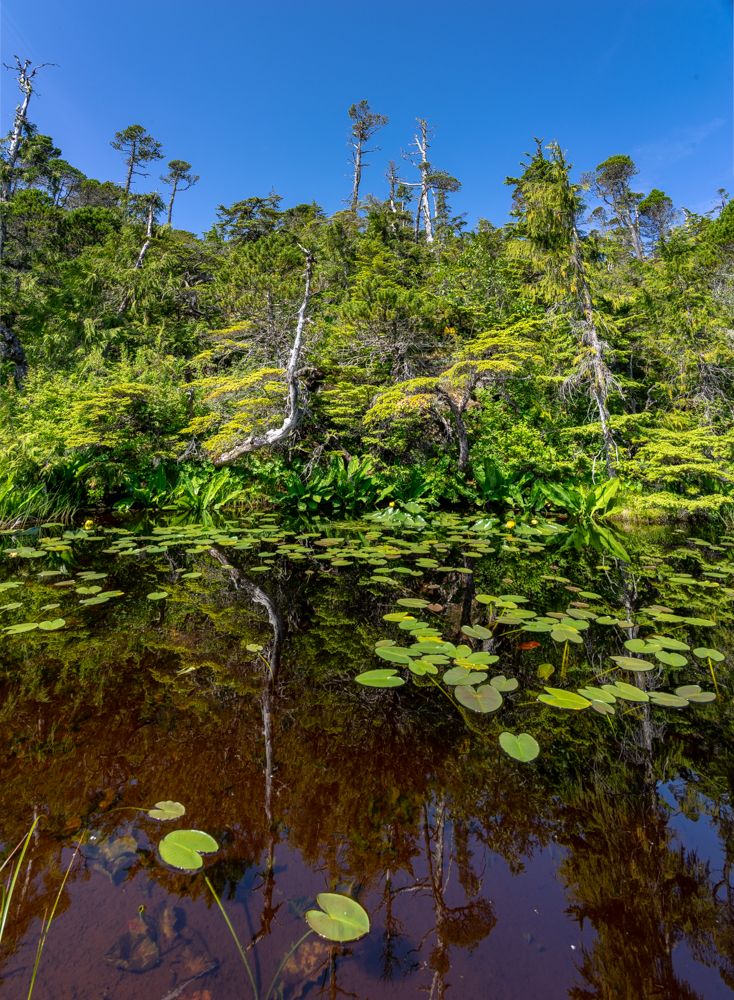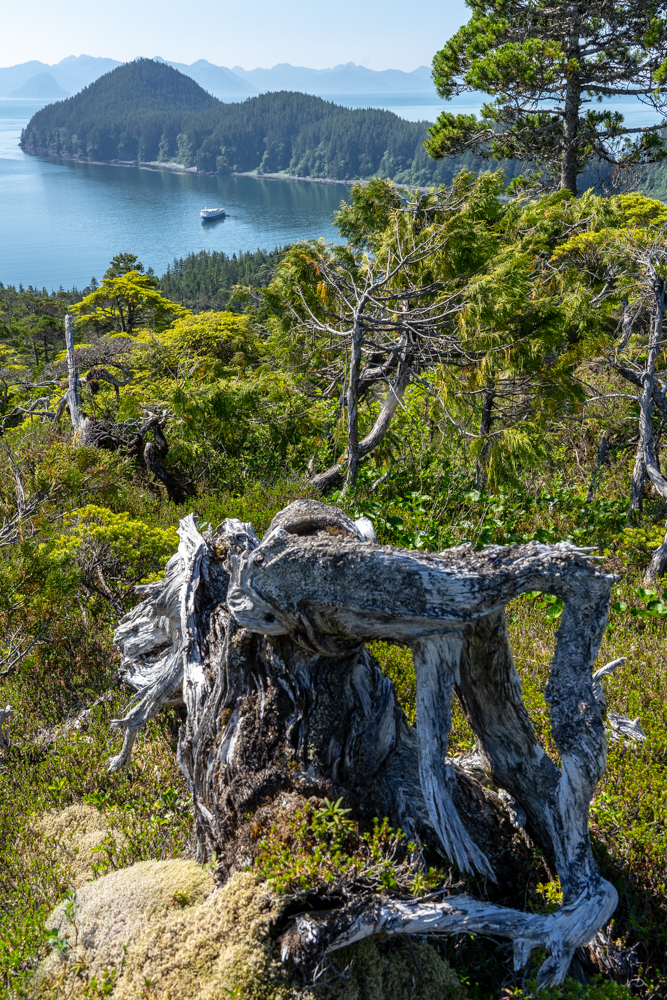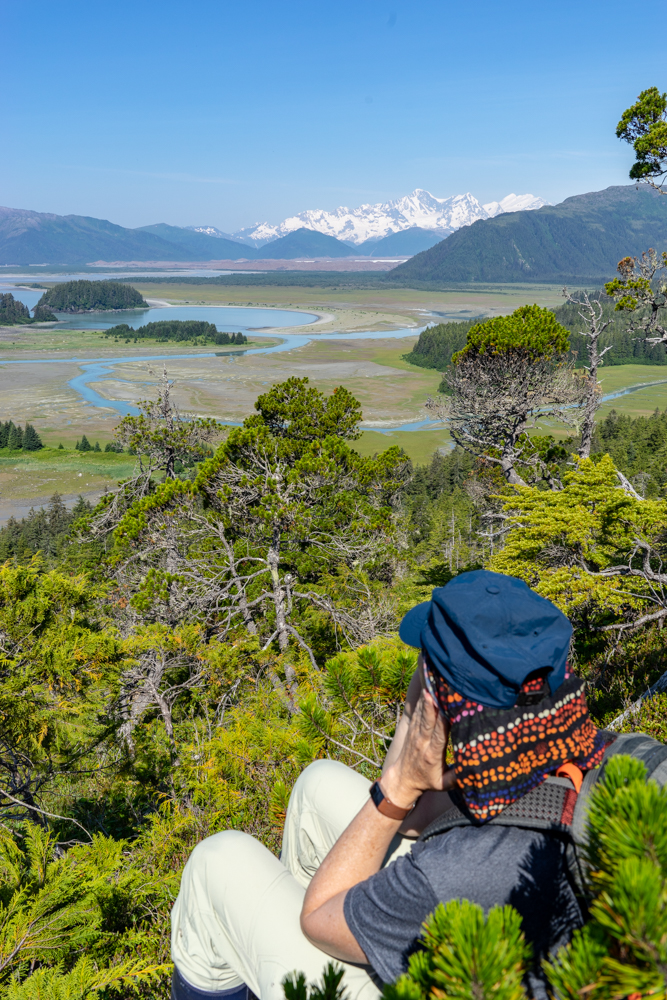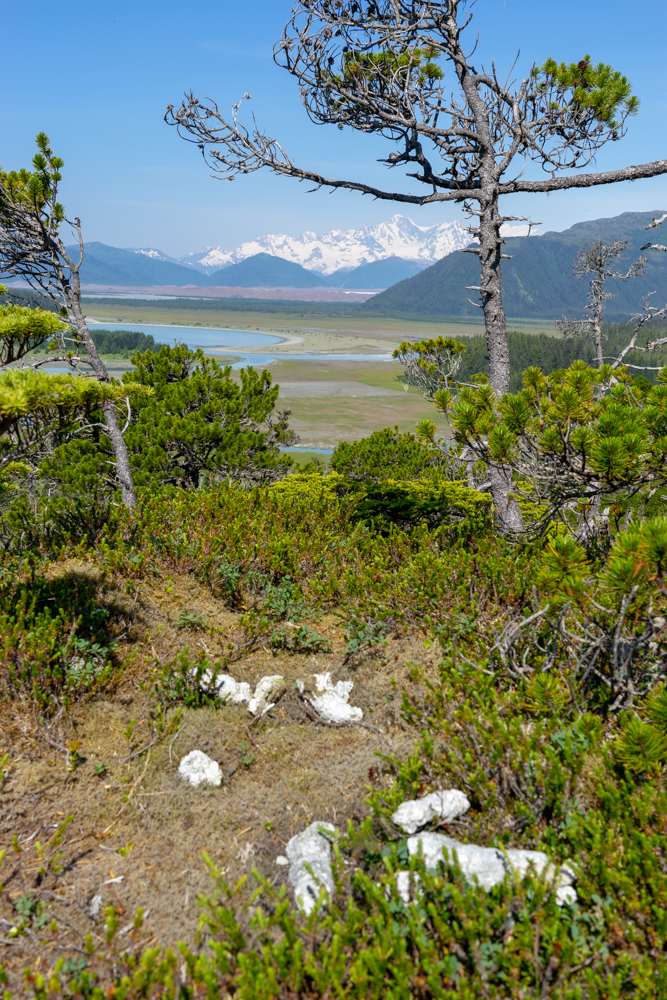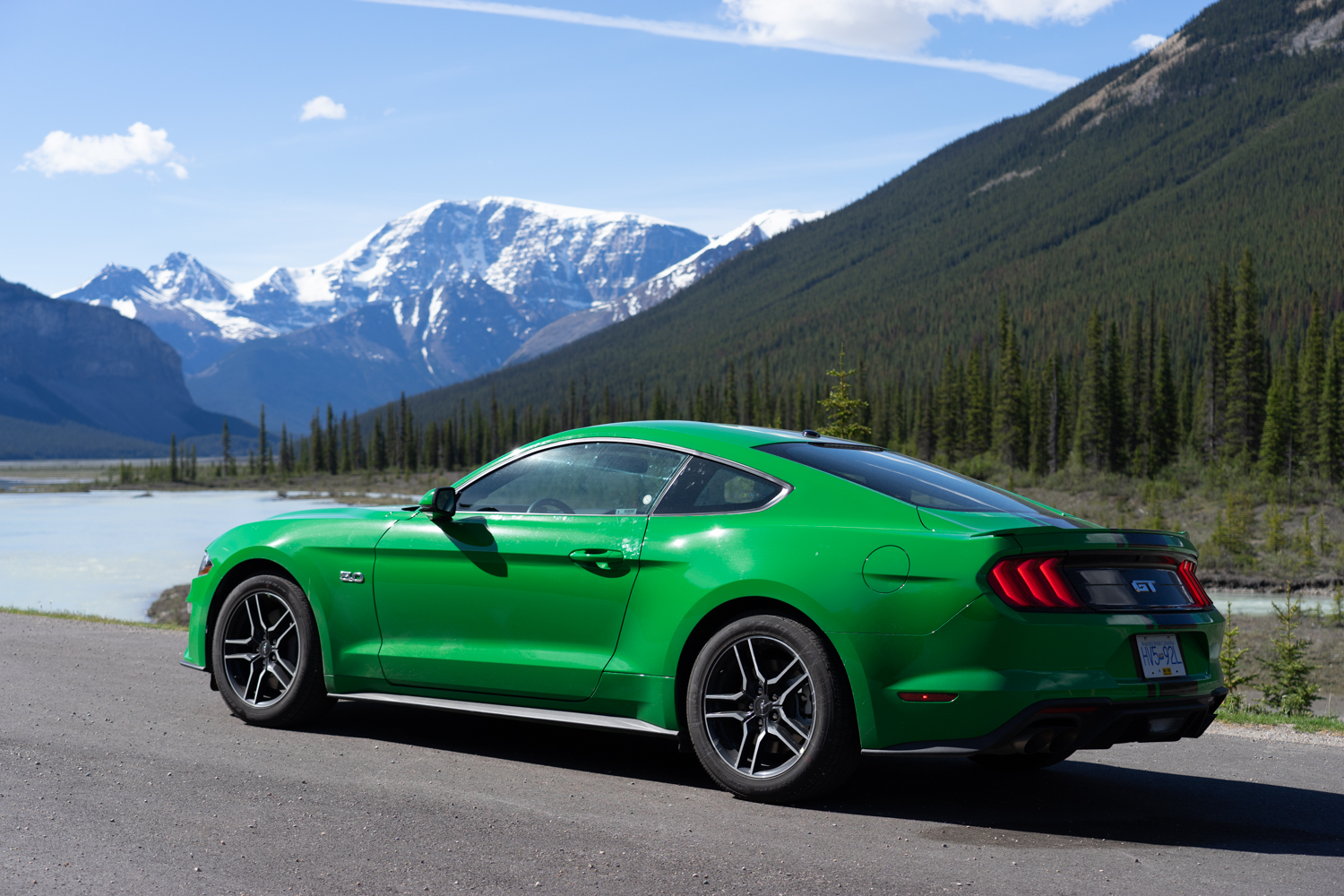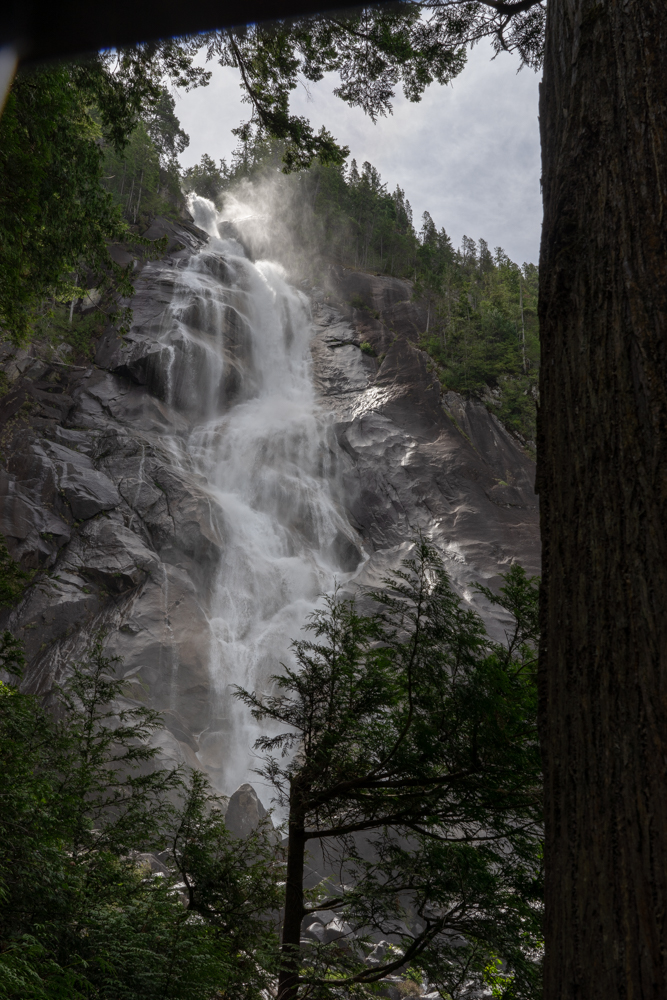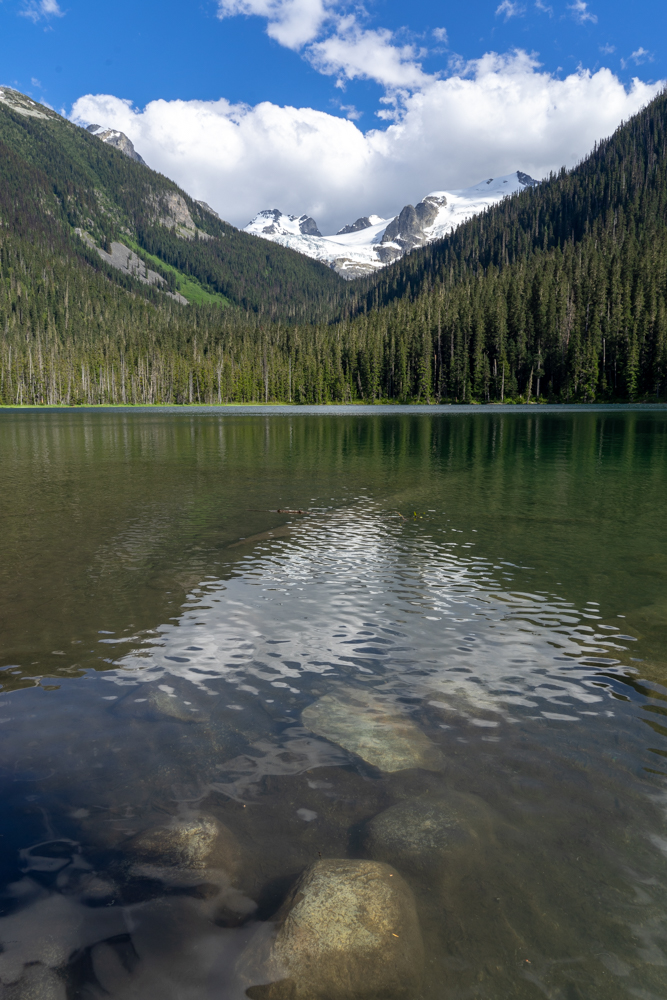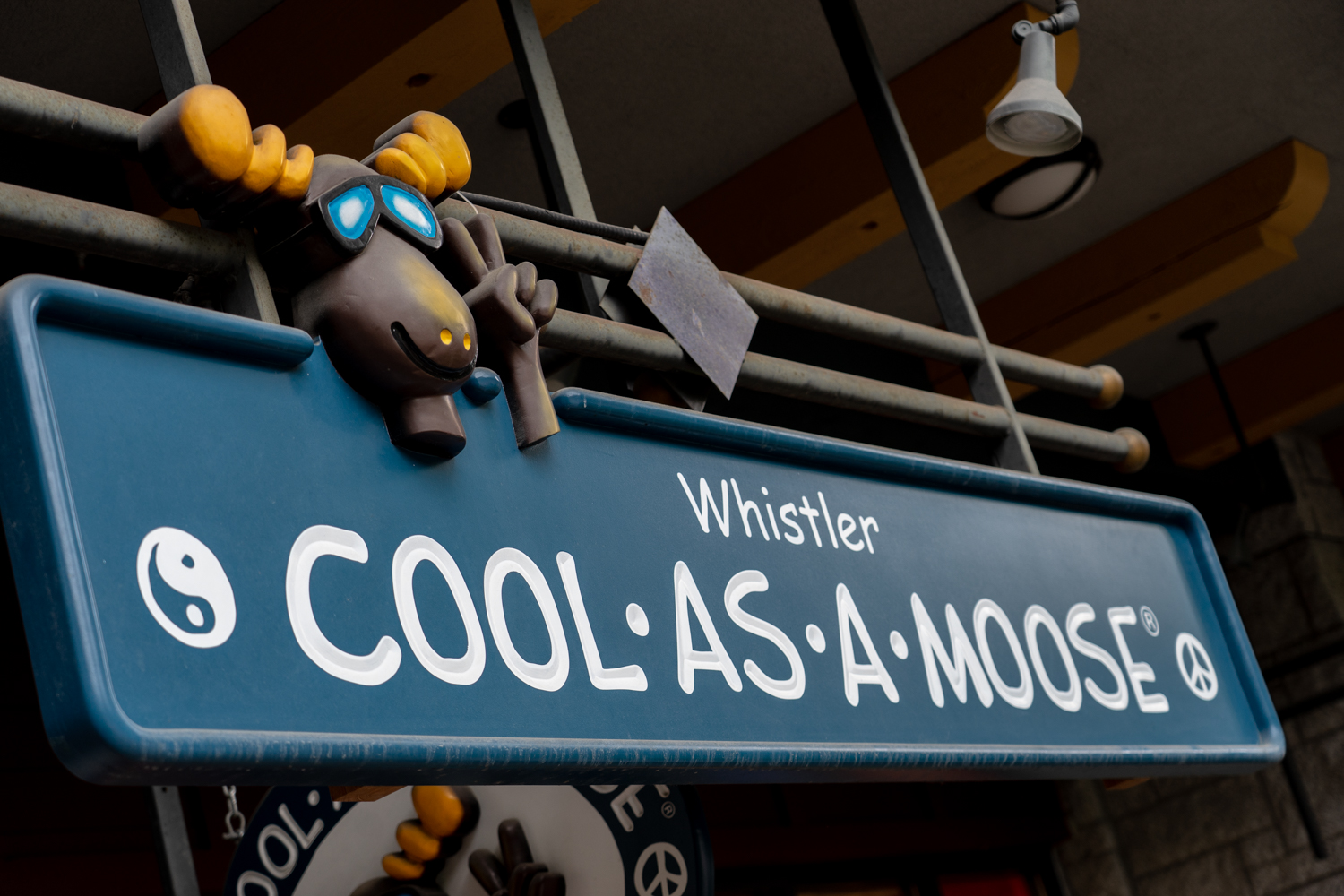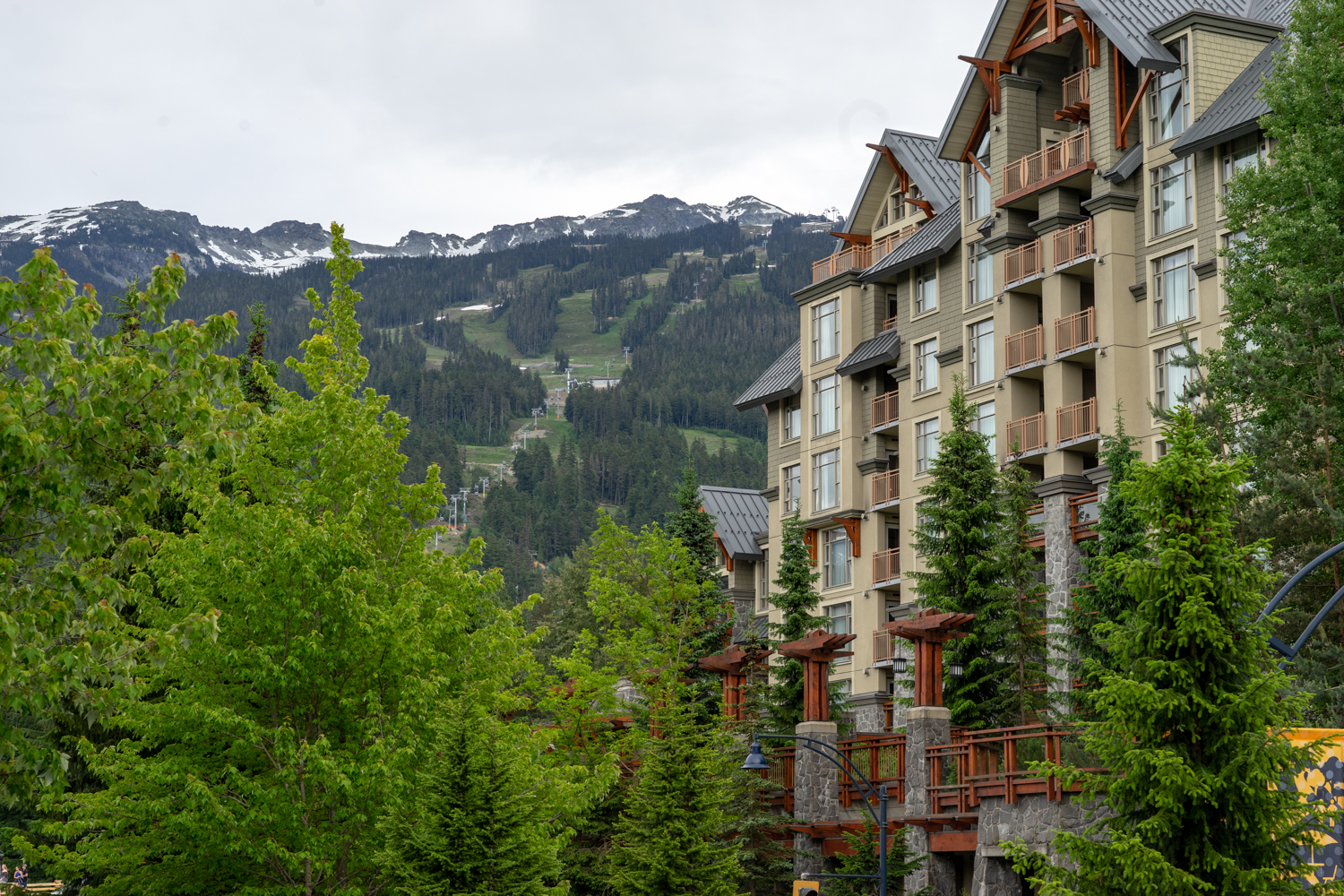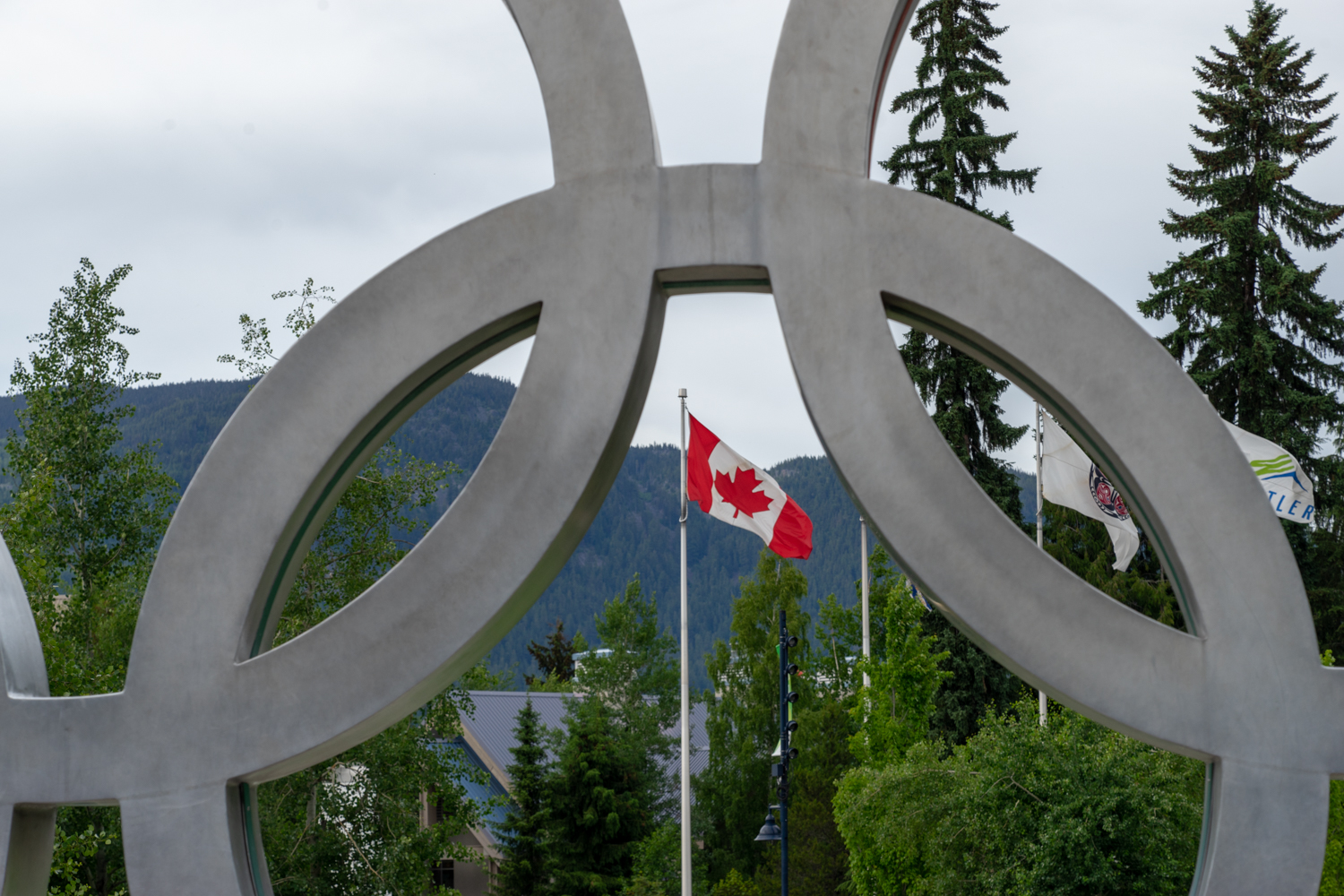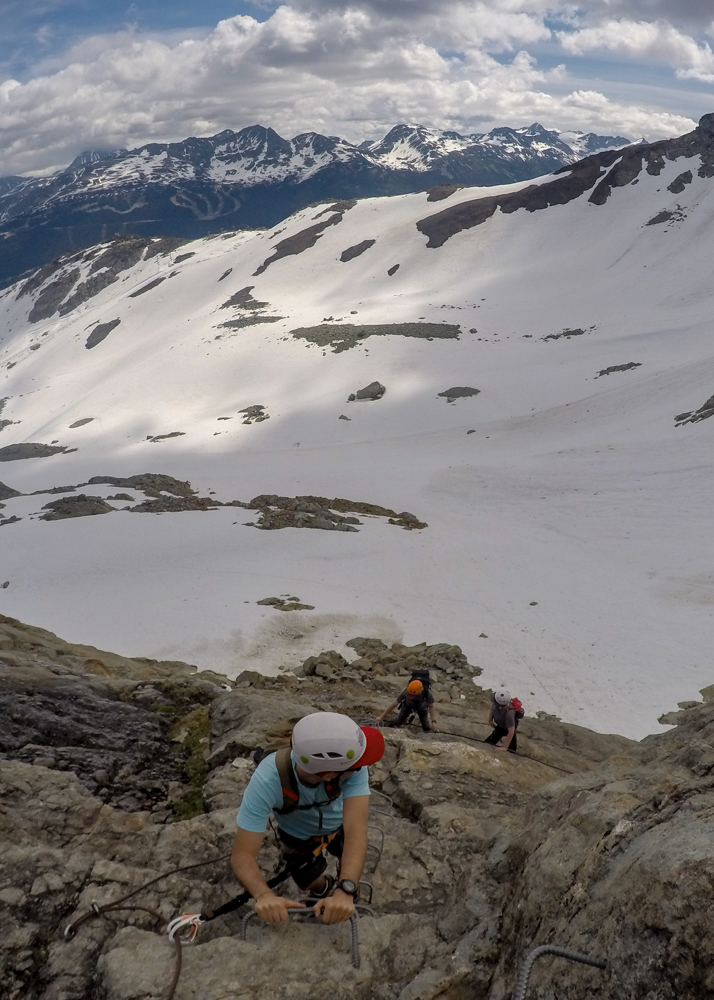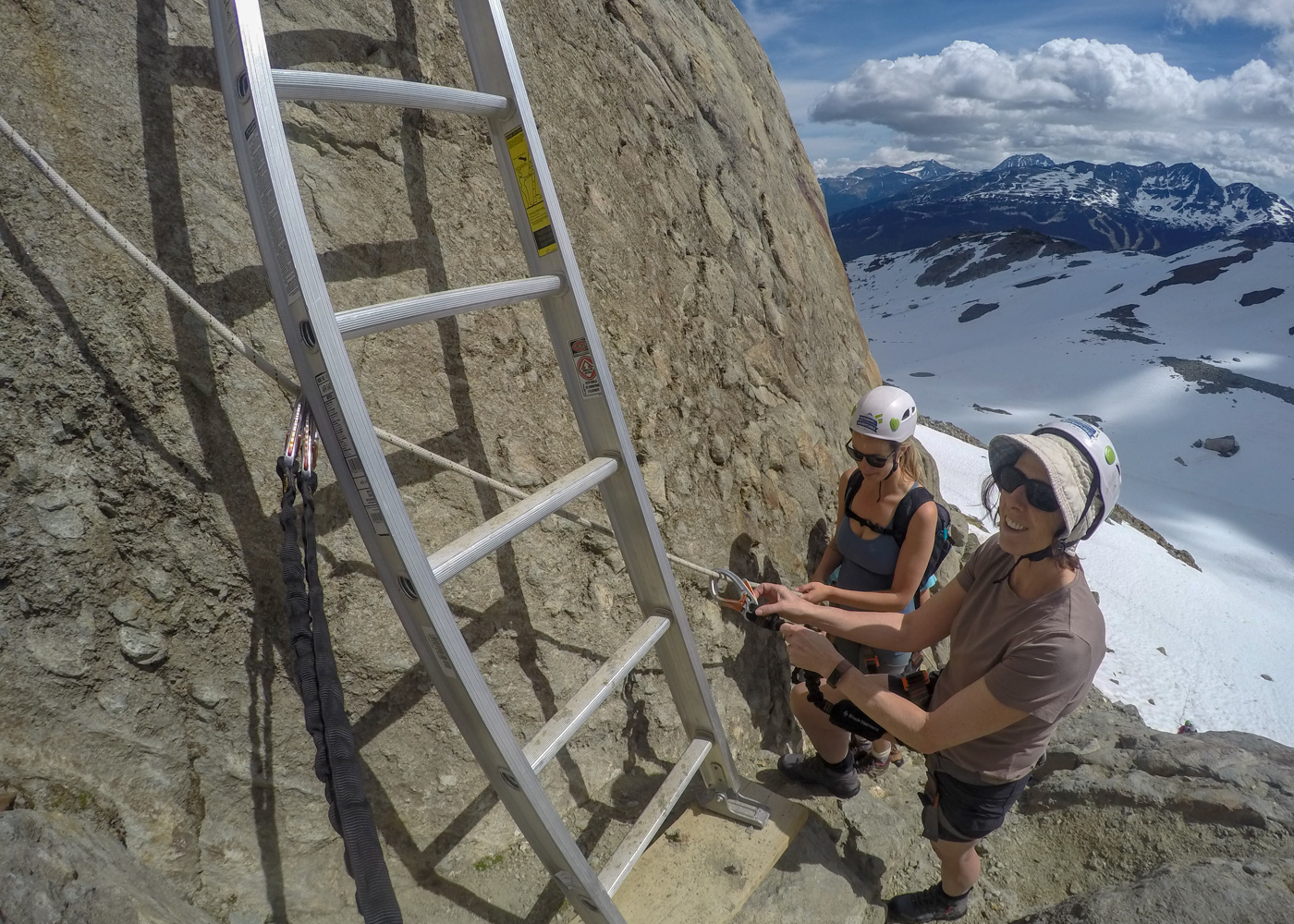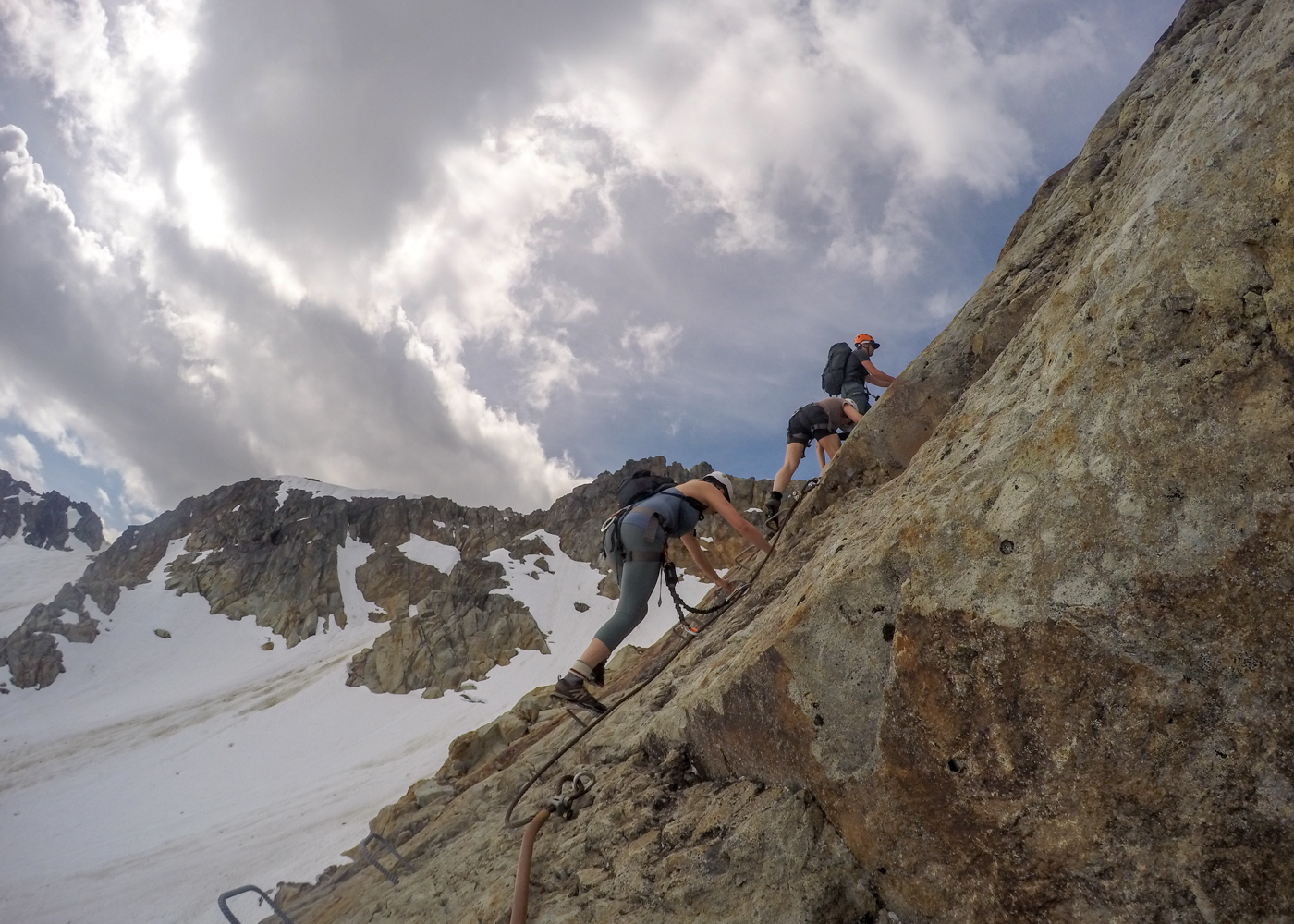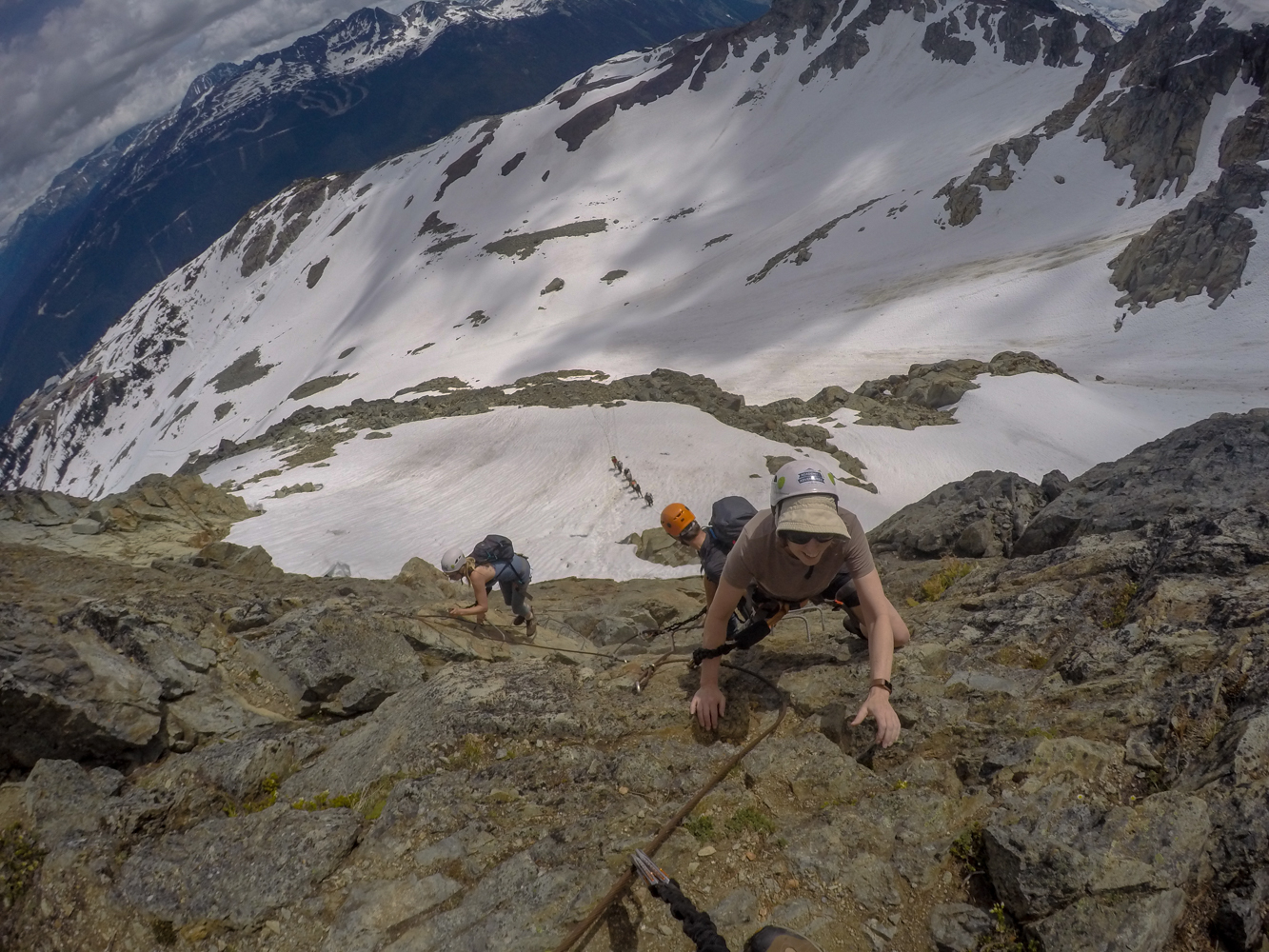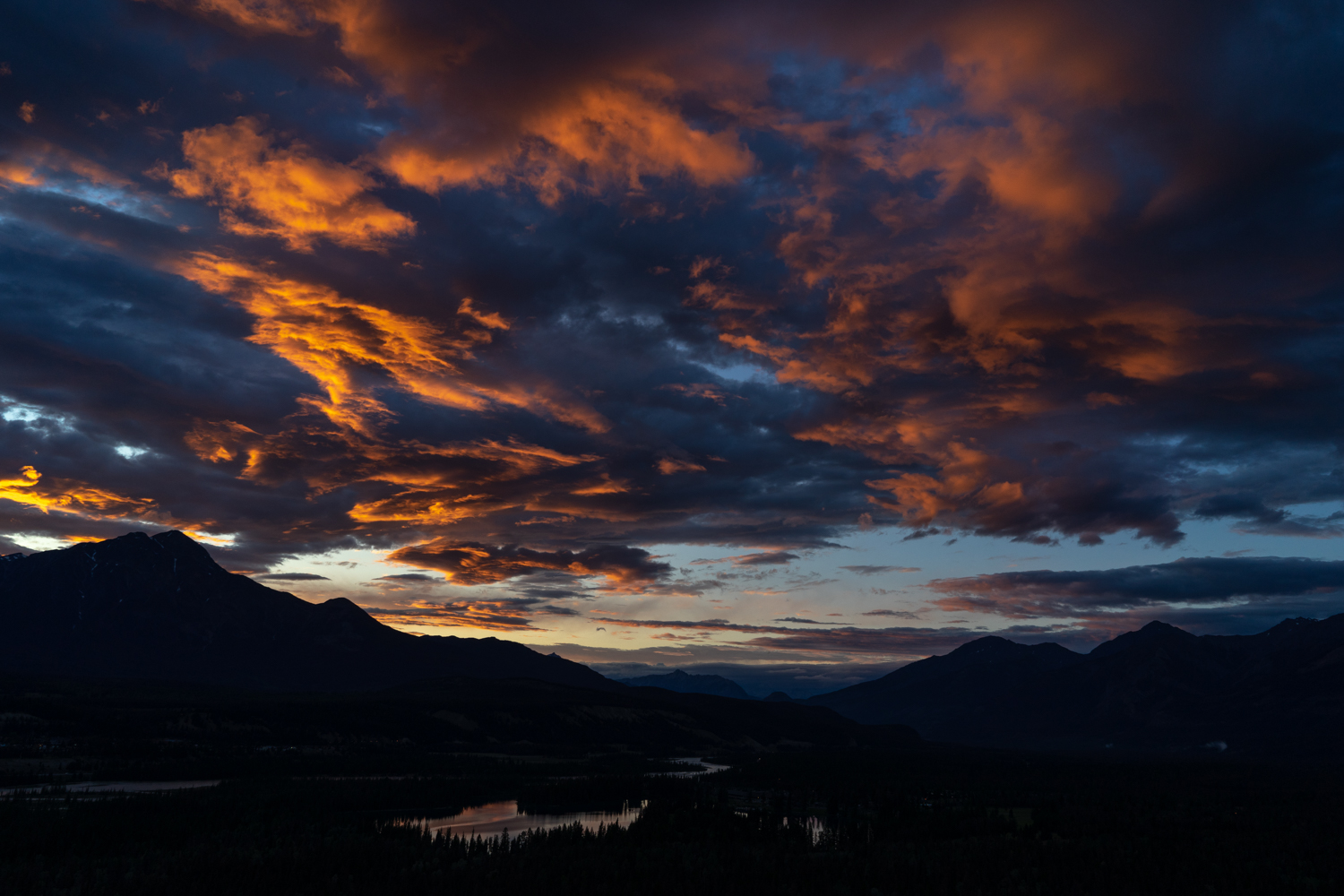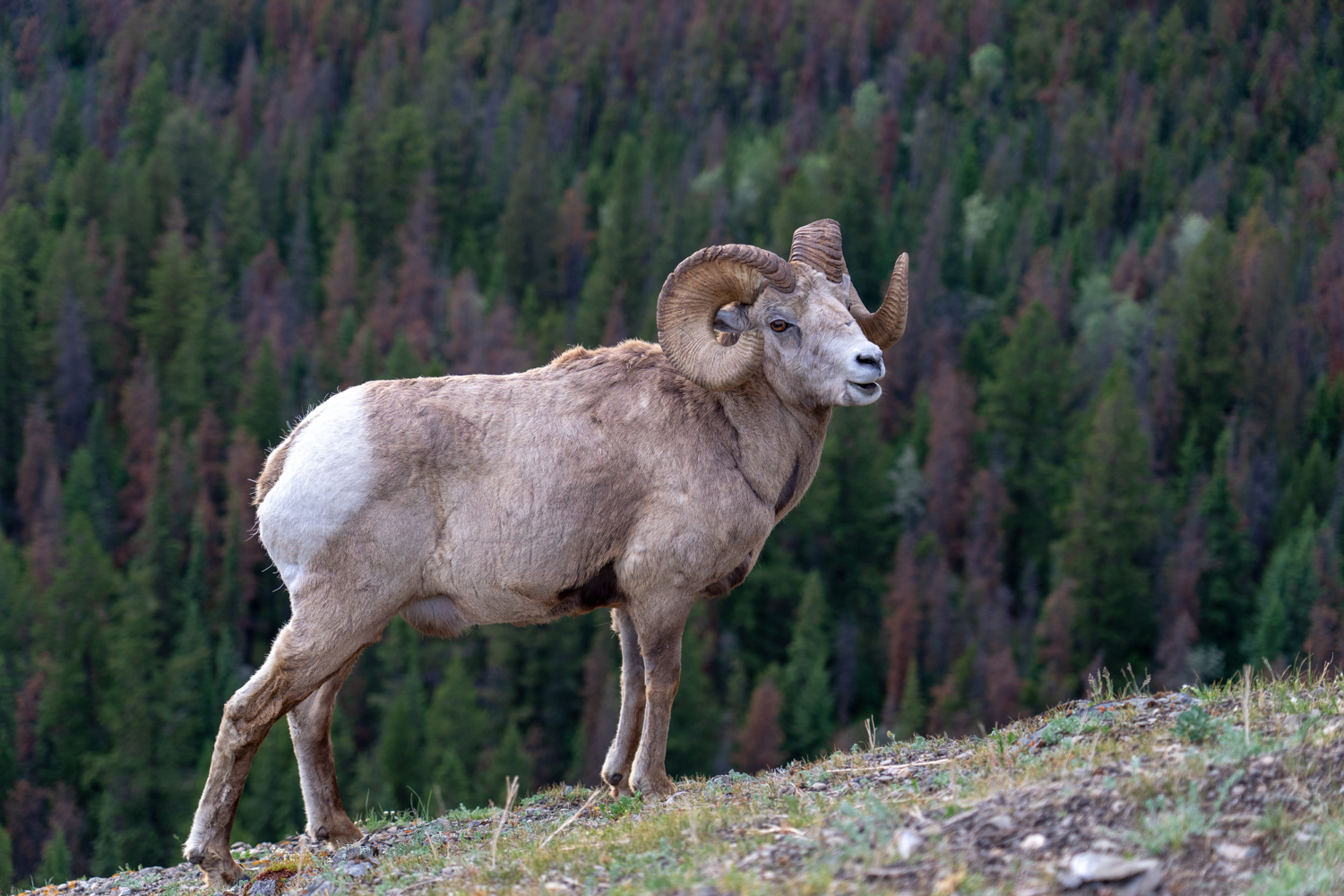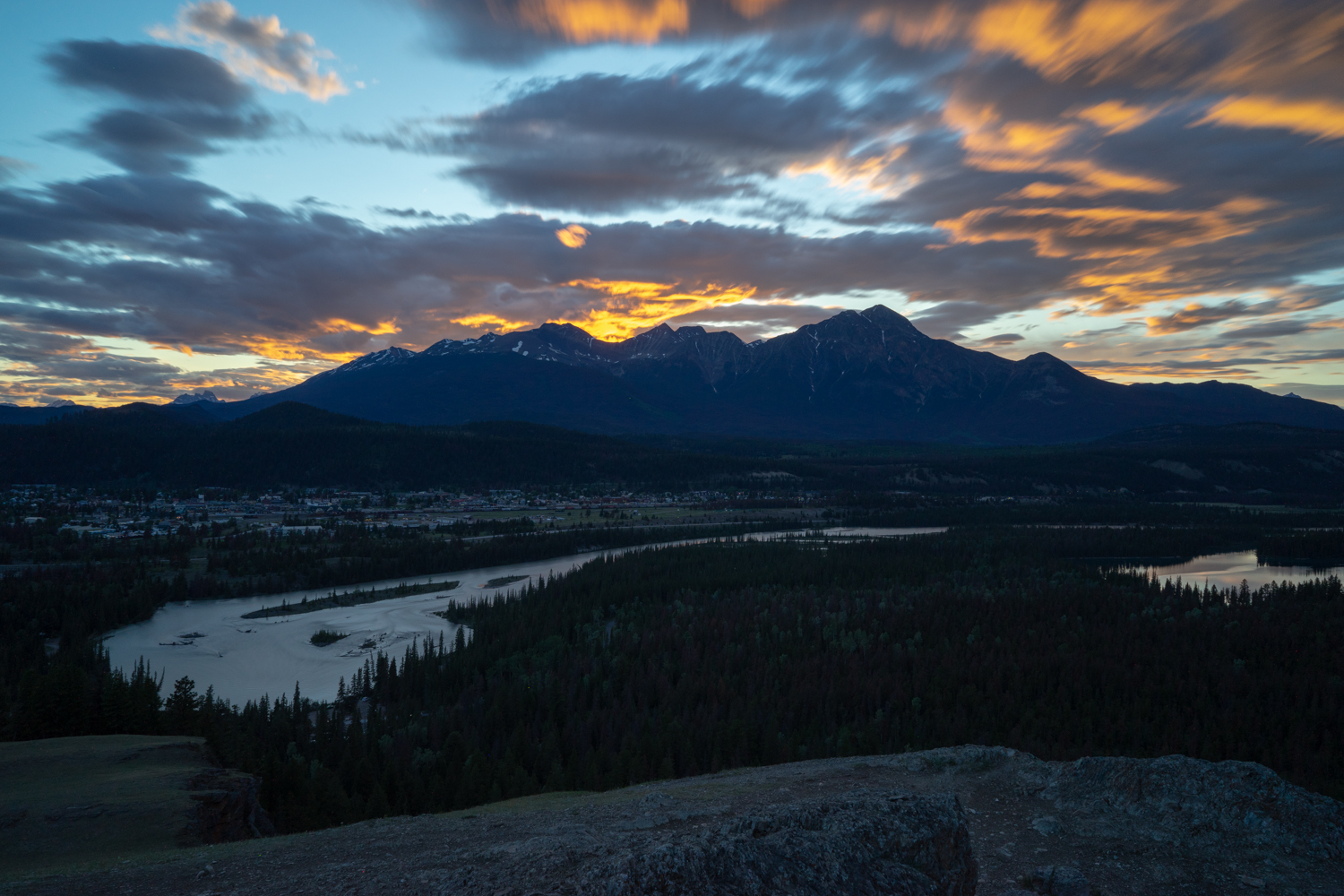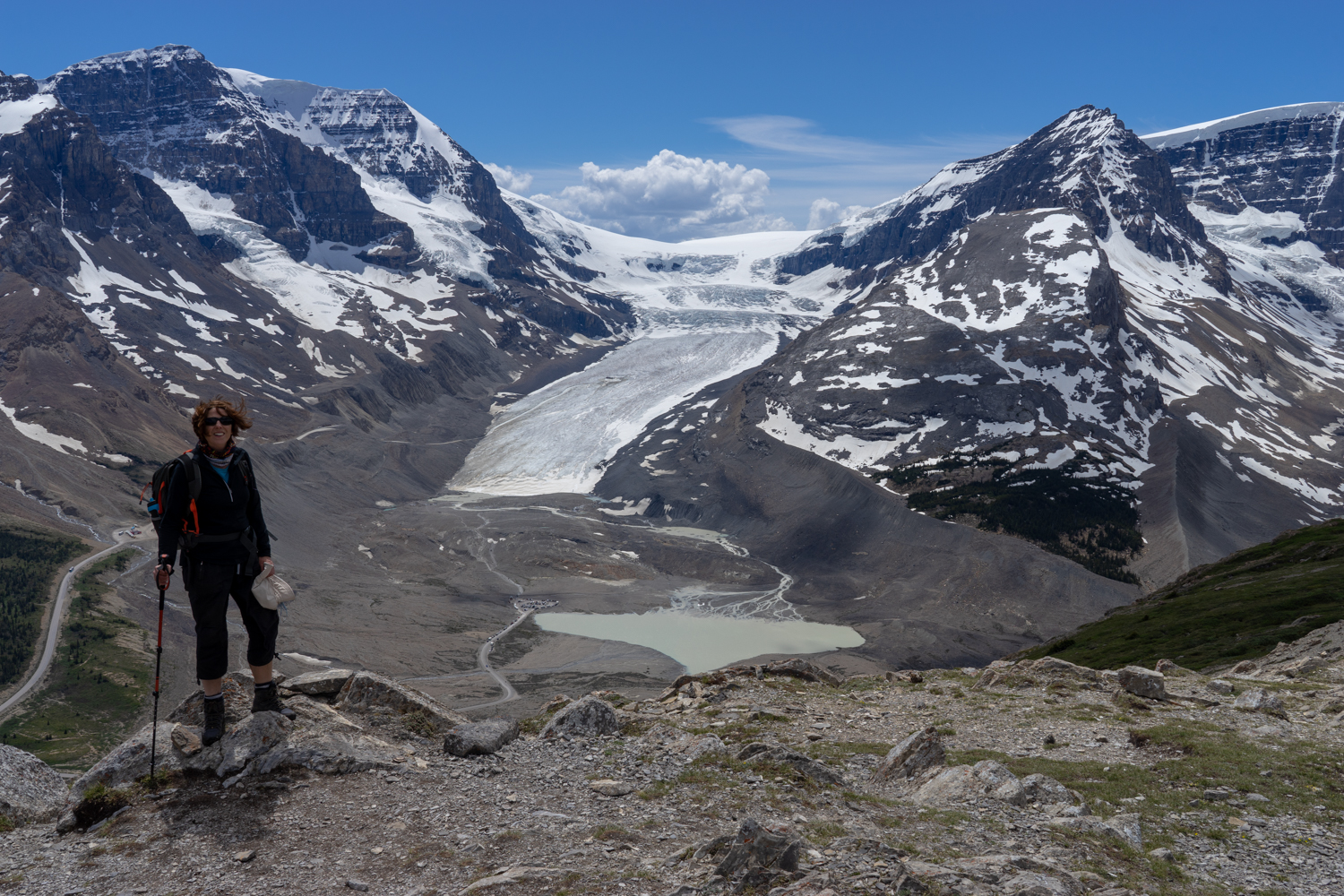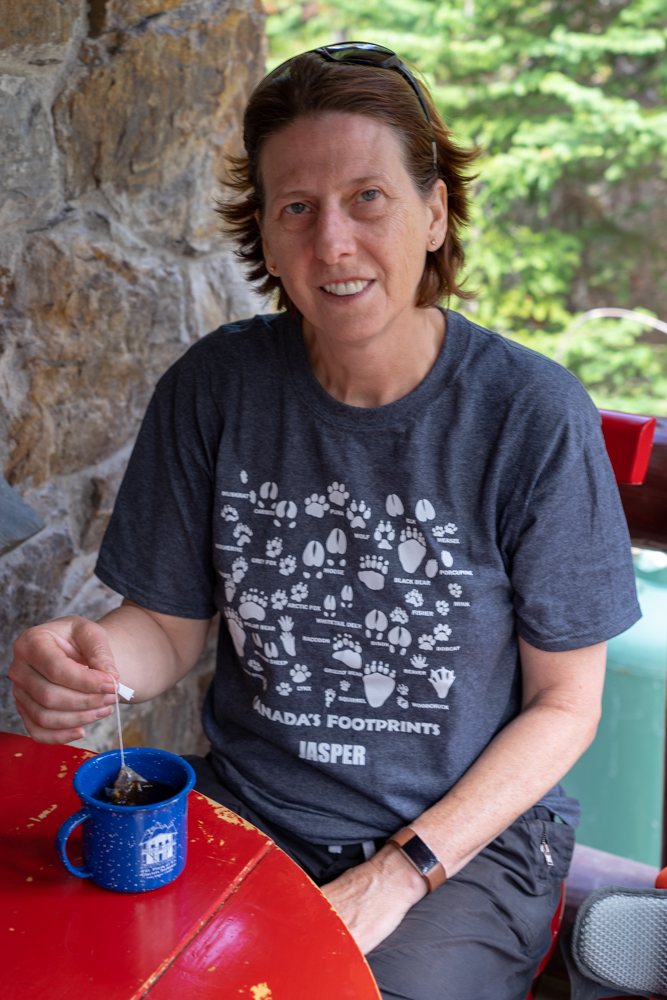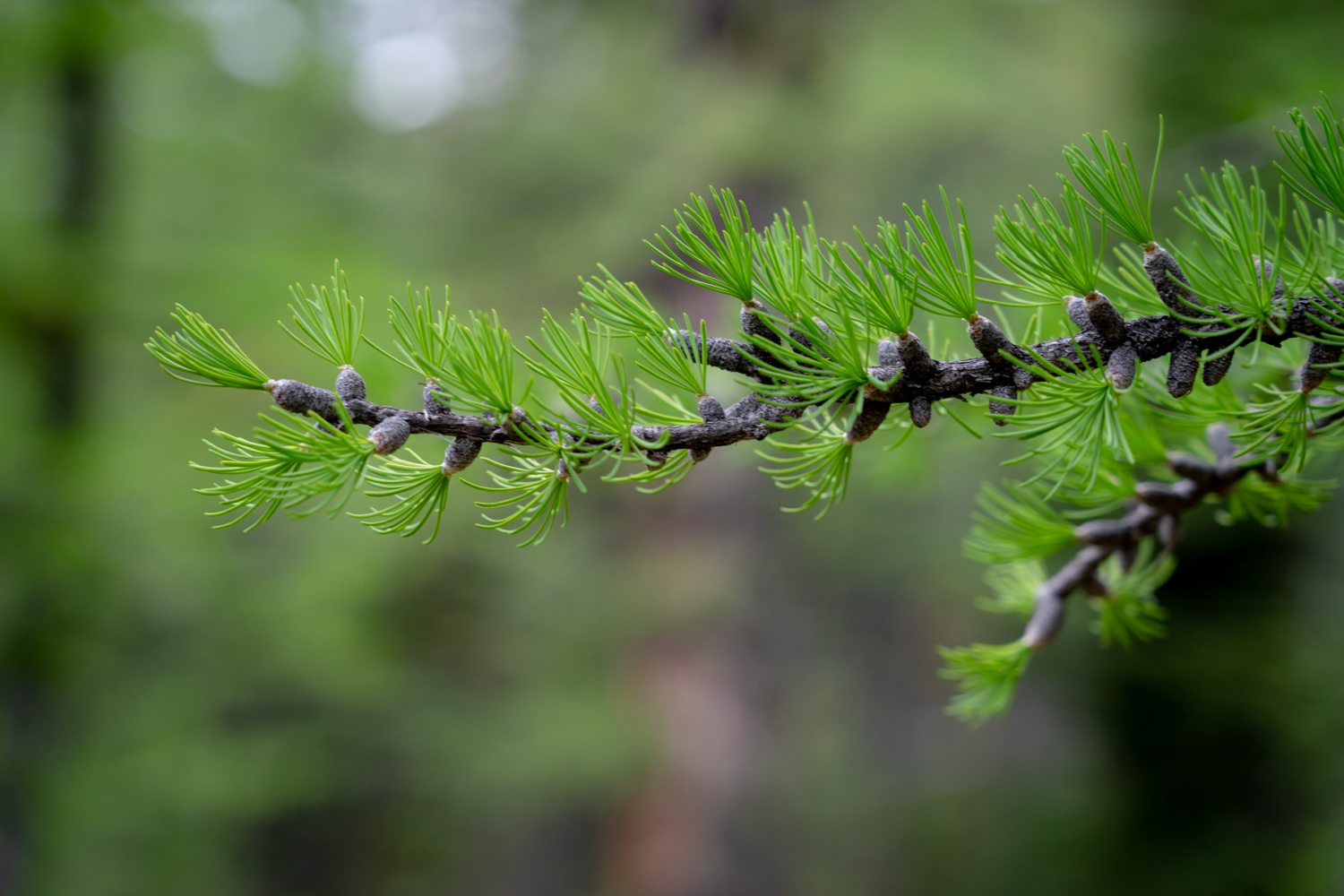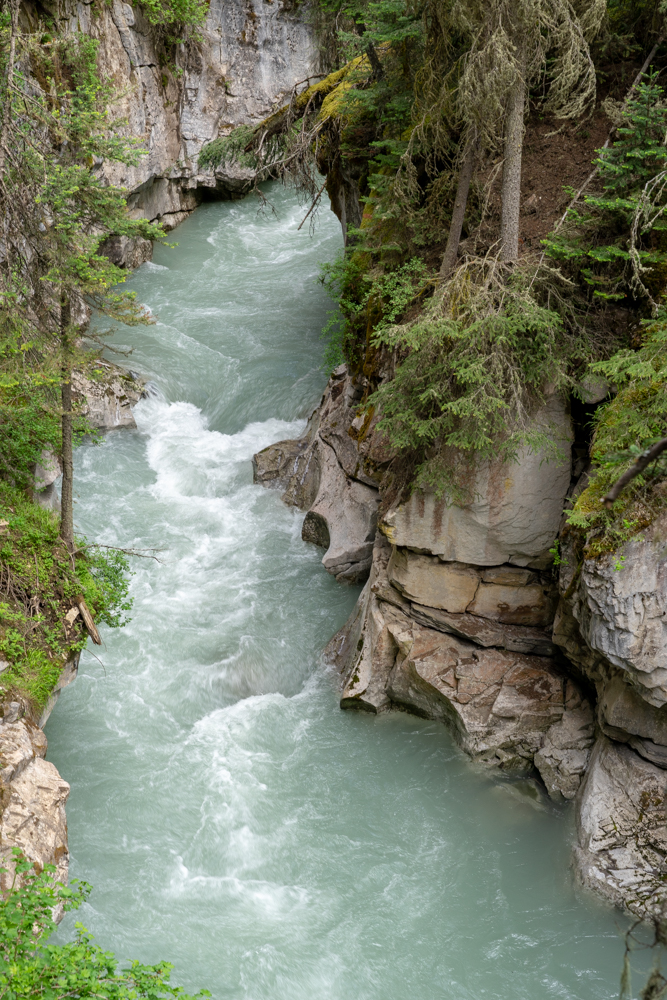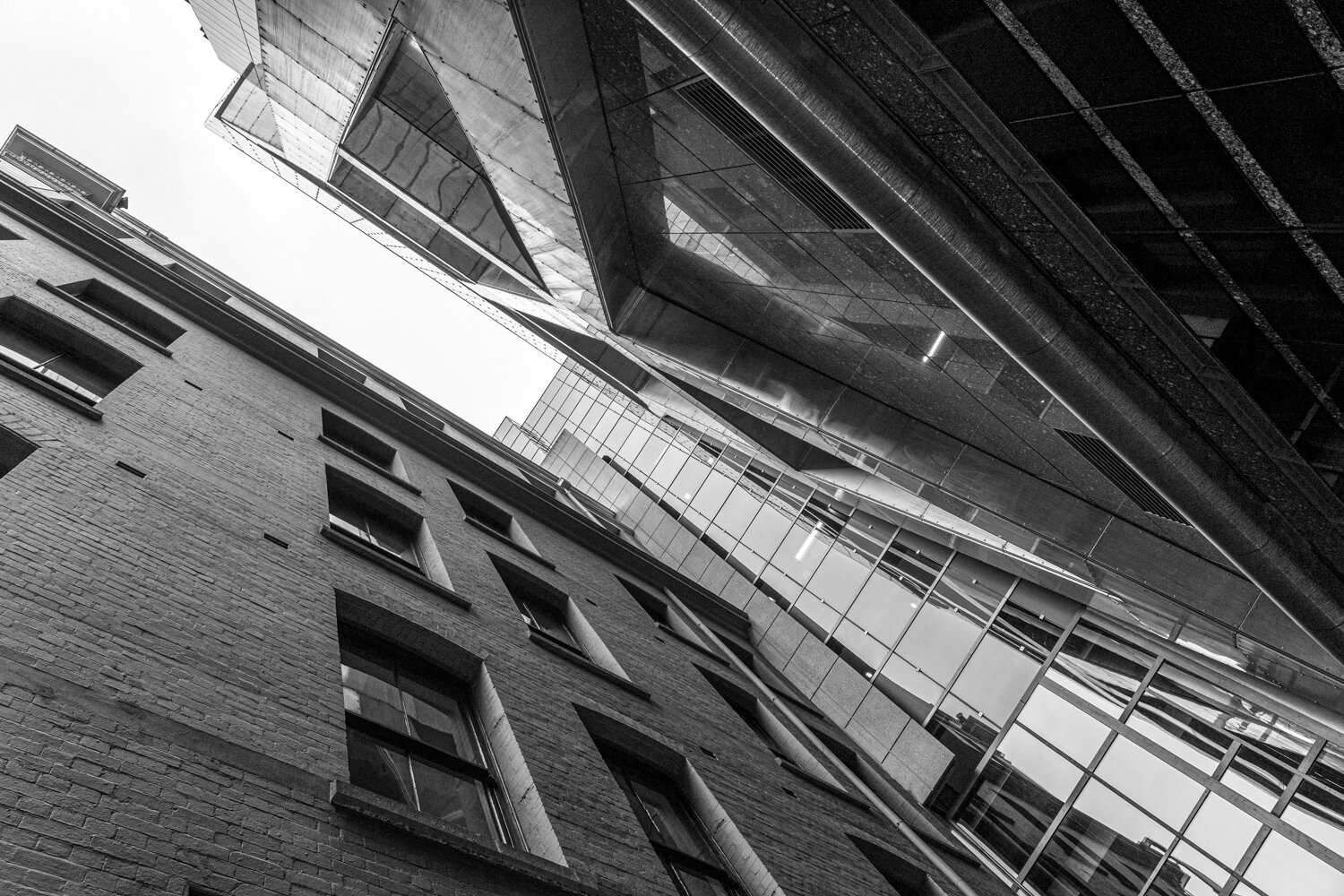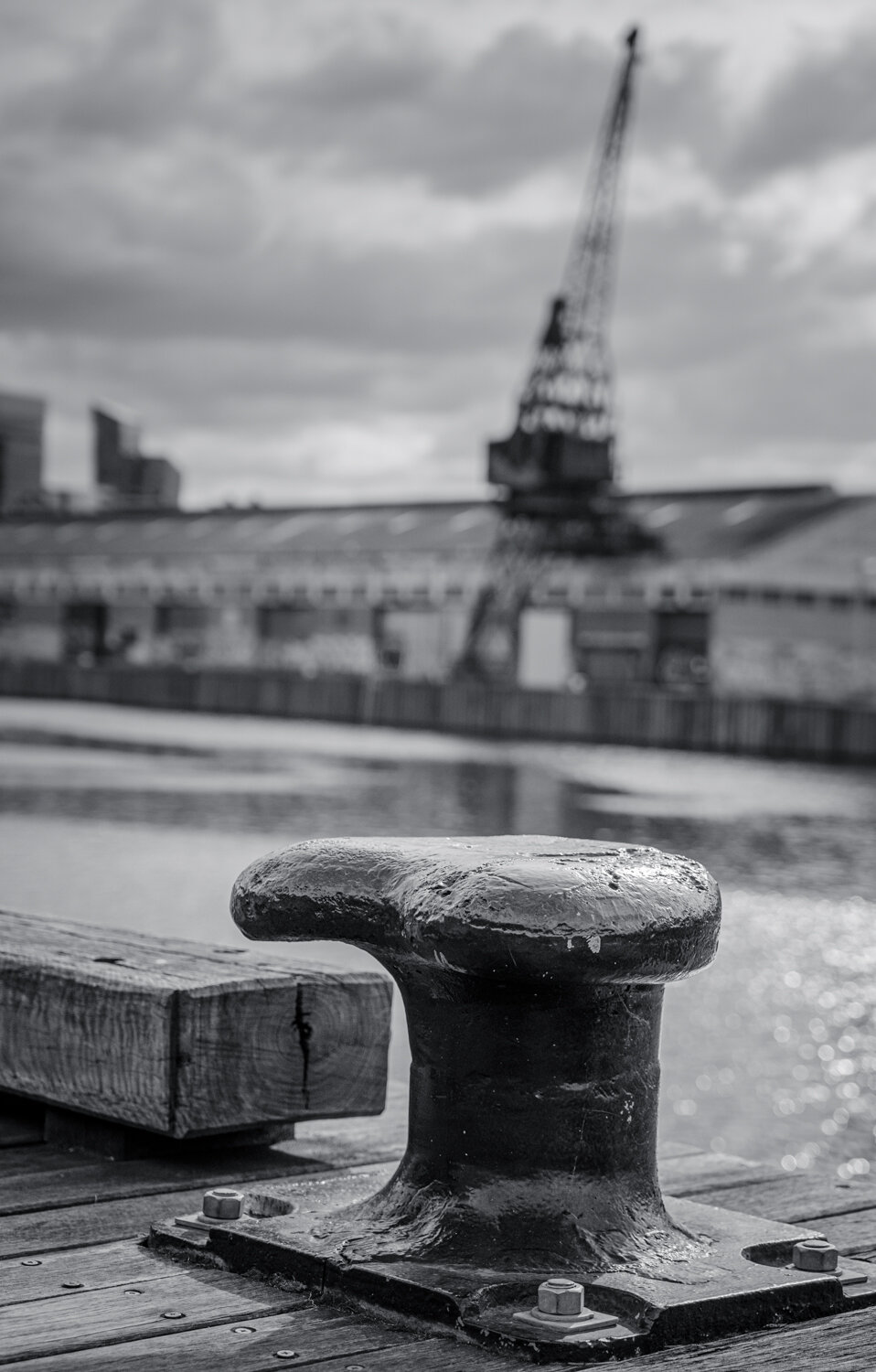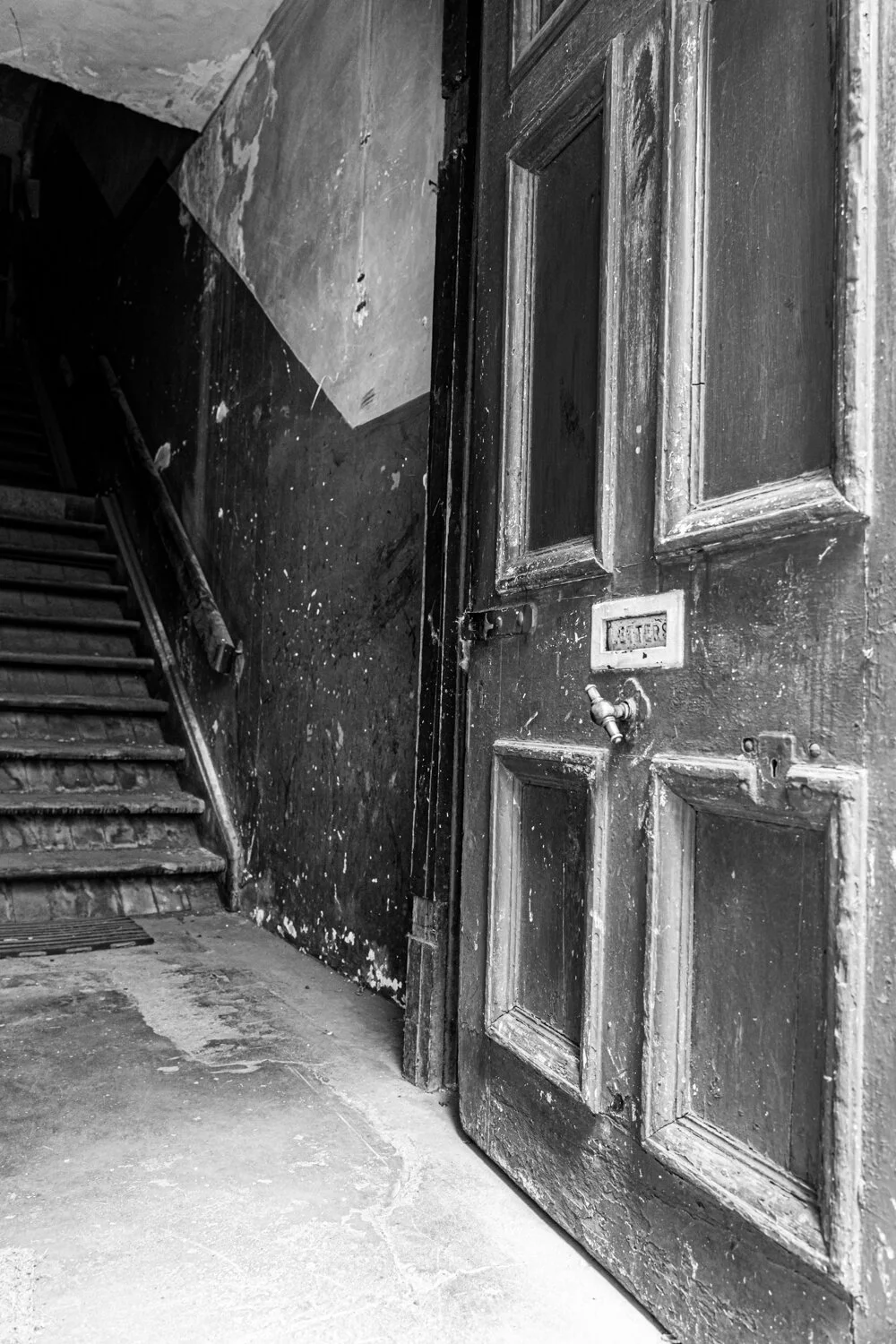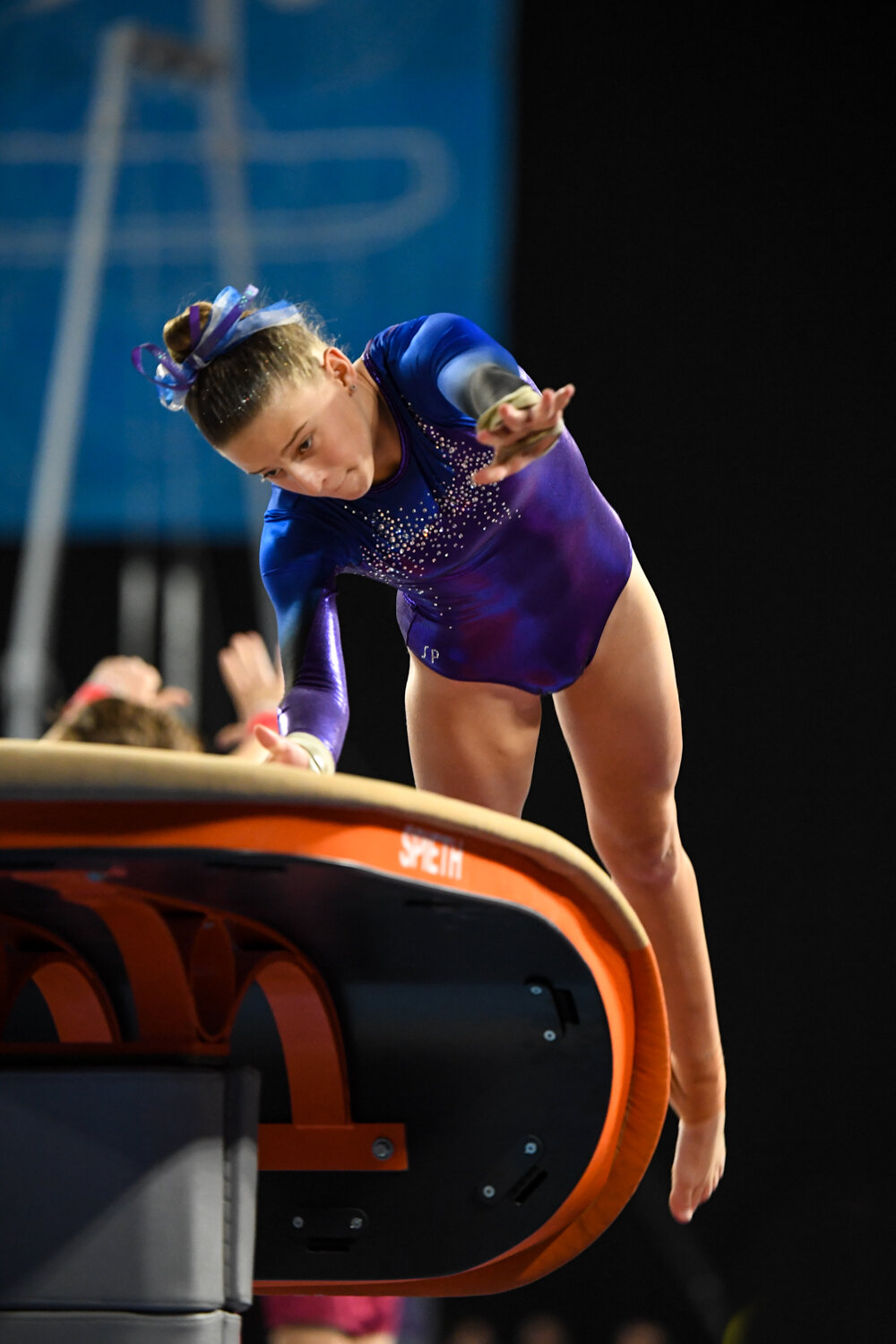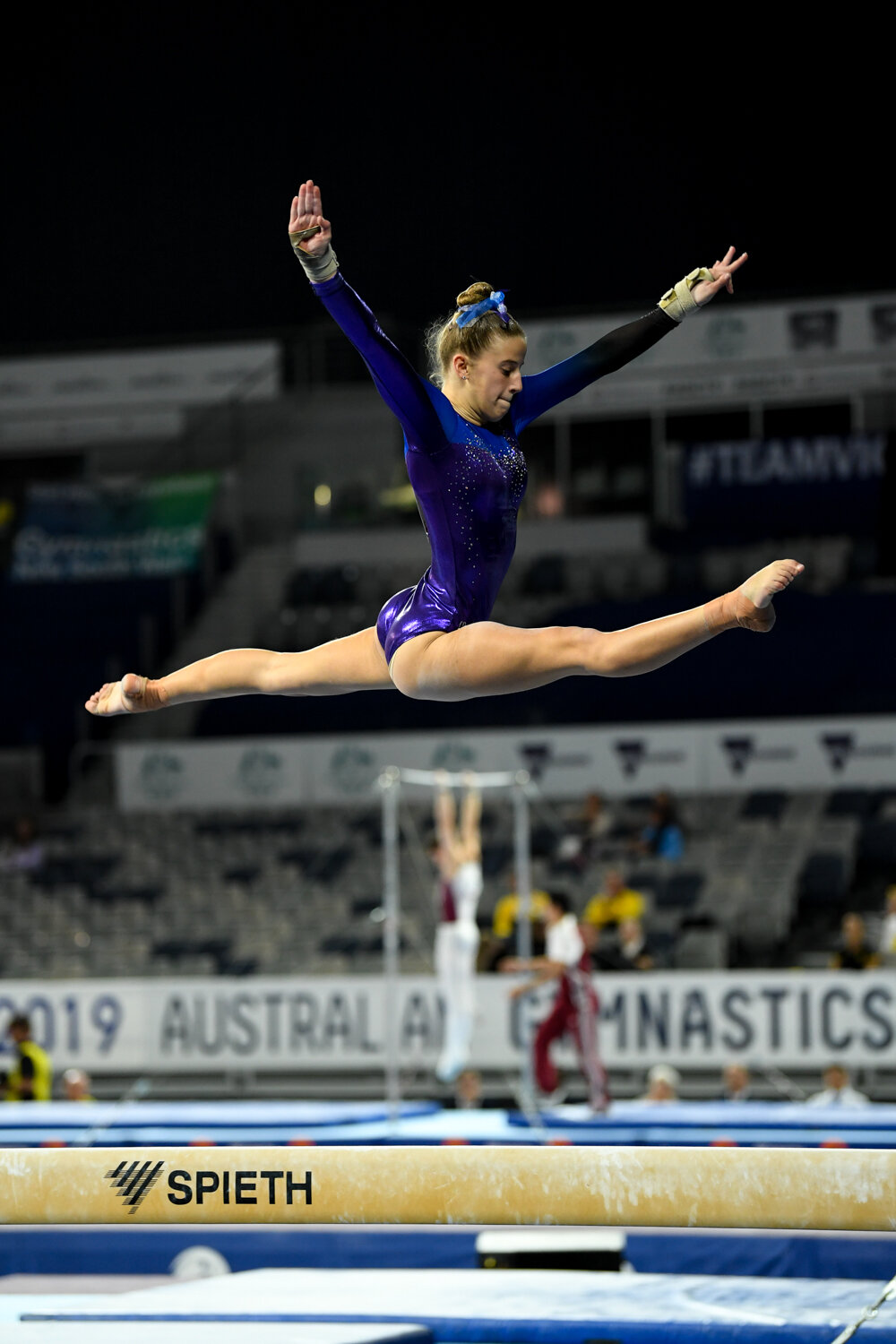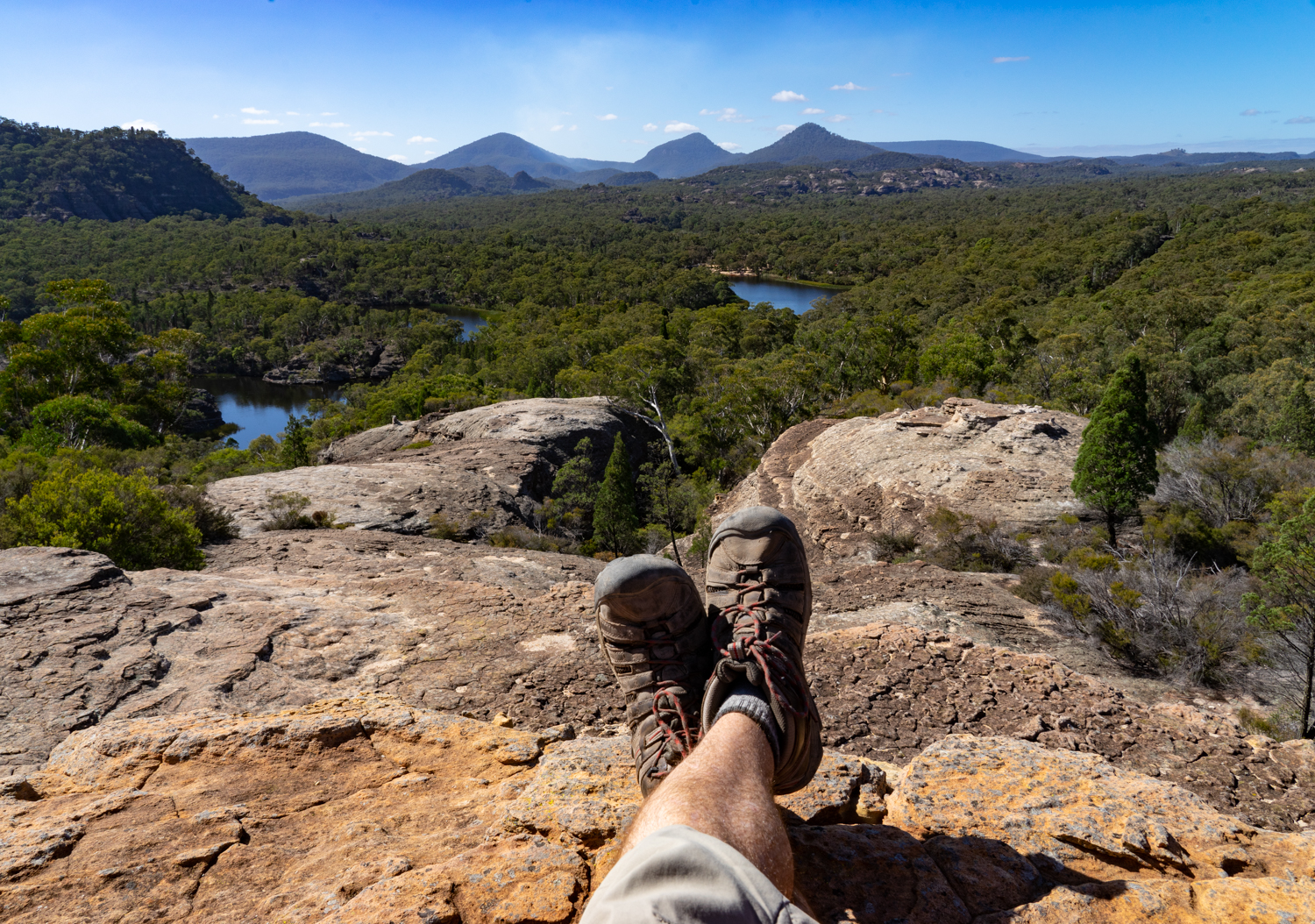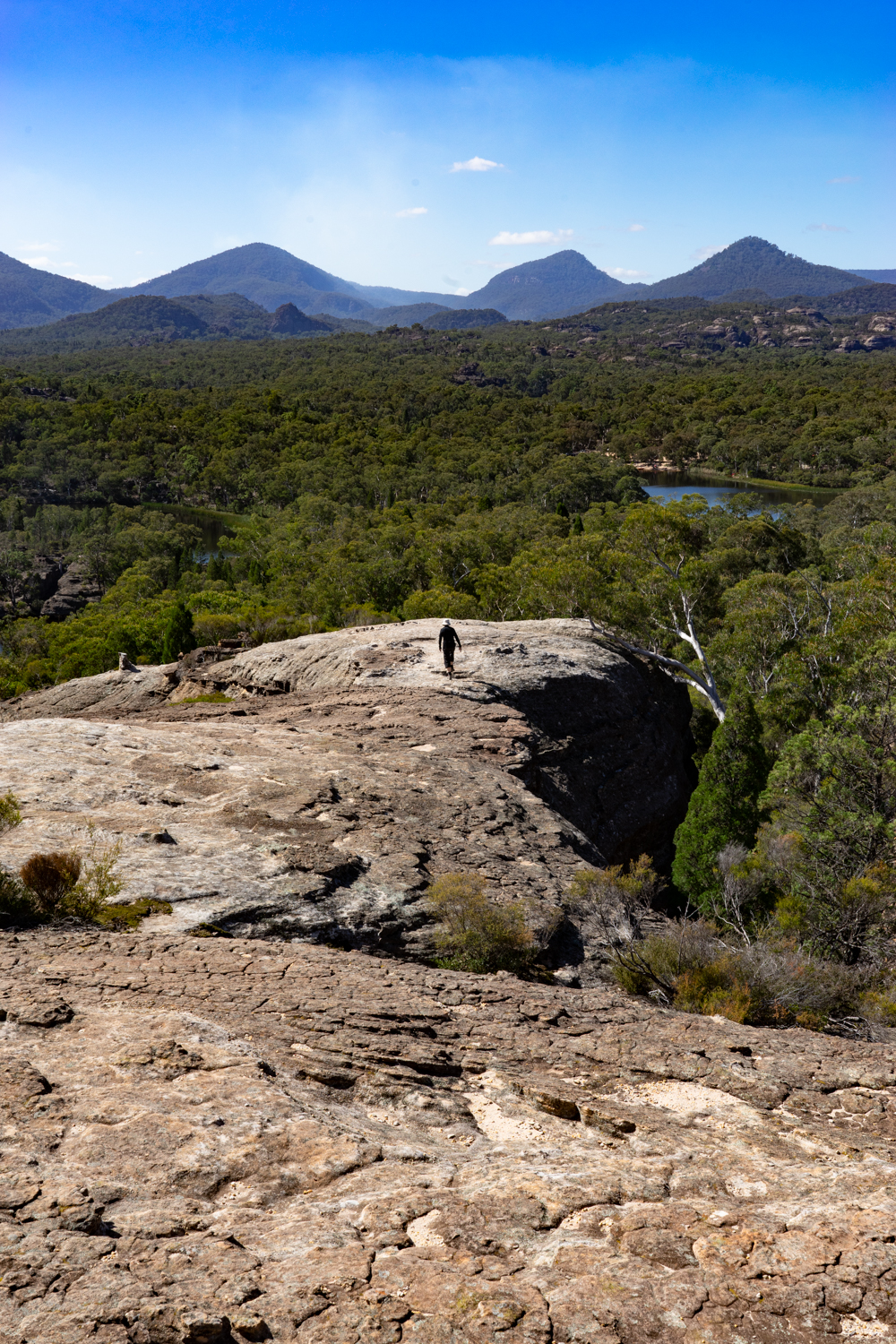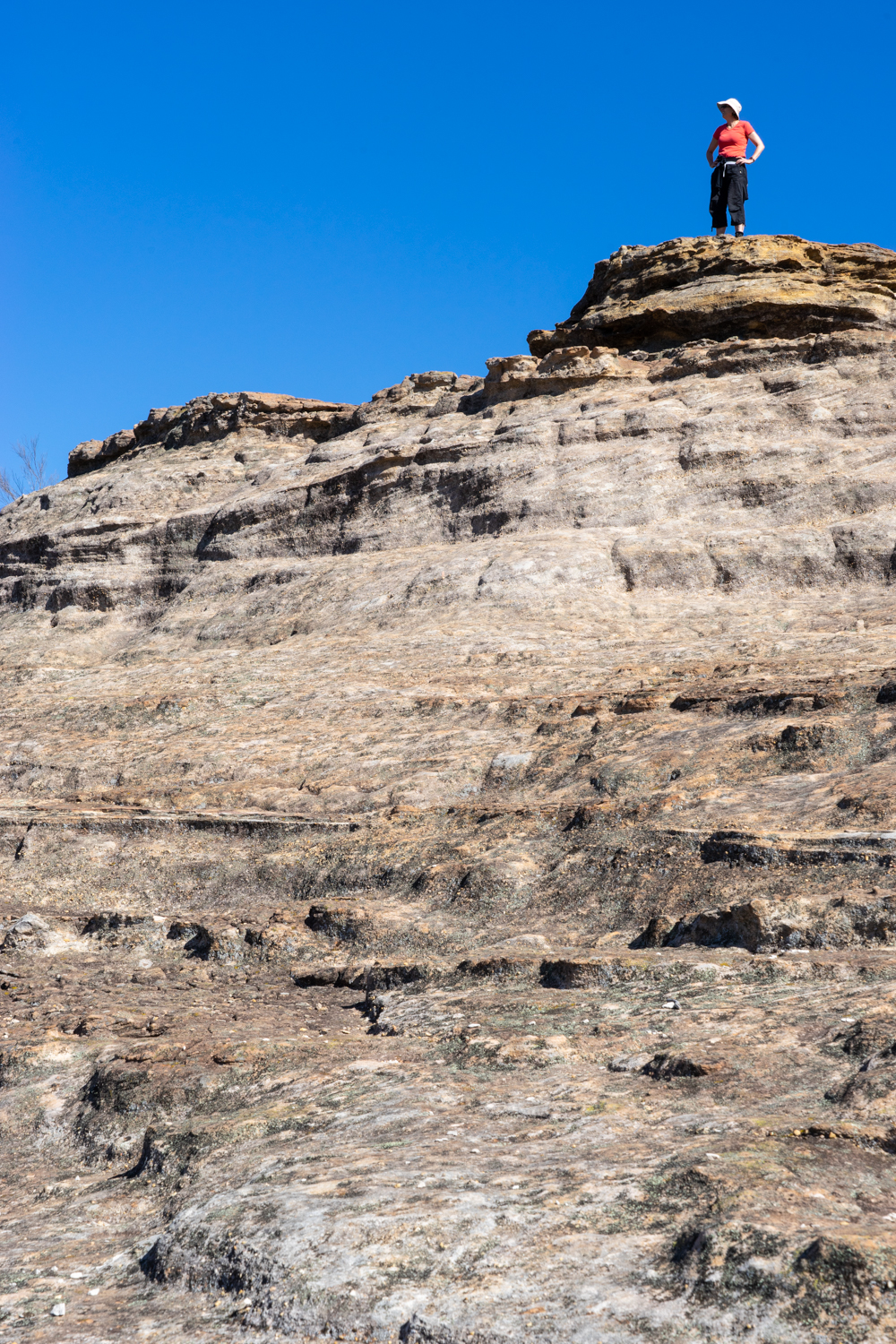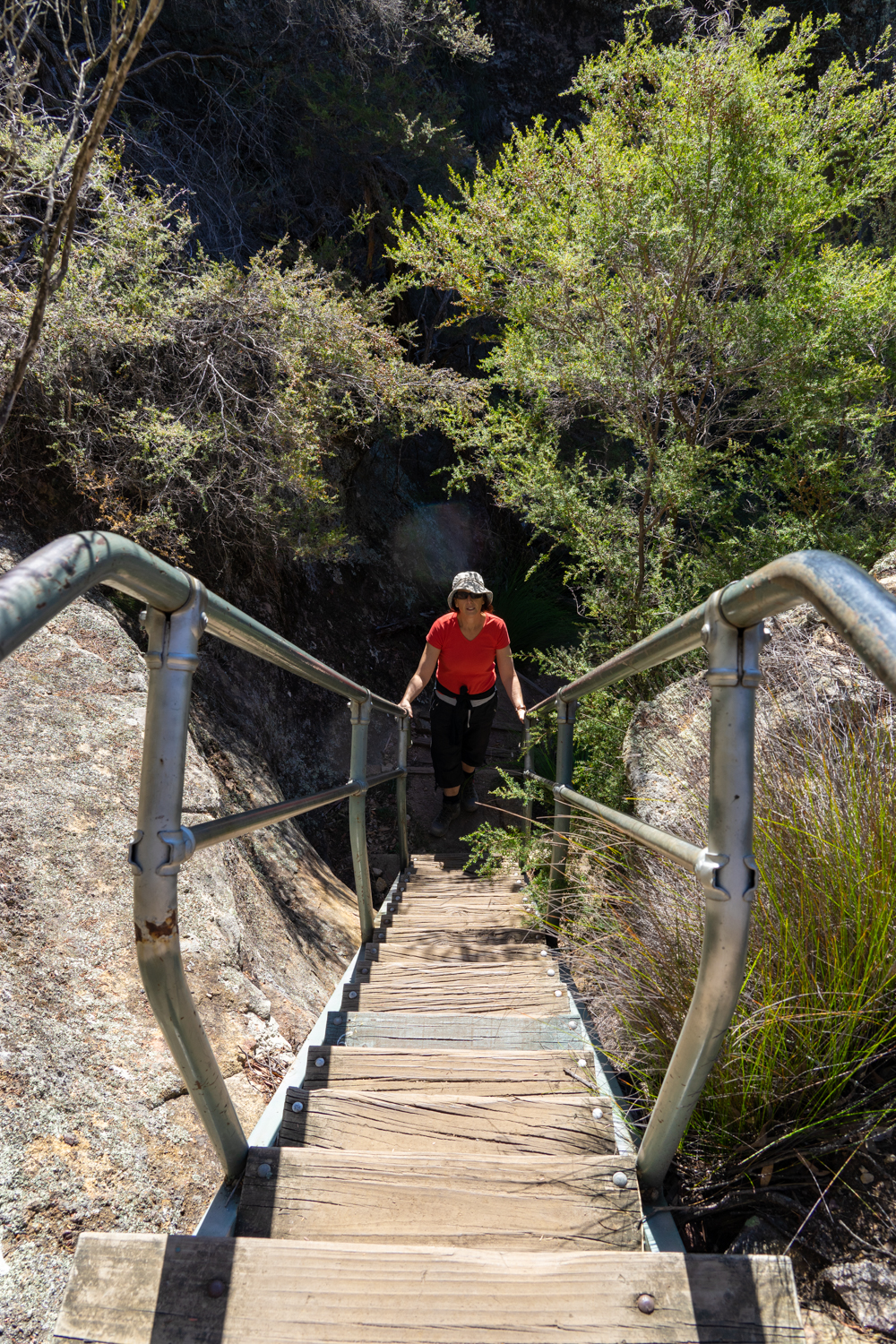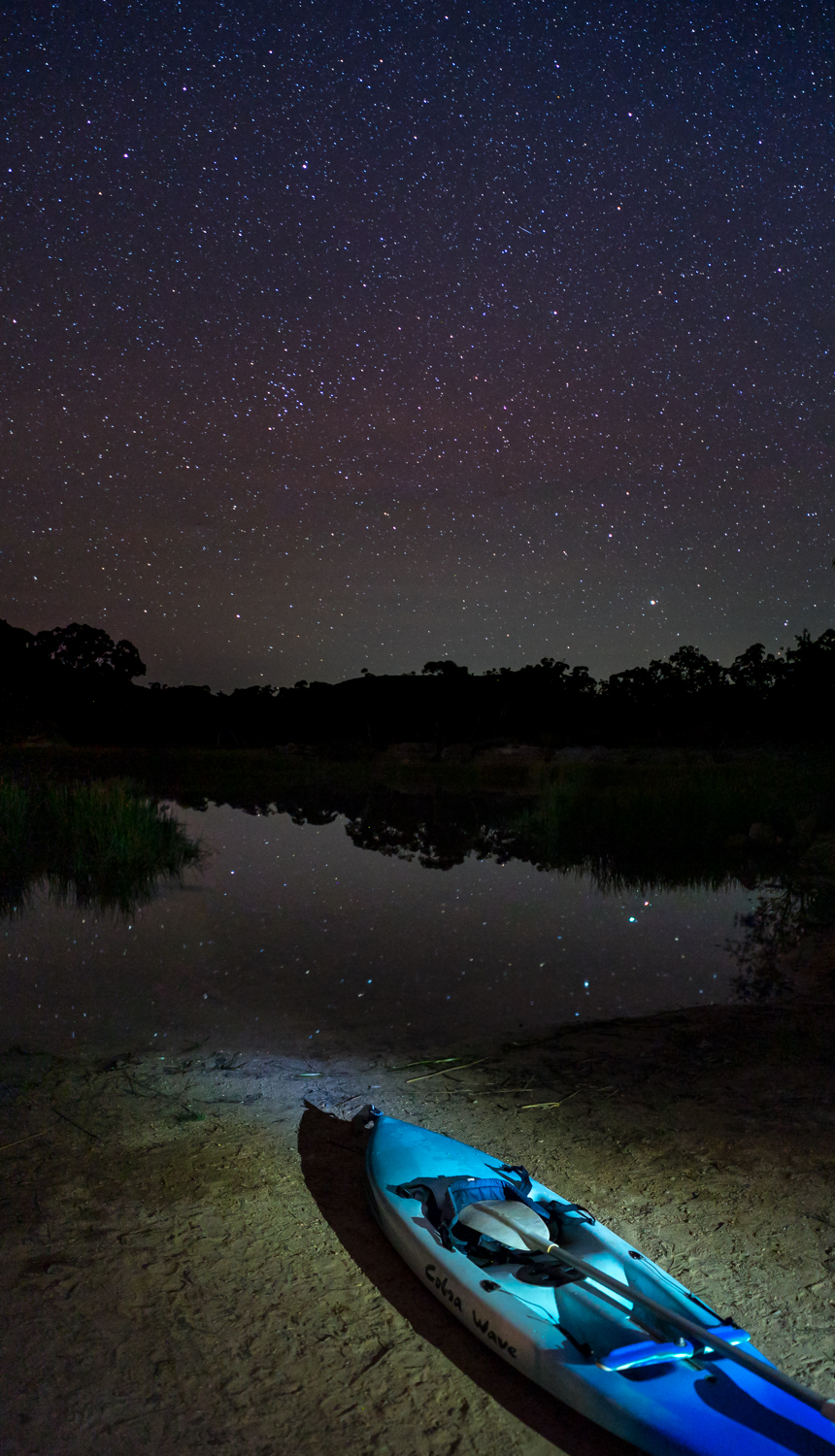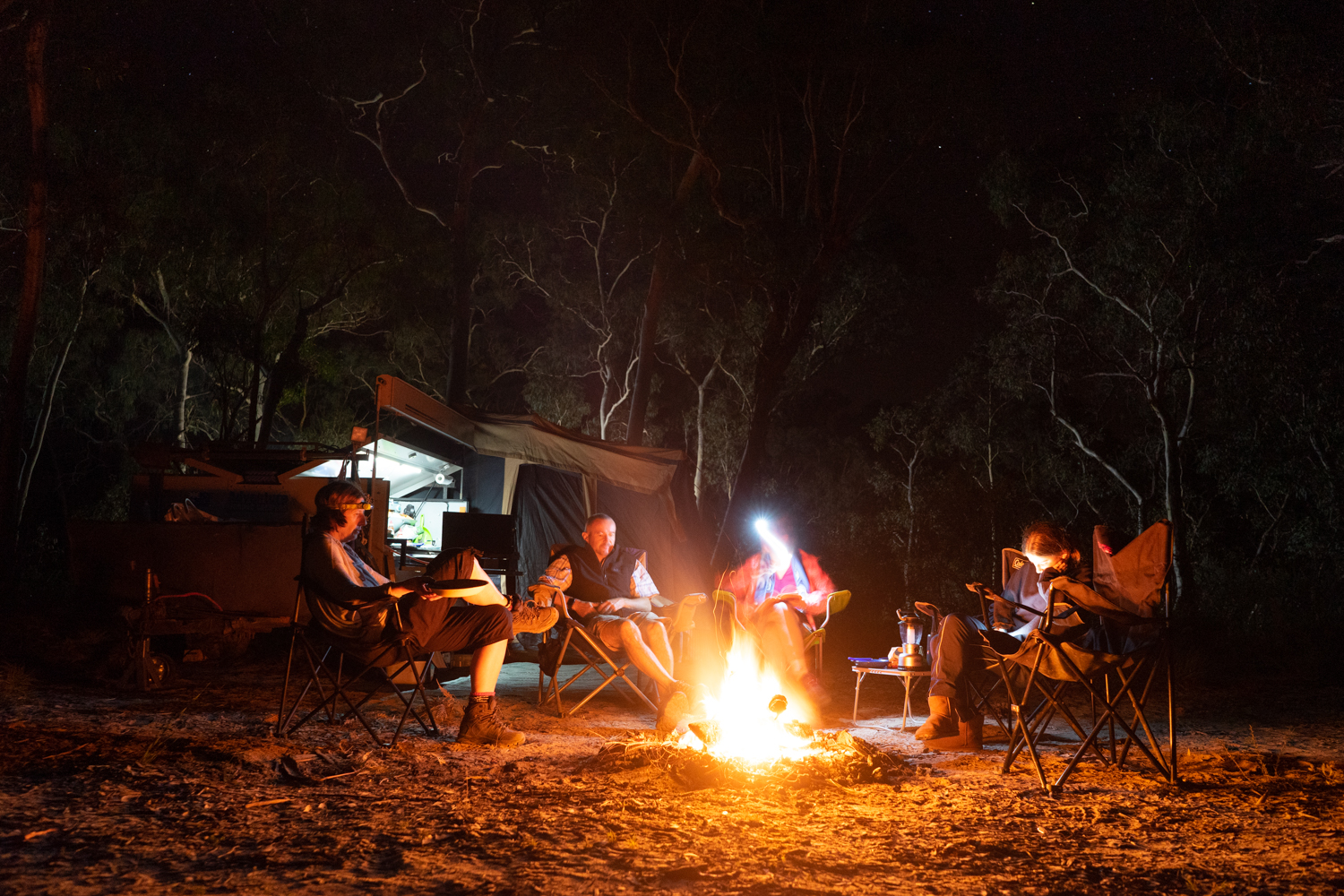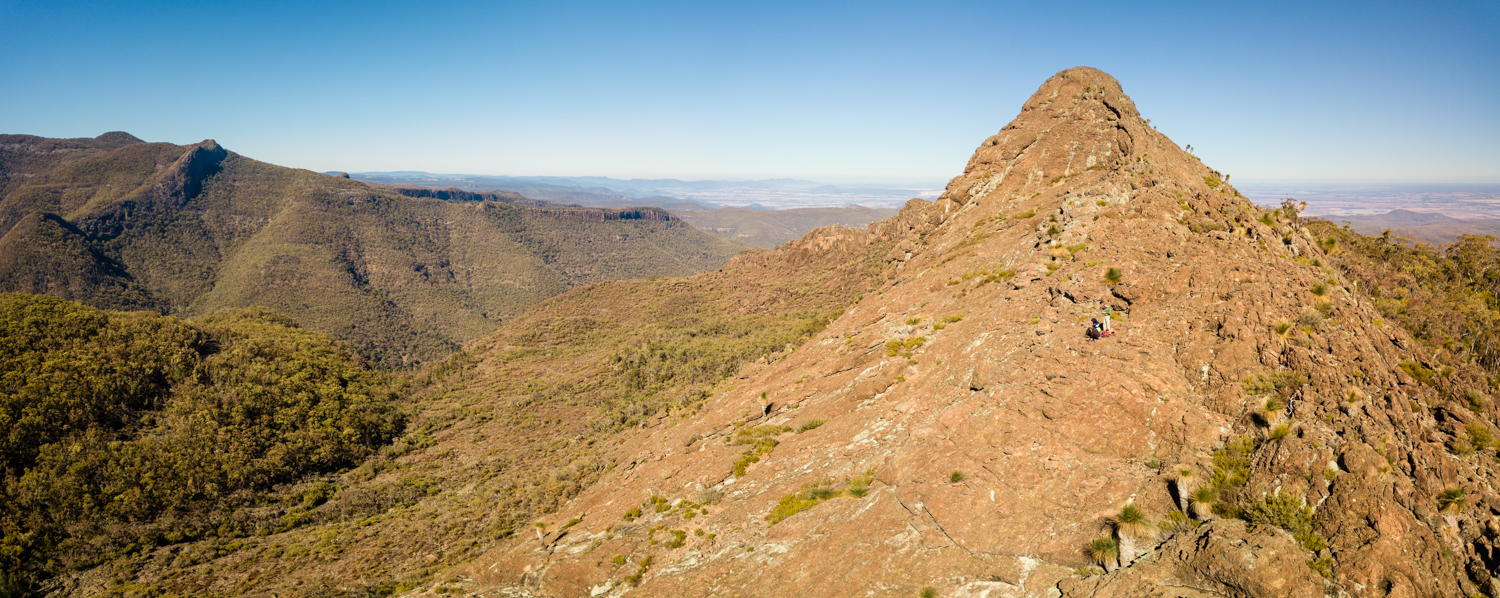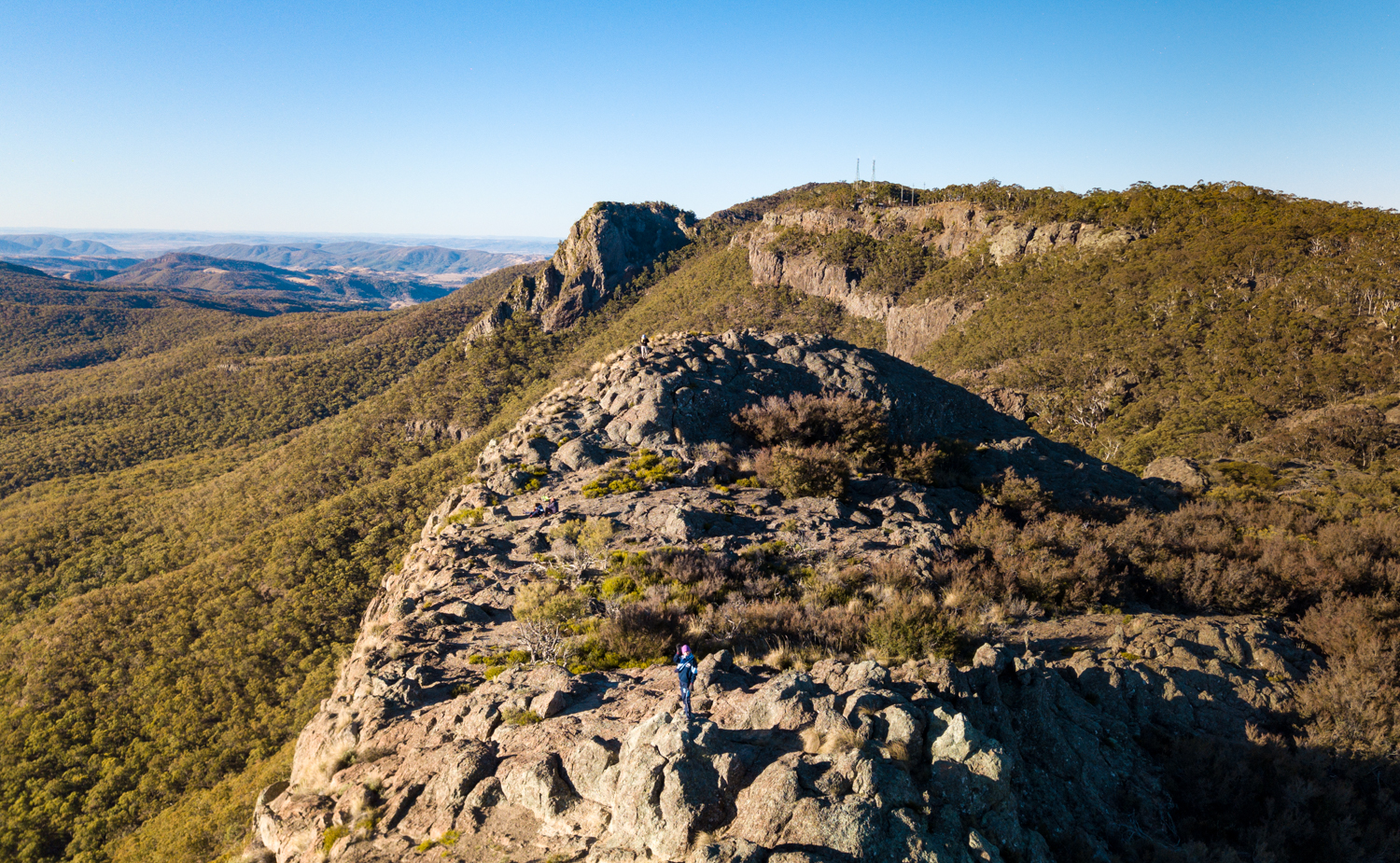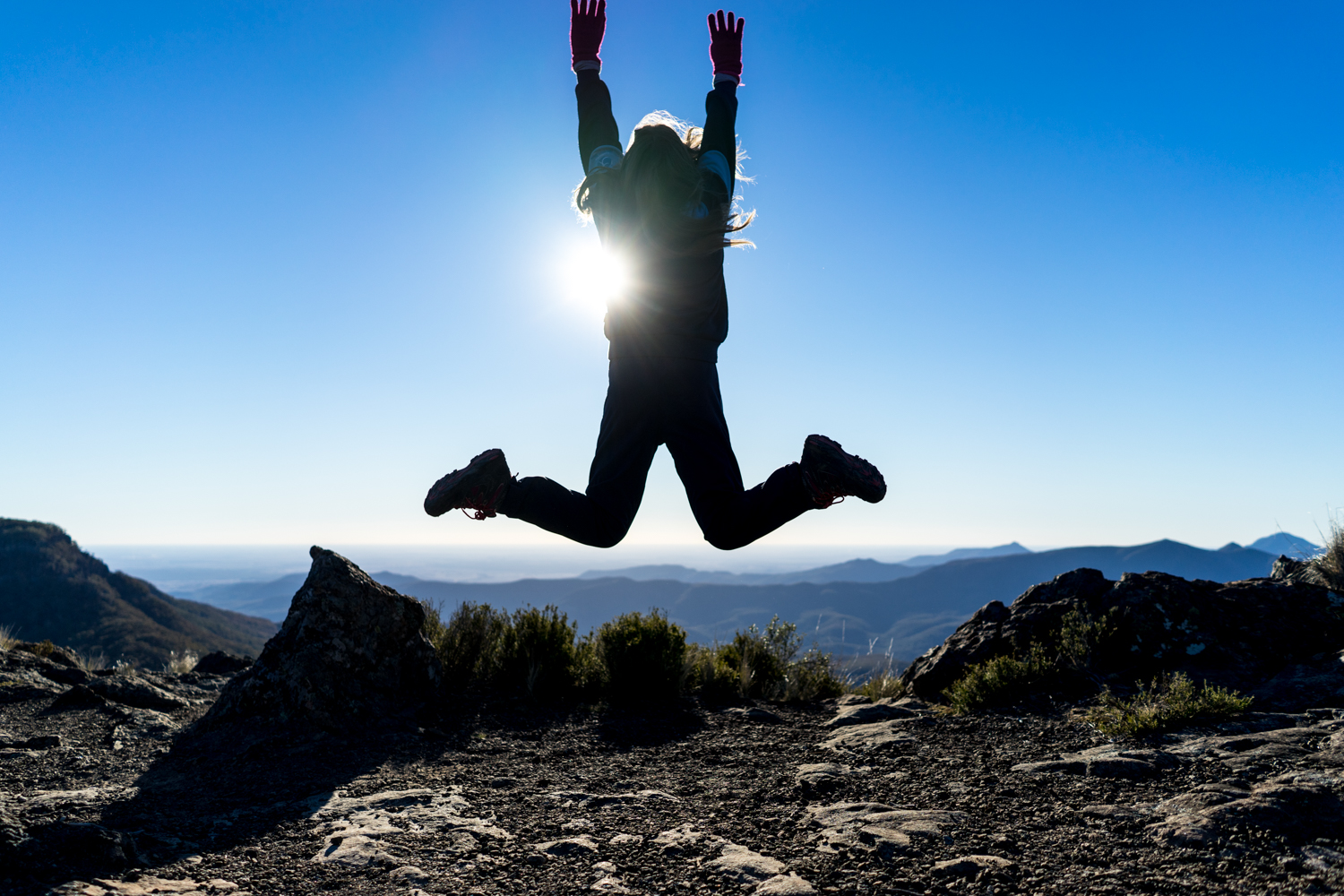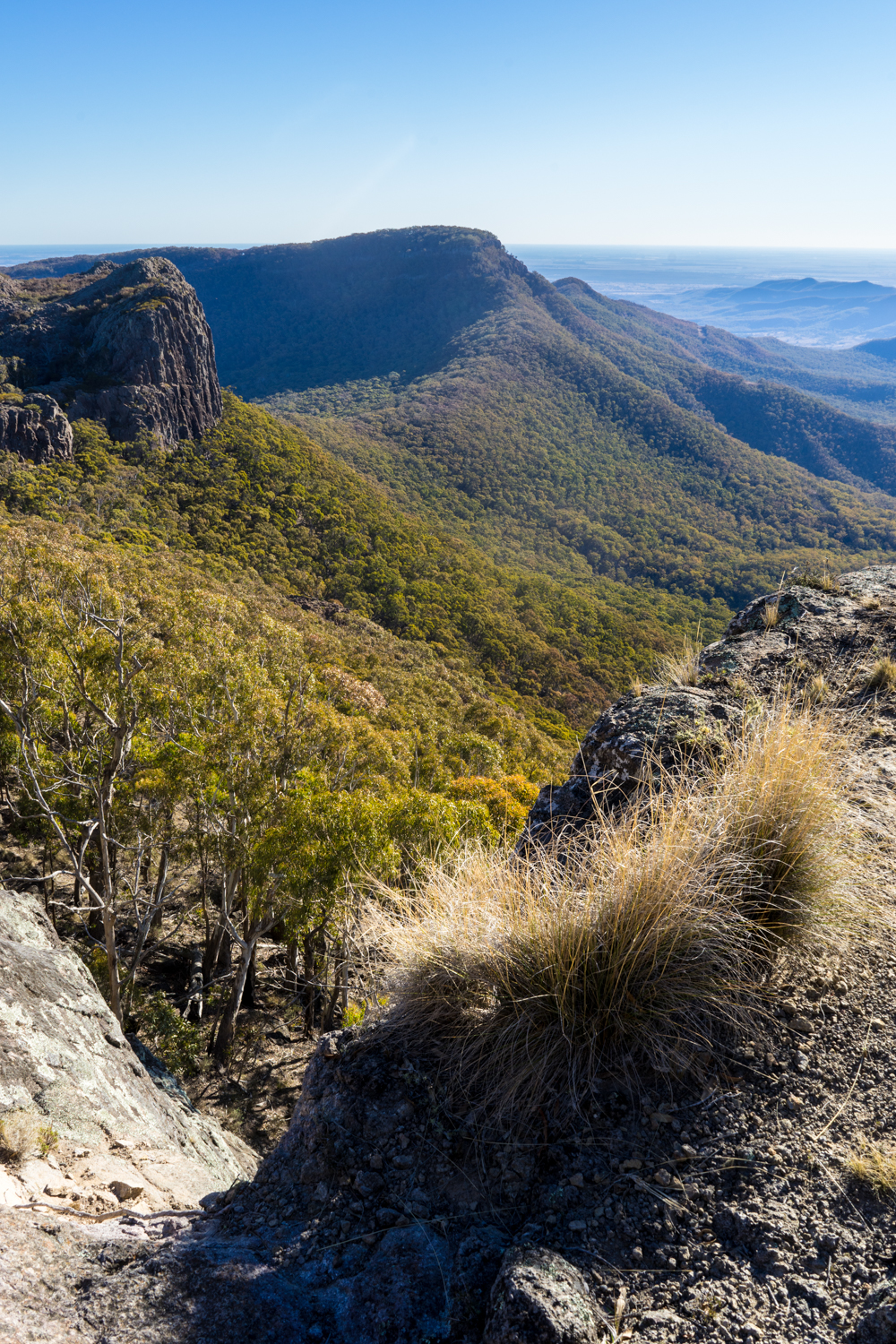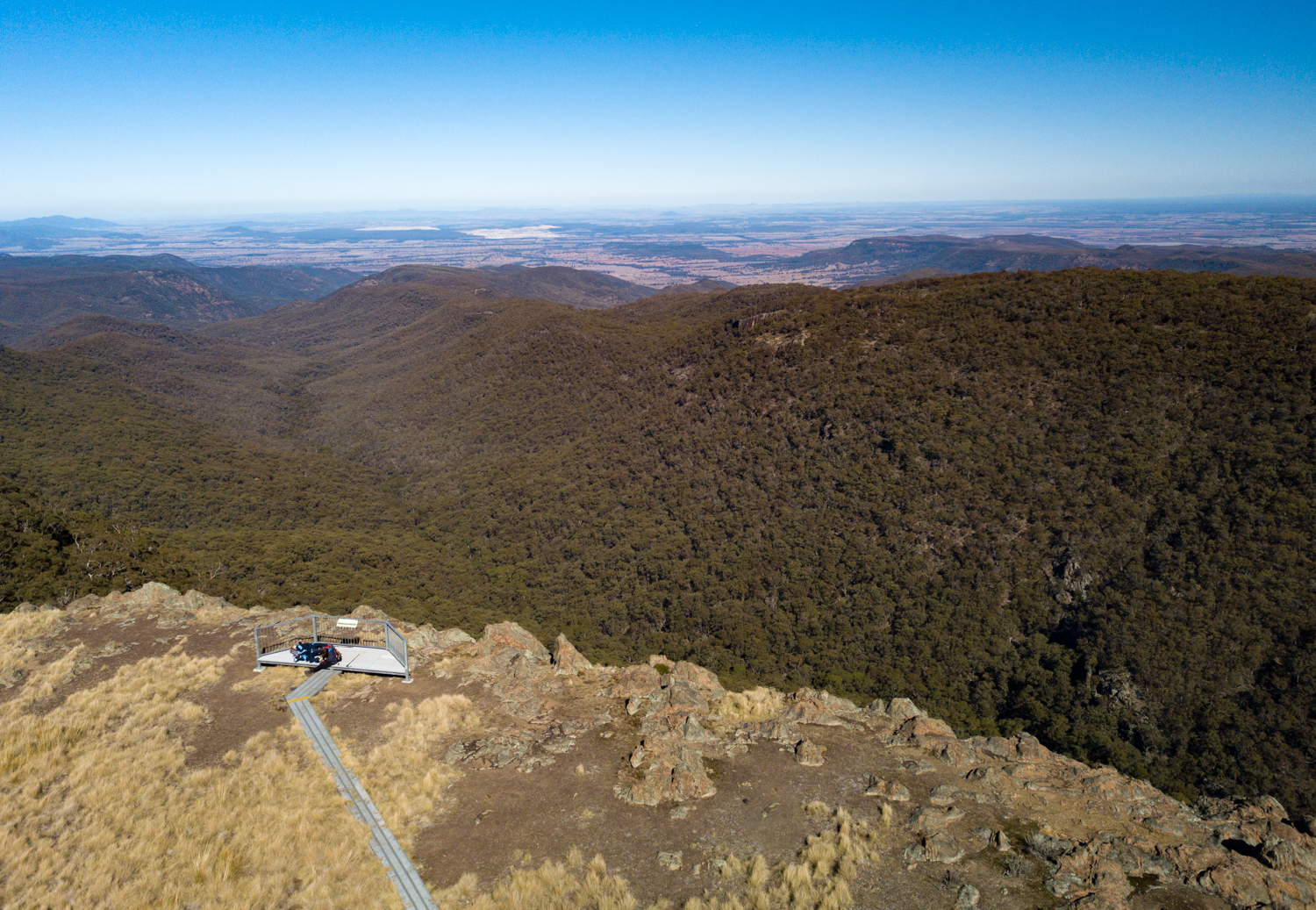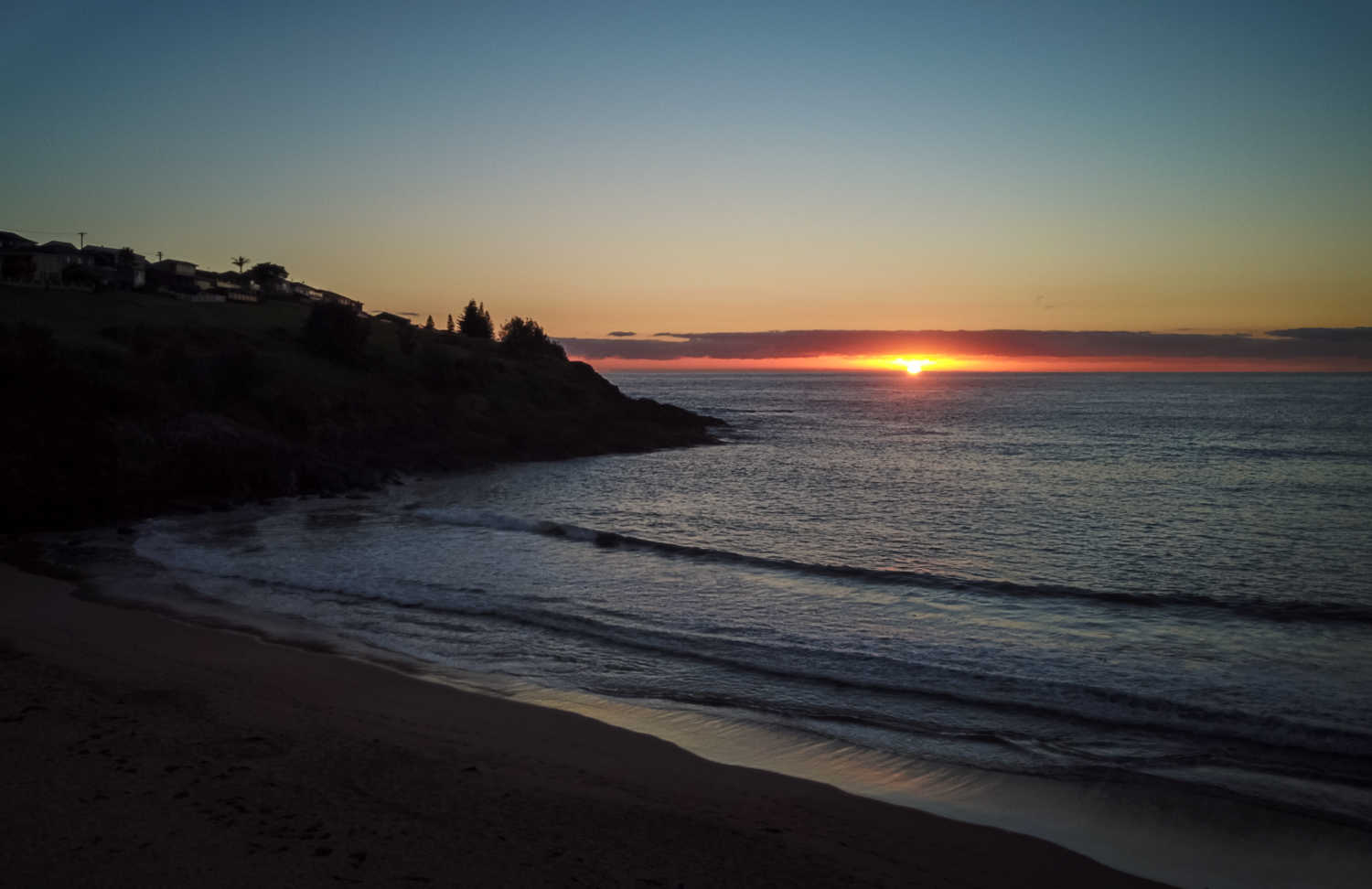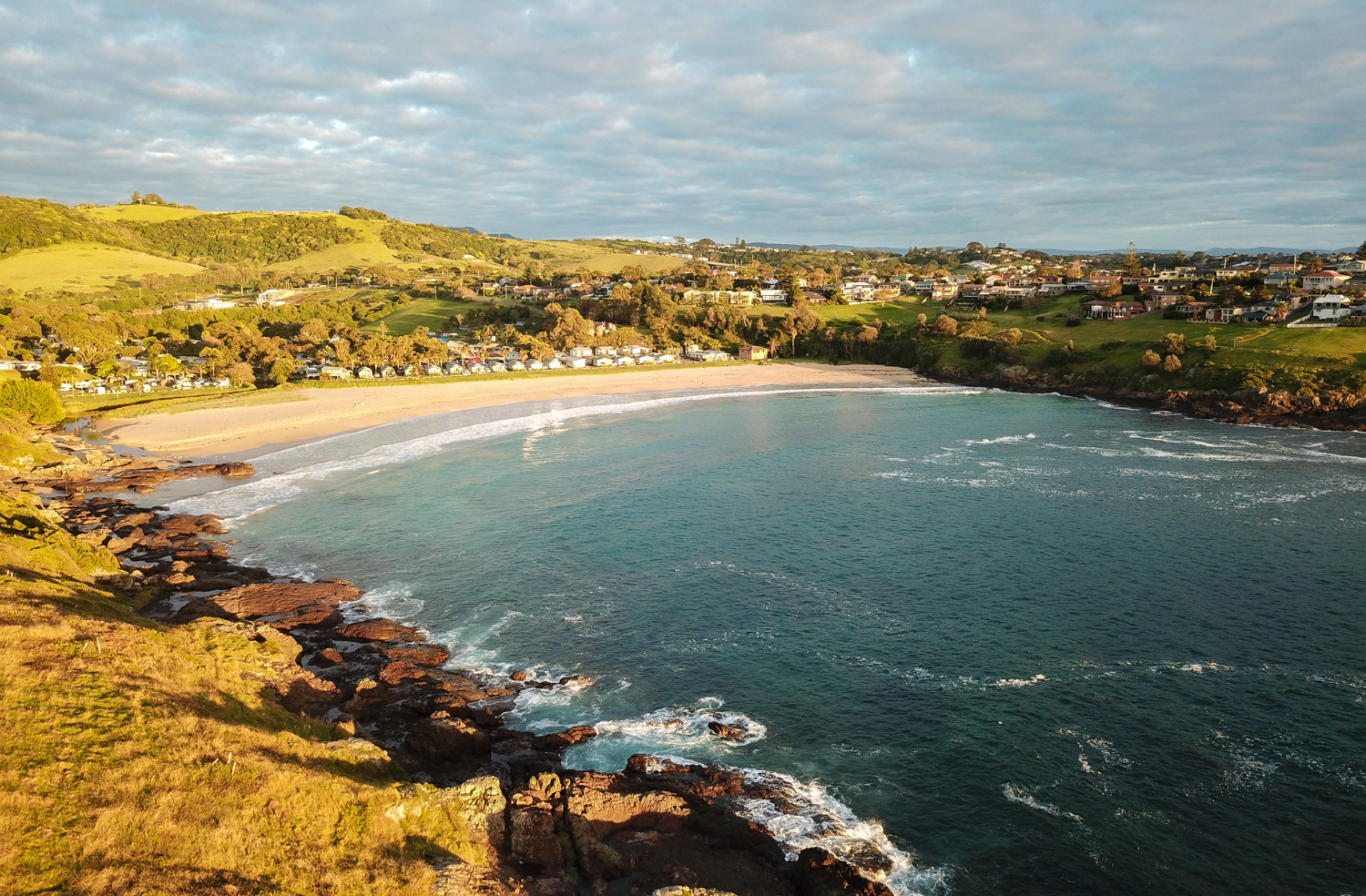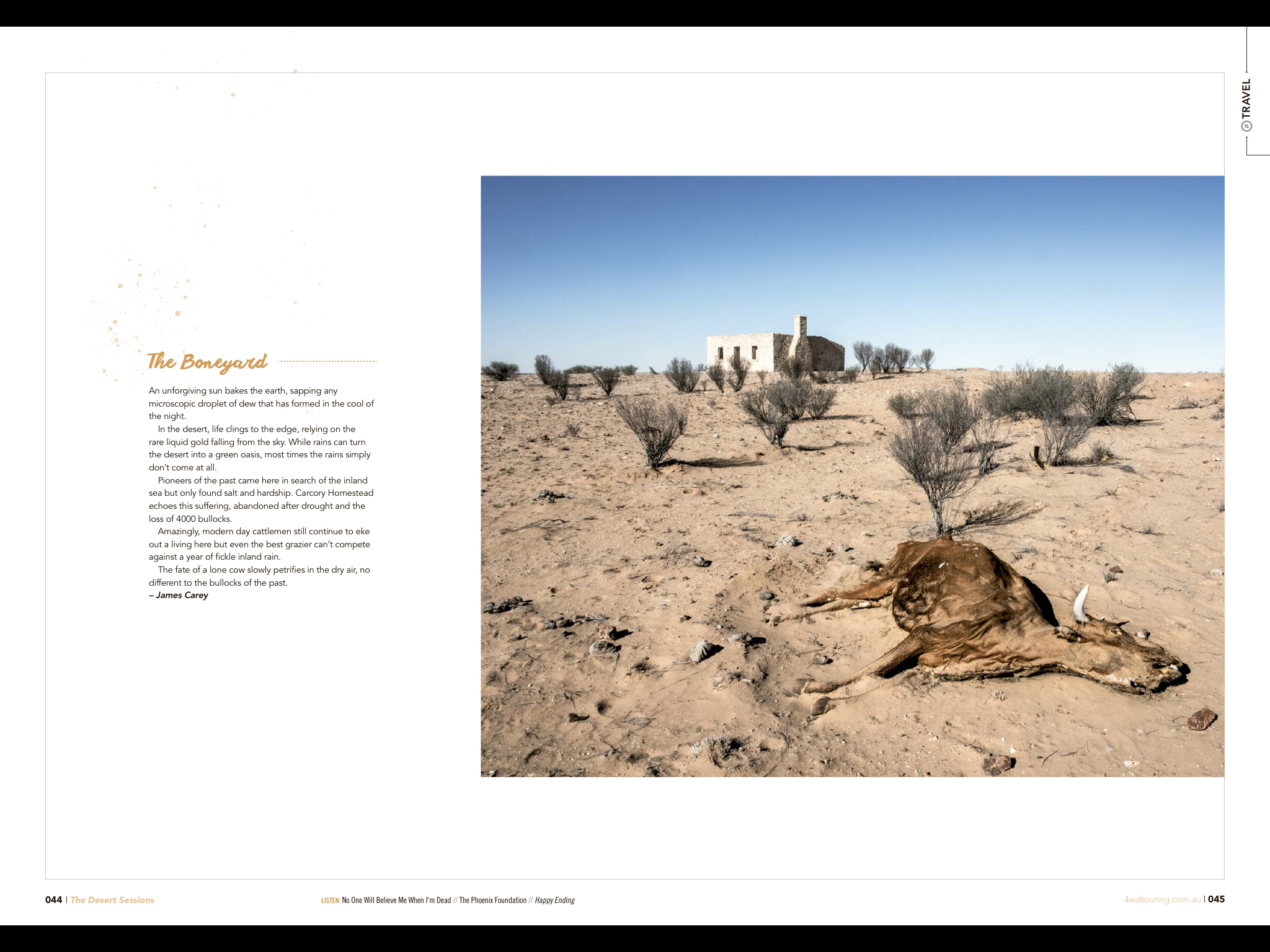Having spent the last few months travelling overseas rather than locally it was good to dust off the camper and head off for a quick weekend away to a friends property. I will leave it to you to find out where Bogee is located.
July 2019: END OF THE ROAD - ALASKA
This leg our journey in Alaska sees us visiting Homer and Seward. Homer’s nickname, “the end of the road,” is fitting as it not only refers to its location at the end of a four-and-a-half-mile spit that unspools from the highway into the dark waters of Kachemak Bay, but is is the end of our journey to Alaska.
Day 1: Beating the Records
We had been prepared for rain and bad weather in Alaska and for the views to be interrupted by poor weather. We had considered ourselves lucky that we had encountered only a half a days rain the entire trip so far. What we had not been prepared for was temperatures over 30 degrees and bushfires. It reached 92 deg F in Anchorage the day we left, a record for the City. It almost felt like a Sydney summer as we headed to the Kenai Peninsular for the last leg of our Alaskan adventure. Several fires were burning just north of Anchorage and another had taken hold in Swan Lake on the Kenia Peninsula. Pushing onto Homer we were able to only vaguely make out the mountain ranges that normally take centre stage in this region. The large active volcanoes in the region – Mt Redoubt, Mt Iliamna and Mt Augustine where completely covered in thick smoke. It actually provided me with one of my very few sunsets.
Named for Homer Pennock, a con man who arrived in 1896 and lured others to the Homer area with promises of gold, today the village swells to more than 15,000 as mainlanders and Anchorage residents descend to fish, and boat in the bay and drink in the quirky Salty Dawg Saloon built in 1897. Pop-up tents and motor homes bigger than double decker busses line the beach. Little shacks on stilts over the beach sell everything from fishing tours to freshly caught fish.
Homer is definitely a land of ‘huntin, shooting, fishin’. Bumper stickers proclaim ‘Homer is a drinking town with a fishing problem’. While i am not a fan of any of these pursuits it is hard to pass judgement when the Alaskans both live and sustain themselves of the land. It is better than the factory farms of the big city that we rely on.
It is said that people come to Homer for two reasons. The first is to go fishing for salmon or halibut (a prehistoric looking flat fish that can grow almost 2 metres long and weigh well over 100lb). Whilst we have enjoyed eating the local seafood, we have no intention of having to go out fishing for it.
Day 2: Bears of Katmai
The second reason people visit Homer is it is the jumping off point to see the brown (grizzly) bears at the famous Brooks Falls in the Katmai National Park. Have you seen that National Geographic photo of a salmon jumping into the mouth of a bear at a waterfall? Well this occurs during a very small window during July when the salmon start to swim upstream to spawn and the bears gather to gorge on the bounty. Fortunately, we just happen to be here at the exact moment when bear and salmon go head to head in a game of survival.
Katmai National Park is an extremely remote location, in an already remote part of the world. To get there we board our second float plane of the trip for the one and half hour trip in to a world where Indiana Jones would be right at home. With hearts pounding, our little plane flies blind through fog and emerges amongst volcanic mountains with over 3.7 million acres of untouched national park below us. Soon a small ribbon of blue water indicates our landing strip.
After safely making it ashore, our first task is to put all of our food in the lockers to ensure no bear mistakes us for a salmon. The walk to Brooks Falls follows a path that includes several raised bridges. As we begin to walk I start to wonder if we got the timing right and if we will actually be lucky enough to see a brown bear. It did not take long for this to be completely dispelled as a mother brown bear with three cubs ambles up a path just below the bridge we are standing on.
The mother bear enters the river immediately below us, occasionally feeding pieces of shredded salmon to the cubs. Suddenly the peace is shattered as a sub-adult bear decides to encroach on her territory. Quicker than any human could climb a tree she chases the other bear. In a flurry of water and dirt the other bear disappears down a track, its tail well and truly between its legs. The site of brown bear in full flight being chased by an even larger bear, not 10 meters away from you is both scary and exhilarating all at the same time. The bad news is, this is the same path we need to walk down to get to the falls.
Waiting for a few minutes in the hope that it is all clear Kathy bravely pushes me in front of her and hides behind me as we slowly (but loudly) walk the 15 minutes it takes to get to the viewing platform at Brooks Falls. As we walk to the edge of the water, the site of up to a dozen bears all in the river or on the banks immediately surrounding the falls and another half a dozen or so down the river is nothing short of mesmerising. Katmai National Park has one of the highest population of brown bears and is the only area that the normally territorial bears will tolerate being so close to other due to the abundance of the salmon.
We spend an hour and a half watching the bears catch, or in the case of the younger bears try to catch, the Salmon as they jump out of the water.
After a while we begin to clearly see the different bears and their own unique looks and behaviour. The National Parks staff generally give all bears a number (based on bear monitors) and some have nicknames. We had our own including ‘Fuzzy Bear’ a teenager with the large fuzzy ears, and ‘Diver’, a larger bear who spent most of his time snorkelling for fish.
We could spend hours watching them eat, play and generally roam the river in search for food. Younger adults jockey for position and occasionally scrap with one another.
A mother duck and her dozen or so ducklings do a kamikaze run in amongst the bears. Clearly duck is not on the menu tonight and the bears ignore them. A very large dominant male arrives on scene, taking up his preferred position at the bottom of the falls and the other bears dutifully give him the space he deserves.
The mother bear and her cubs we had observed earlier arrive at the falls chasing away the sub-adult who had been trying, unsuccessfully, to catch a salmon for about 45 minutes. Taking up the exact position he had been standing, she wastes no time plucking a salmon out of the air and hands it off to the waiting cubs.
Suddenly the dominant male has decided she is too good at fishing and charges her. As bears scatter and water flies, we watch in awe as she protects her cubs who scramble away as quickly as they can.
While I could spend days watching these wild creatures the thought of missing our plane and swimming back to the mainland was the only thing stopping me from staying. Reluctantly we take the hike back to the beach waving good by to Katmai as the volcanic peaks of Mt Iliamna and Mt Augustine rise up through the haze like floating cumulonimbus clouds.
Day 3: Seward and Kenai Fjords
Leaving Homer we make our way towards Seward taking a detour along the 18-mile-long gravel road that follows the shore of Lake Skilak. The web site describes this as “the premier wildlife-viewing area on the Kenai Peninsula with spectacular views of lakes and glaciers”. Unfortunately due to the fires we have less spectacular views of a white-out.
But the real purpose of our next stop was to visit Seward and Resurrection Bay. This is a good spot to brush up on a bit of Alaskan history. Alexander Baranov discovered and named Resurrection Bay after finding refuge in this small and protected bay during his travels, spending 10 years in the area whilst building a new ship. Baranov was a Russian merchant who was tasked by the Russian government to expand their holdings in what is now known as Alaska to take advantage of the lucrative fur trade in the early to mid 1800s.
The town at the end of Resurrection Bay - now known as Seward – is named after Secretary of State William H. Seward who is famous for brokering the deal to purchase Alaska from Russia in 1867 for 7.2 million dollars or 2 cents per acre. A deal that was originally thought to be a waste of money - until of course gold was discovered in the very late 1800’s in the Klondike region (yes technically the Klondike is in Canada, but the gold rush that ensued, in which 100,000 prospectors migrated to the ‘Klondikes’ via Alaska is credited with opening up large sections of Alaska).
While the history lesson is interesting we really came here for sea-life and the surrounding spectacular mountain ranges. Boarding one of the many boats offering tours of the Kenai Fjords National Park we motor out into Resurrection Bay. Here the land tumbles into the Gulf of Alaska creating rocky headlands and islands encrusted with seabirds by the thousands nesting along the coastline. As we cruise just metres from the shear cliff face the clown-faced tufted puffins dart from the upper ledges.
The sea itself reaches inland with long fjords and hundreds of quiet bays created from ancient ice, the perfect habitat for throngs of sea animals including harbor seals, Steller sea lions, and sea otters.
All of a sudden a black and white submarine rises from the sea. Having seen the distinctive dorsal fin before we are quick to recognise the orca, but this time a small pod of females and babies. Coming to a stop we slowly watch the family glide past surfacing and diving effortlessly.
All of these waters are glacier scoured valleys created from the relentless supply of ice from the Harding Icefield which covers an area of over 770 square kilometres. It feeds nearly three dozen glaciers flowing out of the mountains, six of them to tidewater. We get a good look at one of these, Aialik Glacier, with the boat weaving through the small ice burgs bobbing in the water, to sit just off the wall of ice.

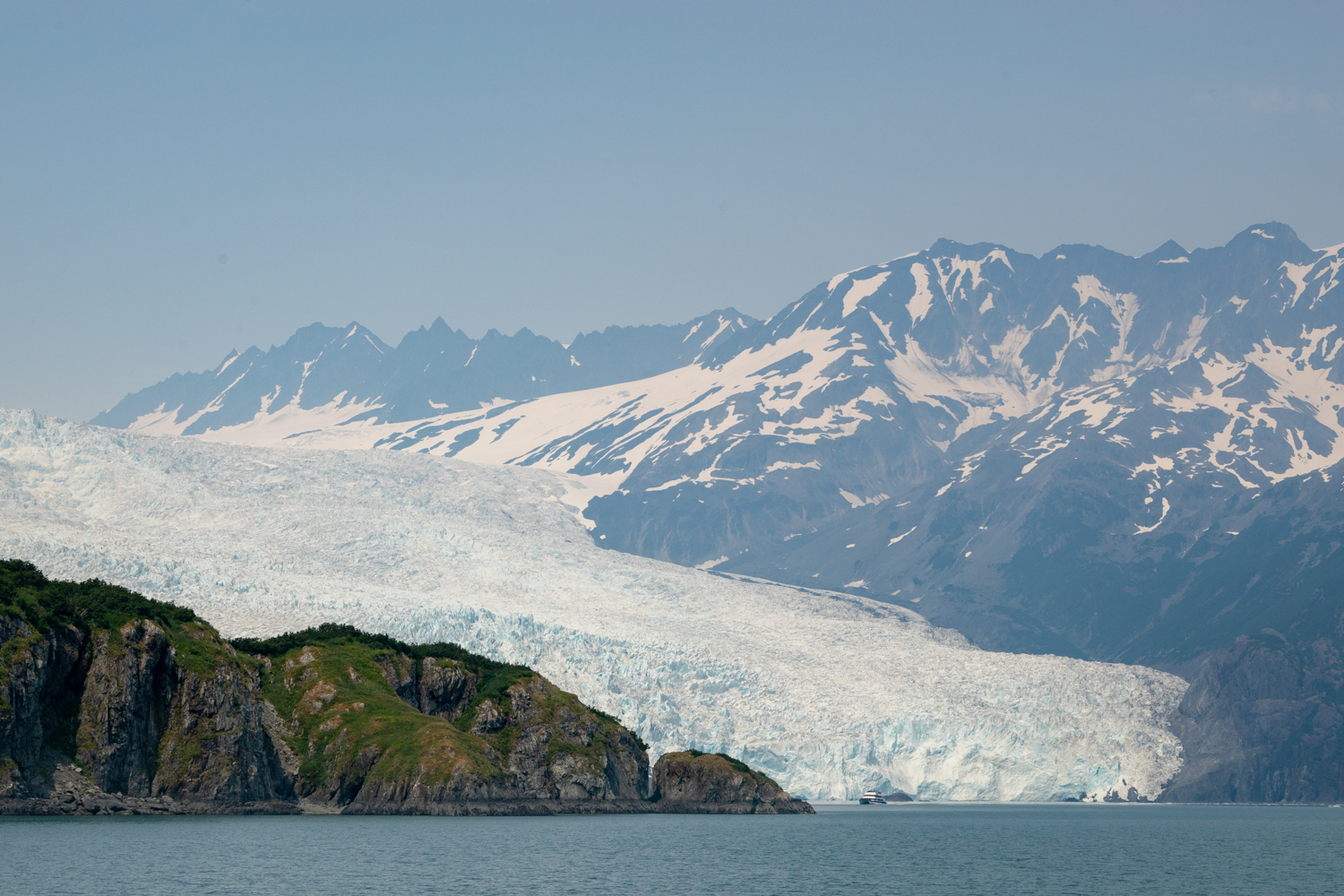
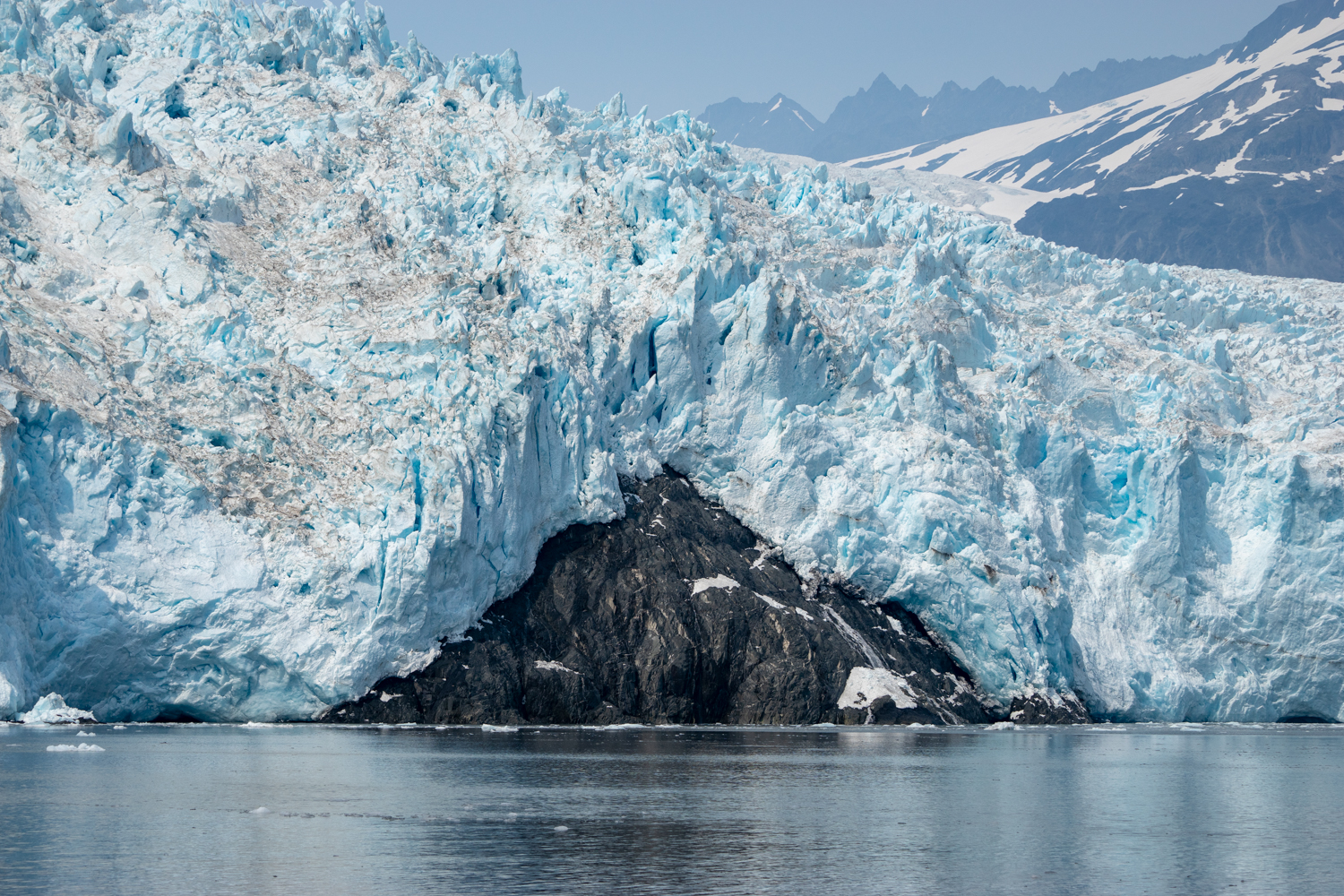
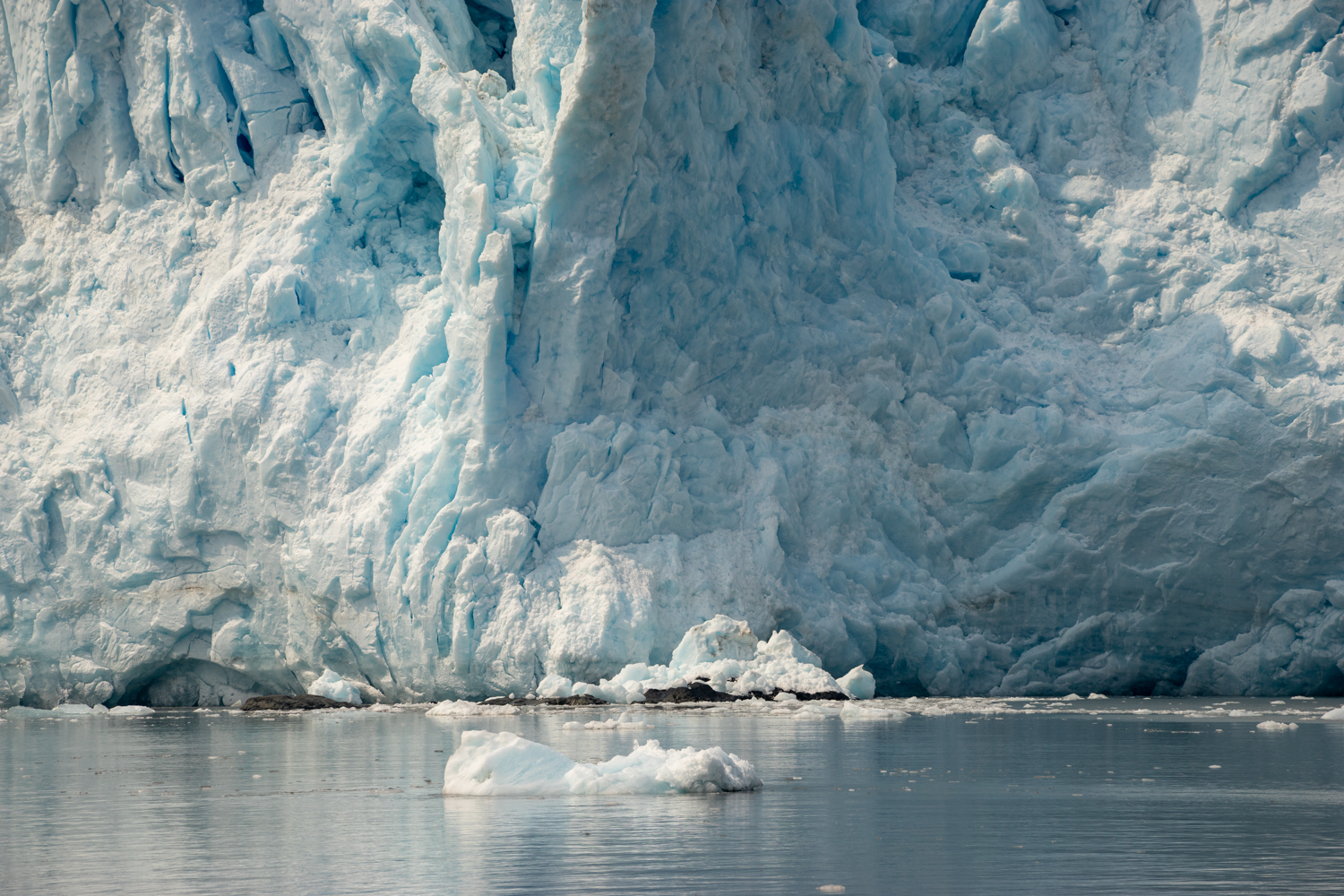
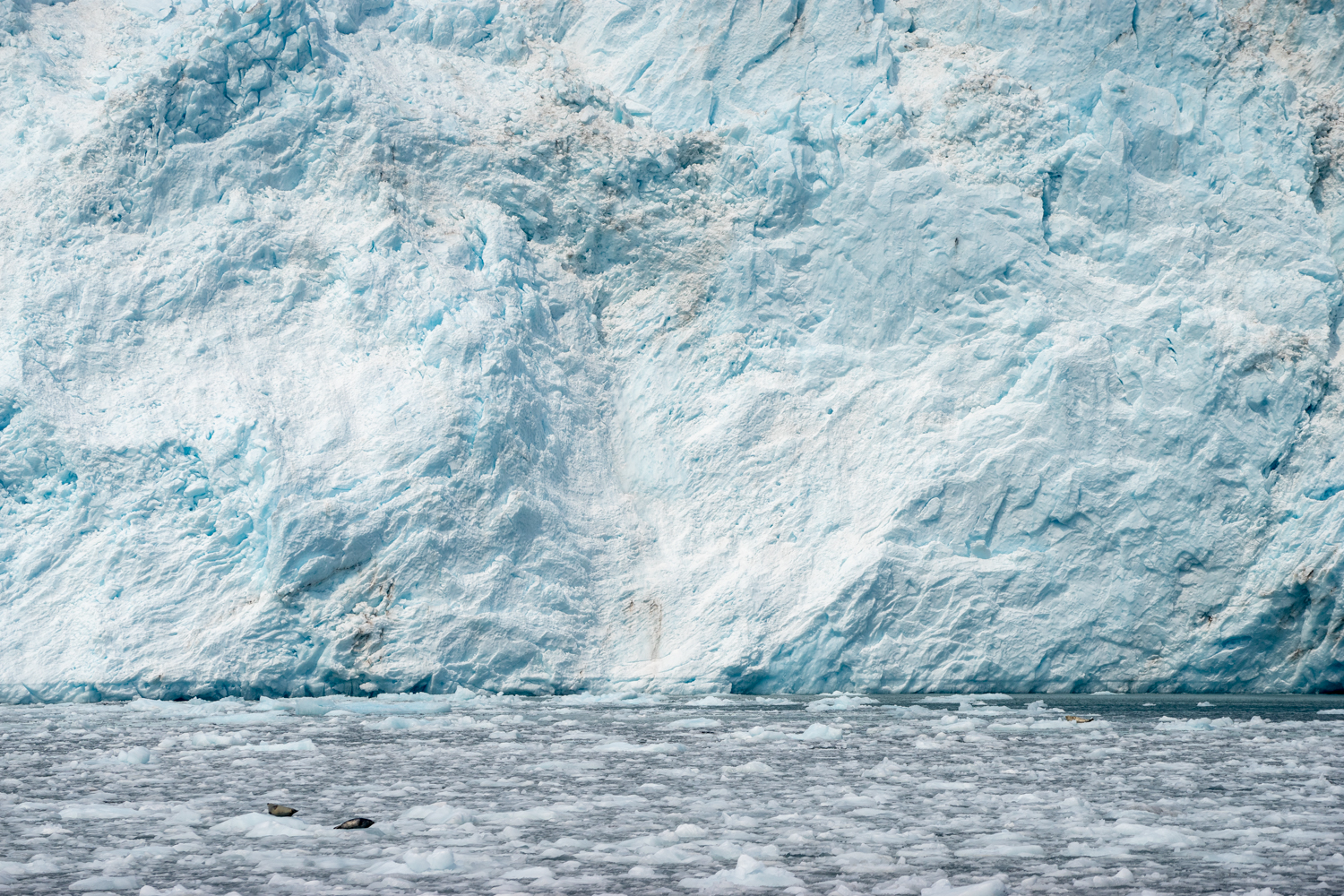
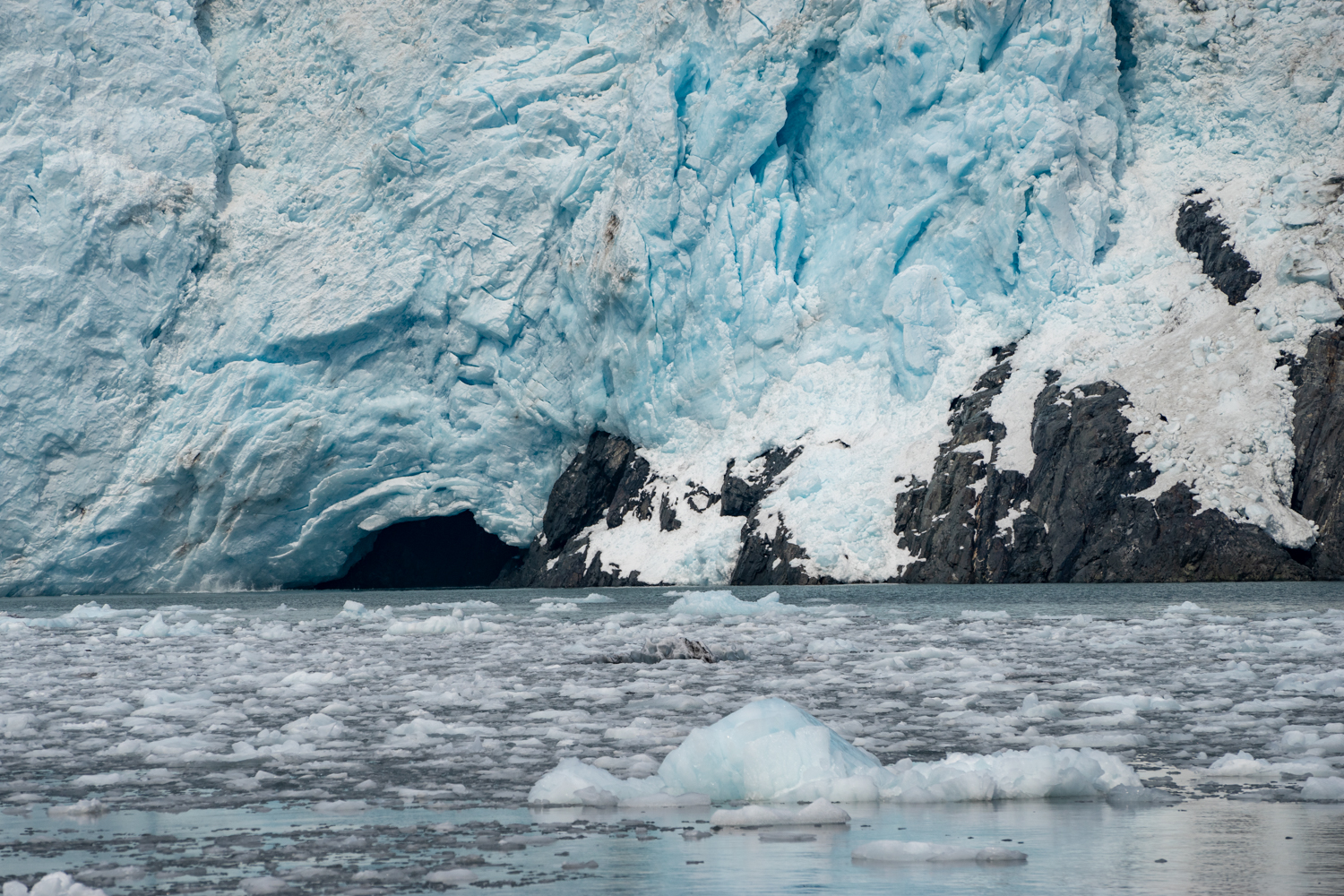
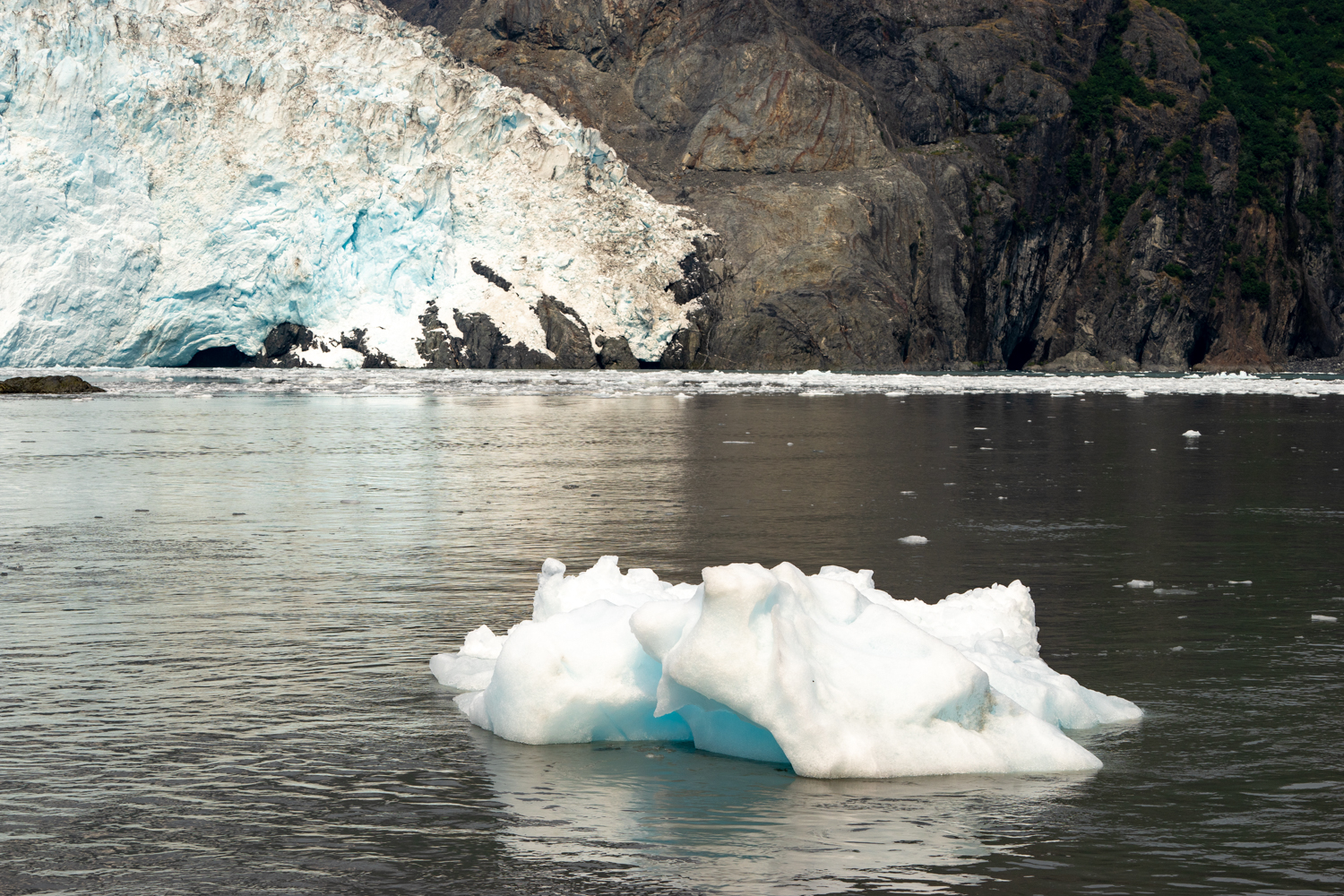
Here, where the glacier meets the ocean, we sit in silence listening to the occasional crack echo through the valley as the ice compresses and breaks. Suddenly large chunks of ice come tumbling down the face of the glacier as it ‘calves’ ice bergs into the ocean.
Cruising back to Seward the retreat of the glacier is a timely reminder of the changes to global sea and air temperatures and the sad fact that many of these rivers of ice may never be seen by our grandchildren.
Day 4: An Exit to our Journey
Off the rocky shoreline between Seward and Lowell Point, two sea otters playfully tumble together then duck dive under water leaving me to guess where they will rise again. Watching closely, one of them disappears under water to emerge with a clam tightly tucked in its paw. It then proceed to smash the shell against its belly before tearing out the meat with its teeth.
This morning I decide to head out hunting for sea otters. In the 1700’s Russian explorers began harvesting sea otters for their fine, dense fur, which traditional natives have long known to make extremely soft and warm clothing. Over the next 150 years, as the fur trade continued, the species was hunted to near extinction. Luckily my hunting was with a camera as populations have returned to healthy numbers since the introduction of bans on its’ fur sale. With the otters finally deciding they have had enough of me stalking them and head out to sea i return to get ready for our last real hike of the entire trip.
Driving to Exit Glacier, the most accessible of the glaciers in the park, we are quickly exposed to the rapid timeline of retreat. On the road almost 1km away from the glacier, on the trail winding through the forrest, and ultimately, on the bare rock at the end of the trail are signs marking 195 years of glacial retreat. Tucked in the bushes is a pavilion built in 1987 that once gave visitors an un-interrupted view of the ice. Now it looks into a wall of green alder shrubs, a stark reminder of the pace of change.
Despite a dodgy knee from walking and hiking over 300km since we have been away, we make one last march up a steep trail to get a view of the glacier and icefield. Climbing almost 800 metres in elevation the trail opens up into a stunning meadow area with a carpet of flowers cascading down into the icefield below.
Sitting on the precipice for one last time is is sad to think that Exit Glacier, which got its name from the explorers who travelled from Homer to Seward across the Harding Icefield and exited at this site, is also our exit to Alaska. With only a couple of travel days left it is a fitting end of our journey.
July 2019: Leaving the Road behind - Alaska
We set off for the next part of our Alaskan adventure – this time a camping trip into the Denali National Park. At just over 21,000 feet, Denali is the highest mountain on the American continent and one of the 7 summits coveted by climbers all over the world. Formerly known as Mt. McKinley, Denali is the mountain's original Alaskan native Athabascan name, which translates quite appropriately to “the Great One”. Whilst we may not have been ready for the 3 weeks it takes to summit Denali we also did not want to spend 10 hours restricted to the bus that takes most tourists into the north of the Park. The good news was I found an alternative that would get us into the heart of the park. The bad news - it would involve 3 nights sleeping on the ground and peeing into a bucket.
Day 1: A Tent and a Bear
An hour and a half drive north of Anchorage our adventure begins as we pull into the hanger of K2 airlines. What appears to be a movie set, numerous bright red 6-seater de Havilland Beaver planes from the 1950’s are floating on the lake. Little did I know that these are the work horse of Alaska taking everything from hikers to supplies to remote mountains and towns that are inaccessible by any other means. There is so much remoteness to be reached that one in every 92 Alaskans has a pilot license.
We load what we thought was our small amount of camping gear on to the plane and climb aboard, me in the co-pilot seat. A hint of apprehension occurs as the pilot calmly begins to show me how to operate the satellite phone to make emergency calls as well as what the numerous dials on the ancient plane dash should be showing. As we skim along the lake we go from part boat to part plane quickly lifting into the air. It is not long before we bob and jolt our way into the heart of Denali National Park. Following the large Ruth Glacier, a white streak of ancient ice only a few hundred feet below us, we descend, aiming for a small lake to somehow stop before crashing into the ice wall at the end.
Packing all of our supplies for the three days we hike several kilometres along a narrow trail and through car size boulders to base camp. All of a sudden I am regretting bringing in that extra pair of underpants as the weight of the pack continues to force my body to topple into the ravine below. Arriving at base camp just before I decide to jettison anything over 100g from my bag, we are greeted with a strange knee-high white fence. We are informed that this is a bear fence that is meant to prevent us being ravaged by black bears while we are sleeping. Failing to see why a bear would not just step over the fence we are quickly told not to touch this as it has 1500 volts passing through it – no, not enough to kill a bear but enough for them to decide that squirrels are better food than humans. As we unpack, joking about the need for such protection, a call comes – “BLACK BEAR just outside!” Luckily a bear with its cub were happily wandering along the valley a safe distance from us.
As the night begins to fall – well not really as it does not get dark at this time of year – we roll out the luxurious 1cm sleeping mat, use our scrunched up clothes as a feather soft pillow and cover our faces with something to try to block out the light without suffocating to death.
Day 2: Tarns and Testicles
Opening the zipper of the tent I am greeted with two features of this amazing wilderness. The first is a vista of snow-covered mountains completely surrounding us with Mount Church rising 8233 feet from the glacier below. The second is an army of 10 million mosquitoes who have obviously realised that human blood must be sweeter than the other wildlife that roam the mountains. After using a month supply of DET we sit and enjoy scrambled eggs and reindeer salami wraps for breakfast (not bad for being made from fully rehydrated packages) while playing sport on how many mosquitoes we can swat. It is not long before breakfast is broken with the second sighting of a bear, a juvenile male, this time much closer just outside camp.
Not being deterred, we leave the safety of the bear fence camp for our first all day hike. Following beside the Ruth Glacier we search for a way through the moraine which is the rock and sediment deposited by the glacier as it carves out the valley. At first sight this appears to be the deposits of a mine with its huge scar ripped through the earth. It is only when we reach an outlook over the frozen glacier wall that you appreciate the power of mother nature.
The boulders and rock debris soon give way to a carpet of white, yellow and purple flowers as we climb higher into the mountains. With no paths in this wilderness we follow our nose towards a peak in the distance. While this hike would normally be undertaken either in the rain, or threat of rain, we were experiencing a rare heat wave in Alaska. Luckily, we pass two tarns, or small lakes formed by glacial erosion and look forward to a well-deserved swim. It was not until the body plunged in the water that I quickly realised that there is something colder than ice. As the body went into protection mode sending all the blood to the vital organs, I only had enough capacity to swear profanities (in a very high pitch!) and claw my way out of the water before certain death was to occur. Now that was invigorating!
Reaching the final peak with more un-describable views in every direction I sat and reflect on not only how lucky I was to have survived swimming in the tarn but also to be experiencing this remote part of the world.
Day 3: Our own Mount Denali
There are a few things I must mention about this amazing trip. The first are the guides who really make this experience memorable. I will change their names for their own protection. Let’s just call them Ian, Sarah and Tom. Ian is our lead guide, a wirey young man who has more knowledge of the mountains than his age suggests. Part master chef, part intrepid adventurer, Ian manages to juggle food preparation and the complexities of keeping us safe, all with a constant smile. Sarah is a super hero that would fit any action cartoon. This is someone who spends their winter blowing up mountains in the snowfields to cause avalanches before the skiers head up each day, and in summer heads to Alaska to lead climbers up to the summit of Denali. Obviously looking for a rest, Sarah is our other guide for the trip. And finally Tom, who is a mix of Tom Selleck and Bear Grylls. With a dry sense of humour and a somewhat questionable ability to play and sing ‘House of the rising Sun’, he is the camp ‘Mayor’ responsible for the setting up and running of base camp. While I thought carrying that extra pair of underpants was too much, he has the unenviable responsibility of carrying everything into and back out of camp. The story goes something like
“Tom – we need you to carry that 44 gallon steel drum into camp as a bear proof container“–
TOM - “no problem I will just throw that on top of my 90 pound backpack and sing Greenday along the way”.
The second is a bit more about camp life. The company we travelled with, Alaskan Alpine Adventures, are serious about the theory of leave “no trace”. From spitting our toothpaste into a waste bucket, to carting out a poo bucket (sorry there is not more sanitised way to say it) we ensure that not even a dropped peanut is left on the ground. To ensure that bears and other animals are not attracted in to camp we have a huge barrel where all food, toiletries and anything else that does not smell like dirt is stored (yes the one Tom kindly brought in on his back!).
Leaving the squirrels, mosquitoes and bears behind to work out how to best raid camp we head out on our second all day hike. With another warm day we search out another peak to conquer. As we climb over snow drifts, and through thigh deep water crossings (it is now I wish we had rubber boots again) we are quickly questioning when and if we will be needing our puffer jackets. The great thing about being so far from civilisation is the ability to drink the water directly from the melting glaciers. People pay big dollars for this stuff bottled.
As we begin to gain elevation we also quickly begin to get steeper. Part climbing, part terrifying scramble up a near vertical face, we eventually get to the top of our own peak at 3900 ft. While nowhere near as tall a Mount Denali, we have another amazing post card 360-degree view, including a quick glimpse of Mount Denali peak itself through the clouds.
While going up was a challenge, we soon realise that getting down is going to be even harder. What at first appears to be a sheer drop, is overcome by sitting on your backside and letting gravity do it work, sliding precariously through the knee-deep vegetation. Finally reaching the bottom and dragging ourselves back to base camp, we have another ‘brisk’ wash in the stream and fall in to bed exhausted but euphoric about our last couple of days.
Day 4: Planes, trains and parades
The final day we repack everything into our bags for the hike out (along with the ‘poo bucket’). The hike up and over the rock boulders is as difficult as I remember coming in but less exciting knowing we are at the end of the trip. The sound of a propeller echoing through the valley is the sign that the plane is not far away. Climbing aboard we quickly shoot in to the sky, six small dots of our tents at base camp disappearing into the distance. As we climb higher a large white peaked mountain thrusts from the valley into the blue ocean sky above. What is usually obscured by cloud for two thirds of the time, Mount Denali is clearly visible. Even the pilot decides to do one more turn to get a look at this majestic mountain.
Landing back in Talkeetna, we are thrust in to the middle of an American celebration – the 4th of July Parade. At the best of times Talkeetna is a quirky town with a mix of locals, hippies and climbers passing the time at the Denali Brewery and Hotel. To give you an example of what this place is like, previously, residents of Talkeetna officially elected a cat as its mayor.
But today was a special day with the weird and wonderful residents leaving their cabins hidden in the bush to join the parade of old cars, horses and decorated quad bikes down the main street. Travellers gather on outdoor restaurant patios watching the parade go by while they gorge on caribou burgers and fireweed icecreams.
With the afternoon festivities about to get in to full swing we reluctantly leave, boarding the Alaskan Railroad for our trip back to Anchorage. What was originally built to support the gold rush in the early 1900’s, now takes passengers on the scenic trip north and south though Alaska. Sitting in the open glass topped coach we are finally rewarded with one last prize – a quick glimpse of our first Alaskan moose which we have been searching for since we arrived. A fitting end to our trip in to the wild.
July 2019: The humpback highway - Alaska
Long before the cruise ships paraded up and down the Inside Passage of Southern Alaska, John Muir, founder of the Sierra Club and an early advocate for national parks, was seeking adventure, much like we were today. Alaska had been on our bucket list for many years but we agreed that our 50th birthday present was to escape to this ‘last frontier’.
While we may not be willing to follow Muir’s footsteps in a small canoe, we also did not want to join a ship larger than a major city full of poker machines and mobility scooters. So instead we opted for a unique small ship cruise for 7 nights exploring the little inlets and bays of this Alaskan Inside Passage wonderland.
Day 1 – Sitka Departure
Meeting late in the afternoon to board the ‘Wilderness Explorer’ with just 45 passengers on board, we settle in to our small, if not cosy cabin. Out little floating hotel for the week may not have all the bells and whistles of a large ship but the multiple kayaks off the stern of the boat were a good sign of the fun ahead. The personal nature of the ship was reinforced as we were introduced to each of the crew and guides– Ben (the leader) Christian, Kelly and identical twin sisters Megan and Sarah (who don’t normally work together but just happened to be on the same boat for our trip. Of course!). We also met Emily who would become a critical staff member keeping us suitable lubricated with any cocktail we could name. First nights dinner of sock eye salmon would be the first of a week of locally sourced seafood found in this part of the world.
As the ship slowly sneaked out of the harbour under grey skies heading for the Magoun Islands – a cluster of small rocky outcrops dotting in the Hayward Straight - the question if the weather gods would be on our side was the main topic of conversation into the night.
Day 2 – The Magoun Islands
The day started with an early morning gym session on the back deck. I know, I know - we are on holidays but the plan was to burn enough calories to justify the big breakfasts, lunches, desserts, afternoon teas, cocktail hour drinks and nibbles and three course meals we were planning to consume each day.
The big advantage of a small ship tour is that most of the day is spent either on the water or hiking the remote islands that dot the glacier bays. Jumping in a skiff we explore around the Islands to get acquainted with the land/seascape and what it has to offer.
The water is calm, but the clouds hinting of the misty rain that would start falling. We had been warned during our briefings to expect it to rain, and rain often. So the saying goes "if the barometer goes up it is going to rain, if the barometer goes down it is going to rain and if the barometer doesn’t change then its still probably going to rain". Sun is considered “cloud failure”. The other piece of useful advice we received was there is no such thing as bad weather, there is only being badly dressed for the weather. So, appropriately clad in raincoats, rainproof skirts on the kayaks, we happily hop into the kayaks and paddled around for a couple of hours.
Safely back aboard it was time for happy hour, just as the sun decided to bathe the islands in rays of golden light. As we sat on the outer deck enjoying the cocktails and warmth, a raft of sea otters similarly enjoying the rare Alaskan sun drifted past. But the otters were soon to be out done.
Each night we were entertained with an educational talk on the history, animals and plants of Alaska. Tonights talk was on the numerous bird species we would see from the bold “bald Eagle”, the multiple types of sandpipers and the small plump marbled murrelet. But the talk was soon interrupted with an important announcement from the Captain over the loud speaker - “Bear on the banks ahead”!
As the room emptied quicker than a fire evacuation we all rushed up to the bow as it nudged towards the bank. Ahead a large single brown bear (only the educated know that we don’t call them Grizzlies in Alaska) slowly grazing on the rushes on the waters edge. Not a bad way to start the trip!
Day 3 – Kalinin Bay
Leaving the Magoun Islands, we sliced our way through the Neva Straight to Kalinin Bay. Anchoring in the horseshoe shaped inlet we set off on an all-day hike across to Sea Lion cove which fronts directly onto the Pacific Ocean. Standard uniform for hiking anywhere in South West Alaska is the humble gumboot. The thought of a 6 mile (10 kilometre) hike in a pair of rubber boots is not for the feint hearted, but as the saying goes – when in Rome…About 2 meters into the walk we quickly realised, after sinking thigh deep in mud, that these all terrain go anywhere shoes are a must.
Tramping though the meadow we are soon brought to a halt with another bear in the distance - this time a brown bear and her cub. Turns out this mumma bear is the alpha bear in the region and shows little interest in us. Her cub seemed a little more disturbed as we made our way carefully past them on the other side of the meadow with the guides hand firmly gripped on the bear spray. A little further along the trail we startle a juvenile bear who luckily decides to run away from (and not towards) us. I am quickly growing an appreciation of being ‘Bear aware’ as we hike in these less visited parts of Alaska.
A fairly scrabbly bush walk follows, up and over a small mountain, to a high lake then dropping down to the beach. It reminds us a lot of a small version Wineglass Bay Tasmania, although the water temperature is 10 degrees colder than what we had thought were freezing temperatures in Tassie. Despite the cold, our guides and several fellow travellers brave the hypothermic temperatures to plunge into the Pacific Ocean. We opt for a leisurely stroll along the sand, the only other foot prints before ours, those of the local deers.
As we retrace our steps, we encounter yet another Brown Bear, this time far off in the meadow. This one is more inquisitive standing on his hind legs to check to who this strange creature is in his part of the forrest.
Cocktail hour was calling so we return to the boat to have a soak in the hot tub under the still sunny skies as we begin to cruise down the long Chatham Straight. Known by the locals as humpback highway, the Chatham Straight is a major route for Humpback Whales. It did not take long before the tell tales signs of water spouts gave an indication that we were not the only large mass in these waters. In John Muir’s words:
…a half dozen whales, their broad backs like glaciated bosses of granite heavily aloft in near view, sprouting lustily, drawing a long breath, and plunging down home.
What a way to end the day.
Day 4 – Bay of Pillars / Patterson Bay
After travelling all night, we awake to yet another sunny day this time in the Bay of Pillars. Jumping into kayaks we are soon joined by a dozen sea otters (Cats of the Ocean according to Kelly our guide because they eat, sleep and groom their way through the day). The otters appear as a brown head popping up out of the ocean and then a set of flippers about 3 – 5 foot away. Seeing brightly coloured kayaks is usually enough to send them to the bottom whilst we play a game of “lets guess where they will pop up again”.
Back to the boat for a short cruise to our next destination – Patterson Bay. Having gone kayaking in the morning, we decide not to do the 6 miles up the bay chasing the boat in a kayak and instead opt for a more leisurely skiff tour in search of more wildlife. That decision turned out to be both good and bad. Good as we got so see a harbour seal as well as another brown bear. And Bad – as Kathryn lost her brand new prescription sunglasses over the side of the skiff whilst taking pictures of the said seal. We were hoping the seal might be trained enough to go down and grab the glasses for us, but sadly no luck.
On our way up Patterson Bay we took the opportunity to jump up into the bridge where the captain, the second mate, the tour guide leader and a tour guide where all glued to binoculars trying to find signs of life on the steep cliffs. Specifically they were looking for wild mountain goats. It was quiet pleasing to know that even they mistake a rock or a patch of snow for a goat.
The surrounding mountains reflected like a mirror on the calm waters, only broken by the wake of the boat as we made our way up the Chatham Straight. Entering a narrow channel where it felt like you could stretch your arms out and touch the rock walls, we entered Red Bluff Bay. At the end of the Bay a beautiful two hundred foot high water fall cascaded directly into the Bay. With the cliffs descending vertically under the water the boat slowly nudges up to the front of the falls, its spray enveloping those standing on the bow of the boat.
Another unforgettable day in paradise.
Day 4 – Basket Bay / Iyoukeen Cove
Waking early to yet another gloriously sunny day – the likes of which the guides tell us they have rarely seen (at least not a run of sunny days joined together) – Kathryn sets off to the “gym” on the back of the boat again to work of last nights amazing desert. Just when you begin to question why you’re on a cross trainer early in the morning, a whale pops his head up just 10 foot off the side of the boat to greet you and follows for the next 30 mins or so, lazily making his way up the humpback highway.
Basket Bay is blessed with crystal clear waters like that of a large marine aquarium - with star fish, sea slugs and schools of small fish visible below. With such calm waters we quickly jump into the kayak to immerse ourselves in the fish tank. Paddling to what first appears to be little more than a small creek inlet, it soon expands into a marble grotto (or cave) cut through the rocks. We slowly paddle through the cave and re-emerge on the other side to a small waterfall, pausing to marvel at the work of nature in creating such beautiful landscapes.
The afternoon we briefly motor to another small bay called Iyoukeen Cove. The unique feature of this Cove is a shelly beach covered with small glaciated pebbles and rocks. Looking for a new type of adventure we opt for our first taste of a “bushwhack” – a walk into the forest (bear country mind you) without the nicety of a fixed path. You literally thrust yourself into the edge vegetation and then follow a bear (or deer) trail, whilst your guide is calling out “haaaaay-oup” to let the bears know you’re coming.
We finished the day in the spa sipping cocktails and our first peek of the mouth of Glacier Bay as the sun set.
Day 5 – Glacier Bay
Two hundred and fifty years ago Glacier Bay was not really a bay at all but a massive river of ice, 180 kilometres long and as tall the mountains around it. Since Vancouver discovered the massive Glacier whilst trying to find a safe passage through the mountains in 1794 the majority of the glacier has retreated, leaving behind less than a dozen small remaining tide water (ocean facing) glaciers.
We set out to cruise the sixty miles up the bay where a river of ice once held ground. Our first call over the loud speaker from the Glacier Bay National Park Ranger, who had joined us for the day, was that we were approaching Marble Island. This rocky outcrop is a favourite haunt for a large number of species of birds, including the Puffin and a boisterous colony of sea lions, snorting and grunting as they sunned themselves on the shoreline.
Travelling further up the Bay, several hump back whales joined us after their long journey from Mexico to feast on the nutrient rich waters and restock their blubber reserves after calving.
Reaching the head of the bay, the now infamous Grand Pacific Glacier and the Margerie Glacier, the most impressive of the ocean facing glaciers, towered above not only our small ship but even the largest twenty story high cruise liner.
Naturalist John Muir, who visited Glacier Bay 85 years after Vancouver had first explored the many inlets and glaciers that make Alaska’s south west coastline, found the Glacier receding as fast as a mile per year. Of the glaciers he wrote.
“An imposing array of jagged spires and pyramids and flat-topped towers of many shades of blue from pale shimmering limped tones in the crevasses and hollows to the most startling chilling almost shrieking vitriol blue on the plane mural spaces from which bergs had just been discharged”.
(Can you see the boats in the three pictures above?)
Making our return trip down the bay we slowly motor past goat mountain, looking for tiny white smudges camouflaged on the near vertical rock face. After watching the beautiful scenery and the occasional see otter, porpoise and harbour seal go past from the top deck I head for the bow of the boat to watch the afternoon sun (yes another rain free day) shimmer on the water.
In the distance a large black distinctive looking fin emerges from the water like the turret of a submarine. A whale definitely, but this was no ordinary whale. As we get closer the distinctive curled tip and black and white pattern on the body is a sure sign that we have witness the very first sighting of an Orca in the bay this summer.
Whilst Vancouver and Muir explored this land in the late 1700’s and early 1800’s the native Huna Tlinglet tribe had called this land home for hundreds of years before that. To gain some appreciation of this history we stop at Bartlett Cove to visit the Tribal House (Xunaa Shuka Hit), a recently constructed dedication to the of the importance of the native Huna Tlinglet connection to the waters and land of Glacier Bay.
Another fitting end to another unforgettable day.
Day 6 – Fern Habour
We spent our last day at Fern Harbour, another turquoise water inlet, home to many sea lions, otters and seals. The morning we don our rubber boots and set off on a second “bushwack” to get a real taste of what it would have been like for early explorers climbing the surrounding mountains through dense thickets of shrubs, trees and ground cover plants where no one has ventured before.
Several scratches, falls and clamours later we reach the high muskeg area overlooking the bay. Muskegs are boggy, peat-rich flat areas, with water lily-filled ponds, moss, lichen and insect catching sundew plants. Despite the warm 25 degree day - a scorching temperature for Alaska - the views from the top of the mountain are mesmerising with glaciers flowing like whipped cream in the valleys down to turquoise blue bays. Definitely worth the mud, sweat and scratches.
Our last activity for the day, and also the entire trip is a leisurely skip cruise following the rocky shoreline to say hello (and good-bye) to our watery friends.
While this could be followed by a relaxing soak in the hot tub, this is Alaska. As a result a few of us brave (or foolish) agree to take the “polar plunge” – this is where we decide it is a good idea to jump from the third level of the ship into the icy, freezing, cold, glacier fed waters (yes it was cold). What a way to remember this week.
John Muir is credited with changing the perception of Alaska from one of daunting cold to enchanting beauty. Following this amazing week journey along the Humpback Highway I hope to continue to follow Muir’s search for the beauty in this world:
“As long as I live, I'll hear waterfalls and birds and winds sing. I'll interpret the rocks, learn the language of flood, storm, and the avalanche. I'll acquaint myself with the glaciers and wild gardens, and get as near the heart of the world as I can".
― John Muir
JUNE 2019: A road trip across the Canadian Rocky's
I have not had much chance to get the camper out this year as we have been saving for our big trip to Canada and Alaska. This is our first leg from Vancouver to Banff. It seems i got used to driving a Mustang in my last US trip so looks like a good excuse to get another one.
VANCOUVER to WHISTLER
Following a week in New York and Boston for work, I flew to meet Kathy at Vancouver. While Cities have their own charm, this is not why i travel, so a quick overnight in Vancouver then pick up the car. Known as the Sea to Sky Highway, the drive follows along the shore of Howe Sound, Porteau Cove, past lakes, forests, and waterfalls (Shannon and Brandywine the most impressive).
We reached Whistler in the later afternoon just in time for a stroll around this quaint mountain village that hosted a previous winter olympics.
WHISTLER to KAMLOOPS
What is most famous as a ski village, Whistler is now an all year adventure town with down hill mountain biking, zip lines and bungee jumping keeping the adrenaline pumping. Our drug was Via Ferrata which is a combination of hiking and climbing with the use of safety harnesses.
While we could have stayed for several days, the road was calling. So we pushed on in the late evening (lucky it does not get dark until after 10.30pm) through the most scenic winding roads (gota love the Mustang) to a cheap hotel is a small town called Kamloops.
KAMLOOPS to JASPER
This drive to Jasper is not as spectacular as the Sea to Sky Highway or the roads after Whistler, but it is still fun in a Mustang. Deciding to make the most of the amazing mountains I took a late evening hike up a hill overlooking the town for some sunset photos after arriving into Jasper in the late afternoon.

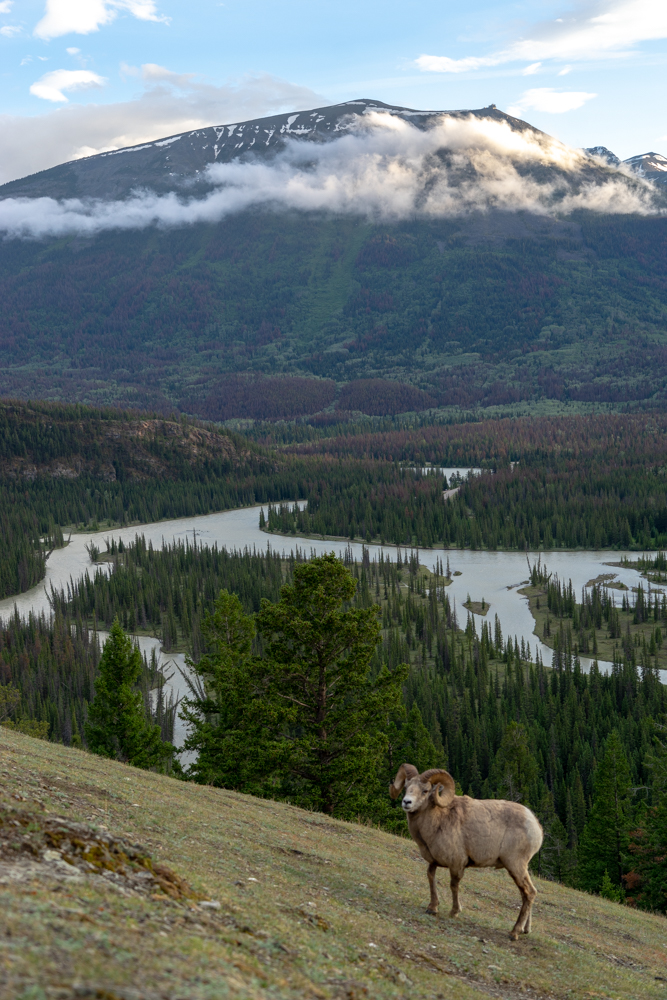

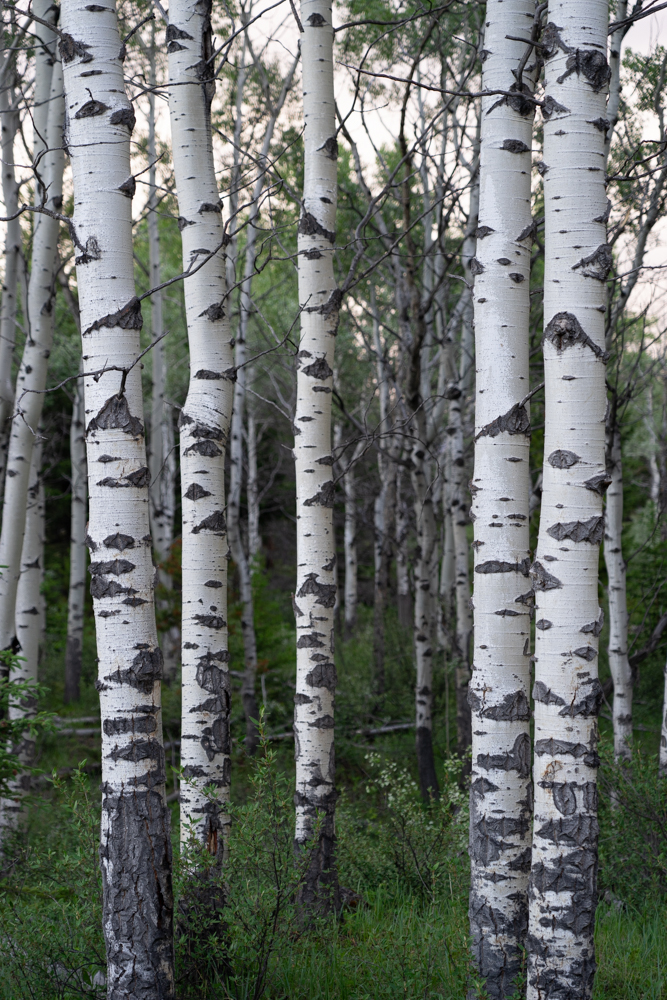


Jasper
Jasper is another Ski Village that makes the most of the summer season. The scenery is stunning making a 50km trip turn in to several hours of driving as you need to stop every 10 minutes to take in the scenery. We set off early in the morning and made our way to Lake Maligne. The drive from Jasper winds along the glacier valley running between the Maligne and Elizabeth mountain ranges. The Lake itself is the largest natural lake in the Canadian Rockies, stretching 22.5 km’s in length.
Escaping the crowds again we hiked 13km up the adjacent Bald Hill stopping for lunch at the summit to admire the view down to the lake and surrounding mountains. A mix of forrest, steep rocky passes and snow covered trails, and 360 deg mountains made this a great hike. While no bears on this hike we were joined for lunch by a cheeky chipmunk.
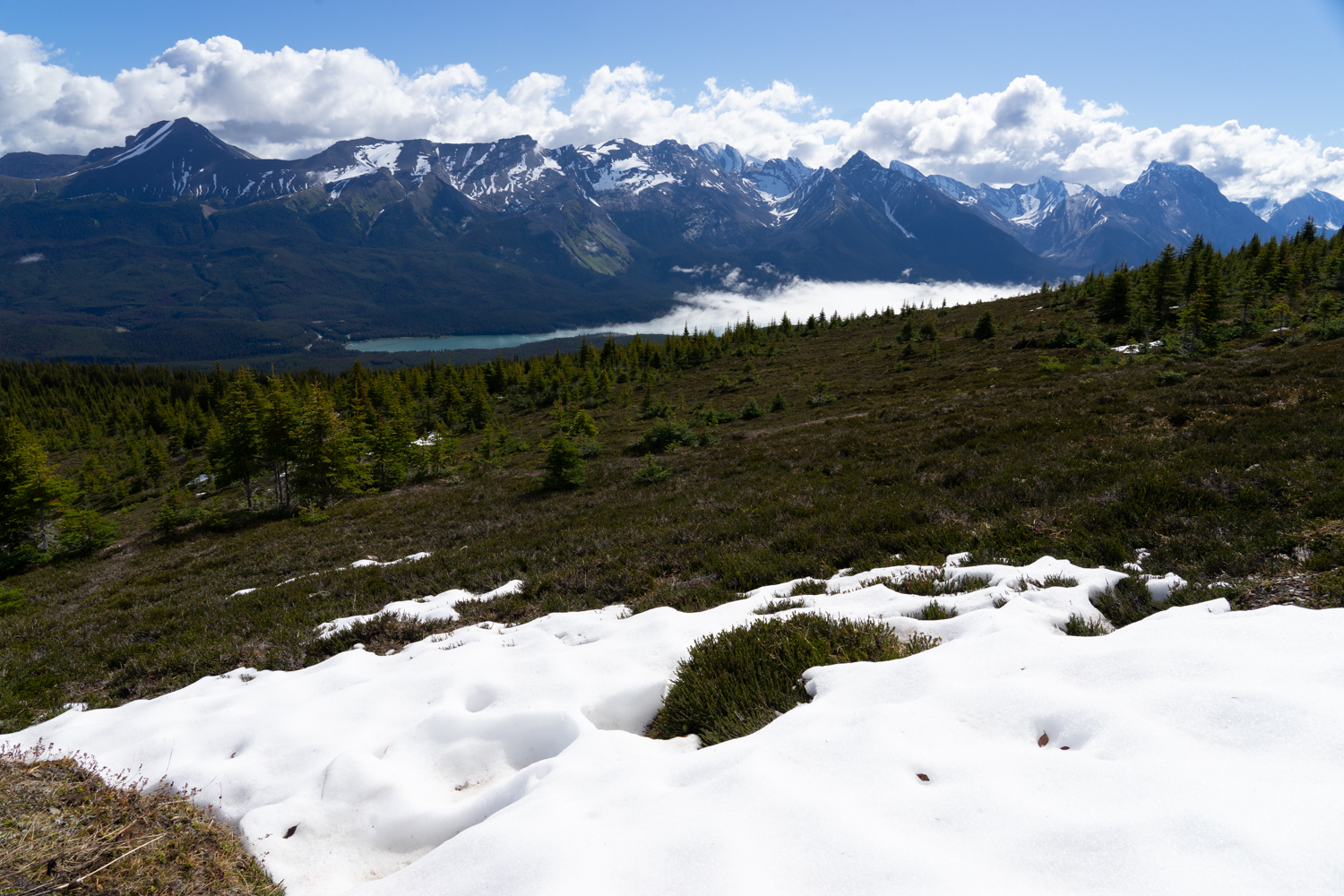

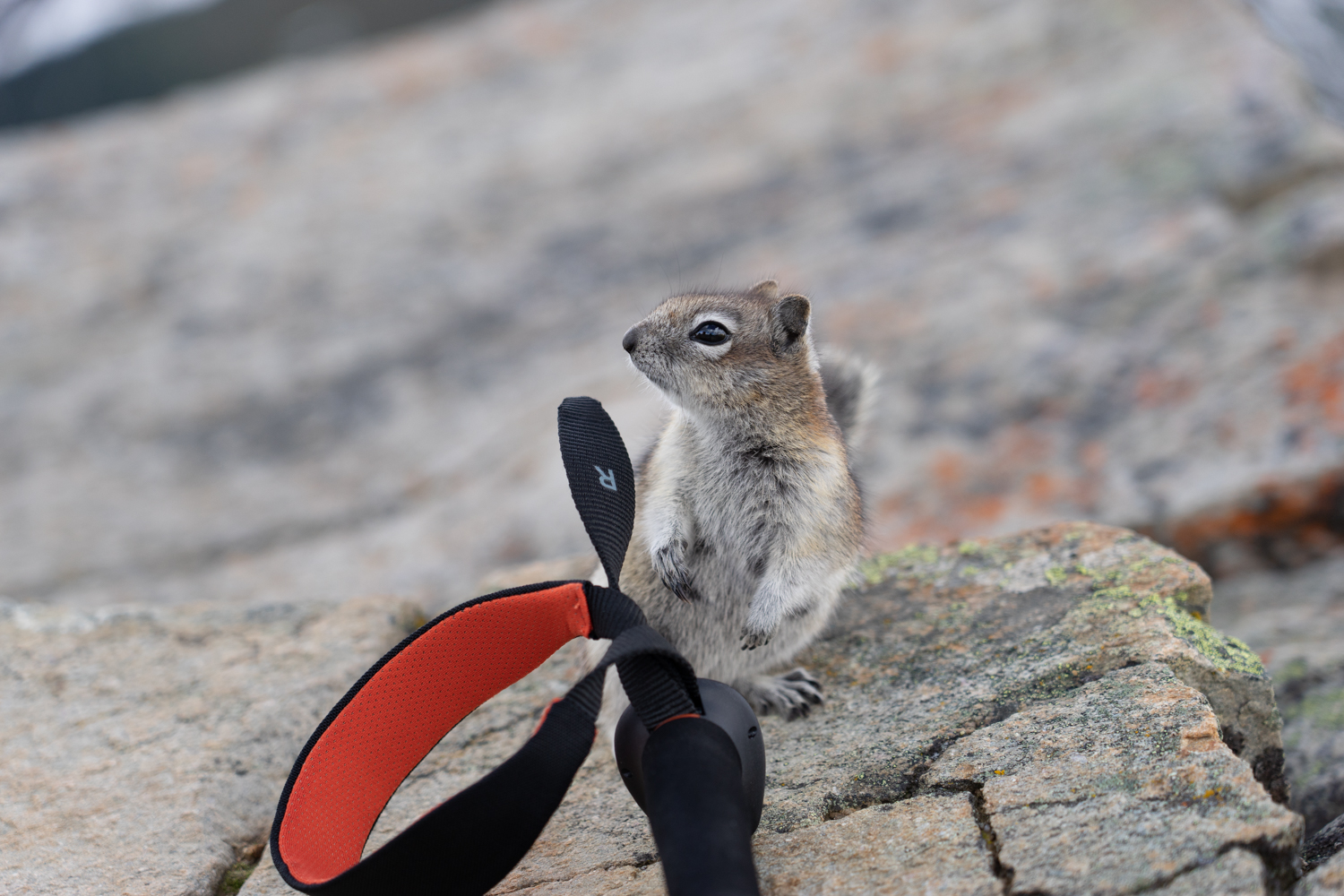
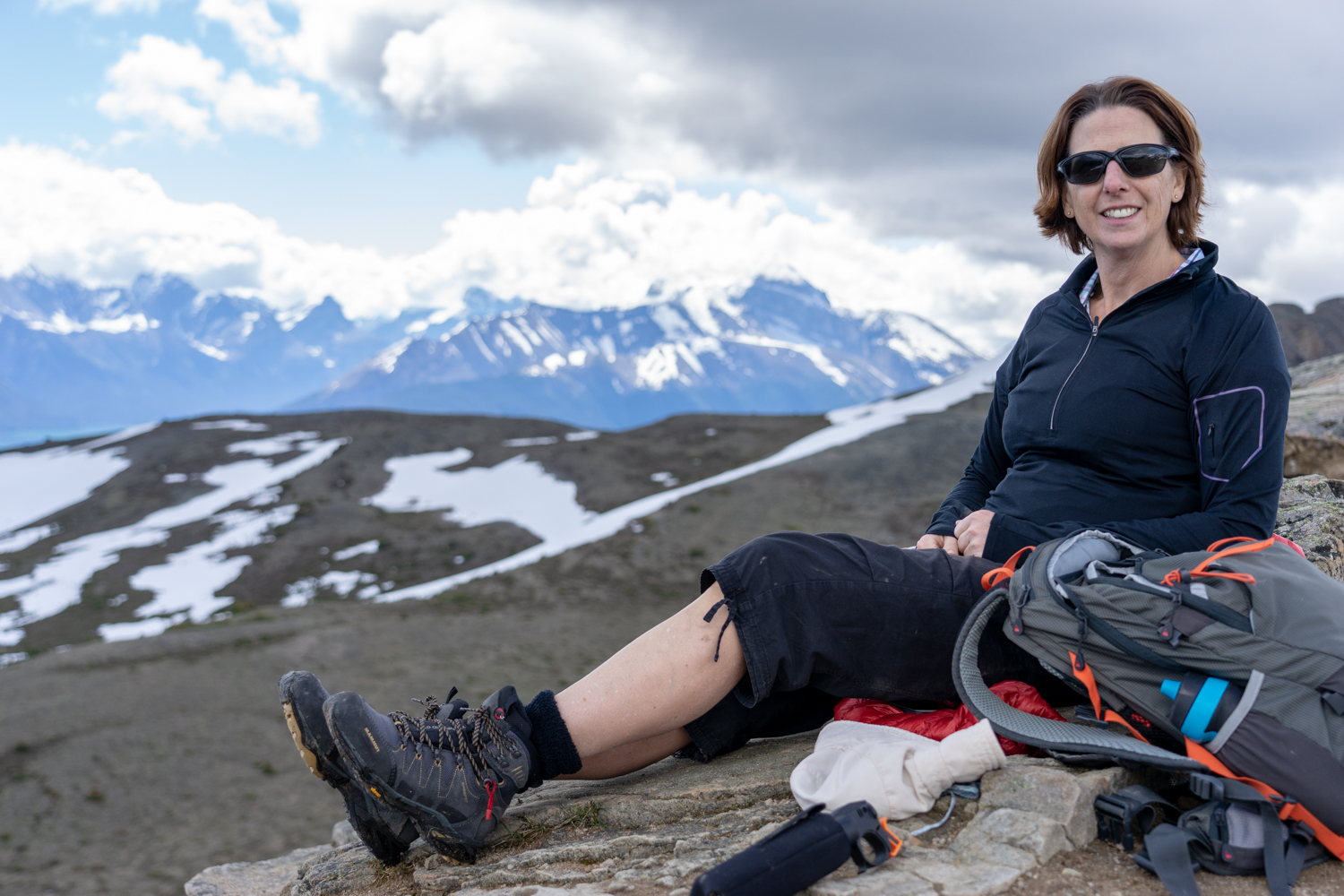

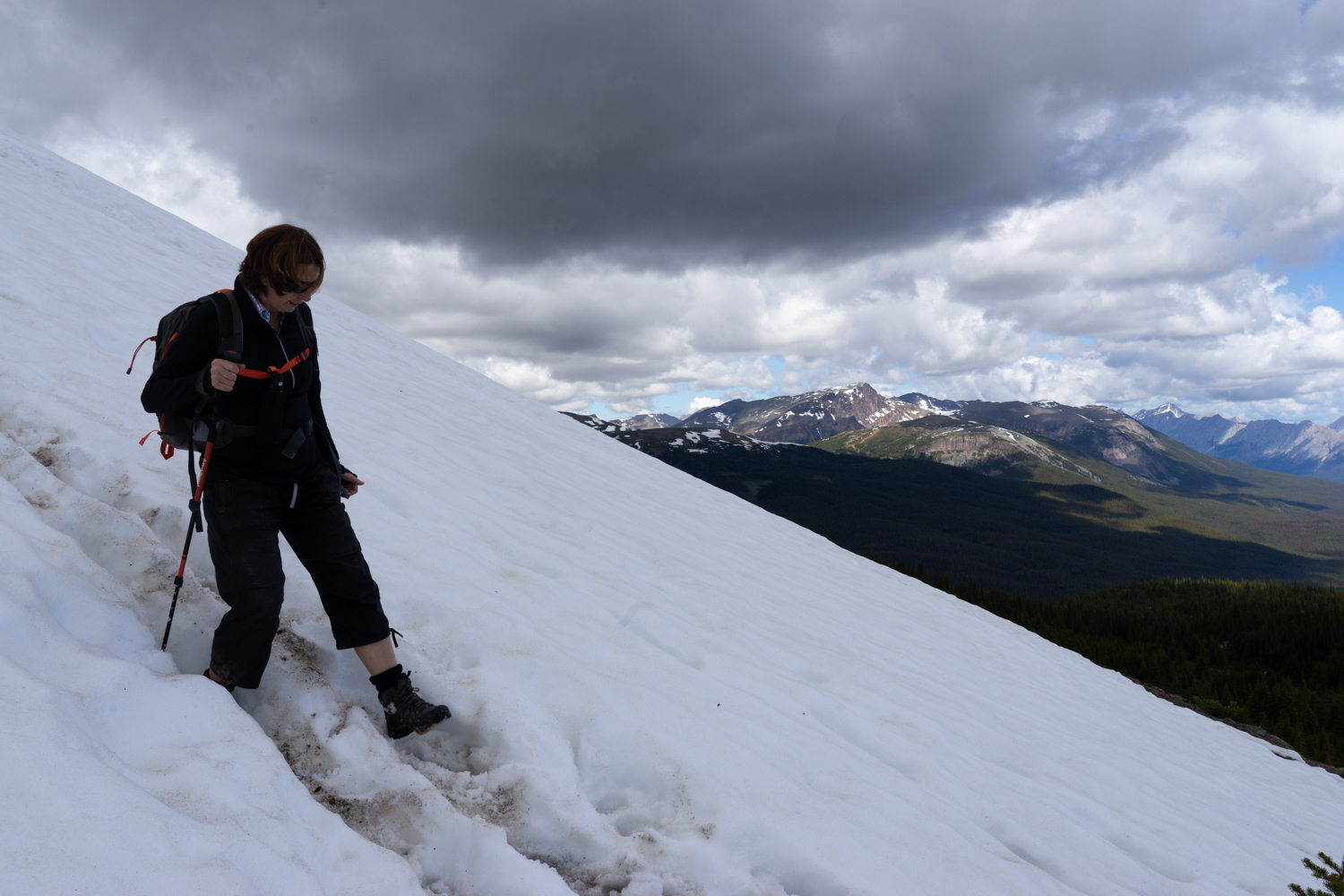
In the afternoon we sought an easier walk, this time through Maligne Canyon. The Maligne Canyon is carved deep in to the rocks and only a few meters wide, water rushing and thundering below.
JASPER to BANFF
The next day we were back on the road, this time following the 232km Icefields Parkway. This winding road passes through the heart of the Canadian Rocky Mountain Parks World Heritage Site, past more mountain lakes, ancient glaciers and broad sweeping valleys.
A quick stop at Athabasca Falls along with several thousand tourists, who decamp off buses like a plague of locusts all seeking their selfies at this beautiful falls (somehow i managed to get a photo without many people in it).
Next stop was the Athebasca Glacier. The massive six km long and one km wide tonque of the Athabasca Glacier flows is one of the most visited sites in Canada. Not wanting to spend over $100 each to join the bus loads of tourists who bus onto the icefield, we opted for the short walk to the base of the Glacier. This huge chunk of ice is in continuous motion, flowing down the valley like a frozen, slow-moving river. Because of a warming climate (if you ever wante evidence you just need to stand here), the Athabasca Glacier has been receding or melting for the last 125 years. Losing half its volume and retreating more than 1.5 kms, the shrinking glacier has left a moonscape of rocky moraines in its wake.
But to escape the tourists again, we hit the trail for a 12km hike up Wilcox Pass/Wilcox Ridge. Breathtaking does not do this walk justice with scenery over snow capped peaks, wildflower meadows and the icefield 1000 metres below.
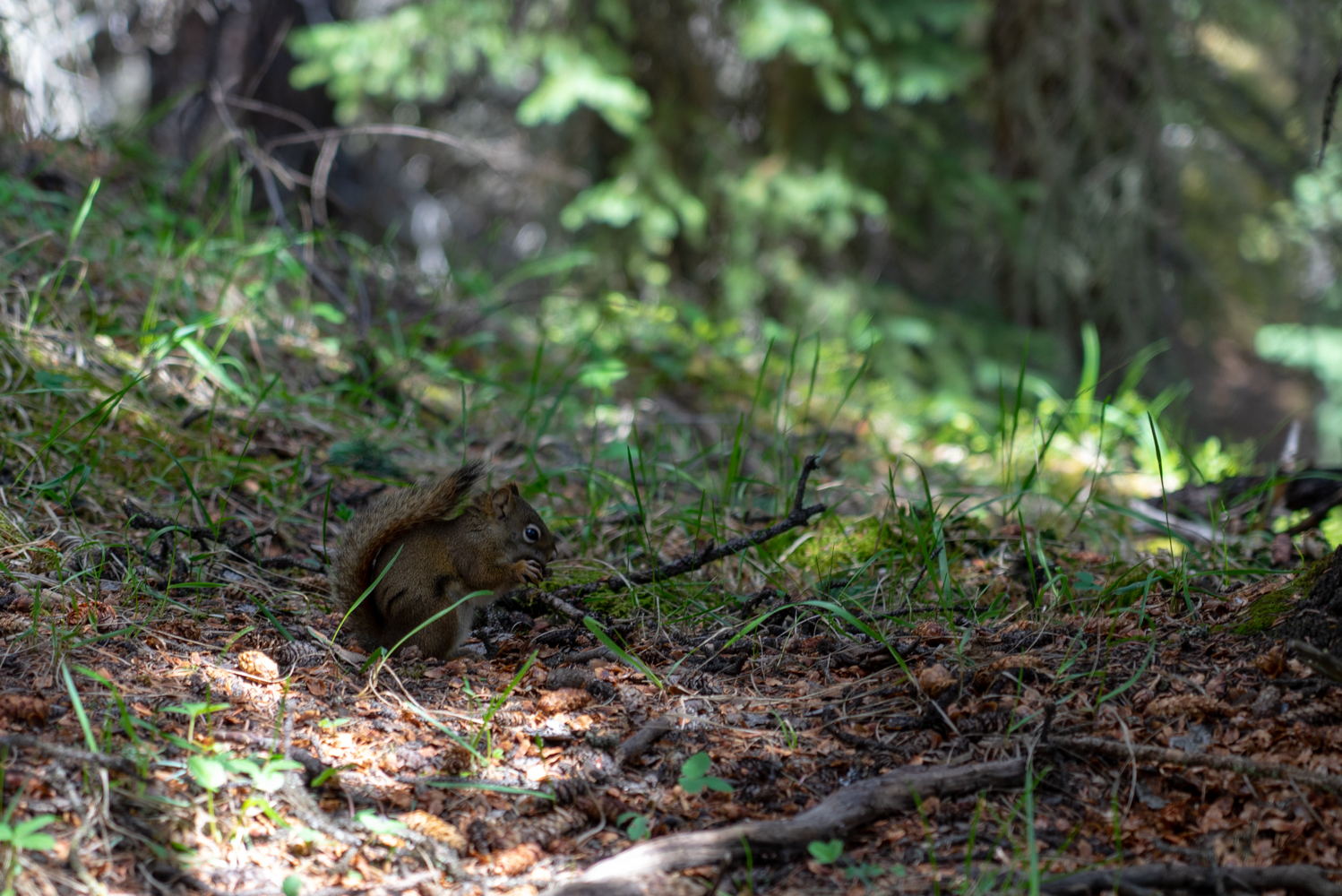
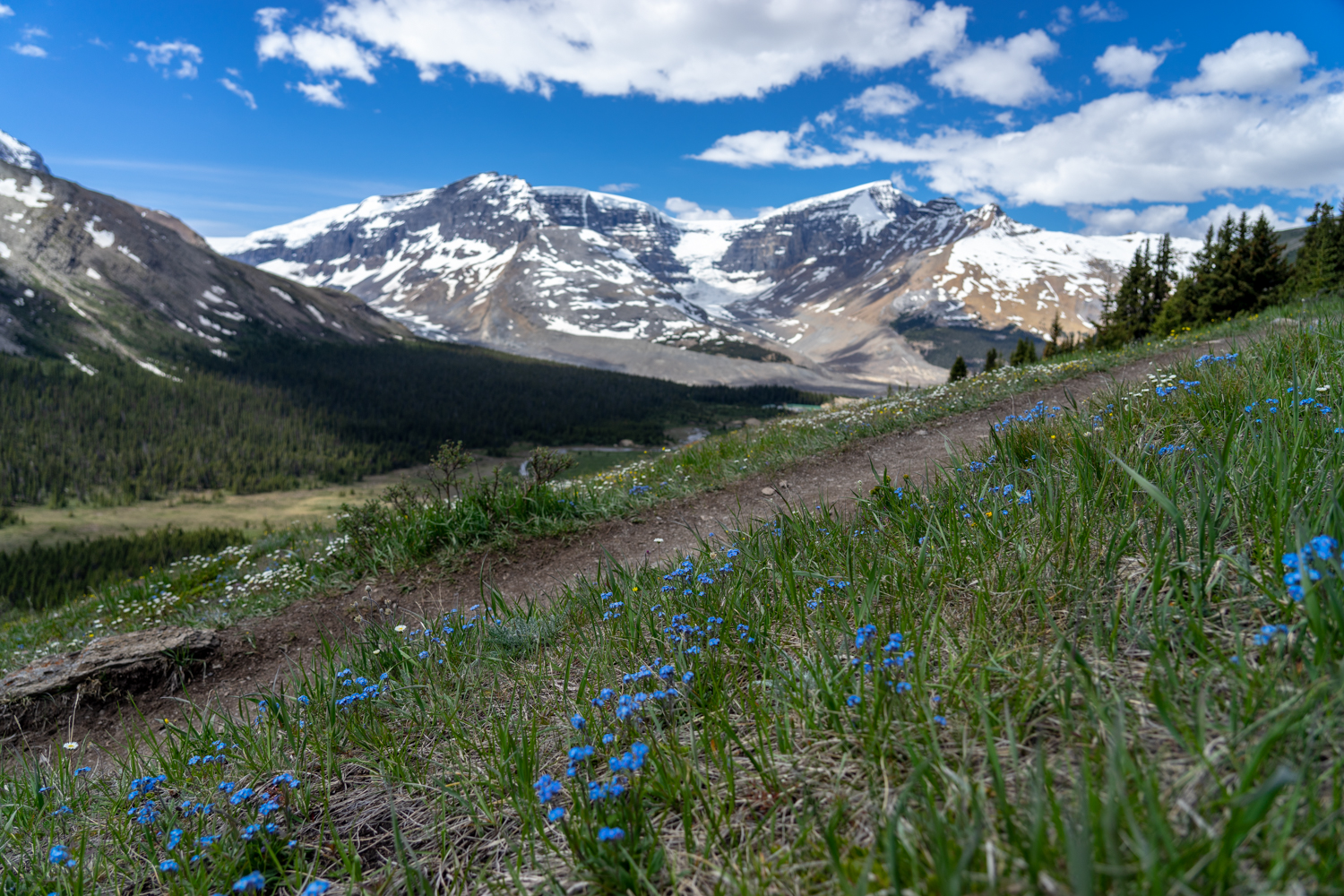
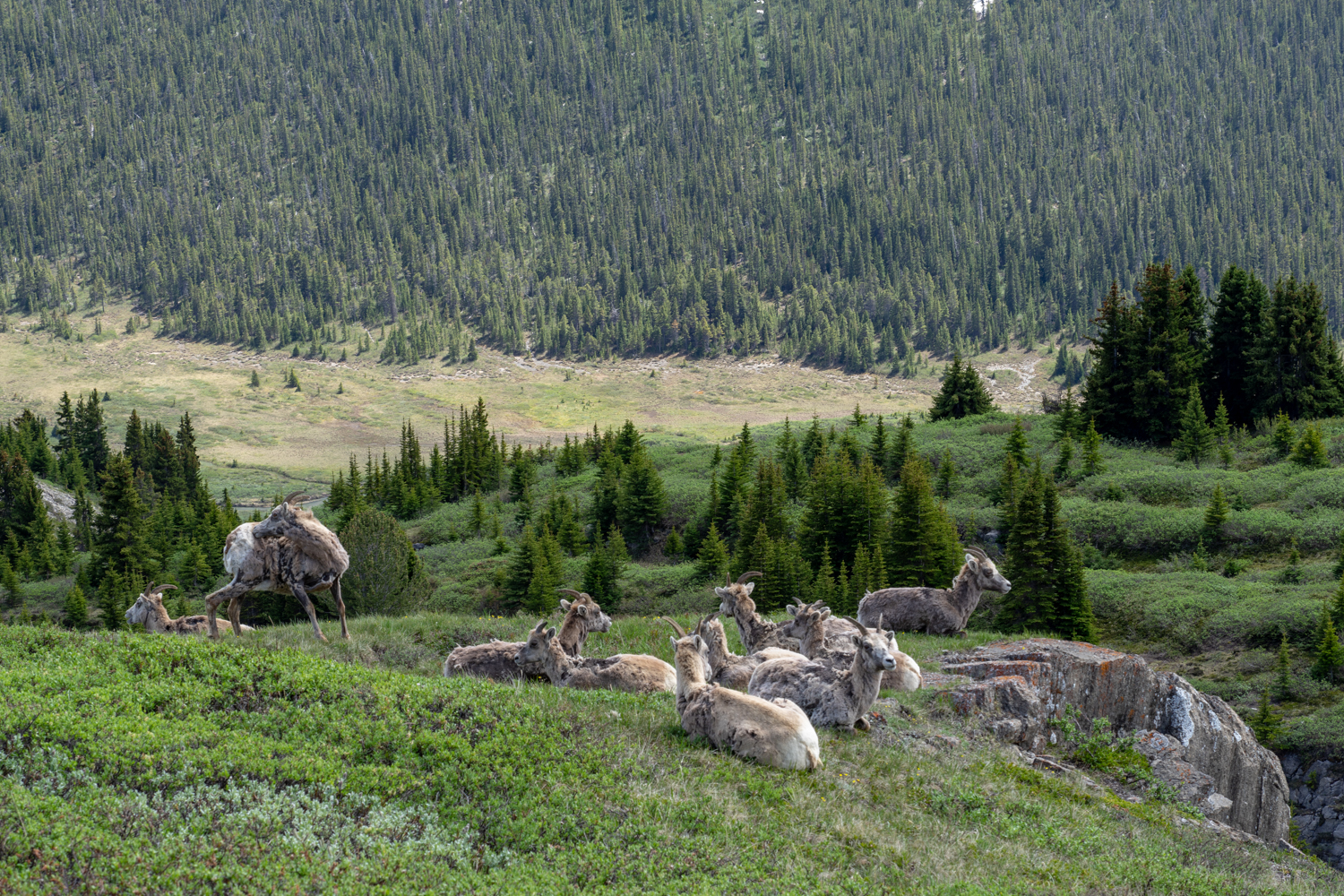


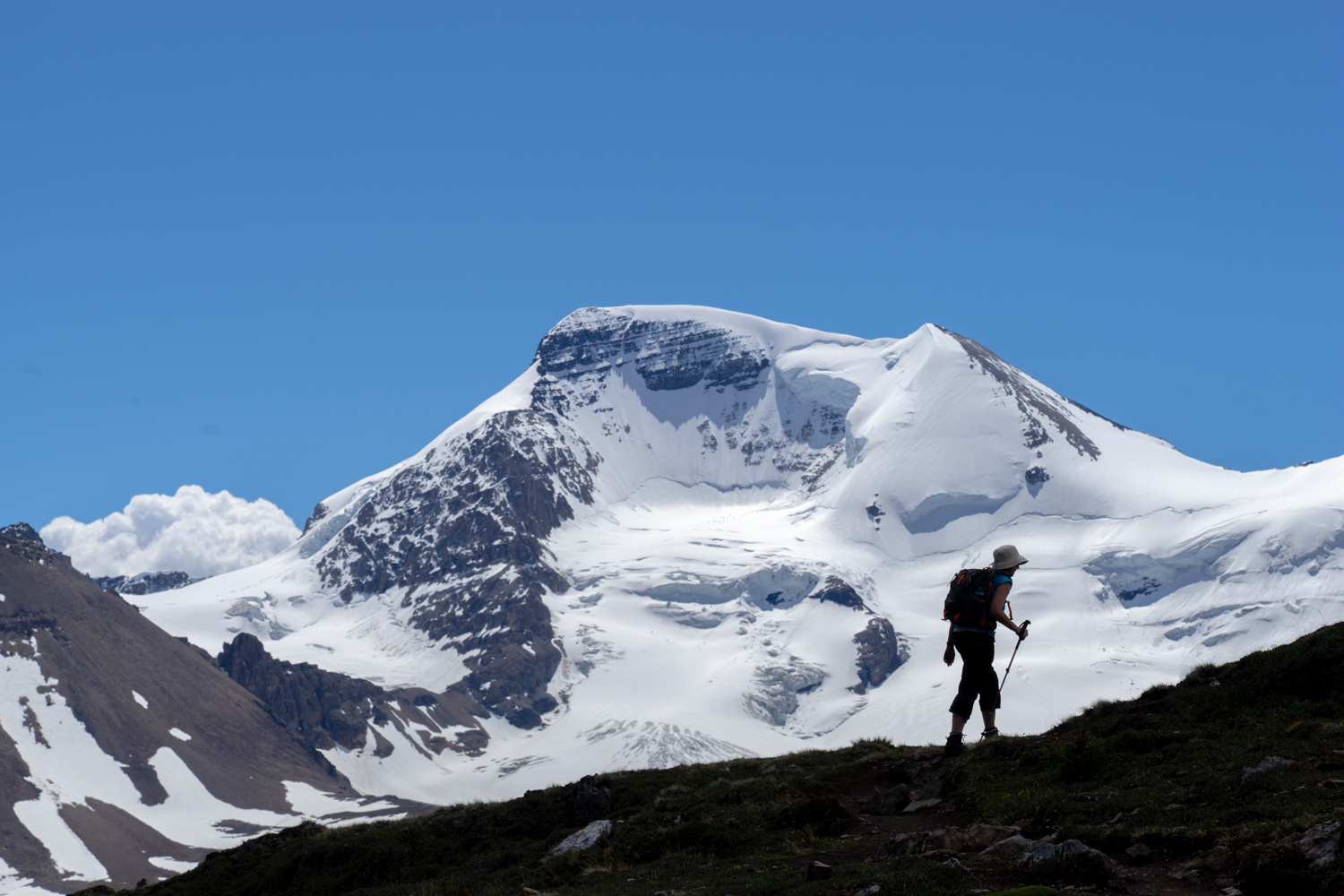


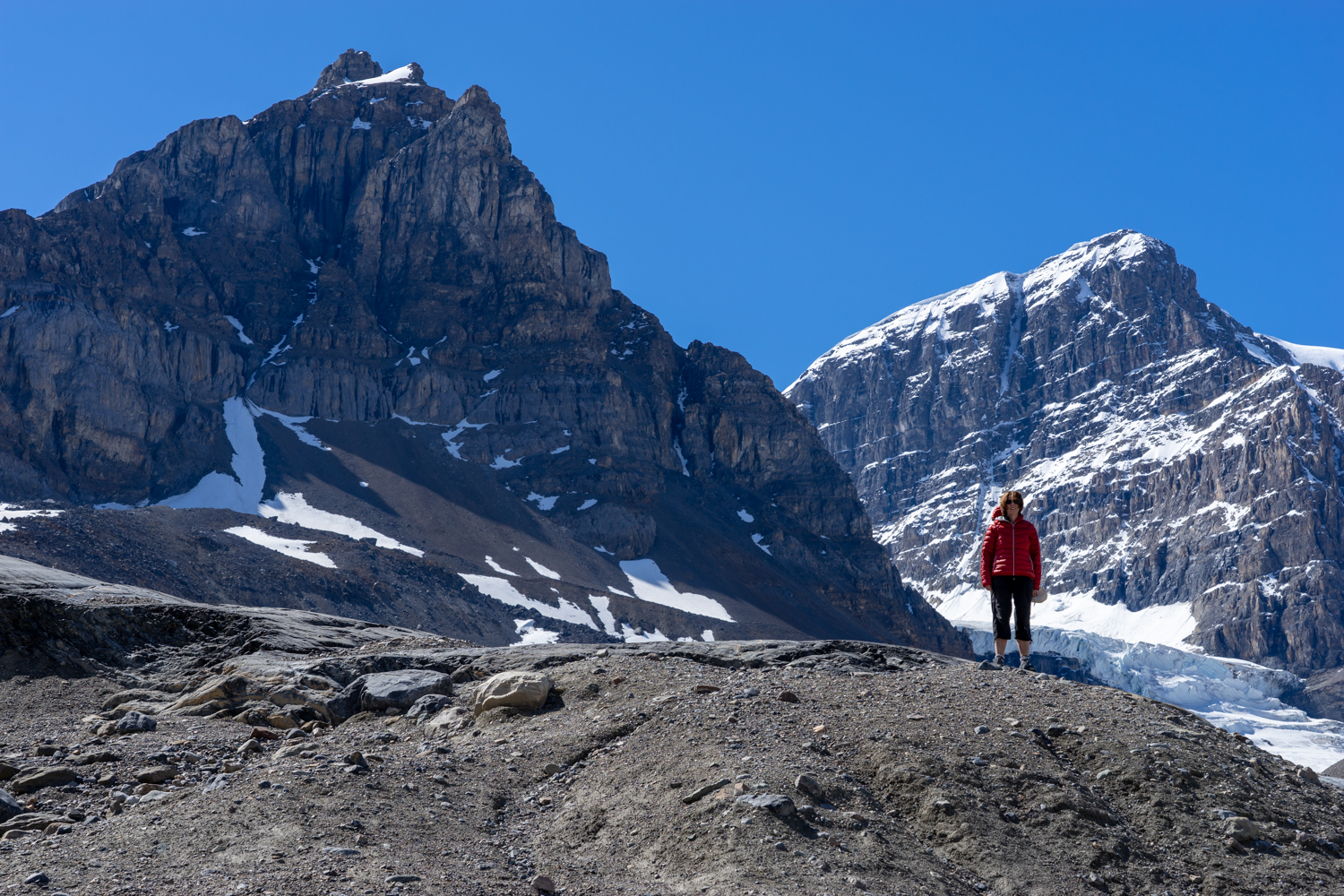
After a long hike it is hard to get back in the car but we had one more stop before reaching Banff. I lie, we stopped multiple times at lakes, waterfalls and mountain vistas. But eventually we reached probably the most photographed lake in the rockys - Peyto Lake.
BANFF
With a multitude of hikes to choose from you are spoilt with choice on what to do in the areas surrounding Banff. With the weather gods still on our side we decided on The Plain of Six Glaciers which begins at Lake Louise for our first hike.
Starting at the famous Fairmont Hotel, if you fight past all the chinese tourists you will see Lake Louise - a strange milky blue colour dotted with brightly coloured canoes carrying more chinese tourists.
But the best views take hard work so the long hike up the mountain was our choice.
Half way up there is even a tea house where we had tea and hot chocolate. They bring all supplies up by horses, giving hikers a well deserved rest along the way.
The trail takes you up close to the heart of Mount Lefroy (left) and Mount Victoria (right). From here you can look down across the crevasses of the Lower Victoria Glacier and the moraines left behind hundred of years ago by the Lefory and Victoria glaciers.
But our walk was only half done with a further hike along to Mirror Lake and Agnus Lake. All the lakes are completely different colours from emerald green, deep blue, to torquiest. Some may try to convince you they are died for the photographers, or the lakes are drained and the bottoms are painted. But the real reason is due to the type and amount of glacier silt or rock flour in the water. The silt is created from the grinding movement of the glacier which stays suspended in the lake. The sunlight that reflects off this rock flour is what gives the lakes their spectacular colour.
But our highlight for day 1 of Banff was our first real bear encounter - a mum and her two cubs - feeding on the dandelions in the sun (their favourite flower), oblivious to all around them.
Day 2 of Banff, and we headed back up the mountain, this time to the smaller but no less spectacular Lake Morraine which is yet another shade of blue. Moraine Lake is only half the size of its nearby neighbour Lake Louise, situated in the beautiful Valley Of The Ten Peaks. It’s a scene so spectacular that it has graced the Canadian $20 bill twice in the past.
From the lake we heading up the mountain again, this time to the Larch Valley and then onto the Sentinal Pass. I now know the definition of a pass - a bloody high crossing in the mountain. Lots of snow and very steep - walking across snow covered ledges just 20cm wide.
The rugged grandeur of hiking through Larch Valley, Minnestimma Lakes (small alpine tarns) provided another unique walk through wild flowers and snow. In autumns these trees turn a flush of orrange and yellow but are no less spectacular at this time of year. Again no grizzly but i did encounter a cute Marmot romping through the alpine blooms.
From the forrest the trail leads up a series of steep switchbacks to Sentinel Pass. The last few sections were snow covered with steep drop off on the side making it precarious to say the least. But the end was worth it as you gaze out over the unparalleled views. Yet again the view from the top off the pass was compensation enough for the aching feeling in the legs.
Returning back down we had a decision - carefully walk down the multiple switchbacks with the possibility of falling unexpectedly down the face of the mountain or taking a controlled slide (glissade) down the snow shute. Luckily we had been shown how to do this by the guide on our earlier climb in Whistler. So throwing caution to the wind, we donned our raincoats (to make the slide easier) and glissaded over the edge.
Back in Banff, I decided to head out in the evening for a quick trip up Mount Norquay, this time in the car. While there was no dramatic sunset it was still a great way to finish the day.
Banff to CaLgary
Before heading to Calgary, one last stop in our Canadian adventure was Johnston Canyon - and easy 6km stroll along the waters edge past a series of waterfalls.
A fitting end to a great week in Canada, with amazing scenery and amazing weather, we arrived at Calgary to light rain and temperature dropping to 9 degrees and reports of snow in Jasper.
Next stop - ALASKA
May 2019: Melbourne
My daughter was luckily to be selected to the Nationals in Gymnastics this year so we flew to Melbourne for the event. A good excuse to take the camera along to capture not only the gymnastics but a little bit of the city as well.
April 2019: Dunn's Swamp, NSW
It’s been a long time between drinks with limited travel due to work commitments.
It was finally time to dust of the camper and get some dust put back on it as we headed away for the weekend to Dunn’s Swamp in the Wollemi National Park.
Wile the National Park has some remote areas, one part that is easily accessible, even in a normal sedan, is the Dunn’s Swamp - Ganguddy Campground. Located not far from Lithgow there are approximately 80 spaces to choose. However be warned as many sites are only for tens so, if you are like us, it pays to get there early during school holidays to get a spot for the camper. Tip: you will soon be able to book online so check the NPWS website.
There are a couple of small walks (1 hourish) including the Weir Walk and Pagoda Lookout which provided panoramic views over the Cudgegong River and surrounding volcanic outcrops.
But one of the main reasons to come here is to paddle on the swamp. The good news is that it is actually a lovely lake formed due to the construction of the Kandos Weir. This was constructed in the 1920s when the river was dammed to provide water for a cement works.
We spent the weekend paddling past purple swamp hens building their nests in the reeds, and black cormorants fishing from the rocks. And if you are very lucky like I was, you may get a chance to sight a platypus on the water edge (no photo unfortunately).
July 2018: Mount Kaputar, NSW
What do you do when they are expecting the coldest July weekend for the year - You head to a Mountain! Mount Kaputar to be precise, in central NSW. The National Park is located about an hour from Narrabri so our chances of camping alone when the chill factor would get well below zero were high.
The Nandewar Ranges are an extinct volcanic range created between 17 and 21 million years ago. What is left of these volcanoes now provide an amazing walkers paradise with panoramic views from many of the peaks.
The Yulludunida Walking Track is a hard 4km return hike which starts at the Green Camp car park. The first part of the walk is a constant climb up a well formed stairs through the woodland. Once you reach the base of the Yulludunida 'crater' it open up to an amazing rock summit. From this point you follow the stone cans with some near vertical climbs up the rock face. There were definitely point that I was thinking - i hope no one falls as there is only one way out and that is via a chopper.
The Corrunbral Borawah walk is an easy 2km return that begins at The Governor carpark. From hear a open track takes you to the top of The Governor with more amazing views over the range.
From Dawsons Springs camp area there is a, easy 6km round trip hike that takes in a range of lookouts. Eckford Lookout overlooks the southern part of the park and Lindsay Rock Top, a strange open rocky lava flow, both having spectacular views over the surrounding agricultural plains. The day of our walk didnt get above about 5 degrees but luckily there was not a breath of wind.
While Mount Kaputar is the highest peak at 1512 metres, it is the easiest to access with a short 4WD track to the peak and a viewing platform to make life easy.
Probably the most frustrating bit of the trip is when you drive for 8 hours looking forward to some dark night skies and you realise you have forgotten your tripod! The best I could do was one shot with the camera on the ground.
If you plan ahead you can also get a key to access the Barraba track which climbs from the small town of Barraba on the eastern side of the park.
A short video from the trip
One track Mind: A Trip along the Frenchmans
While I have not had a chance to get up to Cape York recently the following story was published in the May 2018 Issue of 4WD touring Australia.
Sitting at Moreton Telegraph Station we were having a well-earned rest having recently reached the Tip of Cape York. A grey nomad sitting near me excitedly remarks to his partner, “I just heard that it took someone 6 hours to do the 50km stretch and another person flooded their car in the Pascoe”. It was looking like our fun was not over yet.
Most who make the pilgrimage to the tip have one track in mind. The Telegraph Track. And while the ‘Teli’ is famous, there is another less travelled track that is one of the Cape's most testing – The Frenchman. The Frenchmans Track is a ‘shortcut’ (in distance not time) from the Peninsula Developmental Rd to Kutini Payamu (Iron Range) NP.
Contemplating what I have just heard, I read over the 4WD rental agreement one more time. The good news is that it does not say we can’t go on the Frenchmans. The bad news is we have no winch. At this point I begin to question the decision to hire a 4WD rather than drive my own car all the way to the Tip. But, like many, the ability to take enough time to travel from one side of the Country to the other was not feasible.
Having flown to Cairns, we hired a 4WD with the aim of exploring as much as possible in the short time we had off. While the thought of trying to explain why we turned the rental into a submarine was not pleasant, there was no turning back.
Leaving Moreton Telegraph Station we head south looking for the small turnoff, having been told it can easily be missed. Sure enough, we miss it. Turning around we spy a sandy track deviating off in to the open forest. After a short drive the tree canopy begins to close in, the vegetation doing its best to remove the dirt scar through its heart. We soon realise that the lush green canopy is accompanied by what was to be the first of many bog holes.
The term ‘bog hole’ does not do them justice, as the reality is, they are really long, watery slush pits. While we do our best to test how deep it is, the distance makes it impractical, and no one volunteers to walk their length. While sensibility would have us turn around, with plenty of right foot and turns of the wheel, we power through each of them, hooting at the end of each one. This was fortunate as the lack of a winch or maxtrax (sitting comfortable at home on my own 4WD) would have made it a very slow dig.
After 12 very slow km we reach the Wenlock River and the next real test of what a stock 4WD can really do. The trusty landcruiser drops down the steep rutted entry to Wenlock River with only a few heart palpitations being caused. I am definitely glad I’m not going up the other way. The base of the river is firm with water lapping the top of the tyres. “This is not that bad after all”, I think, as I slowly get lulled in to a false sense of security.
From here, a mix of sandy, rutted and open tracks provides all manner of variety keeping the drive fun. However the smile is quickly removed as we stop perched at the top of a bolder strewn drop off. I stare down into the Pascoe River, and the thought of our conversation back at Moreton. Unsure what frightens me the most, the rock littered track or the depth of the flowing river, I take one last check of that rental agreement again.
Throwing caution to the wind, I thrust it into 1st gear low range and descend over the ledge. The stock cruiser, wanting to show of to the growing congregation, works its magic descending the track like a ballerina hoping lightly from one ledge to the next.
Like all river crossings up the Cape the level of difficulty is proportional to the amount of rain. However the Pascoe is deep most of the year with large rocks hidden under water ready to destroy a diff if you pick the wrong line. This is one crossing that must be walked to locate any deep holes ready to test out the insurance claim. With a mix of power, low tyre pressure and fingers crossed we part float, part lurch to the other side.
It is not over yet with a steep exit so we point the nose to the sky and hang on tight. Coming to a stop at the top, the blood begins to return to the knuckles griped around the steering wheel like a boa constrictor snake. The grin of both relief and exhilaration returns to the face knowing that I won’t have to do any explaining to the hire company.
From here we cruise along the white sandy heathland, grey termite mounds standing like soldiers on either side celebrating our success. We eventually join Portland Road and make our way to Iron Range National Park with a quick stop at Lockhart River for supplies. Lockhart is famous for the Lockhart River Art Gang, where you will find a studio with local artists producing paintings, basket weaving and other traditional craft works.
Back on the road, Iron Range National Park lives up to its name with its yellow and red rocky escarpment. While early travellers came here in search of another yellow mineral following the discovery of gold by John ‘Jack’ Gordon in 1934, the modern day traveller can enjoy bird watching in one of the largest remaining area of lowland rainforest in Australia.
However our aim was to see if we could spot one of the much rarer green pythons the area is famous for. Heading out for a walk along one of the tracks at night, we have been told the pythons are sometimes seen curled around branches overhanging the track ready to catch any unsuspecting dinner morsel. The torch catches glimpses of red from the reflecting eyes of the crocodiles looking at us as a possible dinner morsel. Having walked for 15 minutes I am surprised to see what looks like a rubber snake directly in the middle of the track. As we approach the plastic snake begins to move. It seems luck was on our side, not only getting through the Frenchmans unscathed, but seeing one of these majestic creatures in the wild.
Having spent a few nights at Chili Beach with its postcard palm lined beach, we return to the Peninsular Development Road. Crossing the Pascoe river again, this time a much easier ford, we re-live the excitement of the previous few days.
Our last stop is Rinyirru (Lakefield) National Park. During the wet season this low-lying area becomes an inland sea making it completely impassable. But during the dry, the numerous wetlands and streams come alive. Surrounding the Lakes, the Nifold Plains are an endless sea of tall grass interspersed with hundreds of termite mounds. Camping by one of the numerous Lily covered Lagoons we watch the magpie geese and sarus cranes search for breakfast amongst the red lotus flowers. It is advised not to get to close to the edge for risk of ending up breakfast for the crocodiles that also inhabit the wetlands.
Our last camp is at the Old Laura homestead, a great spot to relax and share the stories of conquering the Frenchmans in a stock fourby. While many put off visiting Cape York due to the distance to get there, the idea of hiring a 4WD may just be the ticket you need to experience this part of Oz. ….But just remember to check the rental agreement before you take the plunge.
May 2018: Branxton Rodeo
May saw a trip out to the Branxston Rodeo in the Hunter, NSW. While many of them are amateurs they still know how to ride a bull.
If the riders were crazy, they are not as mad as these guys who put their body on the line to protect the cowboys.
They also manage to have a bit of fun despite the dangers.
But there is a whole lot more at the rodeo than bull riding. There is some amazing horsemanship as cowboys and cowgirls put their horses to the test.




What I also love about events such as these is it does not matter the age, everyone gets involved.
April 2018: Kangaroo Valley, NSW
Not many photos from this trip as i was under strict instructions. It was our wedding anniversary. Despite this we did manage to get out and explore this great part of NSW and I snuck in a couple of images.
April 2018: Booti Booti National Park, NSW
Easter, so what better time to get away. This time to Booti Booti National Park. I did a story on this in an earlier issue of 4WD Touring which made me decide to venture back.
If you want to escape the crowds this is definitely NOT the place. they pack them in here and there were lots of parties going on so be warned.
February 2018: East Beach, NSW
A weekend away with friends to East Beach near Kiama saw lots of drinking but not much photography. However I did escape for one early morning shoot.
While the camera did not get much of a work out i did have another play with the drone. Still getting used to to making the most of this new toy.
October 2017: A Different kind of Roadtrip - USA
While this site is largely dedicated to travelling throughout this great land called Oz i was fortunate enough to escape for a short trip to the US of A. So what better excuse to do a quick road trip through California, Arizona and Utah.
Not a bad way to see..
The might US of A.
If you are going to do a road trip in the US it has to be in one of these.
While the aim was to spend some time in the National Parks, i could no miss the opportunity of travelling along part of Route 66. While Australia has some great stretches of road i can see why this has entered in to US folklore.





The first experience of Zion National Park was entering via the scenic byway. Completed in 1930, this is considered one of the great road-building accomplishments at the time. Heading down into the valley you descend via several switchbacks, passing through two long narrow tunnels blasted through the cliffs. With jaw dropping scenery it is easy to see why this is a hikers navana.
For me it was two hikes, the first being Angels Landing. As the name suggests this hike takes you to what feels like the top of the world.
The first part of the hike follows the West Rim Trail along the river than up a series of switchbacks which appears to cling to the canyon wall. From here it is into Refrigerator Canyon (yes a nice cool section) then some more significant switchbacks, called Walter's Wiggles. At Scout Lookout the sign stating that 7 people have died doing the last section - usually enough to stop most walkers here, especially those afraid of heights. For the brave (or stupid if you include me) the last section of the trail uses chains to follow the ridge (with bottomless drop-offs either side) across a saddle and up the hogs back. The pictures don't do it justice.
The other walk, not as dramatic but just as interesting was Hidden Canyon. With sections of this hike are similar to Angels Landing, it has vertigo-inducing trails and chains to prevent you from falling to the depths below. From here you enter a long slot canyon.
Bryce Canyon National Park is a geological oddity with ancient sandstone cliffs carved into bizarre pillars. The hike takes you down into the canyon and winds its way through the towering rock formations and pine trees. In the early morning the thousands of hues of yellow and orange sandstone mix with the sky.
Antelope Canyon is another geological wonder in Arizona. These narrow canyons are formed by water rushing through rock leaving behind a clay sculptures masterpiece. While the solitude shown in the pictures is calming, i was fortunate to be on a specific photographers tour, otherwise you are subjected to a sardine like football scrum full of iphones pointed to the sky.
Horseshoe Bend in Arizona is a section of the Colorado River where the power of water over millennium can be seen at work. It is about a 3/4 mile (need to use miles not km when in the US) walk out to the edge overlooking Horseshoe Bend. There are no barriers (the lawyers have obviously not got involved yet) where you can stand on the edge of the canyon - or sit like this couple.
Monument Valley, Utah, is like a scene our of the Wild West - Actually it is a scene as many movies were shot here. It is also the sacred heart of the Navajo Nation. Ancestral spirits was over the towering sandstone rock formations. Modern day Navajo's also sell their amazing craft so if you want to get something authentic this is the place.
The 17-mile scenic drive allows you to weave amongst the 1,000 feet towers. It almost competes with the endless Australian outback skys and milky way but I must say i do miss the southern cross.
The Grand Daddy of them all is the Grand Canyon. There are not many words that can describe the shear expanse and majesty of this place.
The National Park Website says "DO NOT attempt to hike from the rim to the river and back in one day, especially during the months of May to September." So off I set to hike from the rim to the ..... as far as i could get in one day. Taking the South Kaibab Trail, this steep hike into the valley depths gives view after stunning view. With names such as Ooh-Aah Point it is no wonder. After a long hike down and knowing it would take twice as long doing the tough uphill grind I made it to Skeleton Point (a hint to turn around if i wanted to get before midnight).





Yosemite National Park is extremely busy but surprisingly if you are prepared to hike it dos not take long to escape the crowds. While it is best known for its waterfalls, Taking the 4 Mile Trail from the valley floor all the way up to Glacier Point to the most amazing view out over El Capitan and Half Dome. From here it was on to Panorama Trail (another 9 miles) weaving back to the valley floor through deep valleys, grand meadows, ancient giant sequoias, and waterfalls. After 21km of walking I deserved a beer at the end of the day.
There is more to Yosemite that the main valley. Heading over Tioga Pass just about every bend in the road reveals another breathtaking view. The pass is only open for a few month of the year due to snow. Tenaya Lake is the largest natural lake in Yosemite. Once you get on the other side of the pass you can drive back along the range. Alabama Hills Natural Arch and the escarpment of the eastern Sierra Nevada were the backdrop to many western movies.
Booti Booti National Park, NSW
This story appeared in Issue 65 of 4WD Touring Australia
When many Sydneysiders think of fleeing the rat race for a summer escape it normally does not take long before they point the 4WD north and head up the coast. Like a moth to light, they congregate on the narrow strip between ocean and land, alternating between beach cricket, sandcastles and seeing who can catch the biggest wave.
As you head north there are a multitude of options from well equipped caravan parks on the coast to more rustic National Parks. And one of the best of these is the water-bound Booti Booti National Park trapped between Myall Lakes and the Pacific Ocean. Located 140km north of Newcastle this stretch of coast is a haven for families on holiday, anglers searching for that elusive kingfish, or surfers chasing the endless summer.
Leaving the Pacific Highway just north of Bulahdelah, the Lakes Way gives a clue to your destination. As the road hugs the edge of the Lake on the left, the coastal rainforest cascades down the hill on the right until they collide together in a long thin sand-spit. This narrow strip of sand is also where you will find the Ruins Campground.
This large grassed area located next to the beach has all the necessary facilities to keep the children and partner happy. It operates on a first-come first-served basis so like many coastal spots, these are often best avoided in the peak holiday periods unless you don’t mind sharing your neighbours music till late in the night.
Here you are spoilt for choice on how to relax with ocean on one side and the lake on the other. For families care must be taken as the beach is not patrolled, but for surfers Blueys and Boomerang are the spot to search for the rolling swell.
In 1818 John Oxley carried a boat from Booti Booti to Boomerand Beach. Luckily you don’t need to carry one that far with numerous spots to launch your boat or kayak in the peaceful Wallis Lake.
And if you want a break from water activities there are several walks including seven mile beach or the shorter, but no less spectacular 3km walk to Elizabeth Beach via Booti Hill. Another scenic walk is Cape Hawke lookout which supposedly offers 360 degree views along the coast from a tower however the tall trees have other thoughts blocking some of the view. And while sunrise is still spectacular, there are more mosquitoes than tourists on bondi beach to keep you company so take the repellent – you have been warned.
The Park is named after “butibiti” the local Worimi word meaning ’plenty of honey’. And while you may not find the illusive golden nectar there are not many sweeter spots you will find on the coast.
Chichester Rock Pools, NSW
This story appeared in Issue 65 of 4WD Touring Australia
While summer often means its time to camp on the coast, unfortunately it also means camping with crowds. An alternative is to escape to one of the great inland swimming holes that lie within easy reach of the big smoke. Chichester State Forest is just 3 hours north west of Sydney near the more famous Barrington Tops National Park and may just be that alternative you are seeking.
You know you are on the right path as you pass ‘Boot Hill’, an oddity of hundreds of boots, thongs, sneakers and even ski boots tied to an old fence. There are numerous campsites to be found in the State Forest accessed from either Dungog or Gresford. The eastern side follows Telegherry Creek with Currawong camping area having a small creek crossing (unless its been raining) usually enough to reduce the number of campers.
The western side follows Allyn River. With several swimming spots along the track, including Ladies Well swimming hole, there are not many better places to take a refreshing dip amongst the forest. And while the summer temperatures may rise to the point of boiling a billy, the creek seems to retain its arctic like temperature perfect to enliven the sensors as you plunge from one of the rock shelves into the black ink pools.
Luckily, unlike many National Parks where there are strict controls on fires and the collection of wood, there is plenty of timber to get the fire cracking to warm up any frost-bite from the days swim. Even better, camping is free.
But summer does not have to be restricted to swimming. Chichester is also a great starting point for exploring many of the tracks throughout the Park. While a topographic map definitely helps, you are bound to find numerous small tracks not marked on any map making Chichester a perfect spot to spend hours exploring and getting the 4WD dirty. Alternatively an easy drive up the windy track to Mount Allyn lookout provides a 360 degree panoramic view over the forest. The ideal spot to watch the last summer rays disappear over the horizon.
Murrumbidgee, NSW
This Story was covered in Issue 64 of 4WD Touring Australia.
The featureless Hay Plains stretches out before me, its pancake flat ancient lake bed devoid of anything to distract the mind. The road centre line, as straight as a laser beam, disappears into the horizon. Floating along the Sturt Highway the rhythmic hum of the AT tyres begin to give hints to the eyelids it is time to find camp. Having driven along this stretch a few times, luckily I knew of a nice little campsite near Carathool, perched on the Murrumbidgee River.
With the sun dipping below the salt bush, impenetrable darkness quickly takes over with no moon or stars to expose the barren landscape. Almost feeling my way I turn down the dirt track, the thought of a warm fire and my first beer further relaxing the consciousness. As the 4wd crests the large bank to drop down onto the river flat, inexplicably momentum is immediately sucked out of the car and a strange squishing sound emanates from outside.
While the foot presses harder on the throttle, the sluggish brain starts to process what is going on. I had camped here before on the flat dry river bank. I remember the cracked dry mud being a perfect spot to set up the camper. Dry MUD? Hadn’t there been floods through here a few weeks ago? By the time the neurons had computed what was going on I was 10 metres further in to the sloppy thick sludge.
Knowing that I would not be opening the cool ale soon it was time to make a plan. There was no option of going forward as it would only send me further into the abyss so reversing was the only exit. Luckily I had the maxtrax but with the camper on the back even these extractive wonders were going to need some help. The next hour involved the collection of branches, timber and logs within a mile radius to lay a path back up the bank.
Knowing there was only one chance of extraction, and not wanting to take a lonely walk in the middle of the Hay Plains, the shifter was thrust in to reverse. With mud flying and branches spitting out from under the 4WD I slowly inched my way back up the embankment out of the clutches of the river.
I should have known this could happen as the Murrumbidgee is no stranger to flooding with the system relying on its periodic fluctuation of dry and flood. Since first records there have been over 70 floods over 8 metres at this site, enough to put a halt to the best-equipped 4WD.
You can see the Murrumbidgee well before you get there, the towering River Red Gums clinging to the river edge relying on the ephemeral floods to remain healthy. The Murrumbidgee is one of the few locations where dense forests of these majestic trees can be found. These timbers are also home to threatened species such as the Superb Parrot and Regents Parrot, making camping along the river an ideal bird watchers weekend.
The River originates high in Kosciuszko National Park until it spills its soupy brown liquid into the Murray River at Balranald over 1600 kilometres later. The river twists through the land of Ngarigo, Ngunnawal, Wiradjuri, Nari Nari and Muthi Muthi Aboriginal tribes, each placing their own importance on this ribbon of life. With ‘Murrumbidgee’ translating to ‘big water’ and ‘track goes down here’, both have a new sense of meaning following my foray into the mud.
In 1829 Charles Sturt rowed his whaleboat along the river eventually discovering what the traditional custodians of the land already knew that the Murrumbidgee drained into the sea. For those who live in the NSW Riverina, the Murrumbidgee continues attract people to the river playing host to all kinds of activities including swimming, canoeing and fishing.
While the Murray River often gets all of the accolades for fishing, the Murrumbidgee is worthy of throwing in a line. With miles of timber snags it can result in success luring a golden perch or cod from their hide. Alternatively, if accuracy of your cast is not precise, it can end in hours of frustration with lures and timber becoming forever intertwined.
But the river also attracts those from out of town in search of their own bend in the river to camp. While much of the river runs through private farmland luckily there are still numerous campsites to be found. Many are basic with limited facilities however the benefit is that they are mostly free with very little crowds.
My only word of advice on choosing the best campsite …… check the flood levels before you venture too close.
Desert Reflections
The following four short reflections were printed in Issue 60 of 4WD Touring Australia.
The Boneyard...
The outback can be unforgiving, no more so than in the desert. It is a landscape of extremes, the relentless sun baking the earth sapping any microscopic droplet of dew that manages to form in the cool of the night. Life clings to the edge relying on the rare liquid gold falling from the sky. While rains can turn the desert in to a green oasis, many times the rains do not come.
Pioneers of the past came here in search of the inland sea but only found hardship. Carcory Homestead echo’s this suffering, abandoned after drought and the loss of 4000 bullocks. Amazingly modern day cattle grazers continue to eke out a living but even the best farmer cant compete against the fickleness of the desert rains. This image is a reminder of the battle, the fate of a lone cow slowly petrifying in the dry air, no different to the bullocks of the past.
The Clock...
Our busy lives are bombarded with artificial lights and glowing screens. Day and night begin to loose their meaning. It does not take long for our bodies to separate from the natural circadian rhythms which recharge us each day. But camping in the desert changes all that. Waking to the rising sun re-synchronises the body clock. The body becomes more alert clearing the mind and regenerating the soul.
Whenever I camp I make the effort to face the rising sun. There are not many better views than slowly pealing back the zipper to see the day come to life.
The Crossing...
The Sturt Stony Desert epitomises the interior of Australia. Stark. Endless. Remote. It is a place that leaves a mark on both car suspension and driver. Walkers Crossing is one of the few tracks which penetrates this isolated desert. Where blue meets burnt orange the dirt road leads to the horizon seemingly reaching a cliff like finale on the edge of the world.
Despite its flat repetitive dimension there is something mesmerising about this unbroken landscape. It is common to travel this path without ever seeing another vehicle. The occasional emu may shimmer in the distance appearing to swim in the mirage but there is little more to distract the senses.
Nonetheless, I would replace the noisy, chaotic, smog filled city roads with this track any day.
The Fire...
If there is one thing that goes hand in hand with camping in the desert, it is the campfire. While the days are warm, once the golden orb dips below the horizon it is time to get the campfire crackling to escape the night-time chill.
There is something in our genetics that has been carried over from our early ancestors that makes us gather around a fire. It is both a ritual and a necessity. When I camp with the family it becomes the central point to sit and have dinner and tell stories. Replacing the technology of city life with simple dancing flames keeps the kids entertained all night, marshmallows and sticks constantly being poked in to the depths.
When camping by yourself the campfire takes on a different meaning. It becomes your friend providing company, seemingly whispering to you and keeping the darkness ghosts at bay. Closing the eyes the warmth envelopes you, the flicker of the flames penetrating your eye lids.
This image was taken in Witjira National Park. I can still smell the Guinness stew, its wafts of herbs mixing with smoke as it drifts towards the darkness of the Simpson Desert.
APRIL 2017: Myall Lakes, NSW
Another chance to take the lens on the road, this time to Myall Lakes north of Sydney. The National Park has the best of both worlds with one side a beautiful lake to spend the hours canoeing, while the other side has a beach with long whit sands ideal for 4WDing.
I was lucky enough to have some nice colours in the sky for some sunset images over the lake.





But even more fun was hitting the sand at Mungo Beach. It is the third longest beach in NSW with frequent big surf, high dunes and blowouts to the north. The beach is accessible at Mungo Brush but it was as soft as a marsh-mellow and chopped up following the easter weekend. so we headed for Sandy Point. At the headland is nice and protected, enough for the kids to safely swim.
A birds eye view of our 4wd's.
The afternoon we headed back to the lake for an evening kayak. and with views like this you would not want to be anywhere else.
The next day we spent some time exploring the adjacent Wallingat National Park. An easy 25km loop through the forest, the snow-white trunks of gum trees dwarfing the car. We headed for Whoota Whoota lookout with its scenic views of Wallis Lake, the forrest and coastline.
February 2017: Murrurundi on Horse Back
I was lucky enough to spend the weekend at Murrurundi photographing the amazing riders who participate in the King of the Ranges Stockman Challenge. A special thanks to the organisers who invited me along and allowed me to get some images of this great event.
Bronson Macklinshaw demonstrated who was king of the range winning the event for the third year in a row. Over three days of tough competition he mastered horse shoeing, stock handling, whip cracking, cross country, a bareback obstacle challenge, saddle bronc and wild horse catch.
The cross country event.
Hold on tight.
Cowboys or Cowgirls. There are both to keep to interested.
These boots are made for walking (or should that be riding).
There was even some night time entertainment with the Bung McInnes Re enactment including members of the Murrurundi Light Horse as well as High Velocity Trick riding.
Even the dogs had a great time.
A bit of whip cracking to get morning started.
What a great way to spend the weekend



